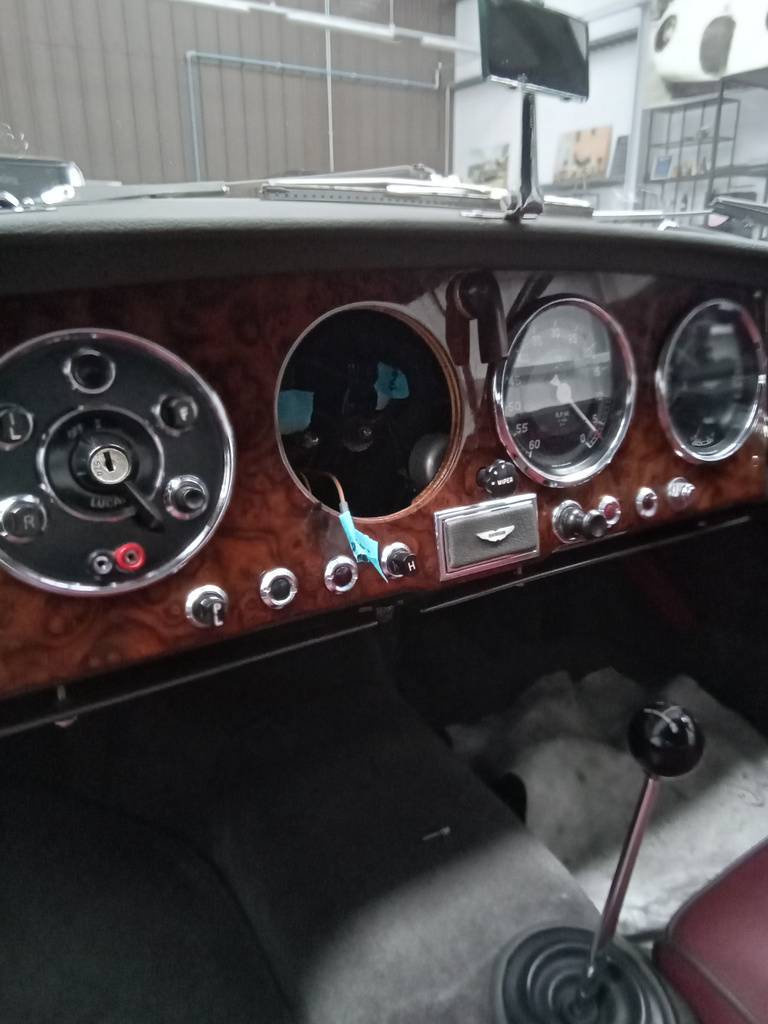
Back in Place – Refitting the speedometer of the 1955 Aston Martin DB2/4 Mk1
Our technician Julian has been working on getting some of the final bits and pieces finished on our 1955 Aston Martin DB2/4 Mk1. We previously

Marketing Executive/Photographer

Our technician Julian has been working on getting some of the final bits and pieces finished on our 1955 Aston Martin DB2/4 Mk1. We previously

Our technician Rob has been working on our 1976 Triumph Spitfire restoration project and getting it closer and closer to handing over to its excited
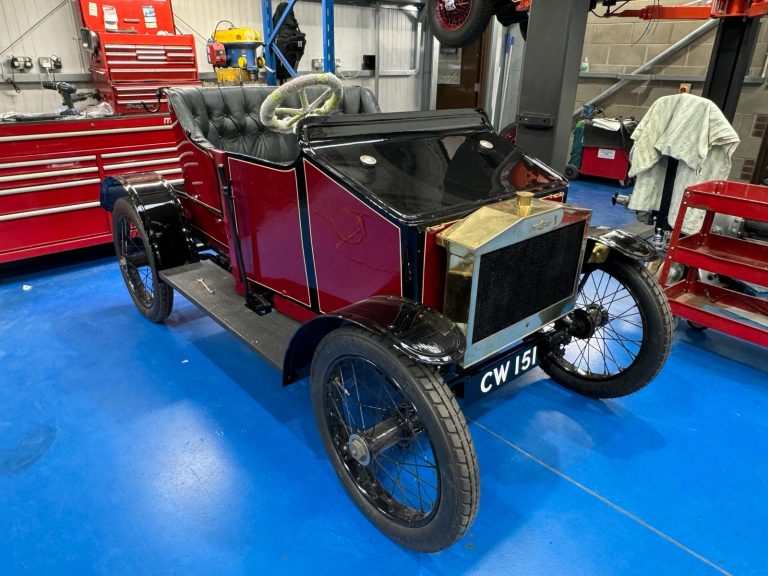
Ahead of its unveiling at the Practical Classics Restoration Show at the Birmingham NEC this weekend, our restorations teams have been working flat out to

Our 1990 Jaguar XJ6 arrived at the workshop earlier this week and joined the growing crowd of stablemates at our HQ hidden away in the
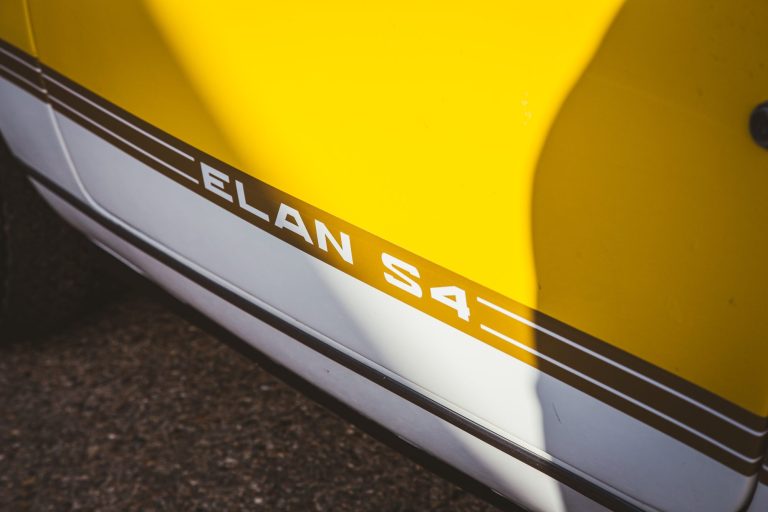
Another new arrival this week! This time in the shape of our 1968 Lotus Elan. This bite-sized, cult classic sports car has arrived at our
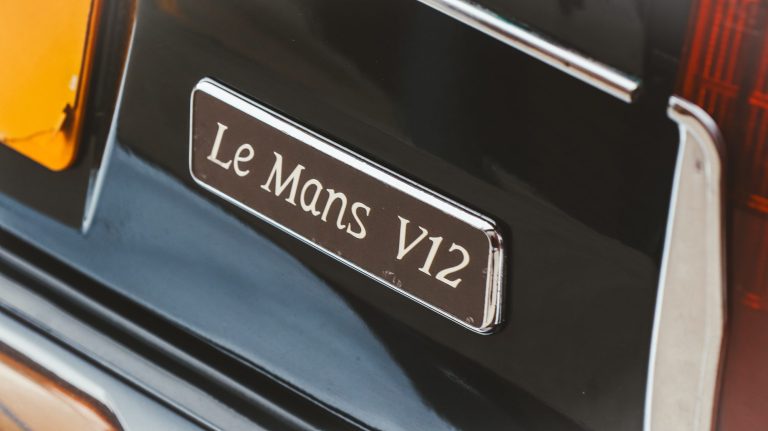
To celebrate their win at the 1990 24 hours of Le Mans, Jaguar would take their flagship coupe and create a very special car to

We’ve welcomed a few new arrivals this week at the Bridge Classic Cars HQ! One of them being this 2006 Nissan Micra for the team
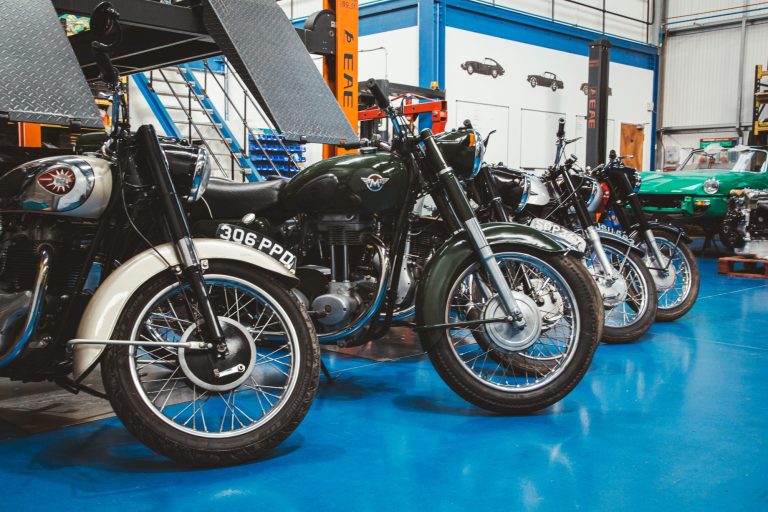
Here at Bridge Classic Cars, it isn’t just the four wheeled fun that we’re keen on. Here, we’re also massive motorcyle fans with the majority

Tomorrow, it will be 63 years since the iconic Jaguar E-Type was first revealed to the world at the Geneva Motor Show. To celebrate the

Our Pettistree workshop has welcomed a very interesting visitor this week – This 1973 Ferrari 246 GTS ‘Dino’. The car has been in our storage

In the mid-1950’s, Jaguar had become one of the most successful racing teams of all time. With multiple wins at the fabled 24 hours of

The miles disappeared past the long-elegant bonnet of 77RW as the sun began to breach the horizon along a stretch of Autoroute on the 15th

Today, we welcomed a new arrival to our workshop in the form of this stunning dark green 1969 MG B GT. Soon the car will
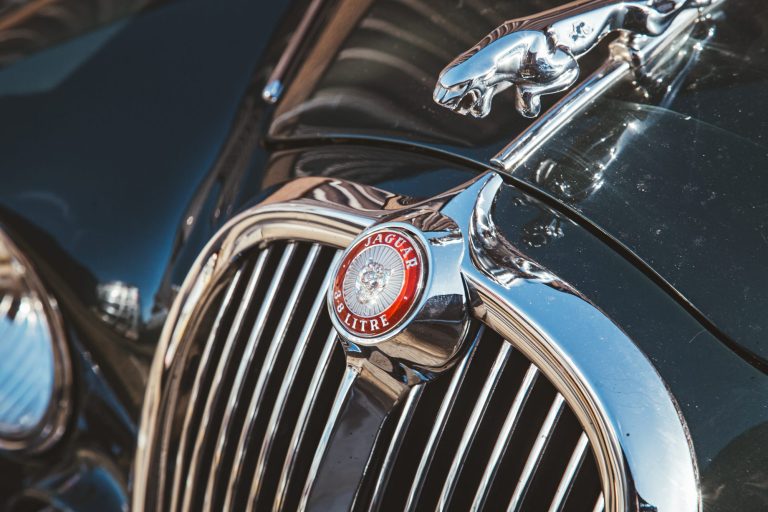
This stunning 1966 Jaguar S-Type has arrived at the Bridge Classic Cars HQ for the team to take a look at a few issues with
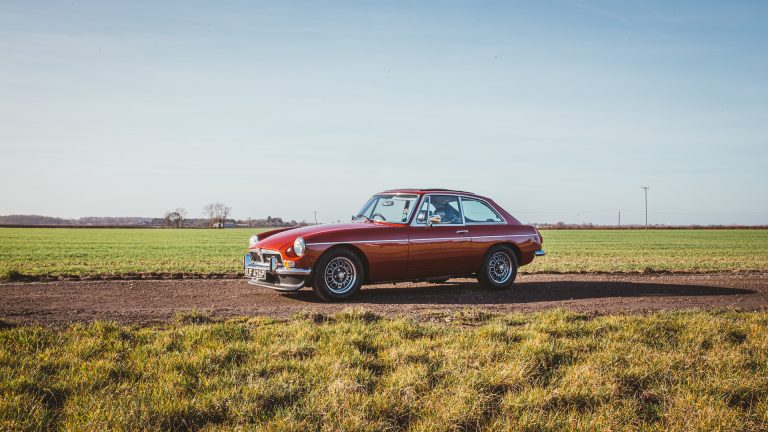
A cornerstone of the British sports car world. A car recognised and loved by so many for its usability, practicality, and it’s gorgeous looks. We
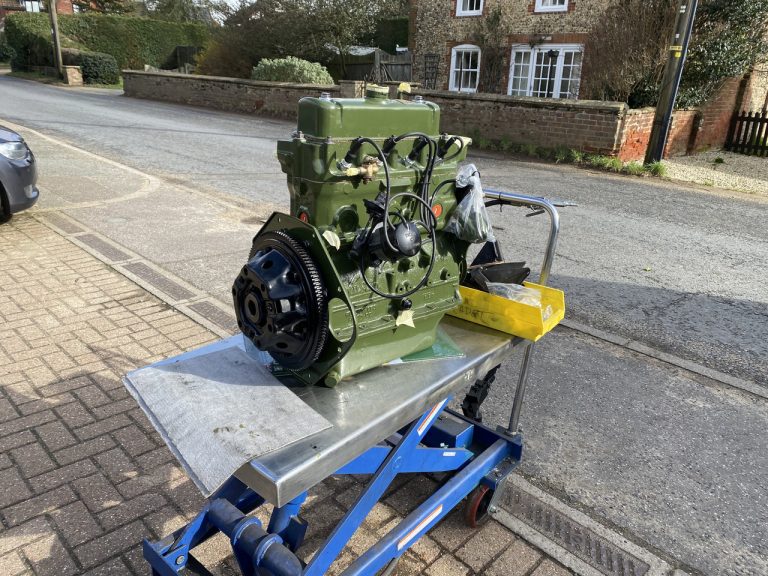
The transport team at Bridge Classic Cars have been out and about to collect some important pieces for our 1951 Austin Devon Pickup. Firstly, the
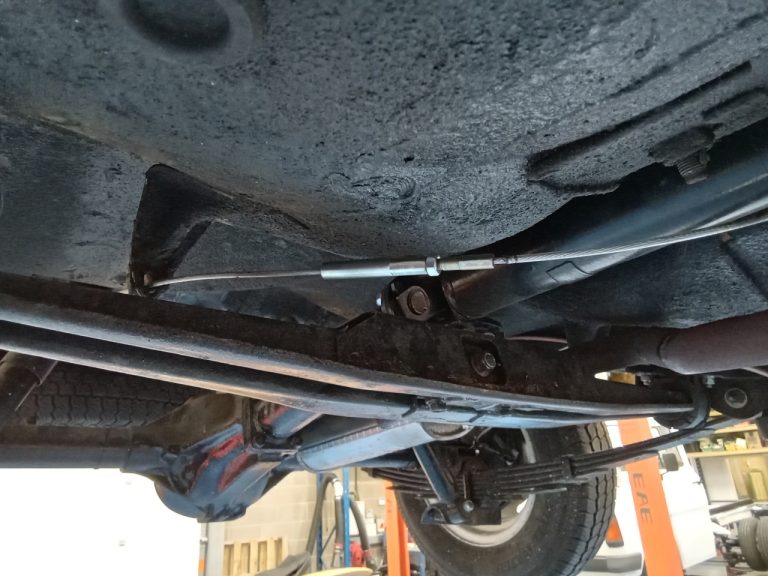
Our restoration technician Steve has carried out the final job on our 1982 Bedford HA before it heads off to its new home and its

Our technician Jon has been working on getting our 1978 Triumph Spitfire ready for its live draw tomorrow! After refiting the nearside door panel he
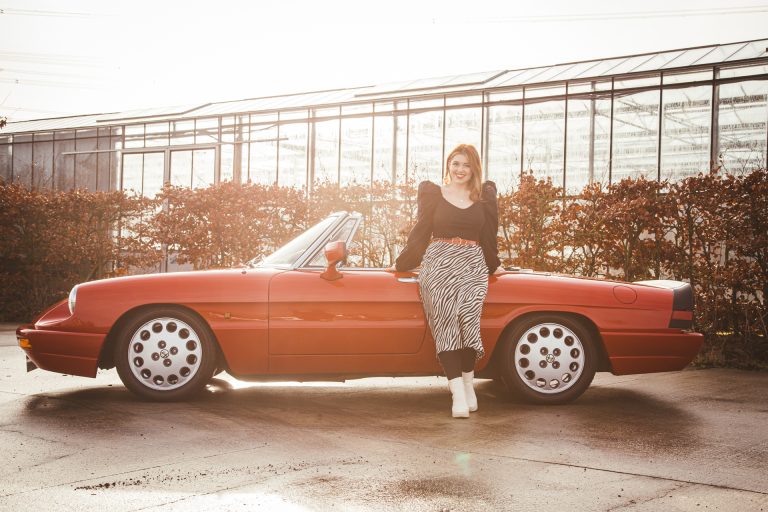
As one of the last iterations of the iconic Spider, the 1989 model held true to Alfa Romeo’s legacy. With its classic Pininfarina-designed body, the
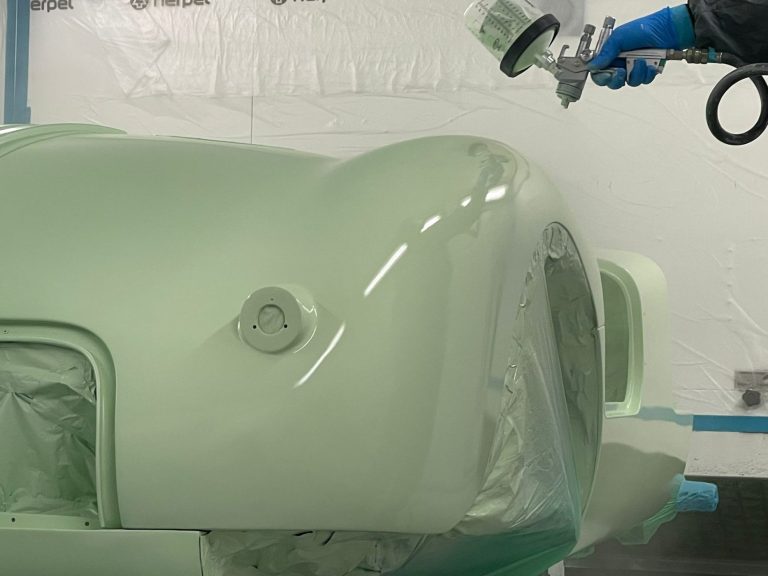
The paint team here at Bridge Classic Cars have been hard at work getting our 2022 C-Type Replica into paint. The team have meticulously prepared

We’ve welcomed a new arrival to our Pettistree HQ recently in the shape of our 1989 Alfa Romeo Spider Series 3. This low slung, Italian

The beloved panel van formed a core moment in the automotive lives of so many. Maybe it was your first role of responsibility at work
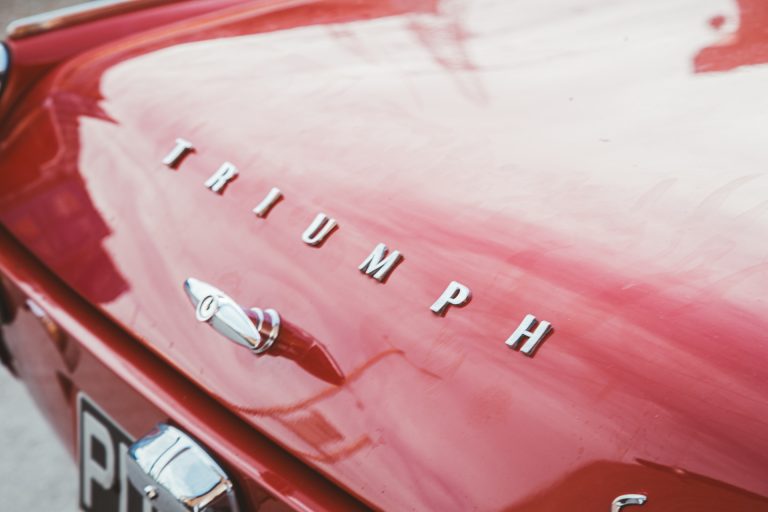
After being safely hold up at our storage facility for the last few months, this 1968 Triumph Spitfire has patiently been waiting its turn at
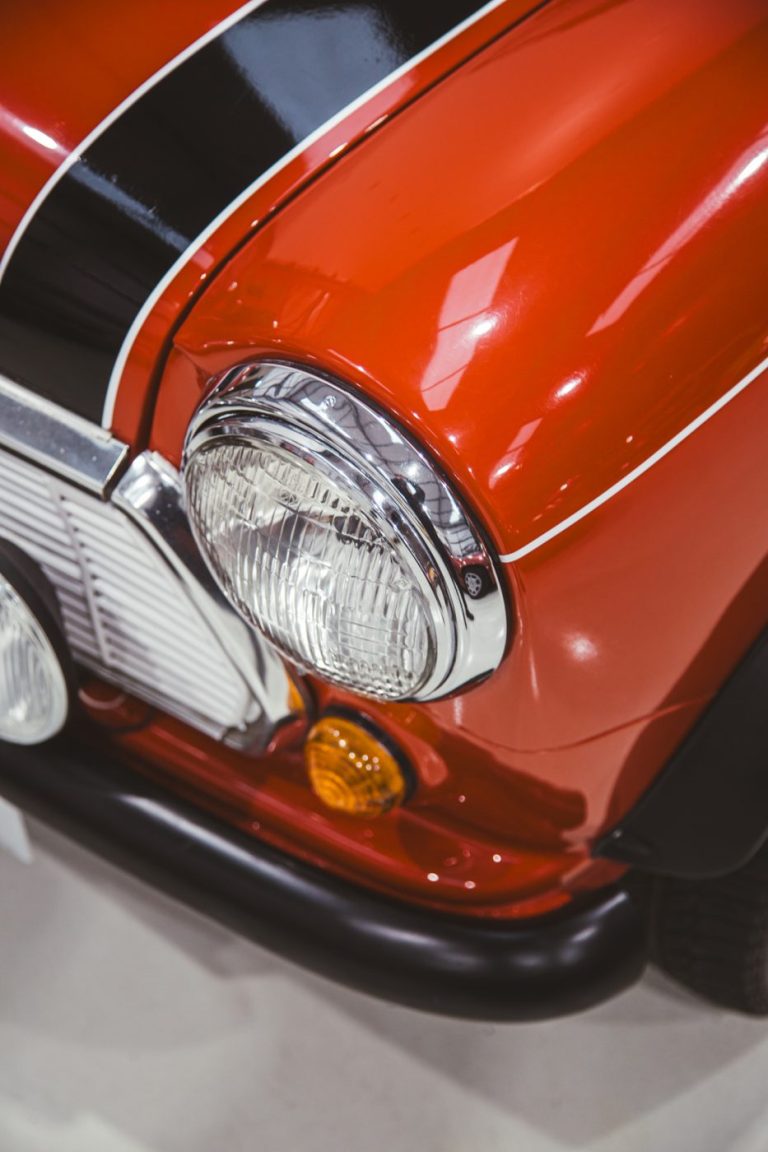
The Bridge Classic Cars Competitions team have got something to ‘blow your doors off’! In the early 1990’s to celebrate the cult classic 1969 film,
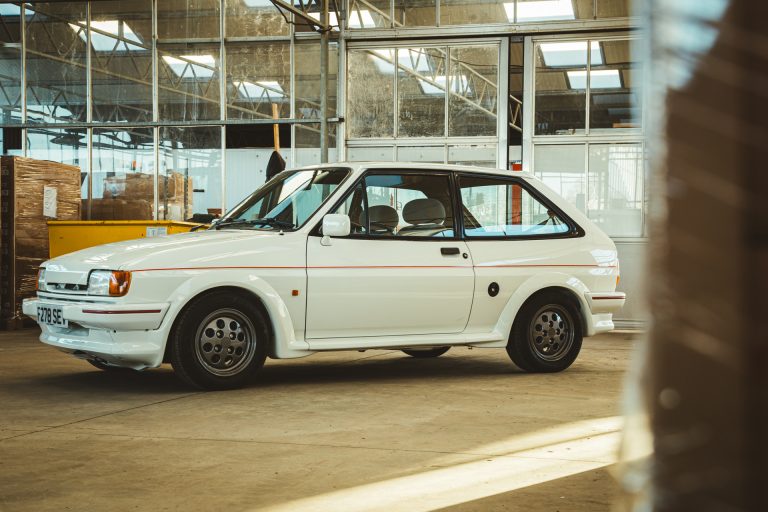
The Ford Fiesta XR2 represents an important part of many early petrolheads stories – Those first forays into making their cars truly unique and stand
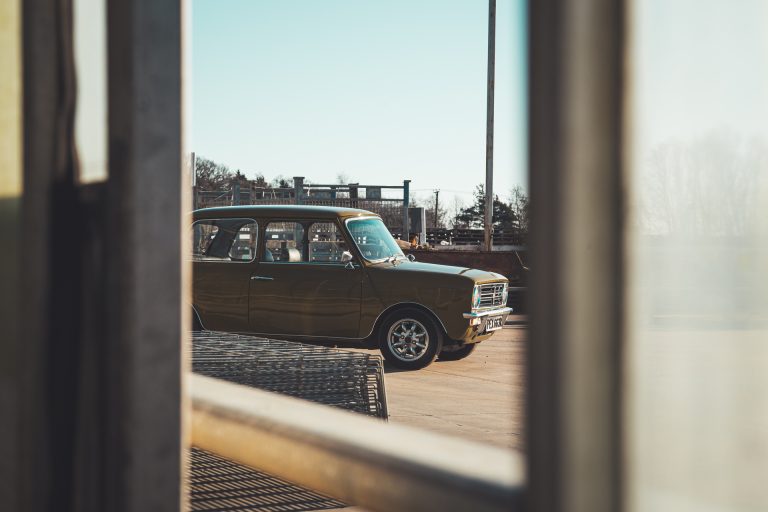
The humble Mini served as both a way to get from A to B as well as the first steps out onto the open road

We recently welcomed this beautiful 1970 MGB Roadster into our Suffolk HQ for our trim team to take a look at the hood of this
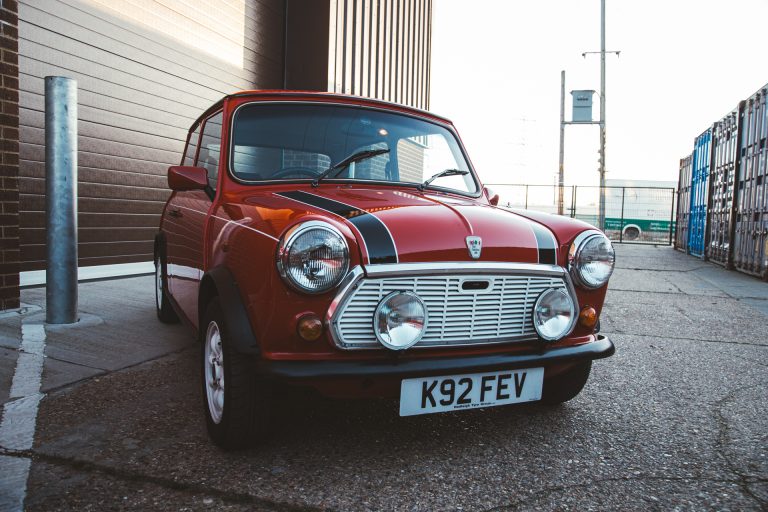
Recently we welcomed back an old friend to our Pettistree workshops, our old 1992 Rover ‘Italian Job’ Mini. This car, played a part in the

The Morgan 4/4 is undeniably and unapologetically British. It is one of the most timeless and nostalgic designs to grace the roads across not only
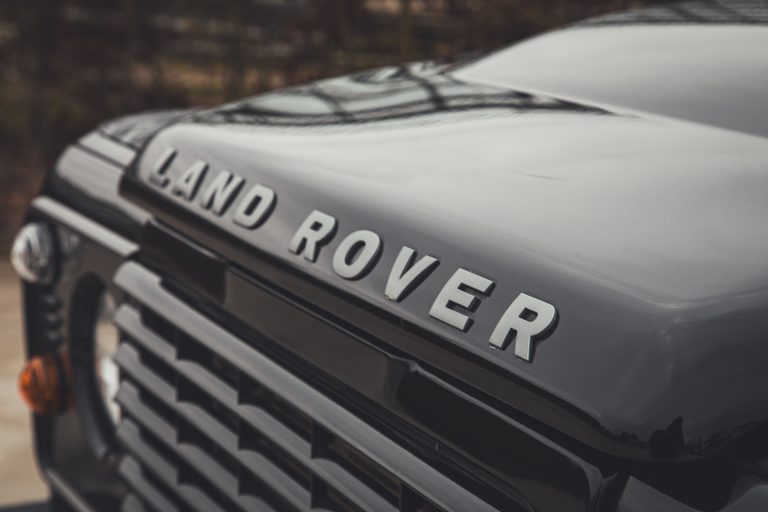
A few months ago our director, Craig, got a 2010 Land Rover Defender 90. Not only is it Craig’s everyday car but we’ve been using

Our technician Julian has been working on getting some of the final bits and pieces finished on our 1955 Aston Martin DB2/4 Mk1.
We previously had found that the speedometer had an internal fault and had to be sent back to our gauge specialist for repairs but now, it can be fit back into the car and final testing can begin soon.
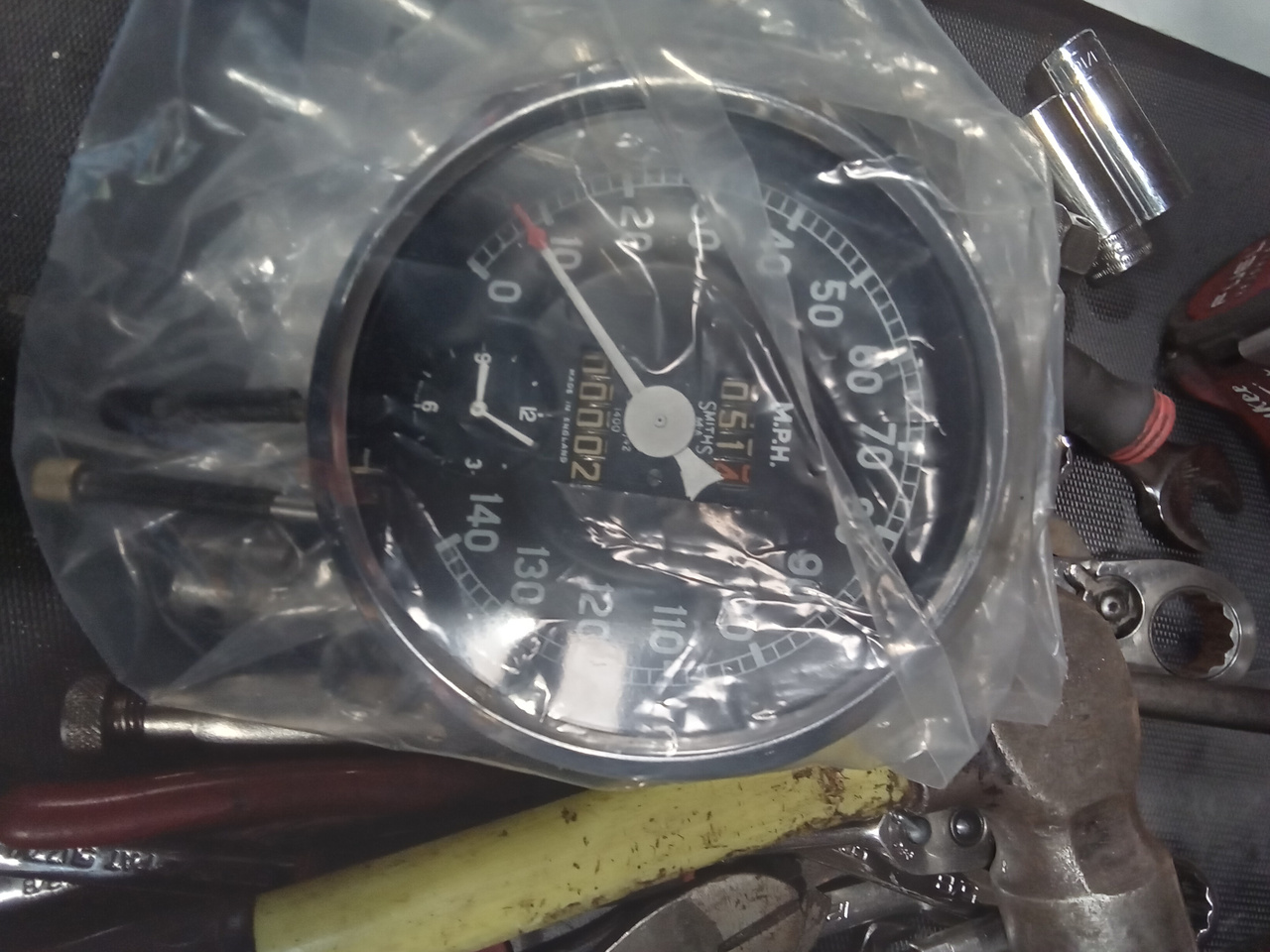

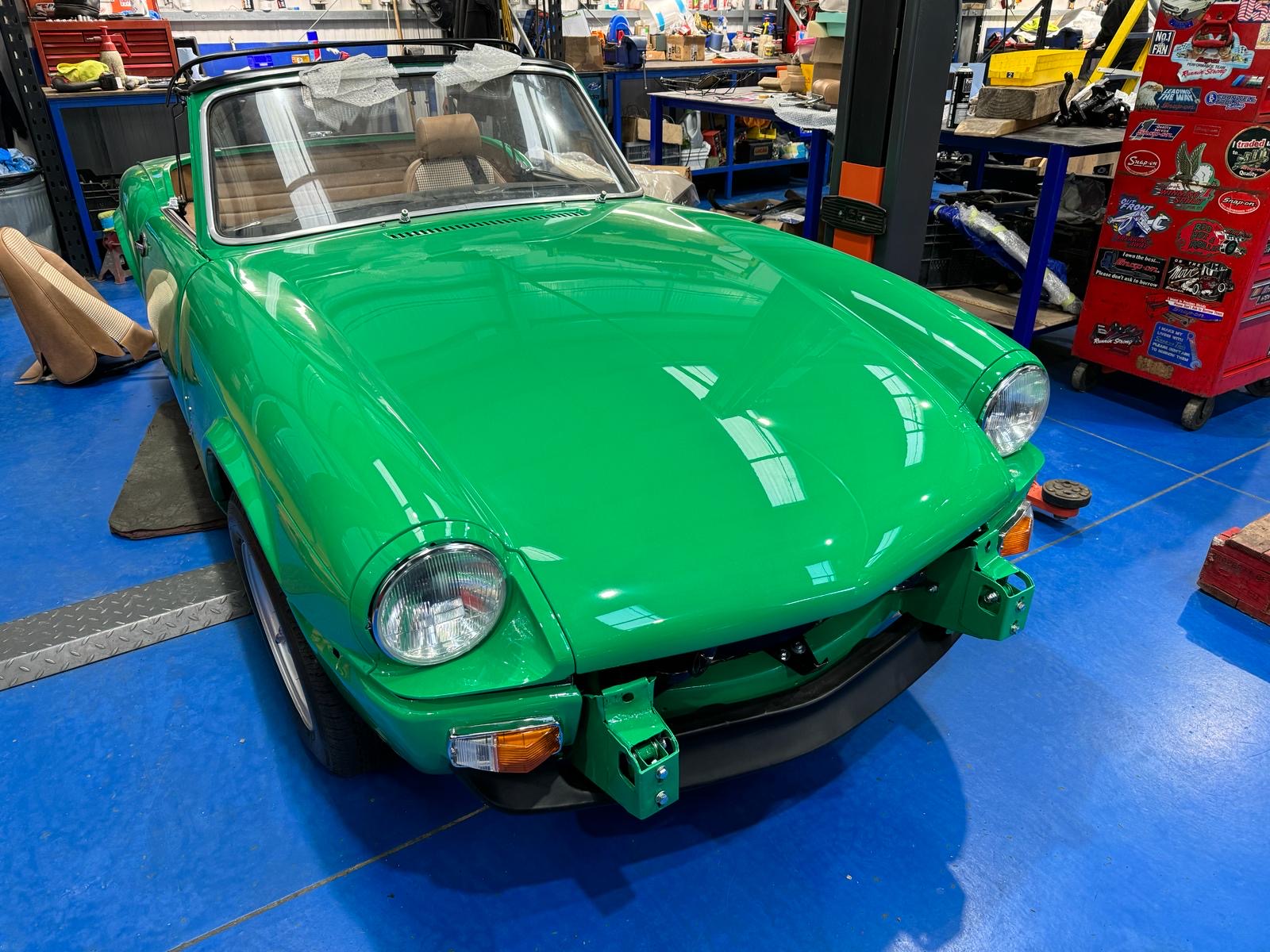
Our technician Rob has been working on our 1976 Triumph Spitfire restoration project and getting it closer and closer to handing over to its excited owner.
With various pieces of trim both inside and out have found their way onto the Java Green 1970s sports car to take those steps towards the project being completed.
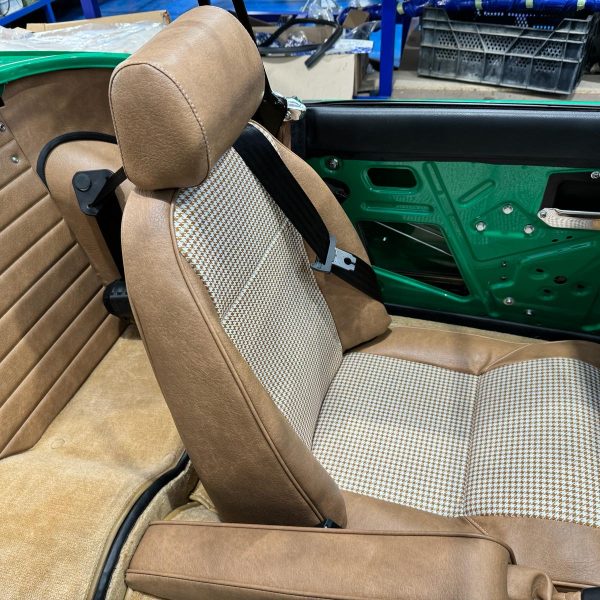
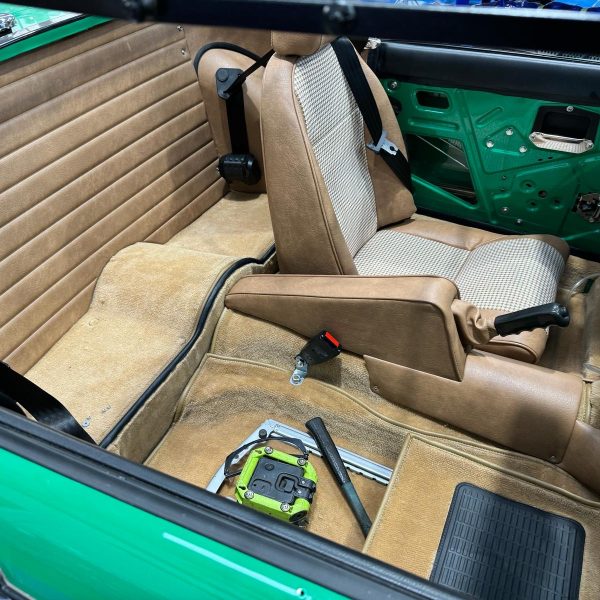
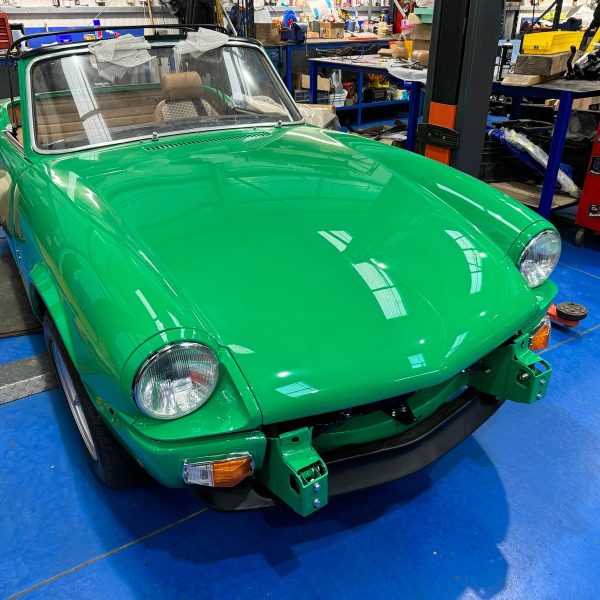
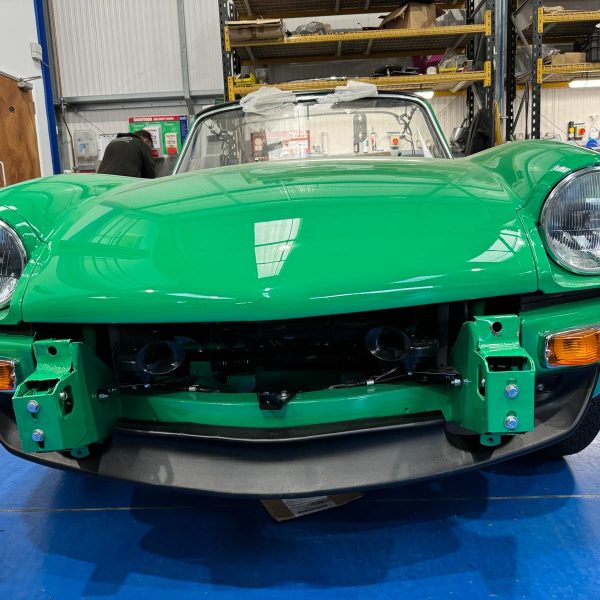


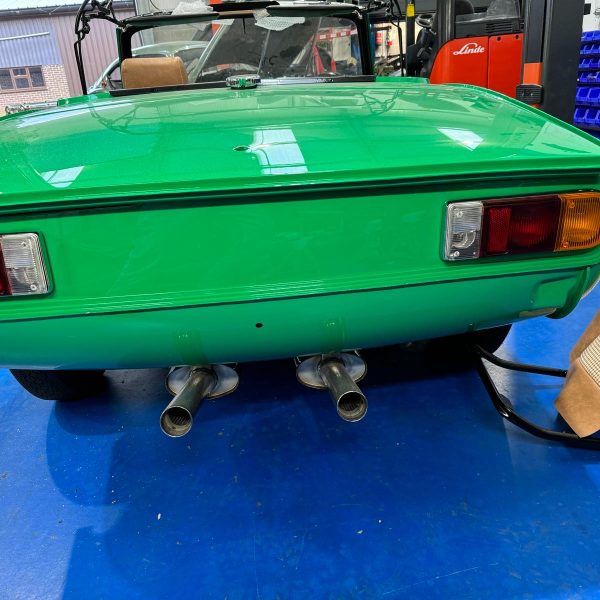
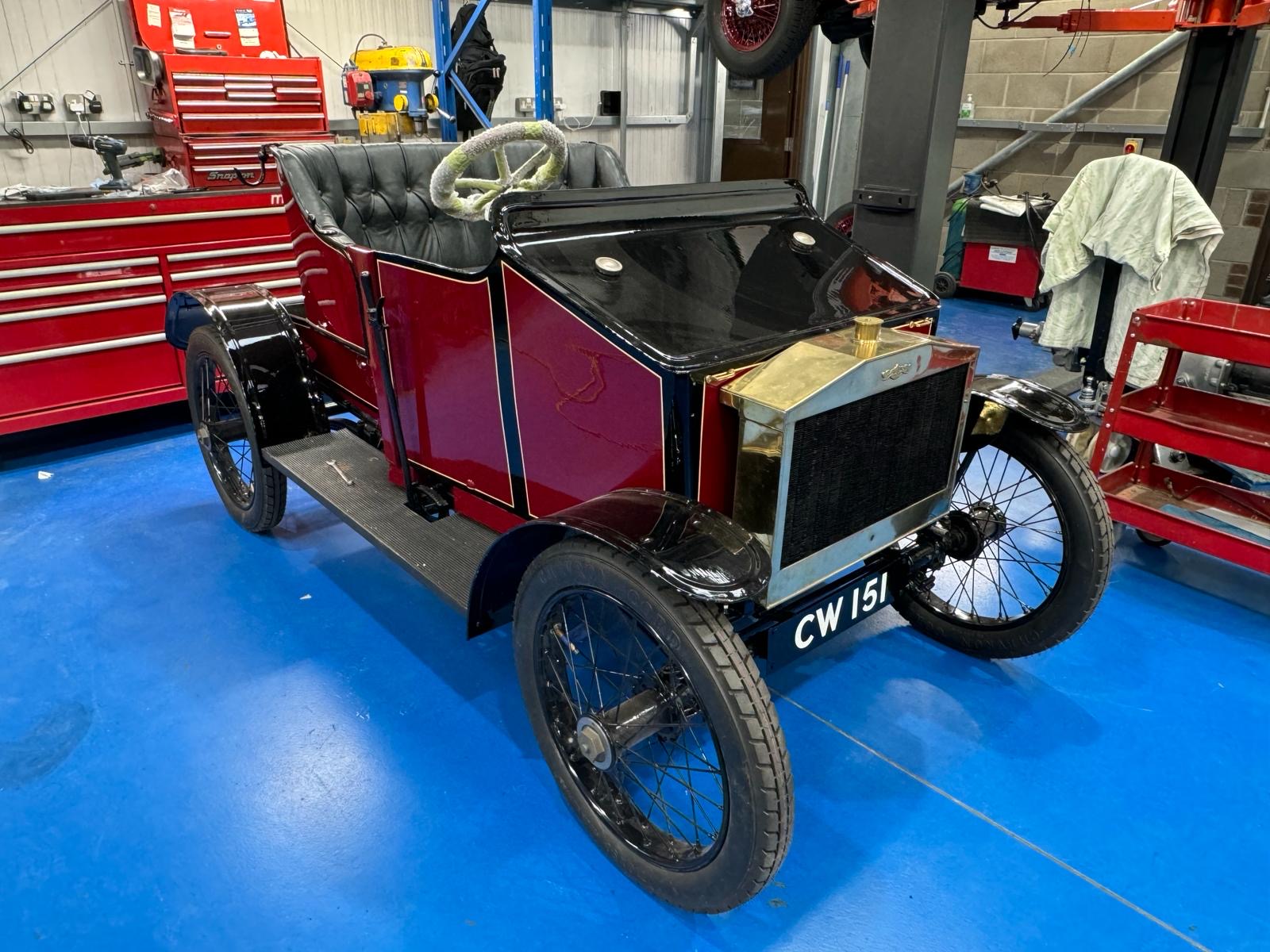
Ahead of its unveiling at the Practical Classics Restoration Show at the Birmingham NEC this weekend, our restorations teams have been working flat out to get our 1905 Riley 9HP ready for its first public appearance in what is thought to be nearly 70 years.
The trim team have worked on getting the bench seat in place and the moldings secured ahead of the fabrication team coming in to put on some of the beautiful bronze accent pieces alongside the mechanical team getting all of the final pieces into place before systems checks.

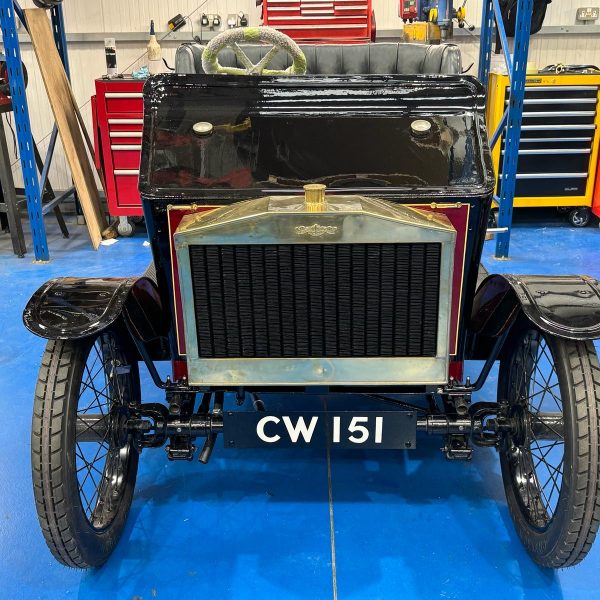


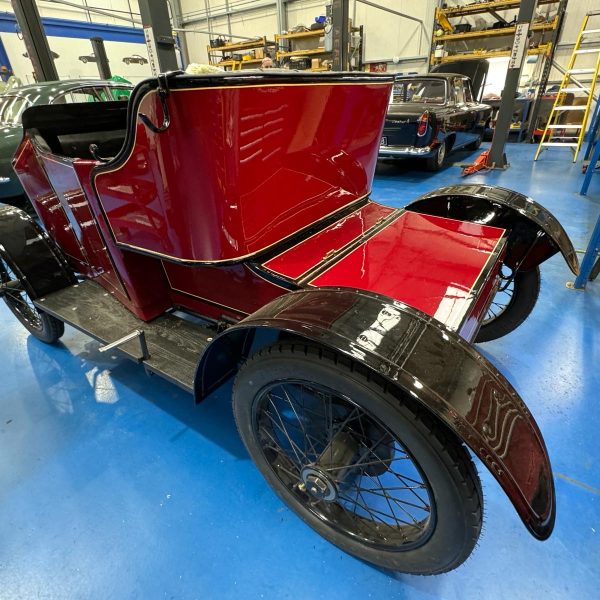

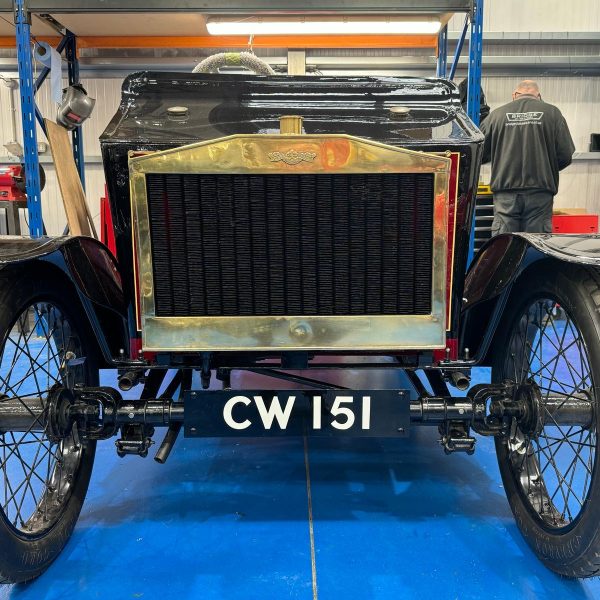
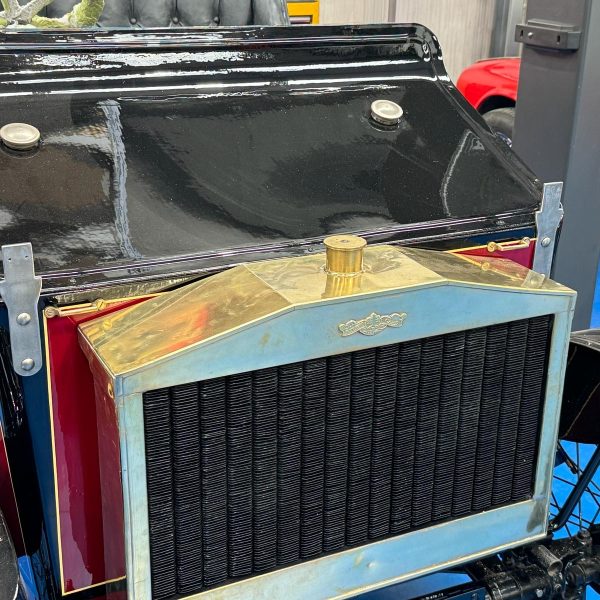
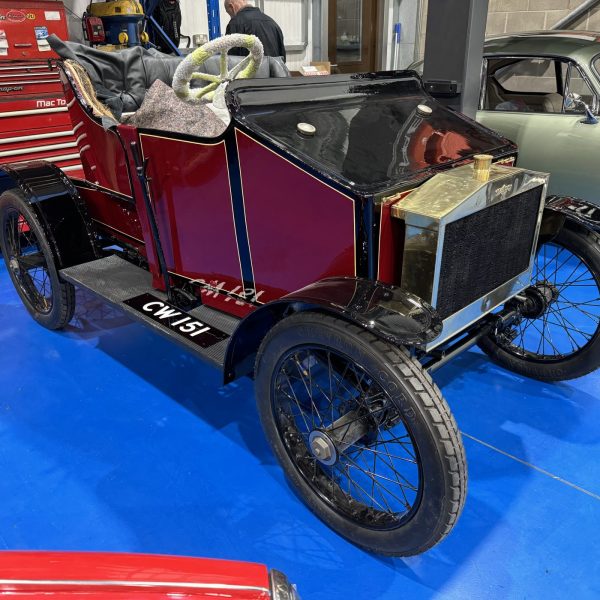

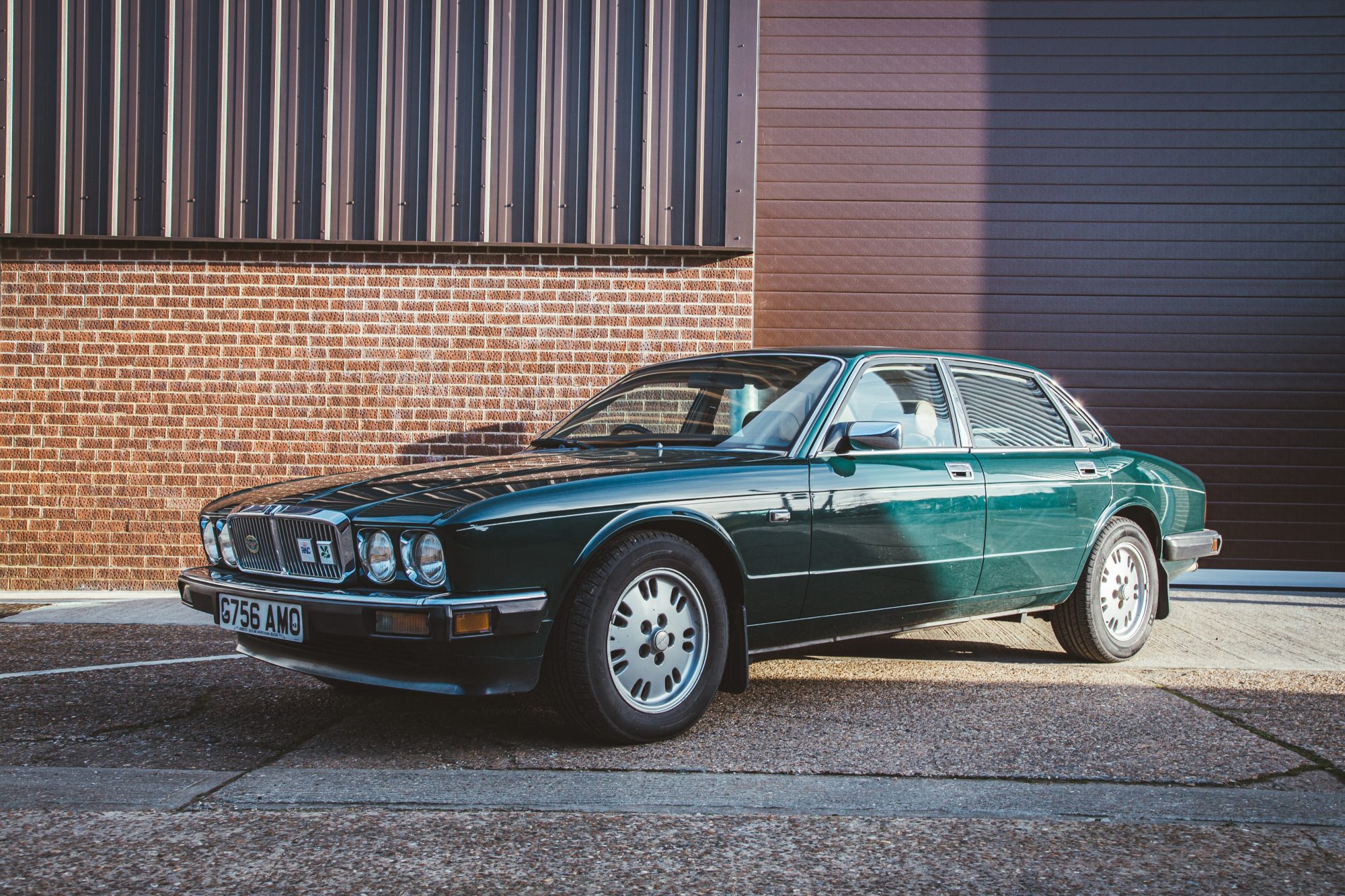
Our 1990 Jaguar XJ6 arrived at the workshop earlier this week and joined the growing crowd of stablemates at our HQ hidden away in the Suffolk countryside.
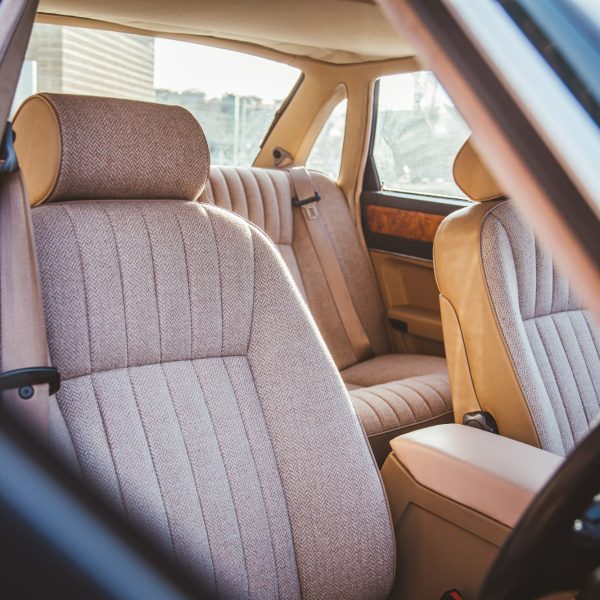
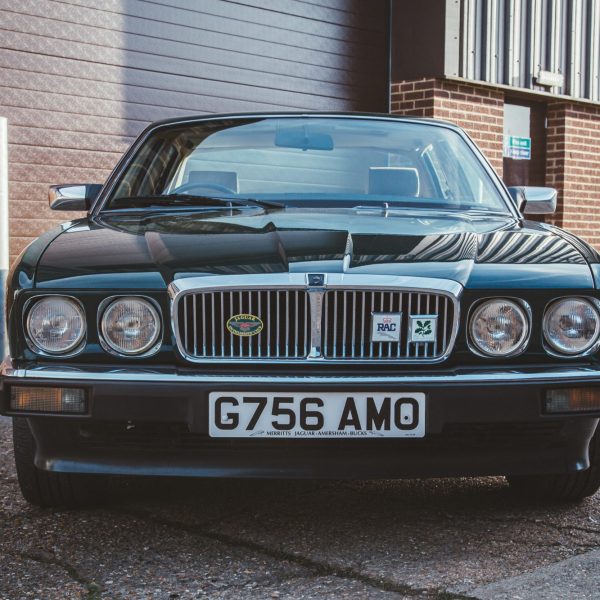
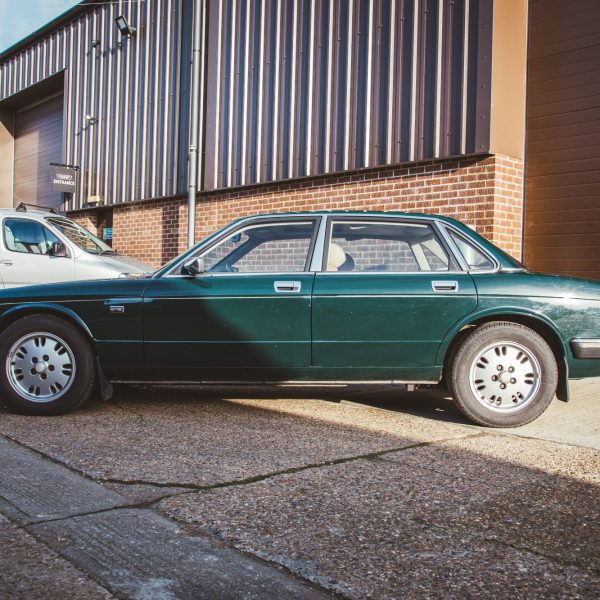

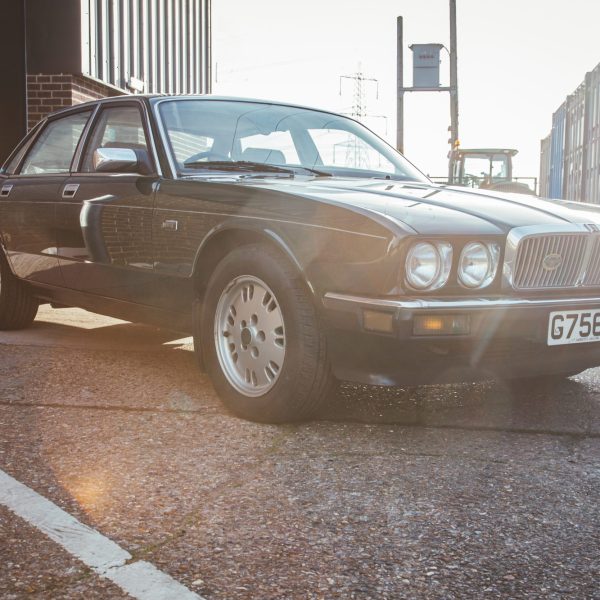
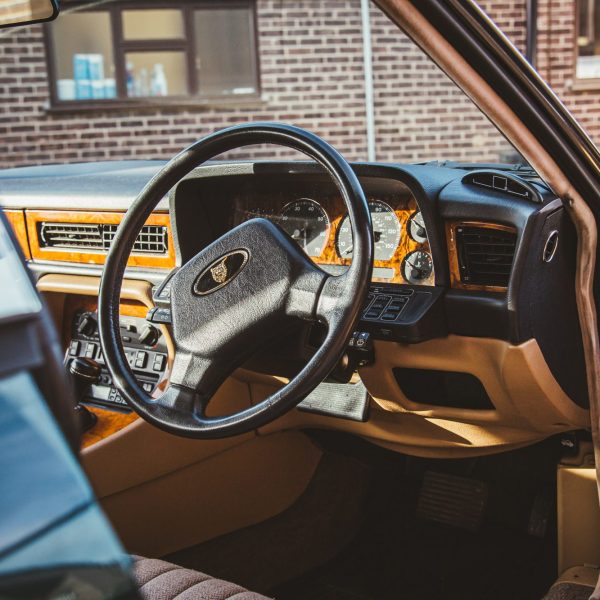
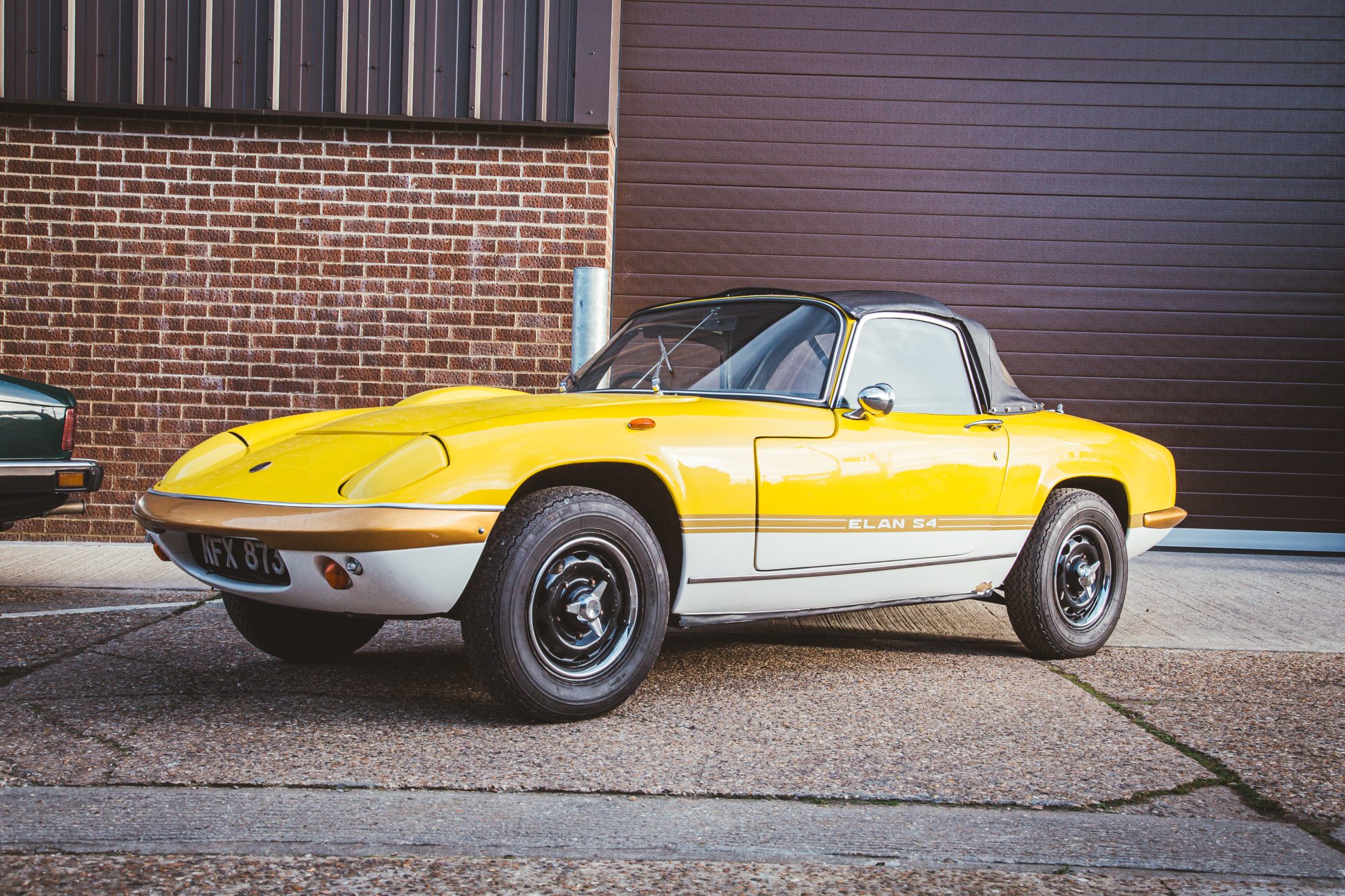
Another new arrival this week! This time in the shape of our 1968 Lotus Elan.
This bite-sized, cult classic sports car has arrived at our Suffolk HQ for the restoration teams to take a look at and work their magic on this iconic Norfolk built sports car.
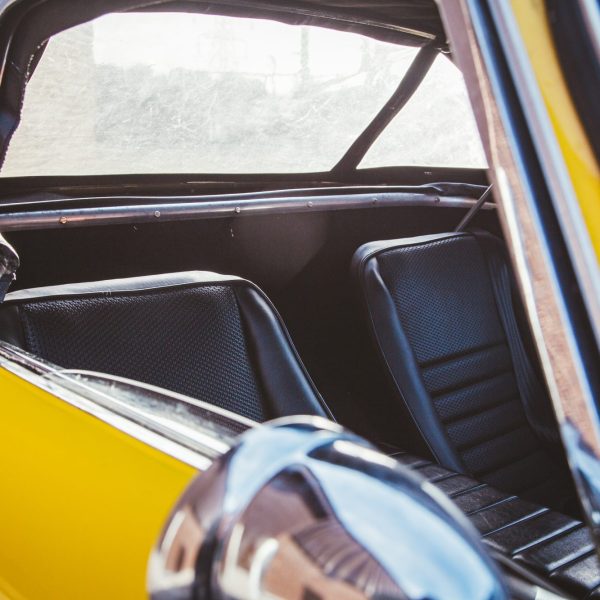
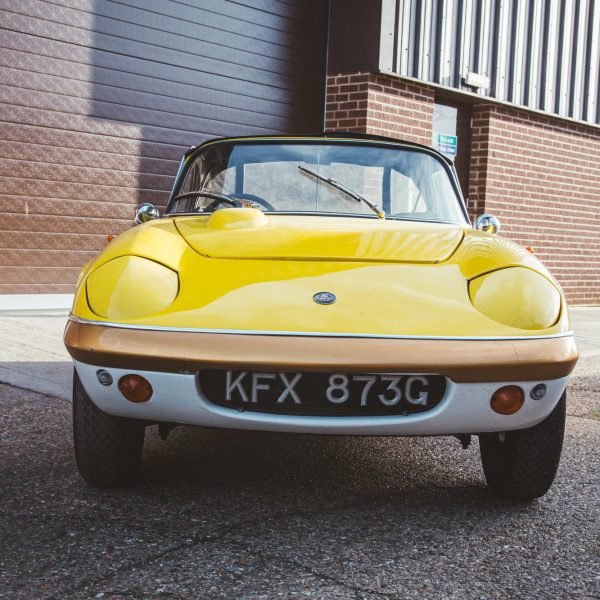
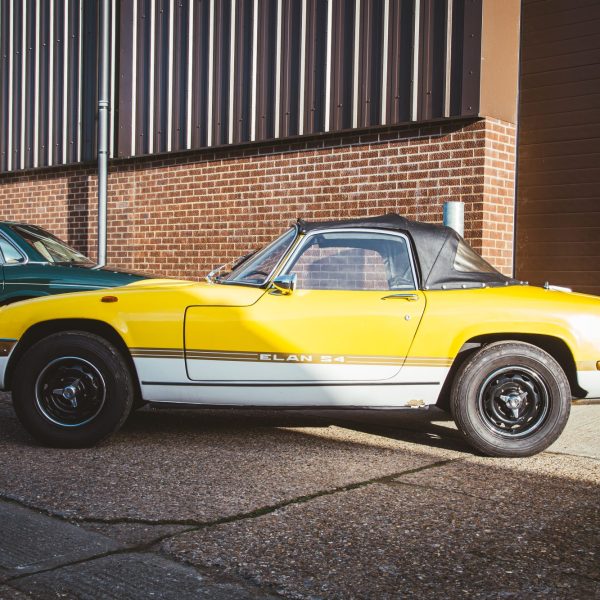
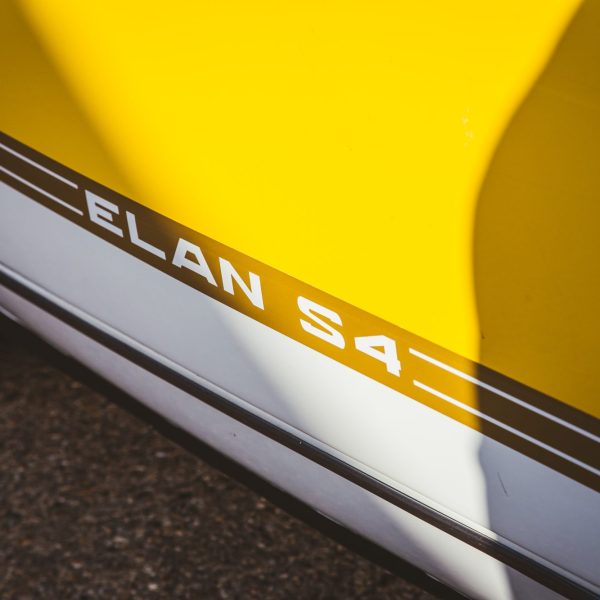
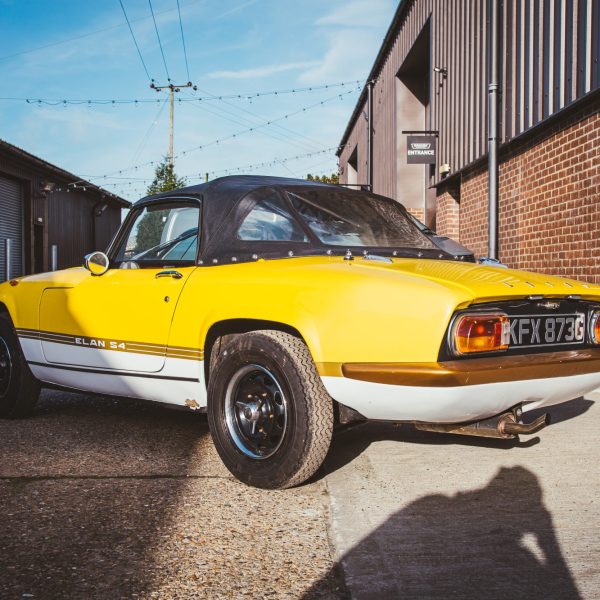
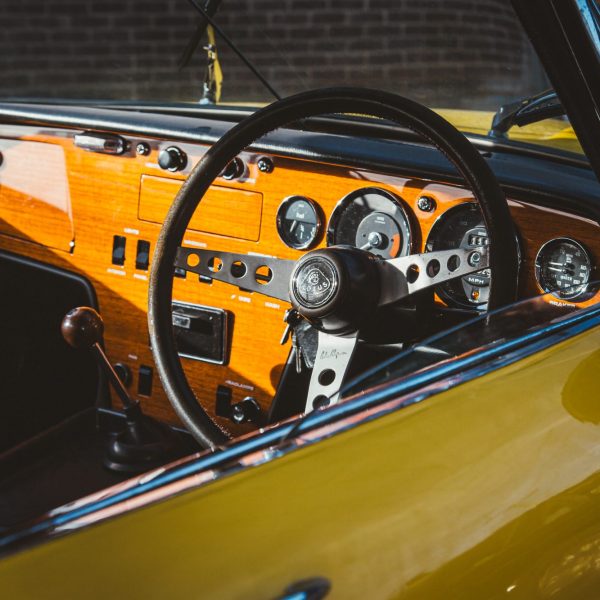

To celebrate their win at the 1990 24 hours of Le Mans, Jaguar would take their flagship coupe and create a very special car to pay tribute to their illustrious racing history – the XJS Le Mans V12.
And this, is our one! Recently arrived at the Bridge Classic Cars HQ, the 12-cylinder GT car will find its way into our workshops very soon for our restoration technicians to check over.
Keep an eye out on the Bridge Classic Cars news page very soon for more on our 1991 Jaguar XJS Le Mans V12.
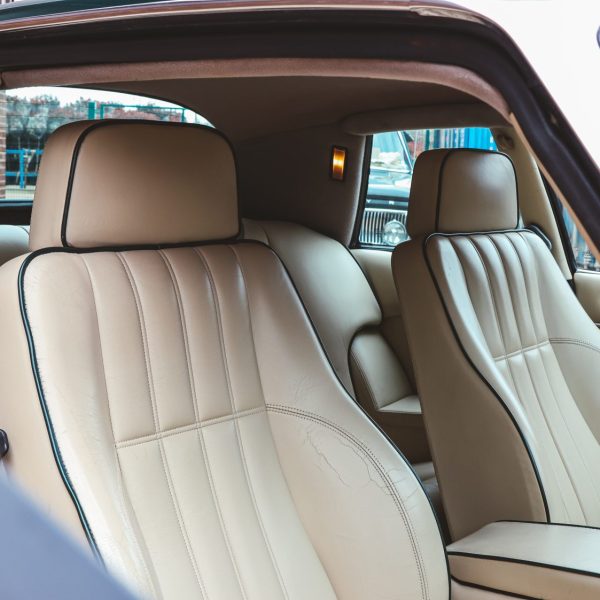
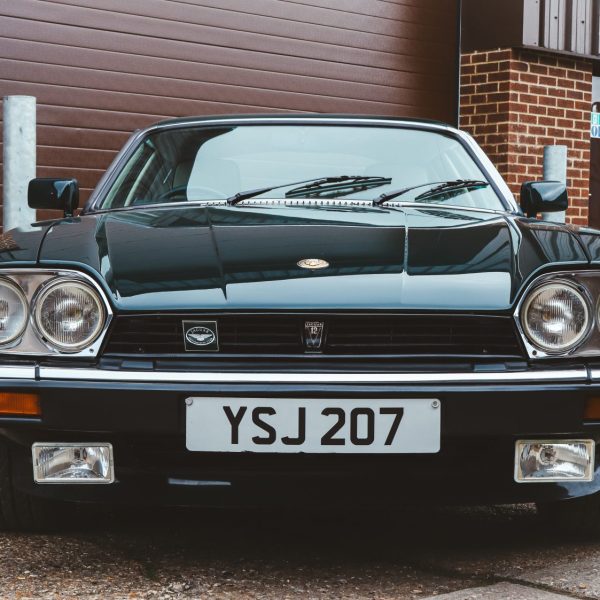
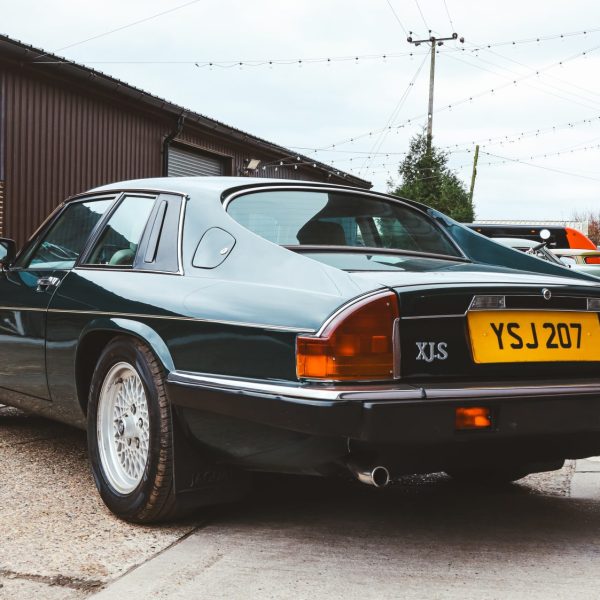
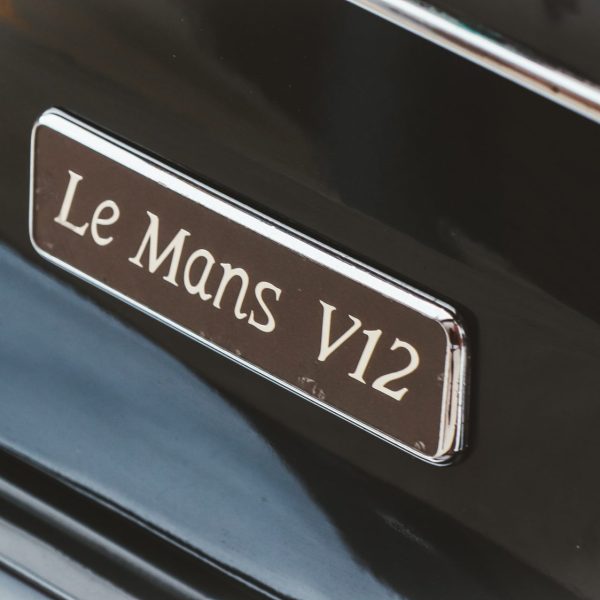

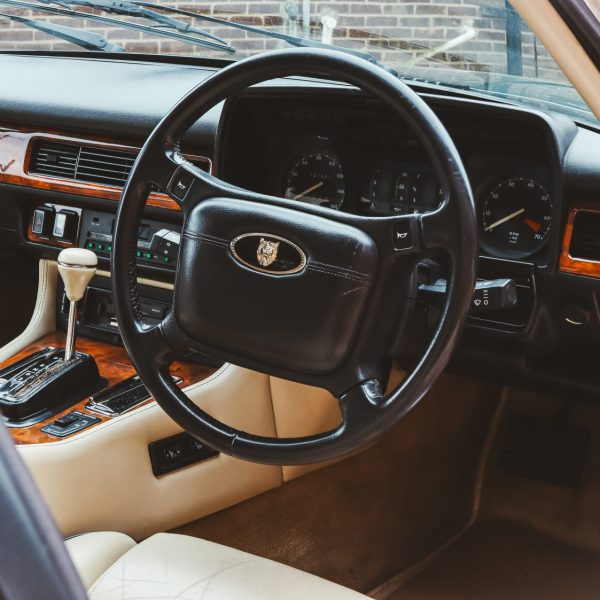
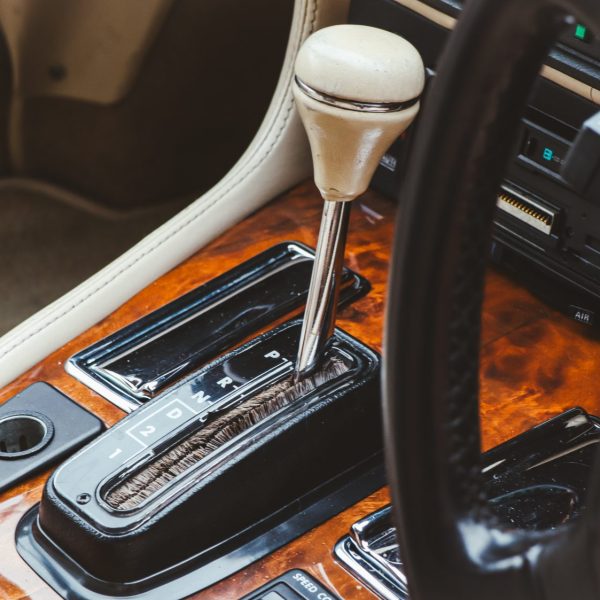

We’ve welcomed a few new arrivals this week at the Bridge Classic Cars HQ!
One of them being this 2006 Nissan Micra for the team to take a look at. Although not a classic, its adored and enjoyed by its owner who wants to keep the car in the best condition possible so has bought it over to our Pettistree workshops for the team to take a look at.
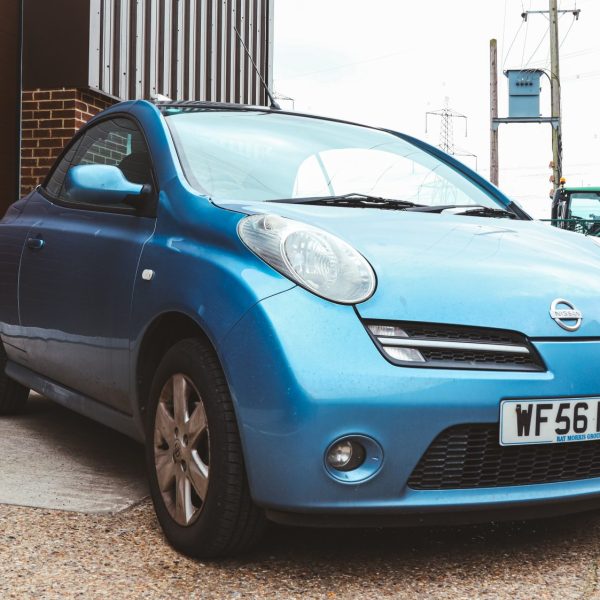
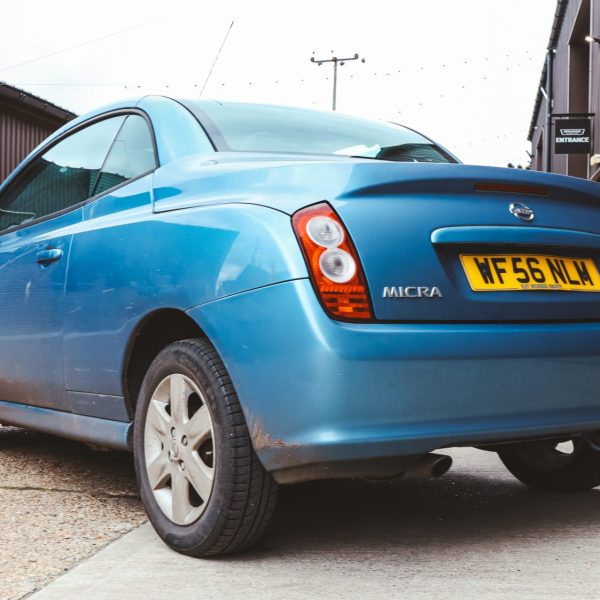
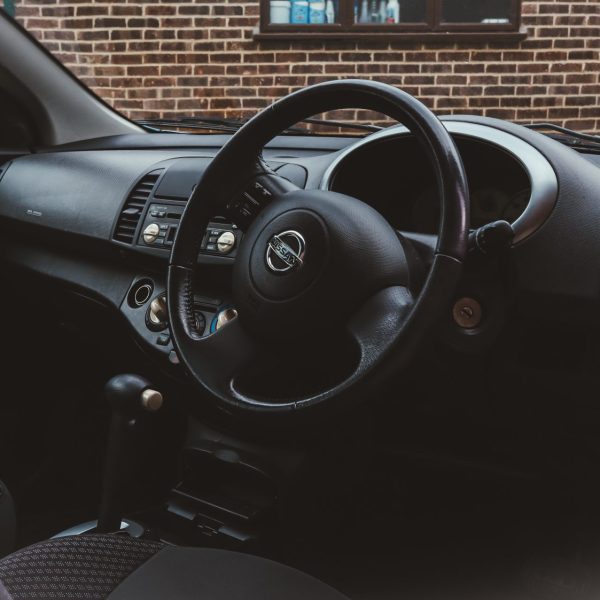

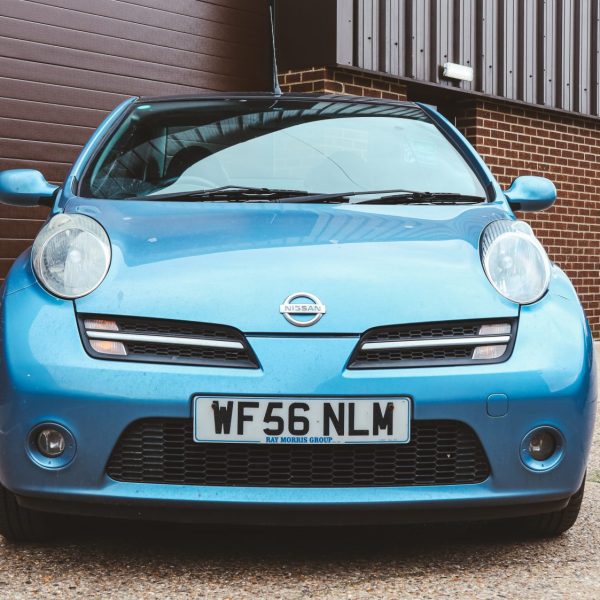

Here at Bridge Classic Cars, it isn’t just the four wheeled fun that we’re keen on. Here, we’re also massive motorcyle fans with the majority of our technicians and staff all avid bikers.
So, recently when a whole collection of classic and vintage British motorcycles arrived at our Suffolk HQ the whole team got very excited by it.
1960 BSA 650

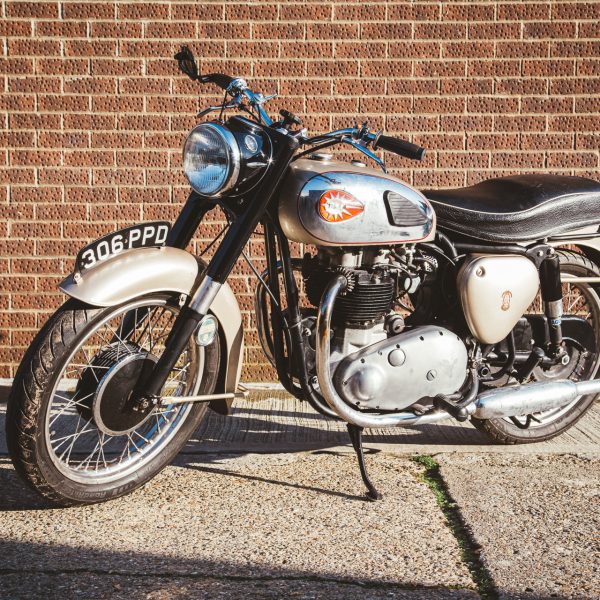

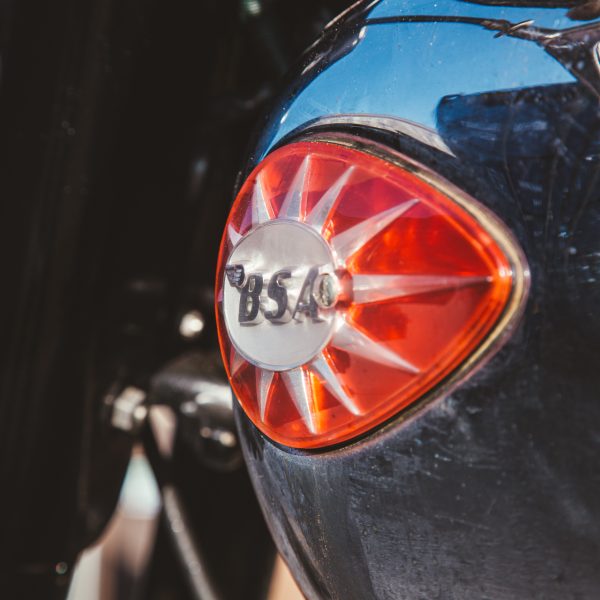



1962 Norton 650SS



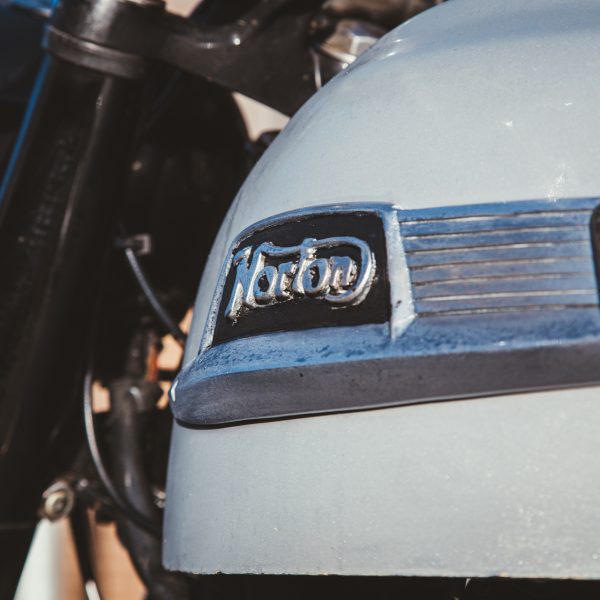
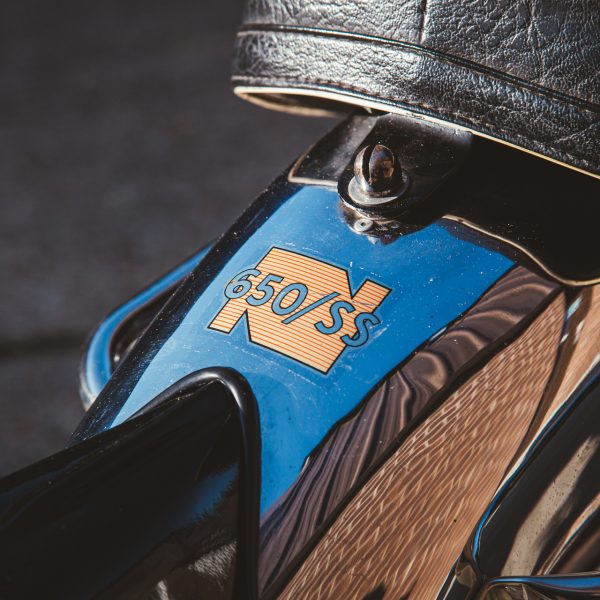
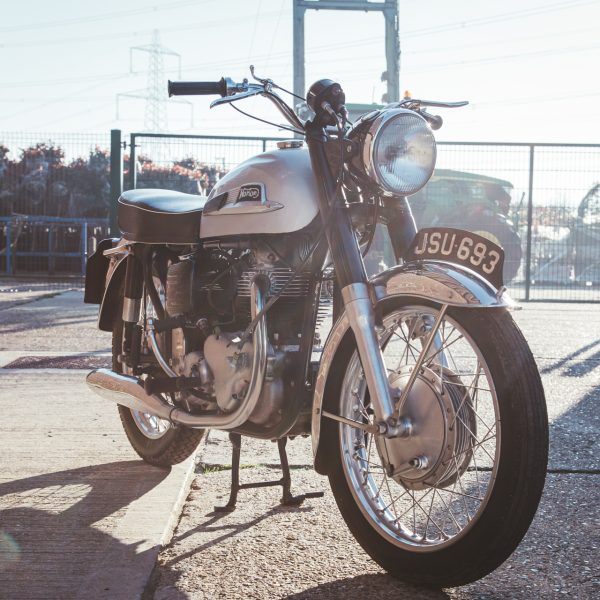
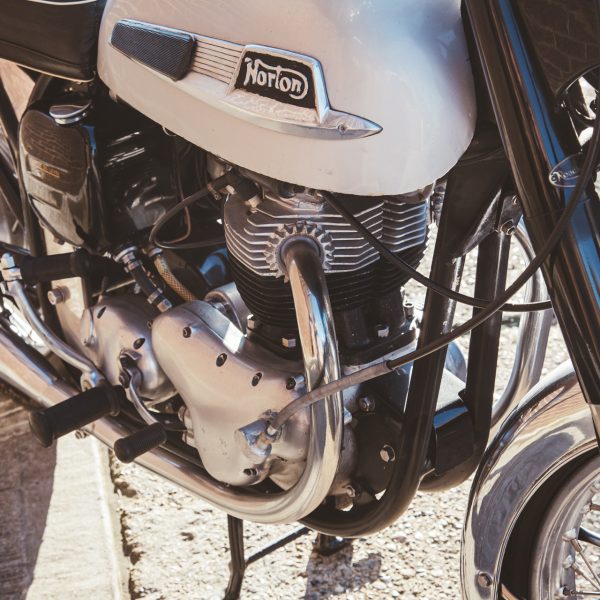


Royal Enfield Single:
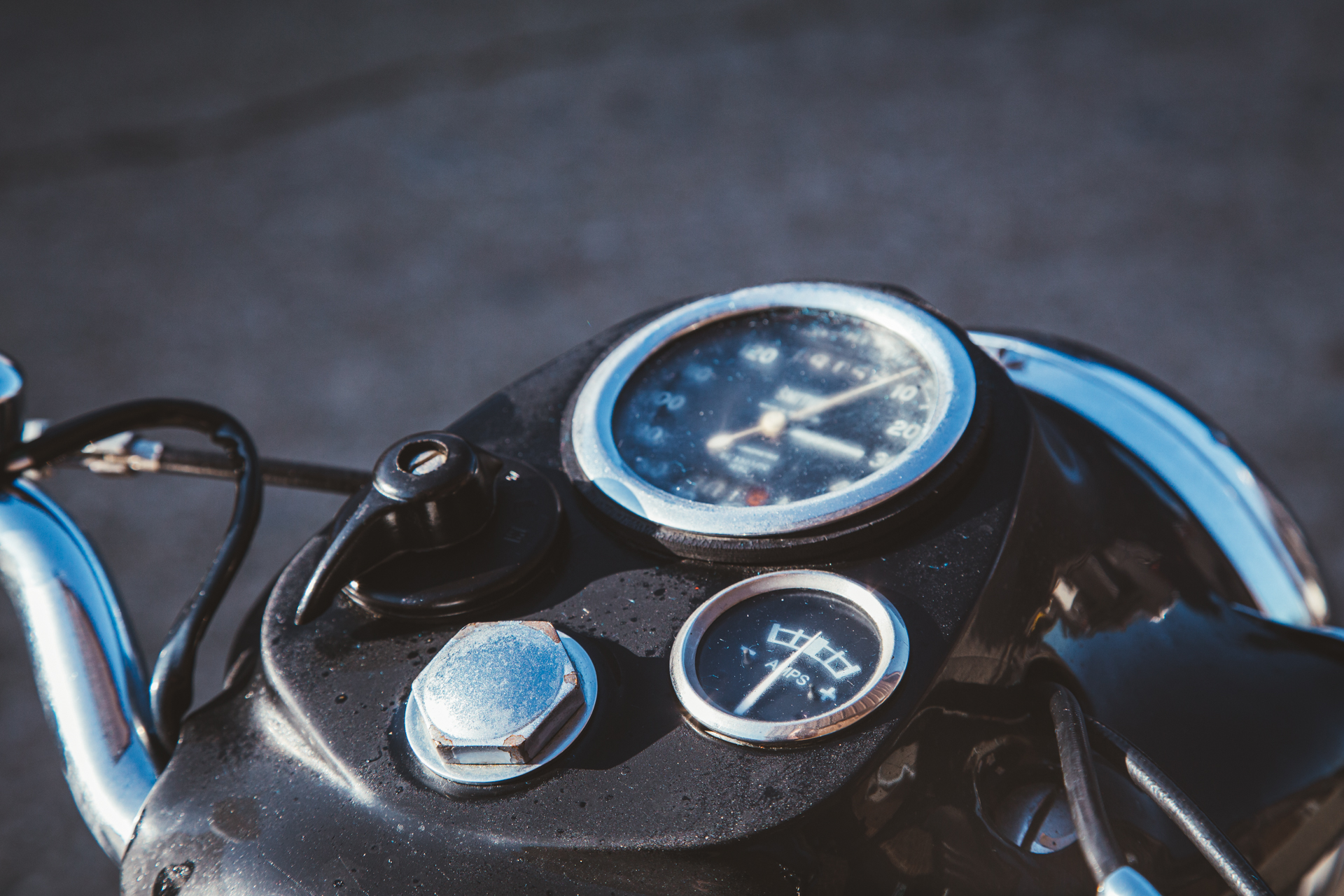

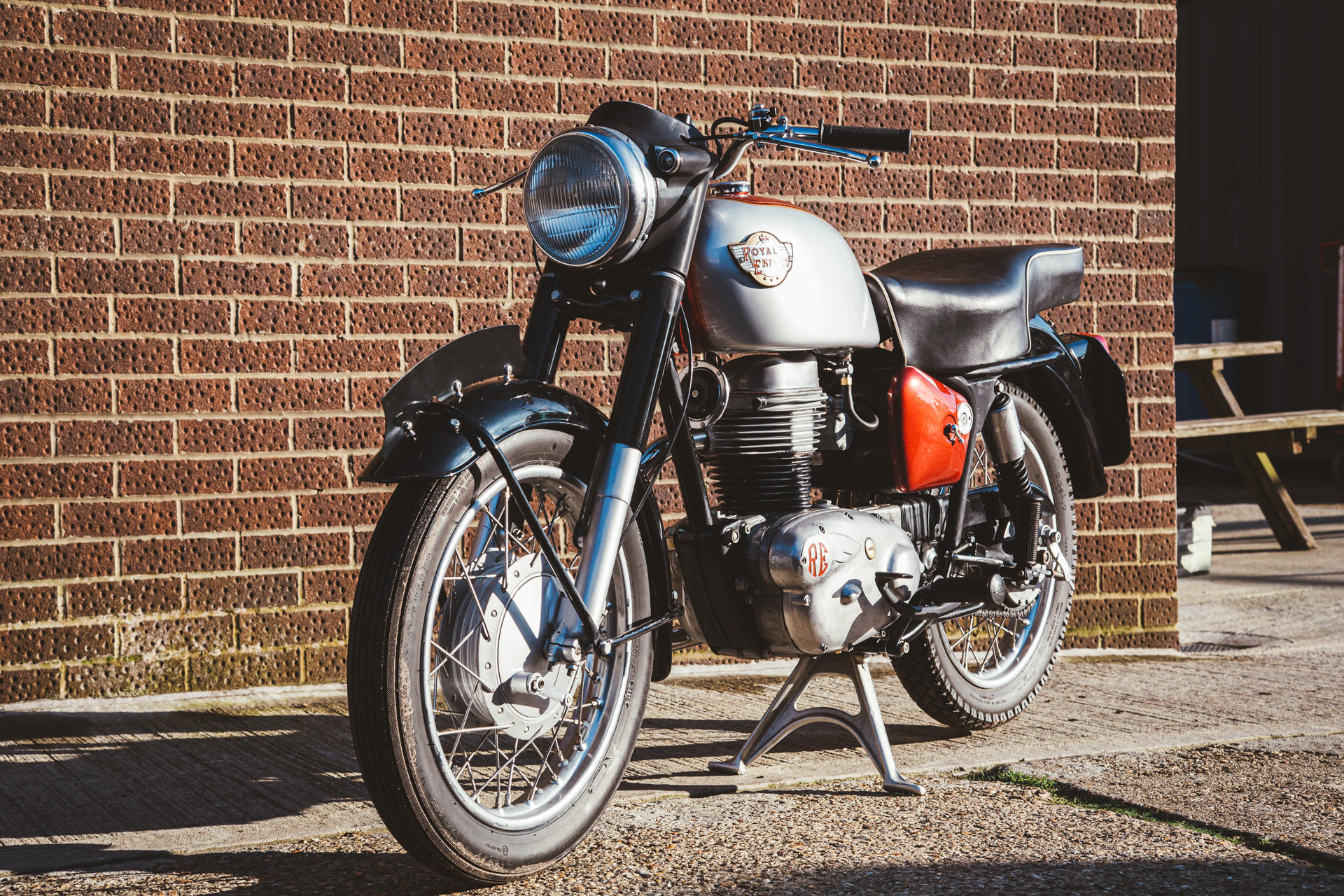
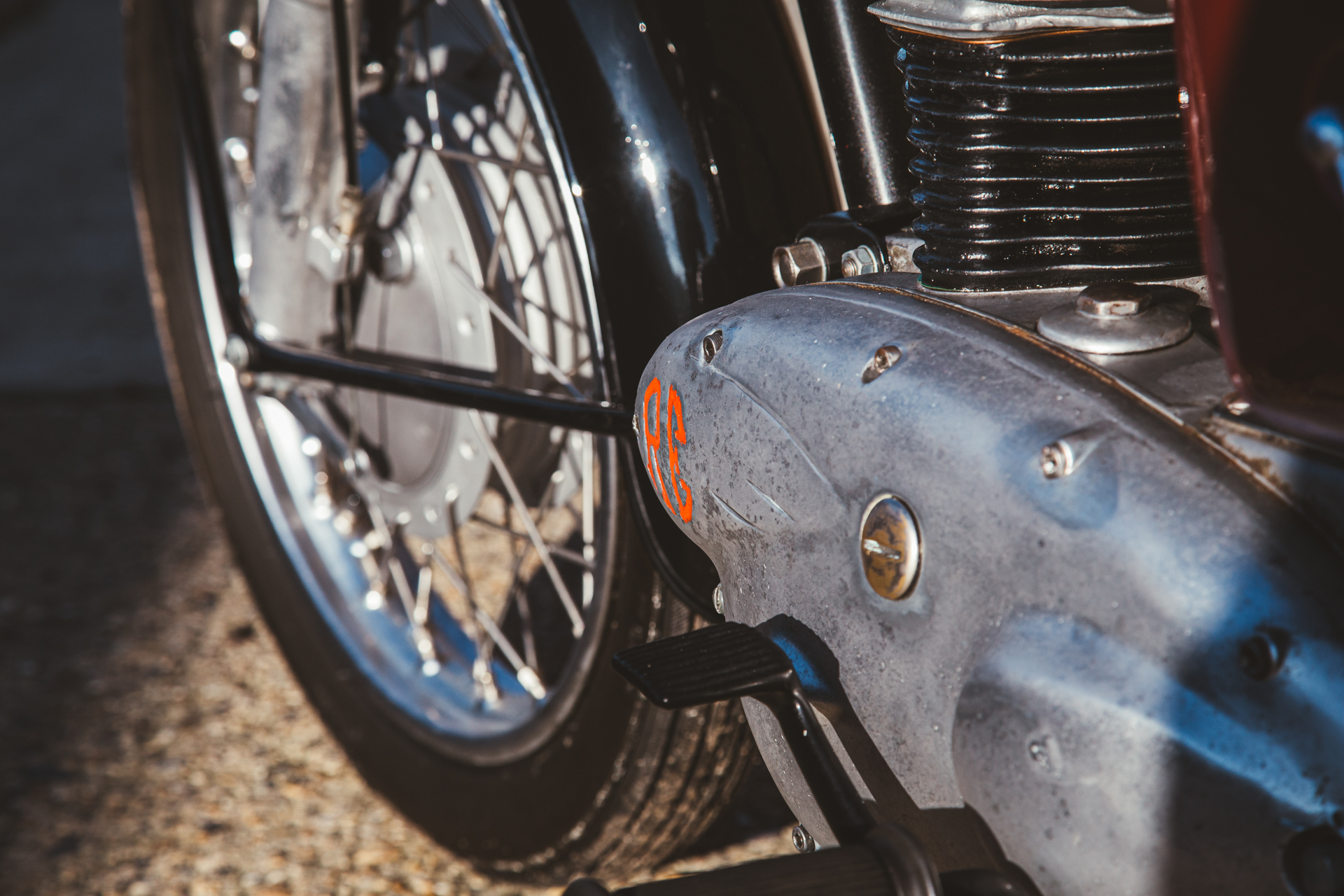
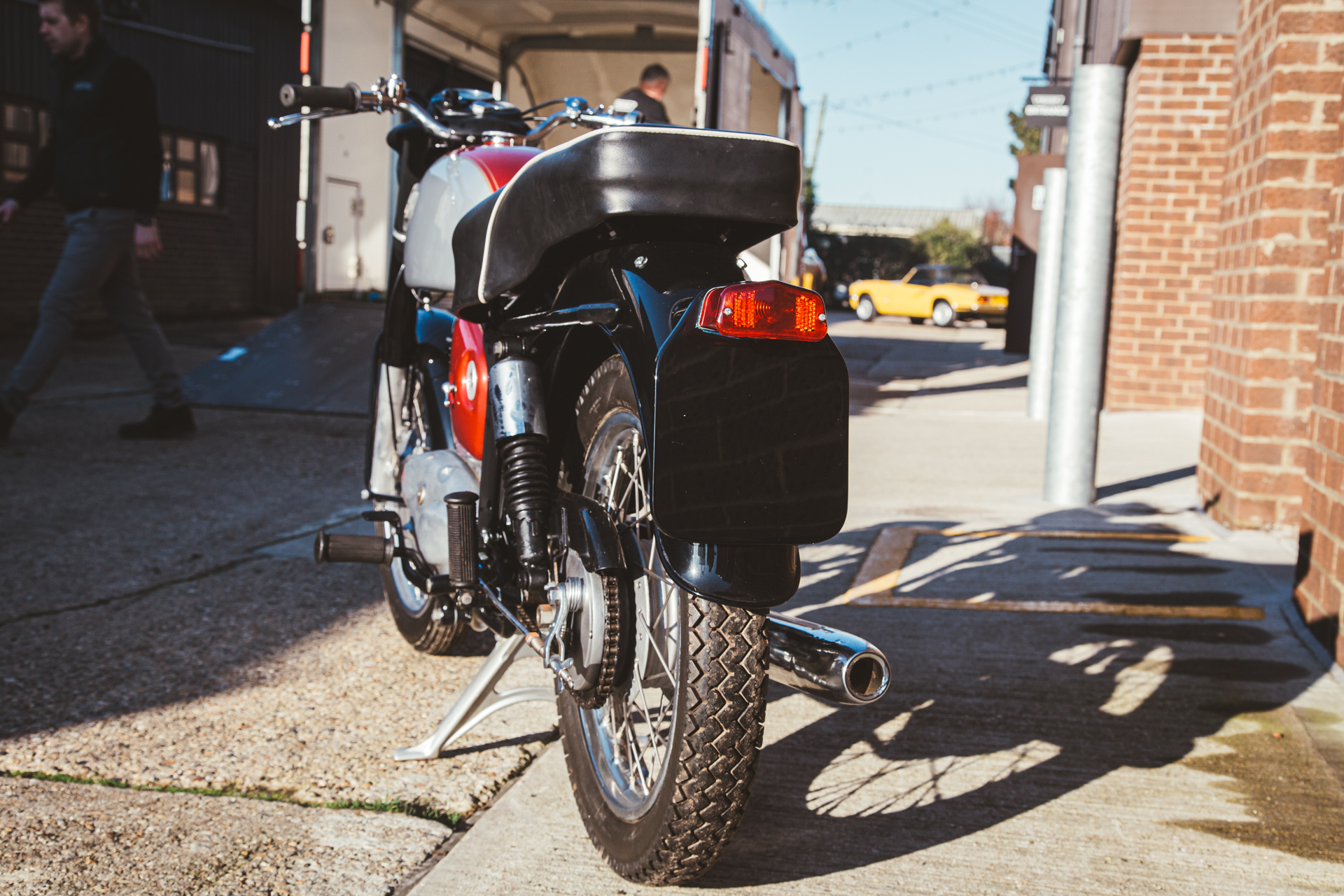

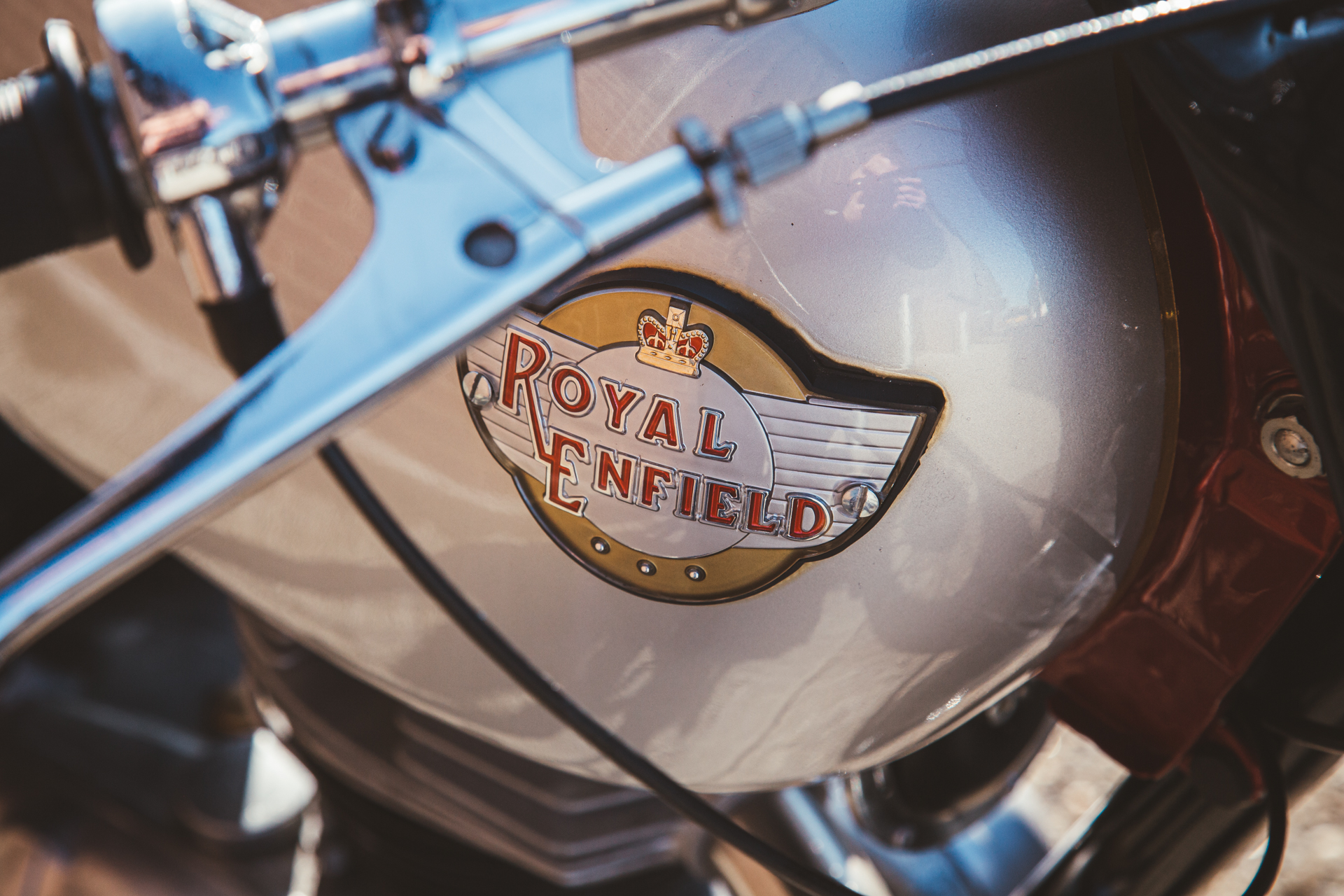

1961 Matchless 350:

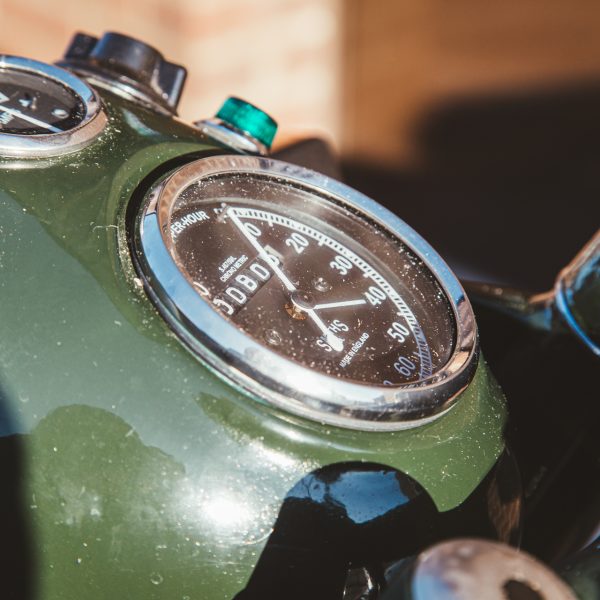
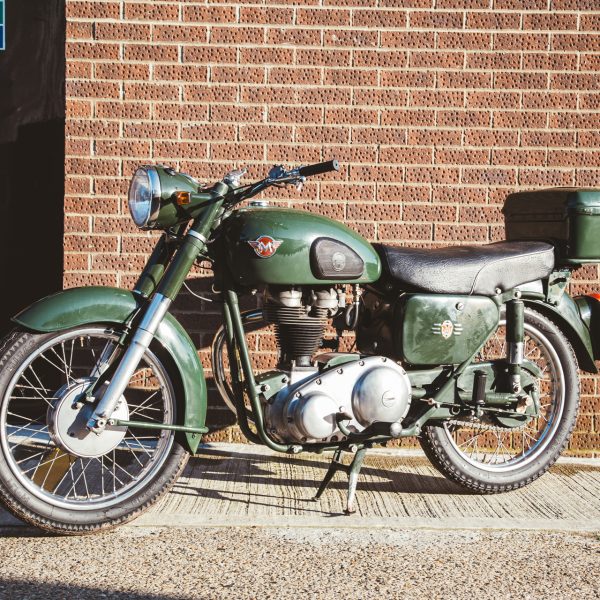
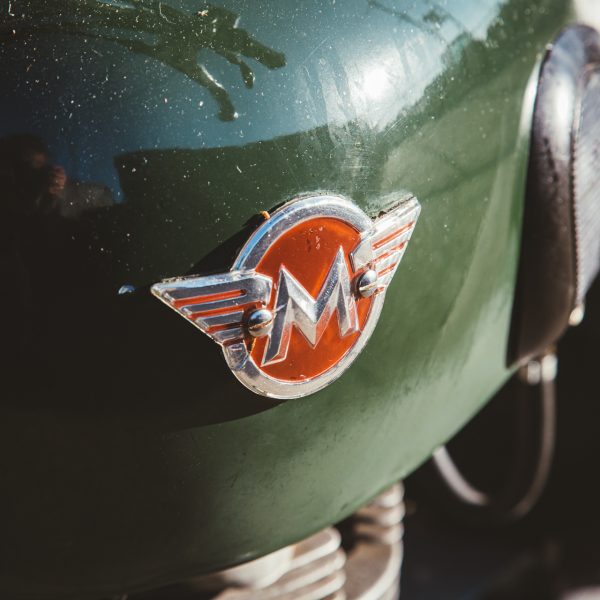
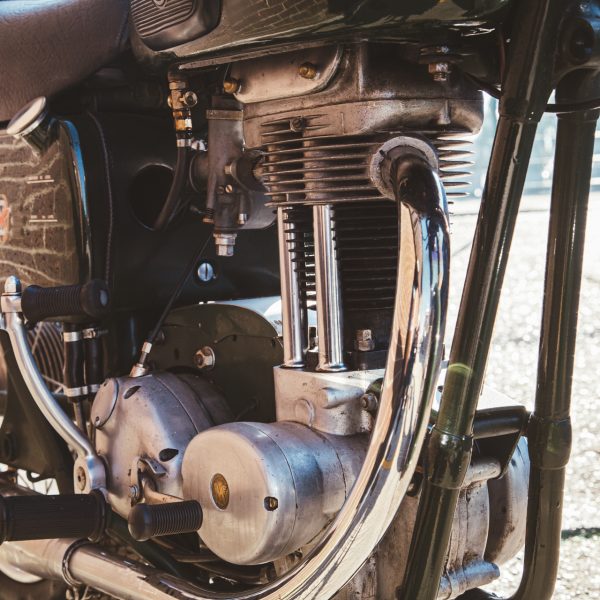
1955 Velocette 350:
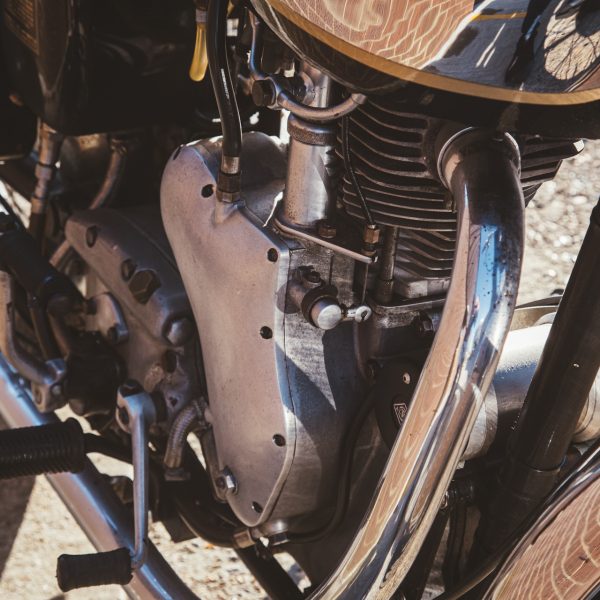

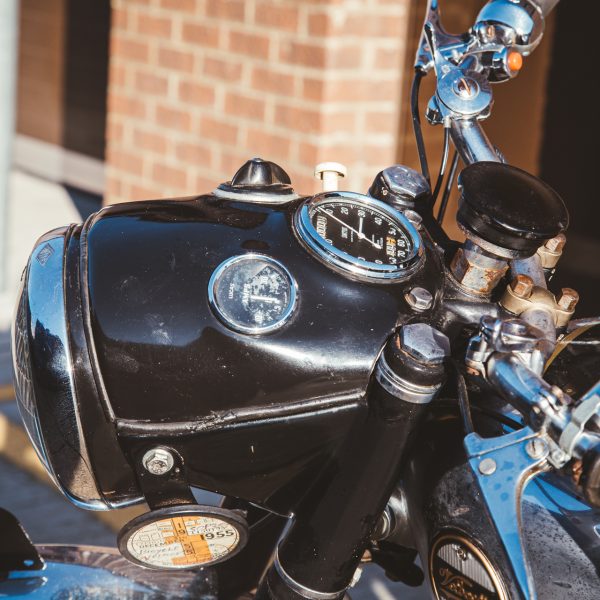
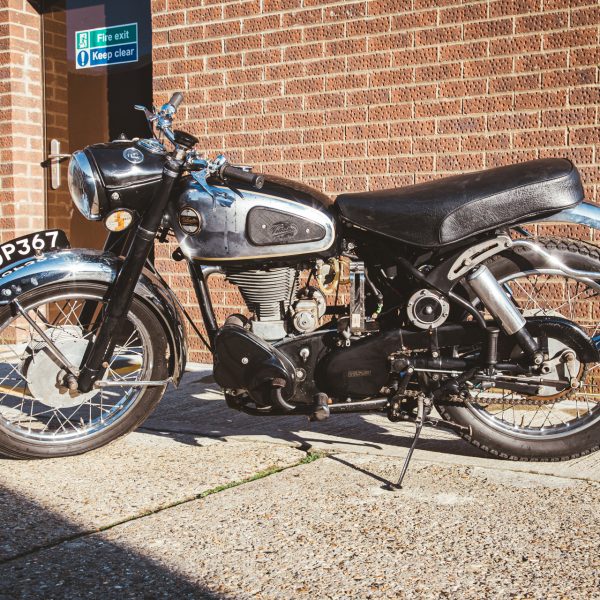

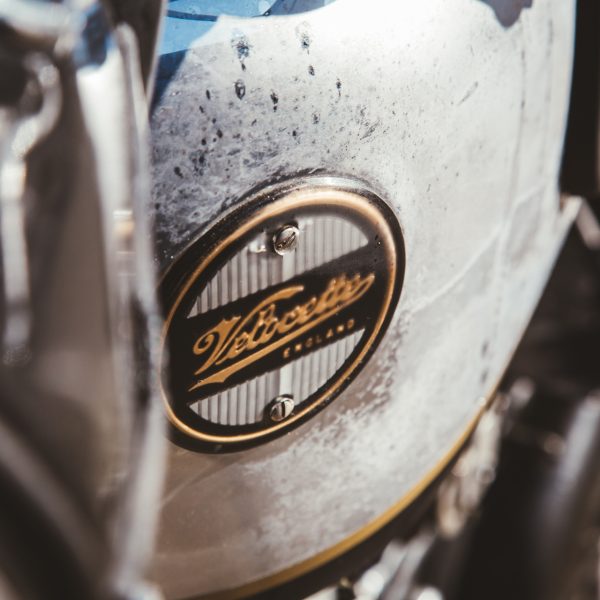
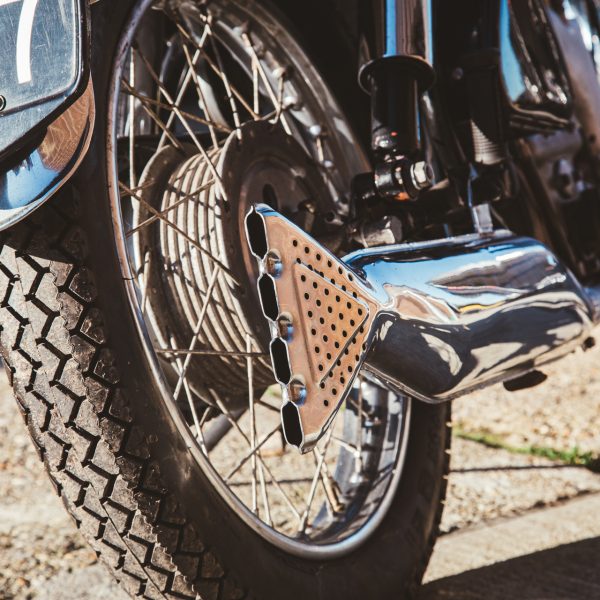

Tomorrow, it will be 63 years since the iconic Jaguar E-Type was first revealed to the world at the Geneva Motor Show.
To celebrate the birthday of what Enzo Ferrari called “The most beautiful car in the world”, we have put together a tribute to the timeless Jaguar E-Type.
This is the story of Rose, as she looks back on the adventures of her younger years making memories and moments that have lasted a lifetime.
63 years of automotive perfection – a love letter to the Jaguar E-Type
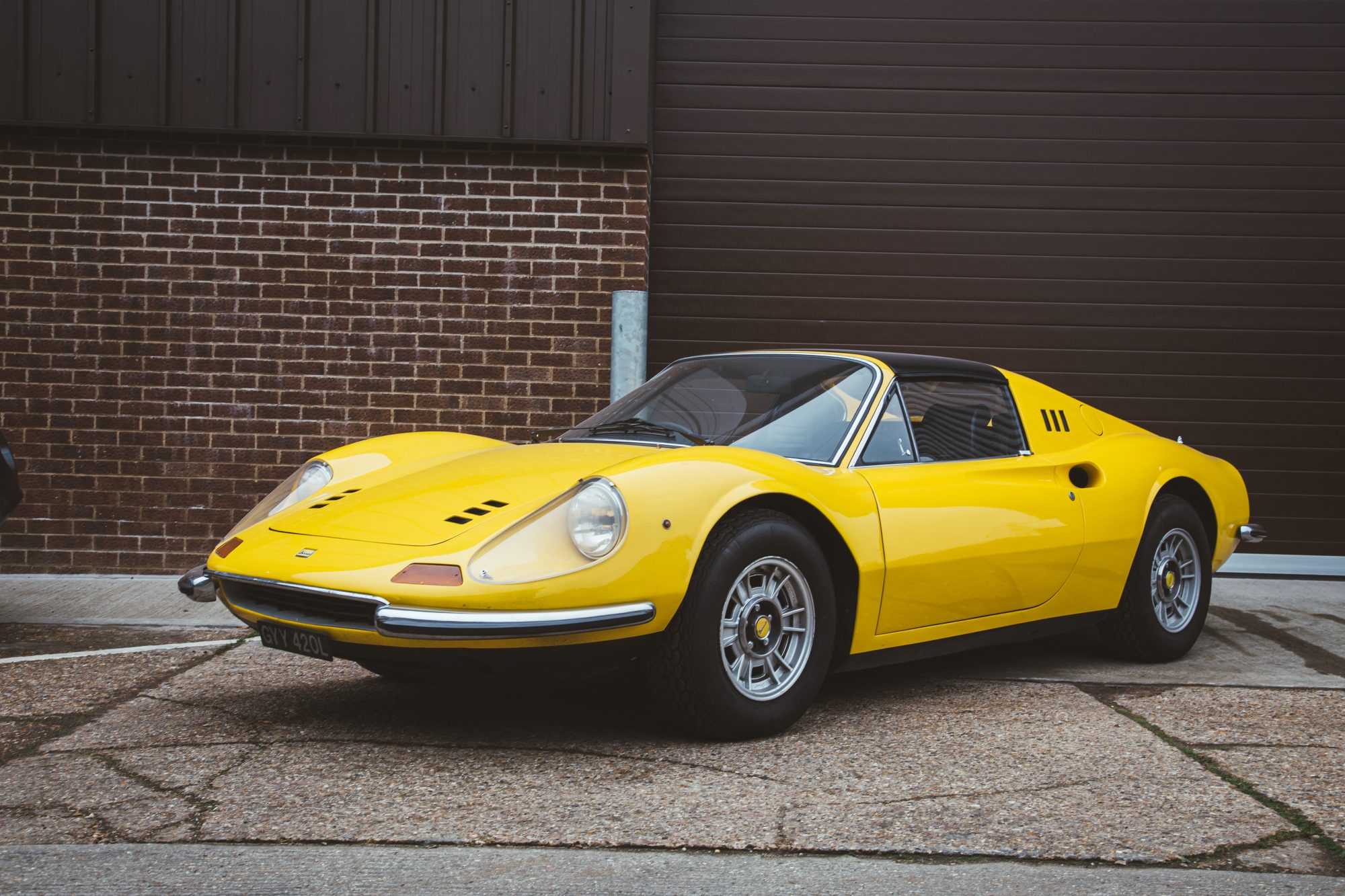
Our Pettistree workshop has welcomed a very interesting visitor this week – This 1973 Ferrari 246 GTS ‘Dino’.
The car has been in our storage facility for a little while awaiting its turn ‘on the ramp’ for our technicians to begin assessing the ‘baby’ Ferrari. The team have instantly fallen in love with this classic Ferrari and its been a pleasure to have it in our workshops and be put in charge of its care for its owner.
You’ll see more on this car very soon.
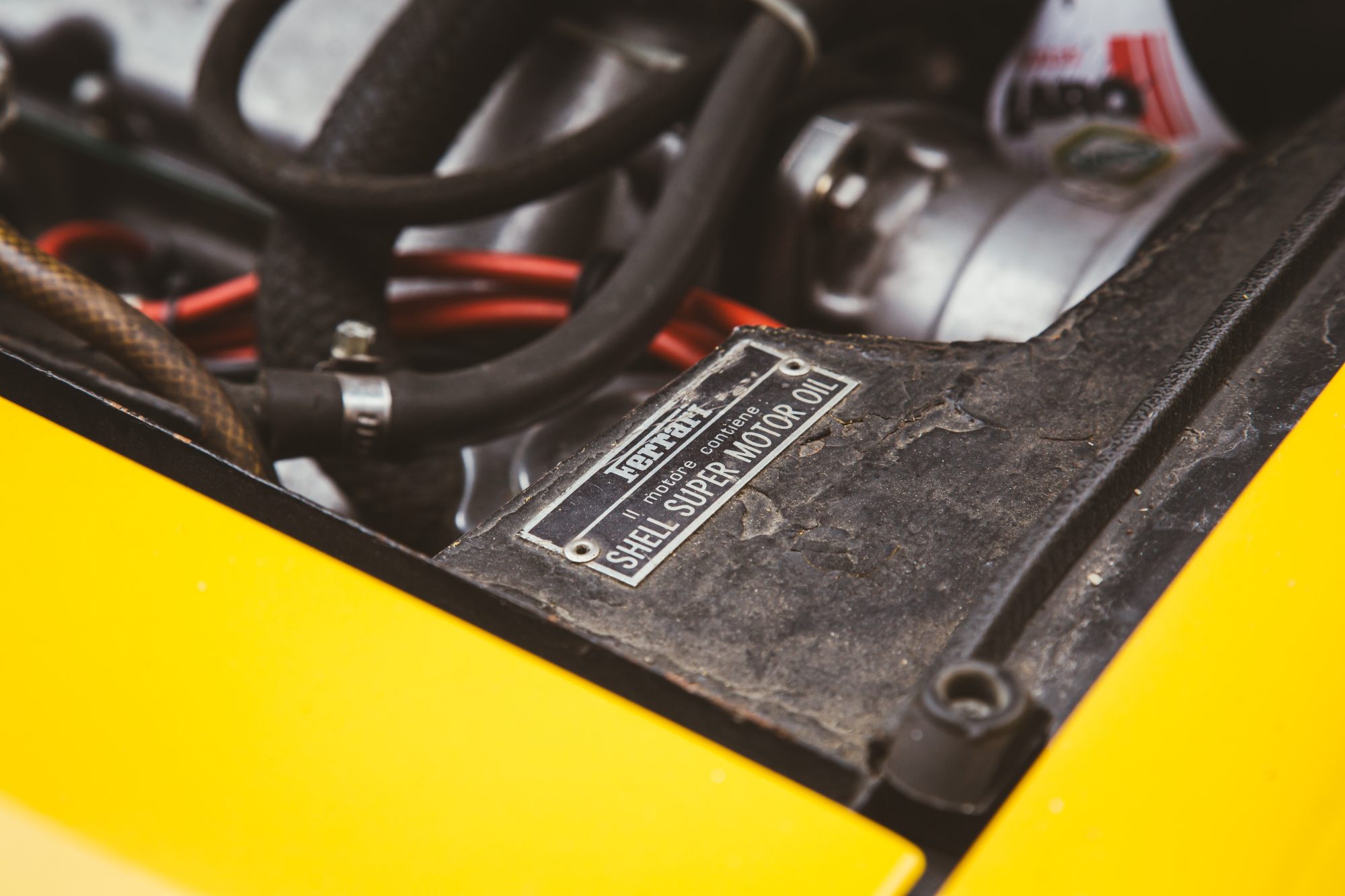
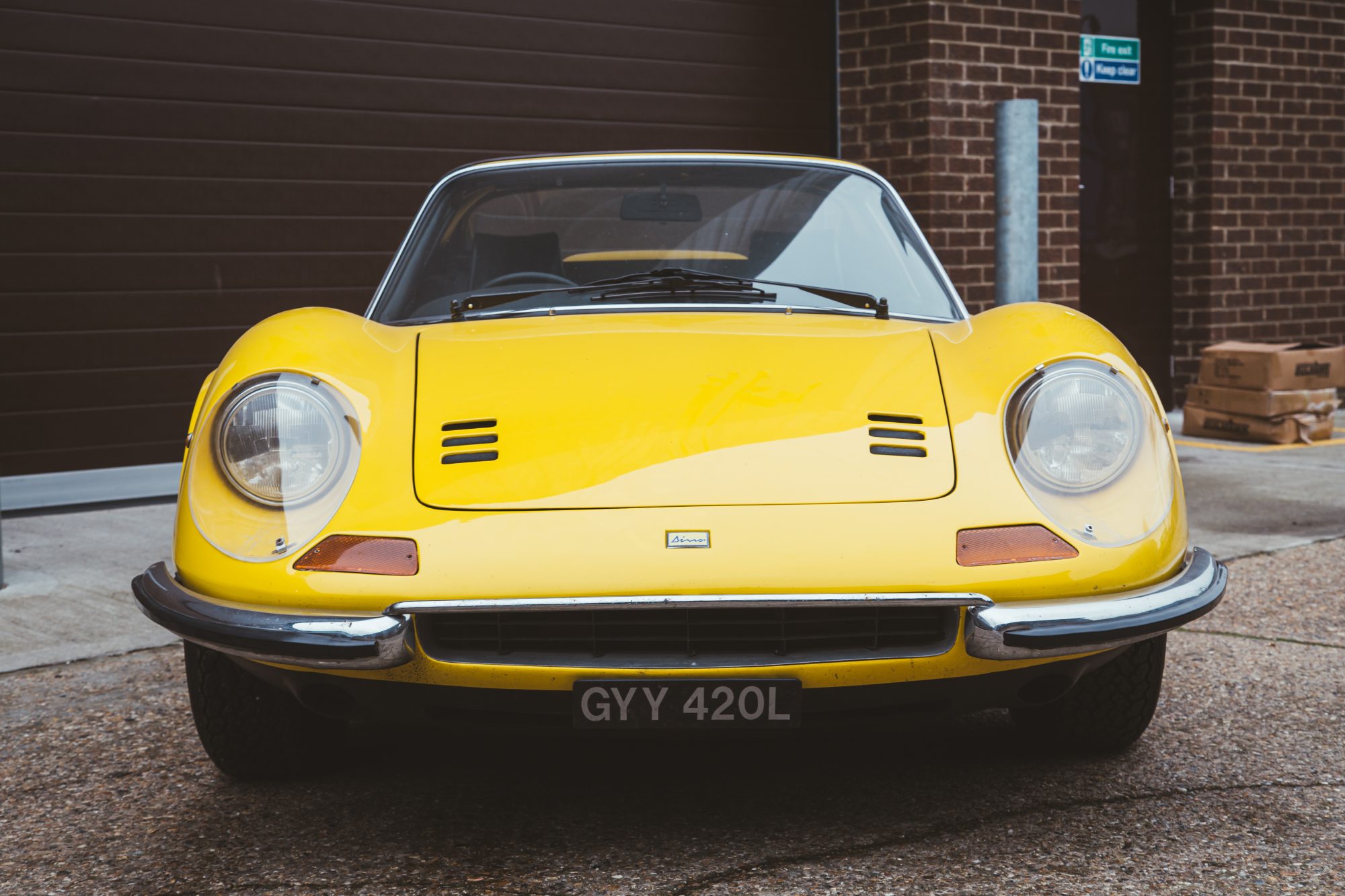
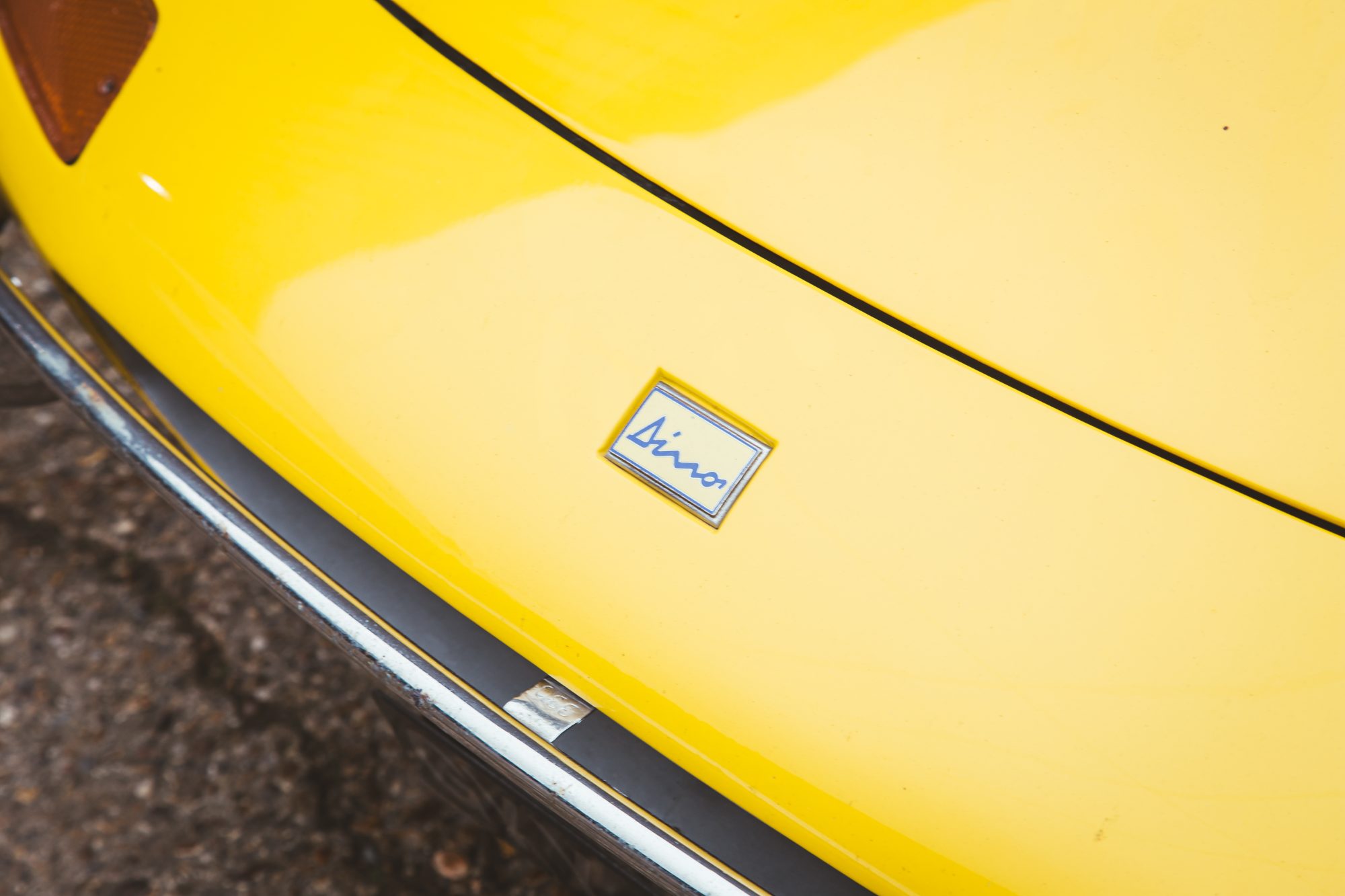

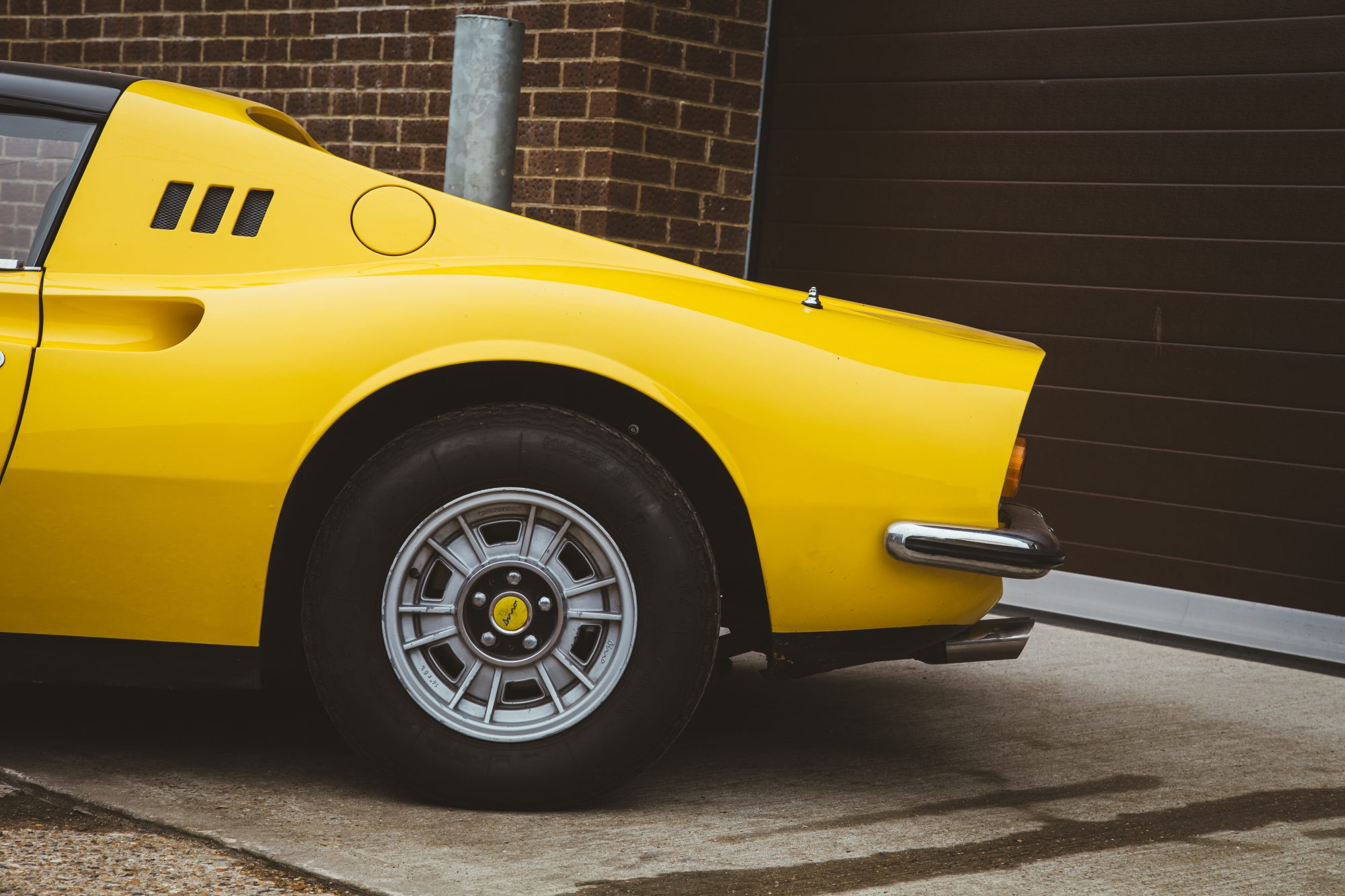
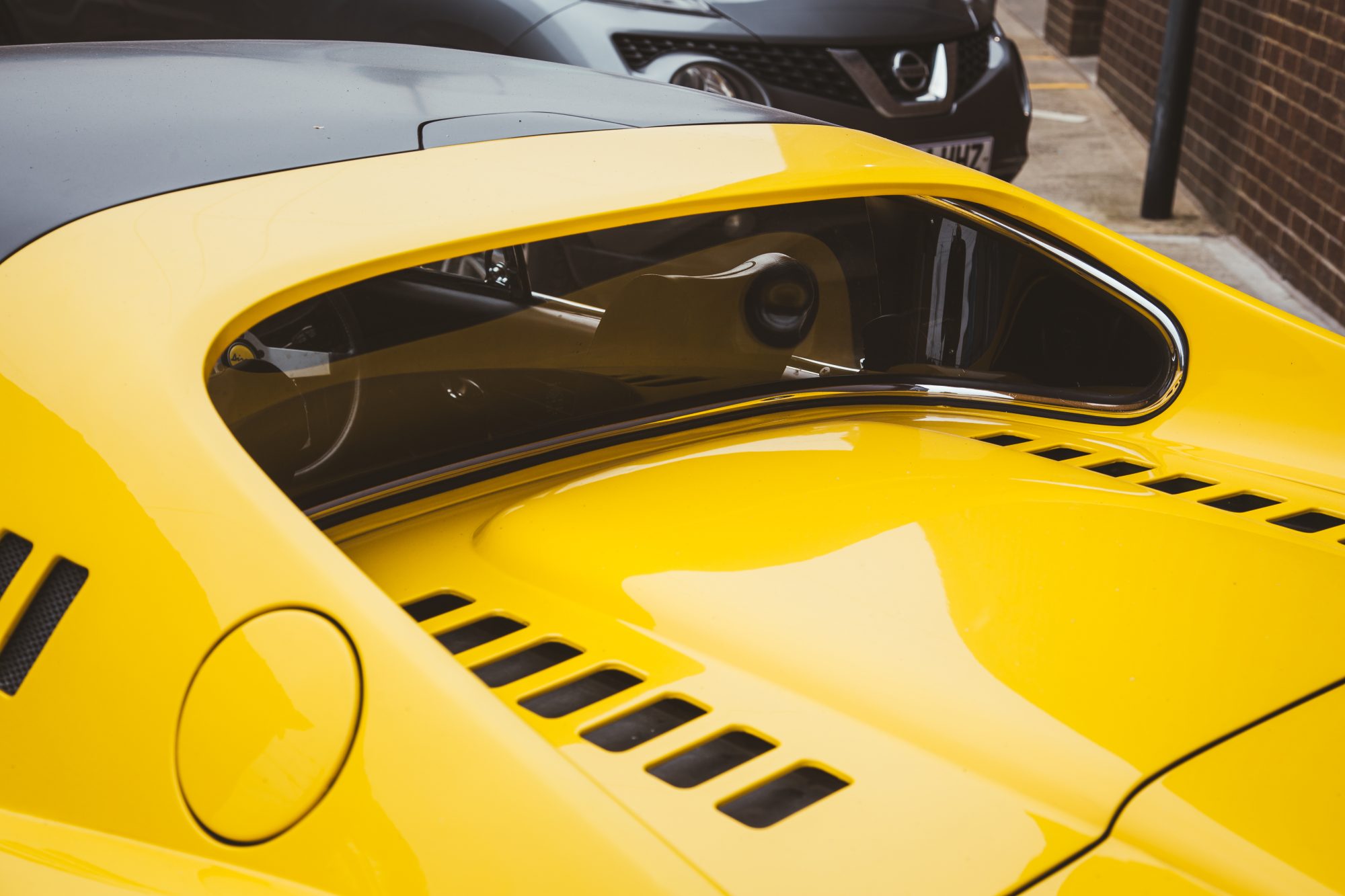
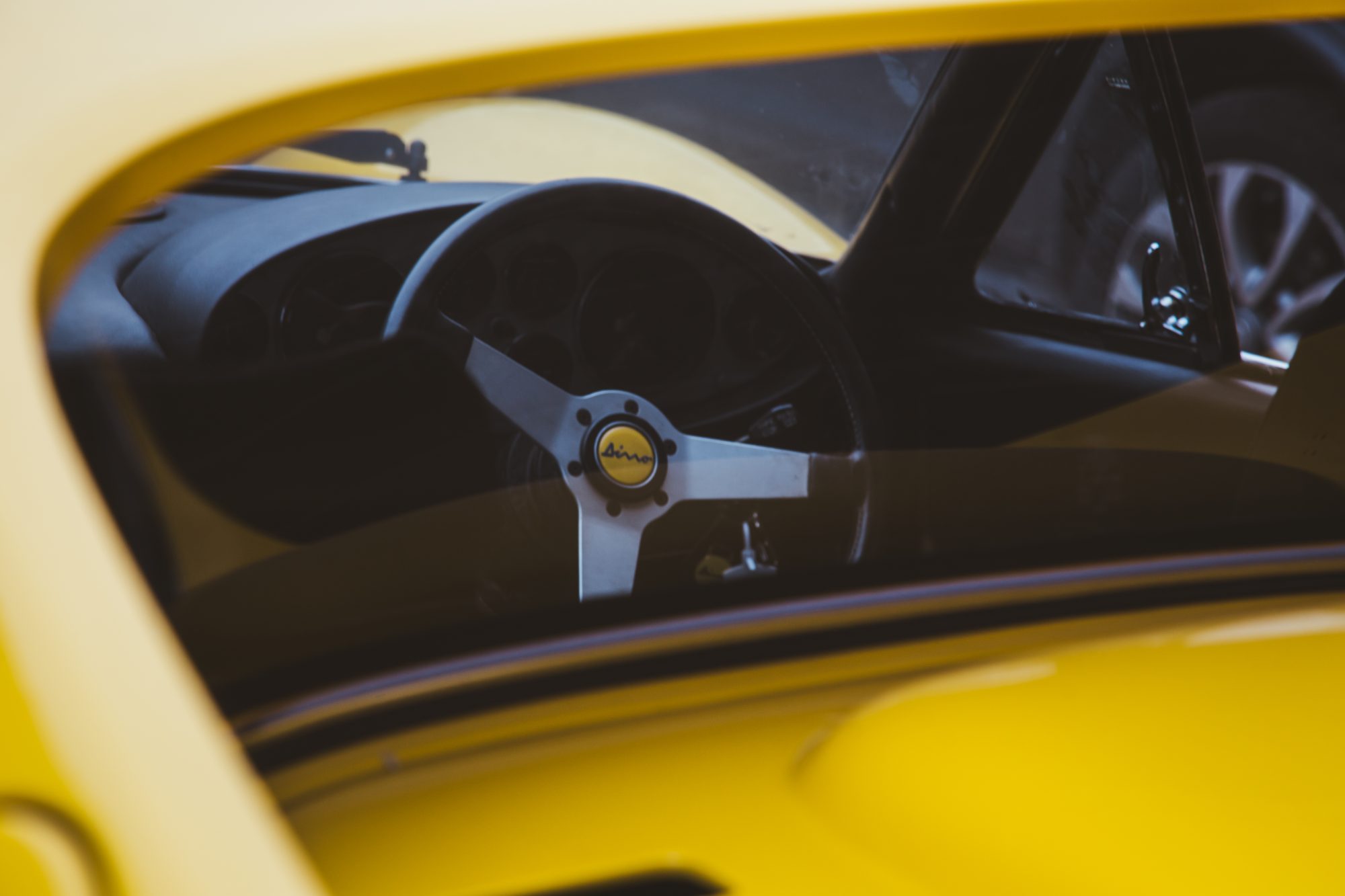
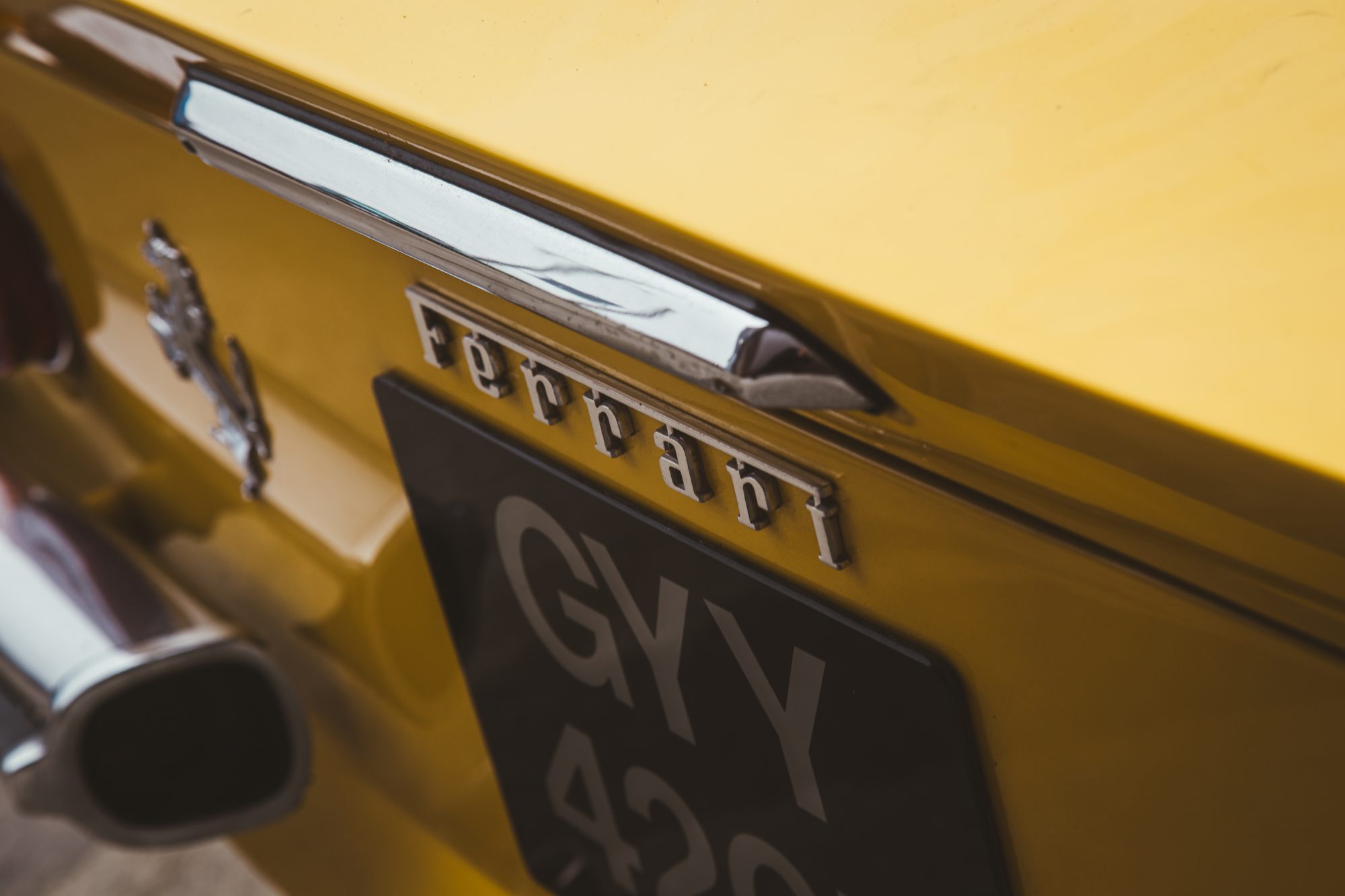
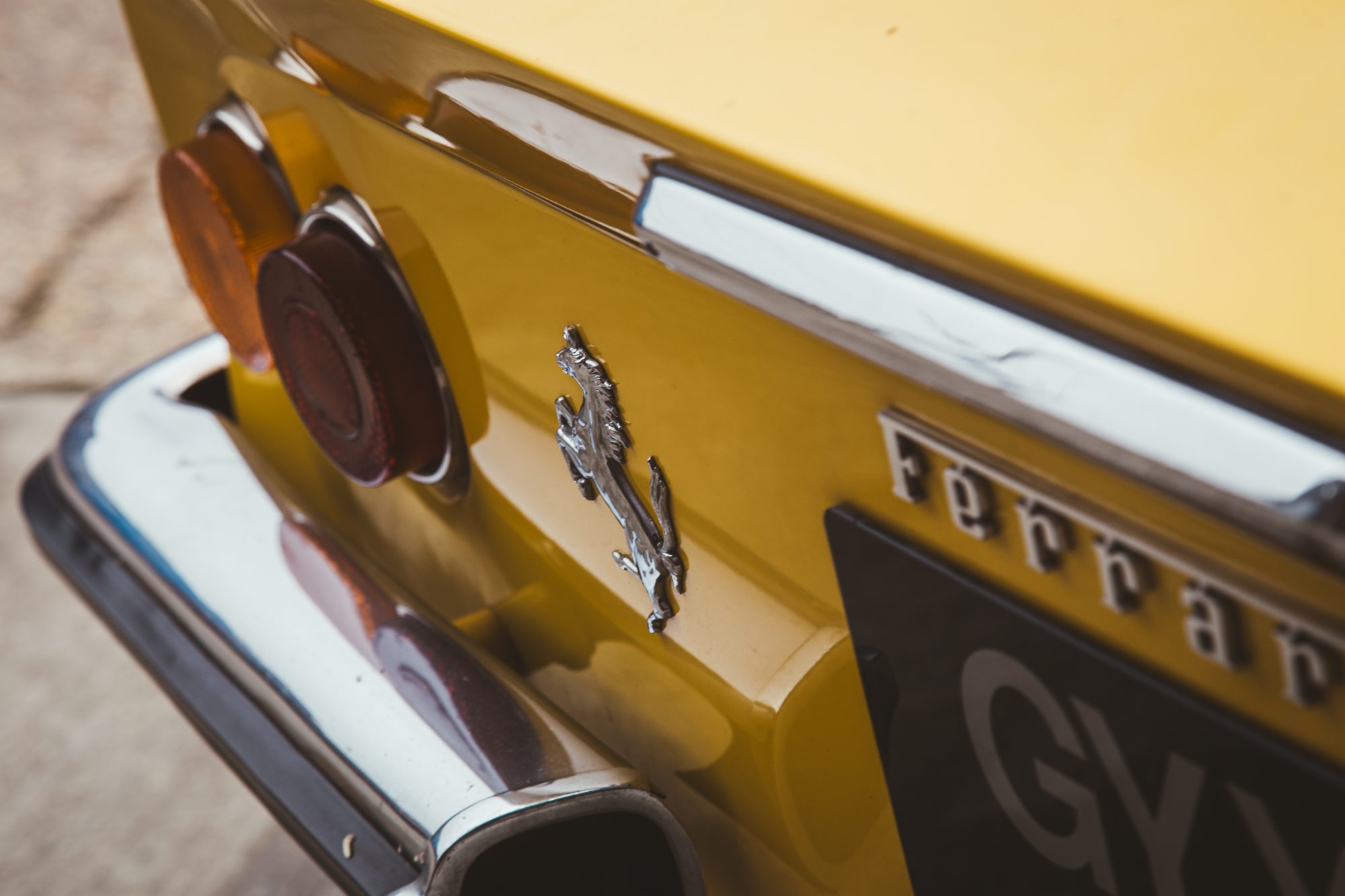
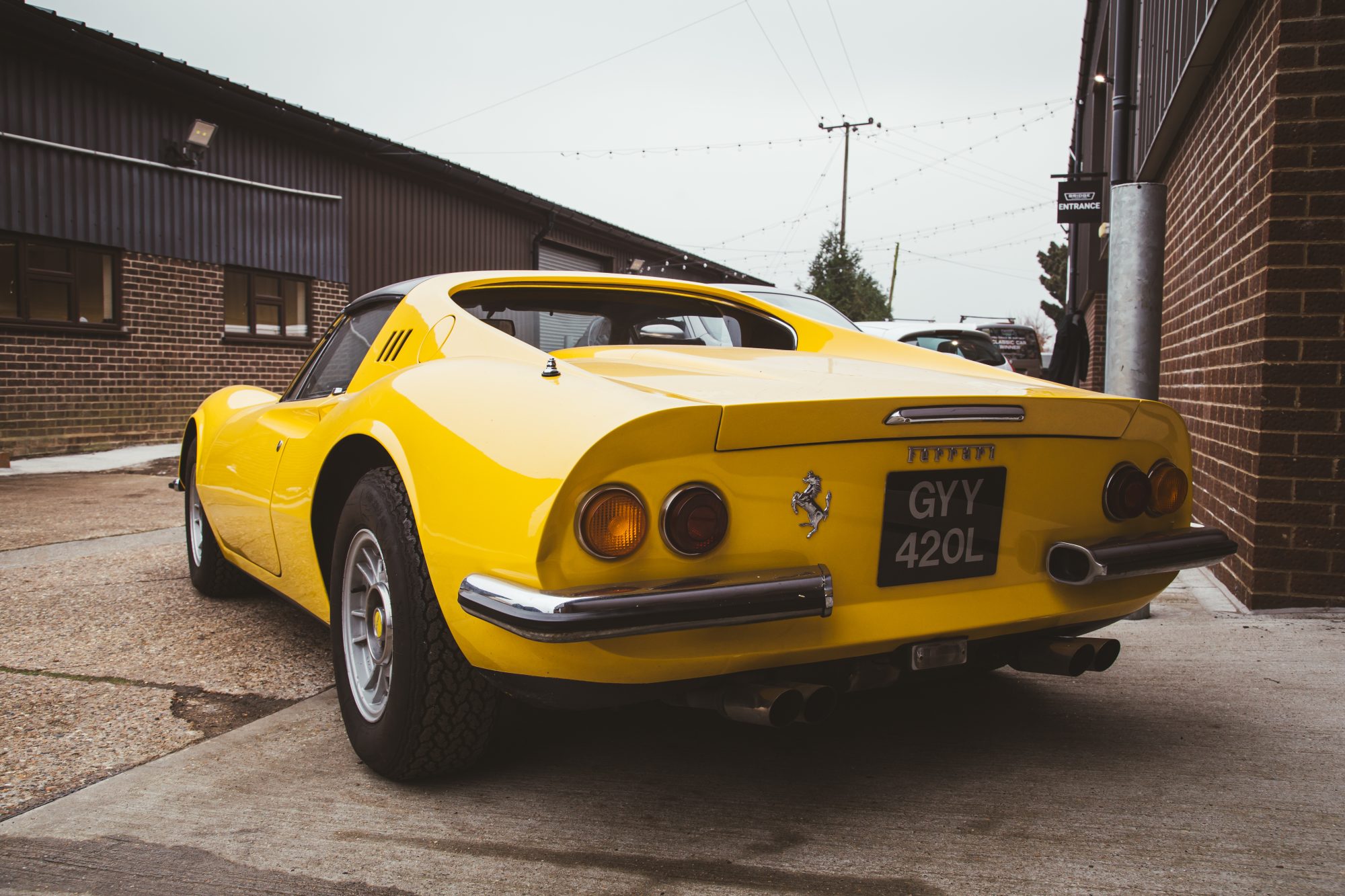


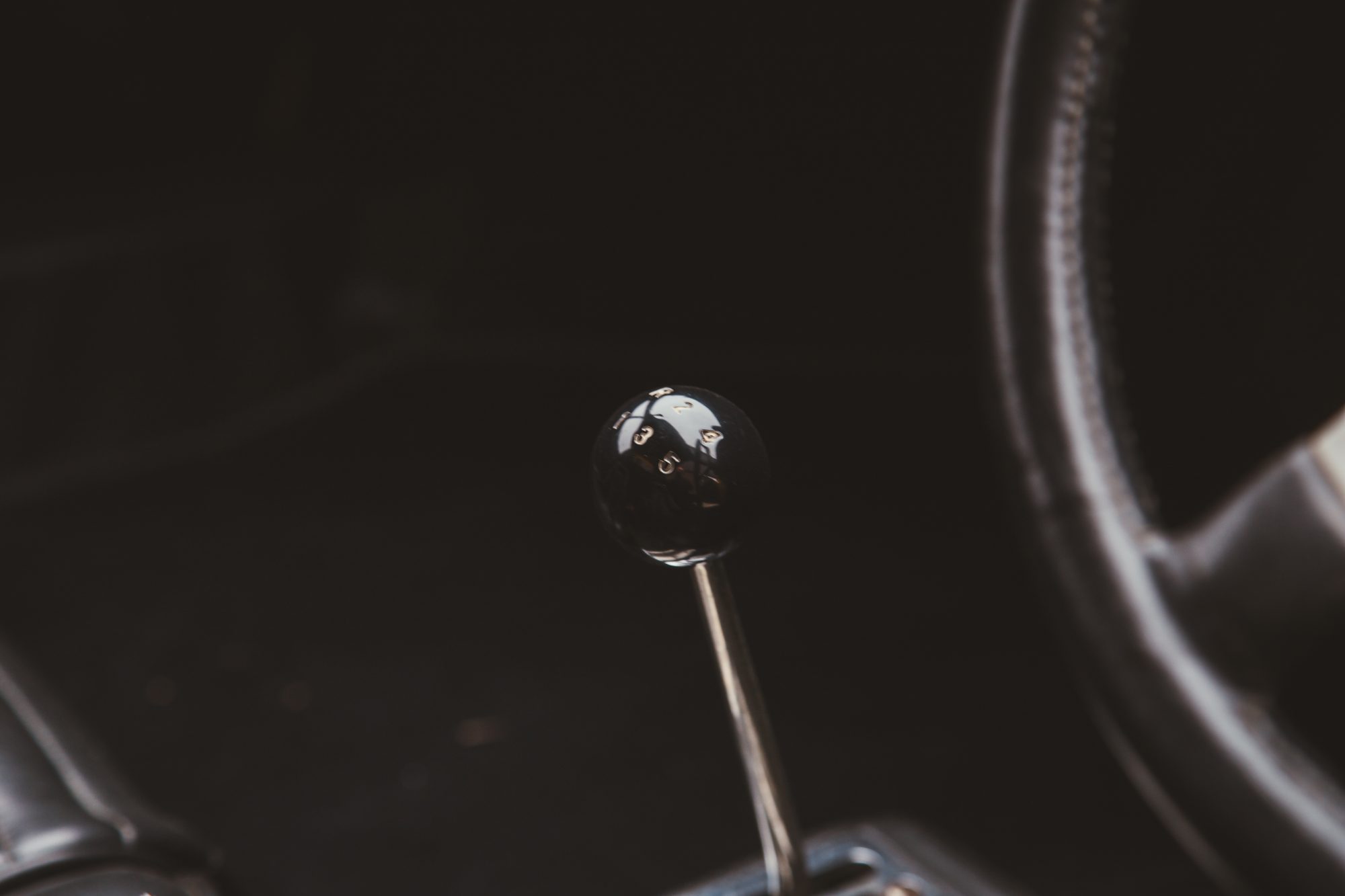
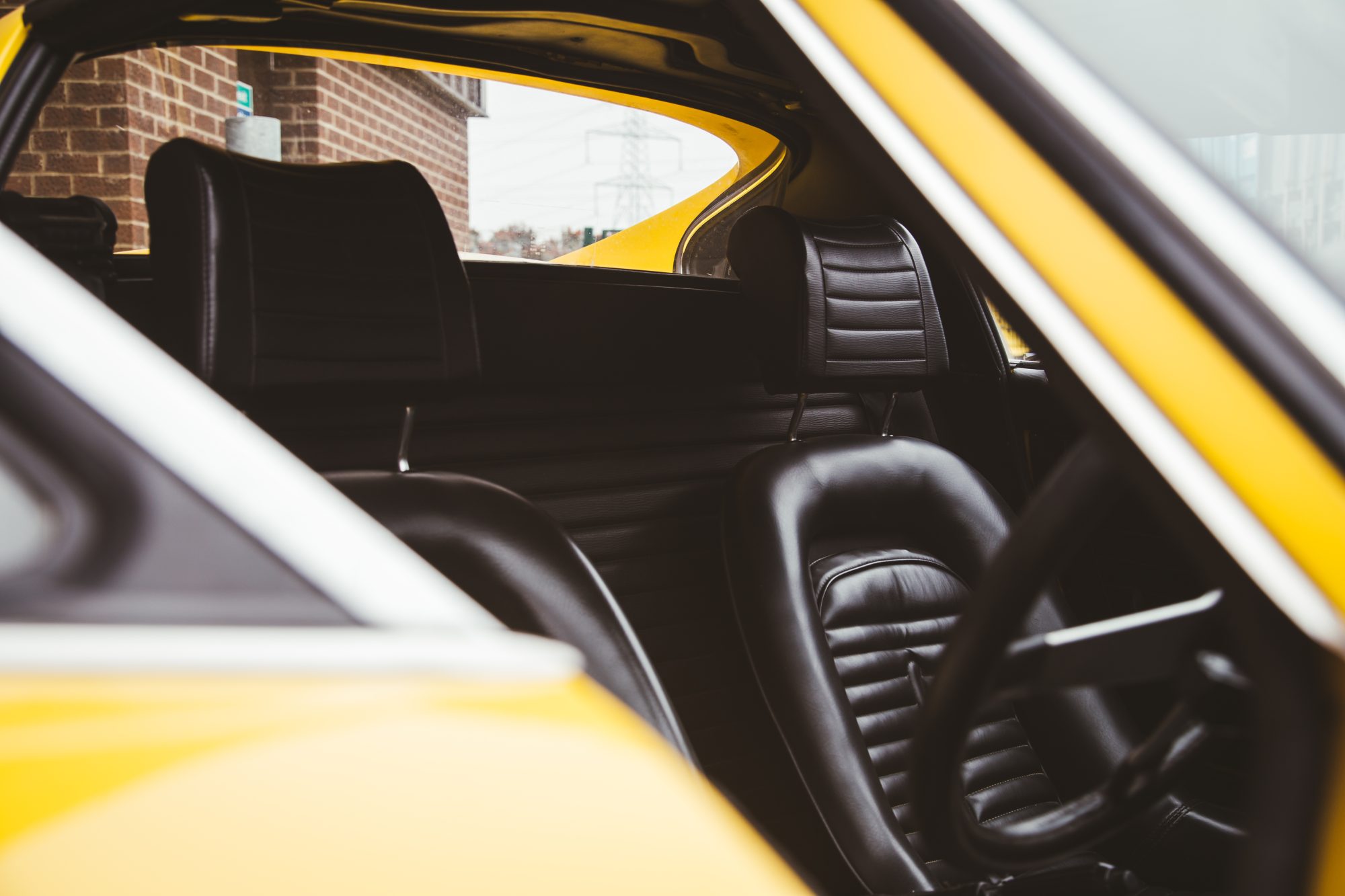
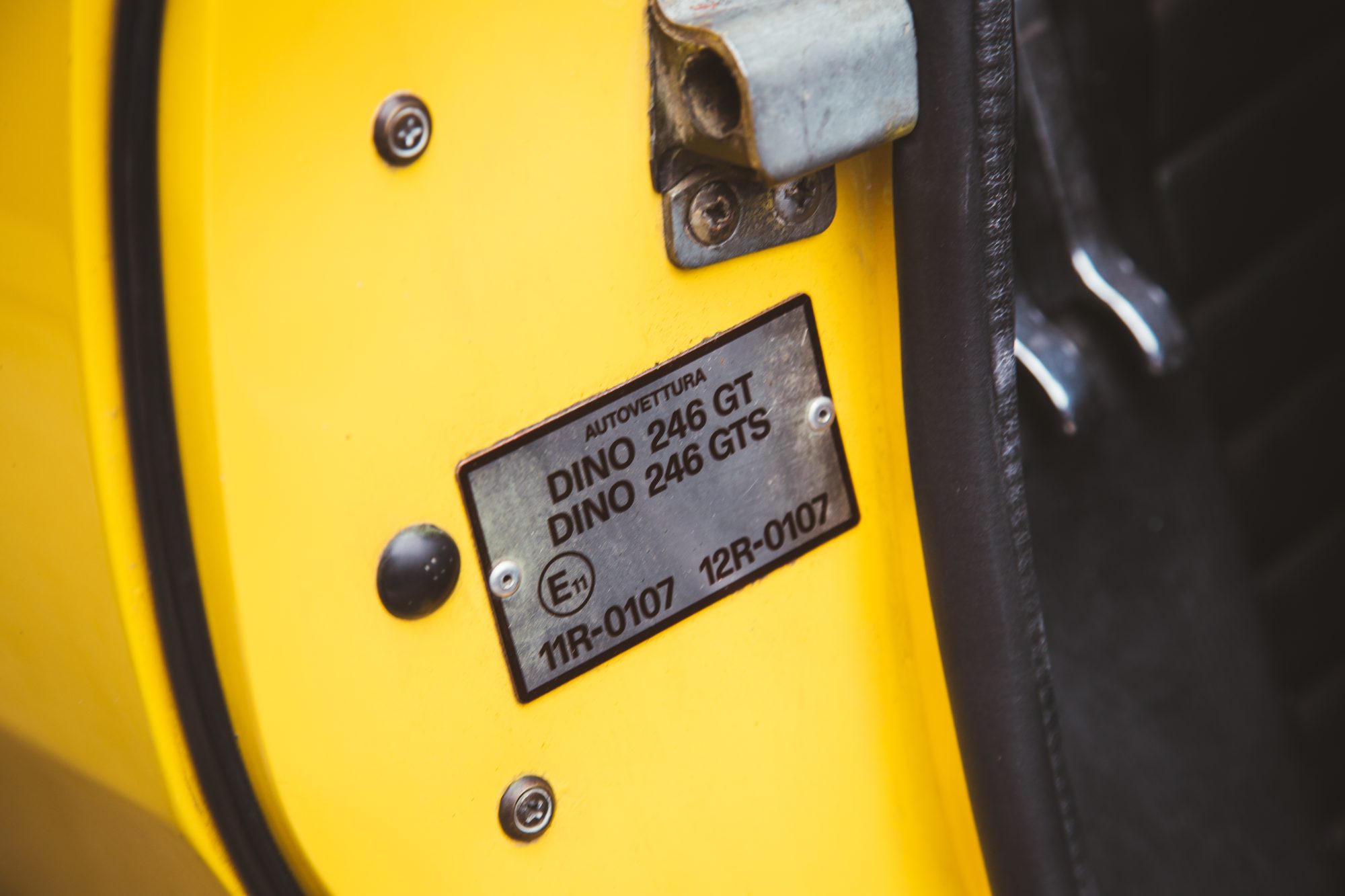
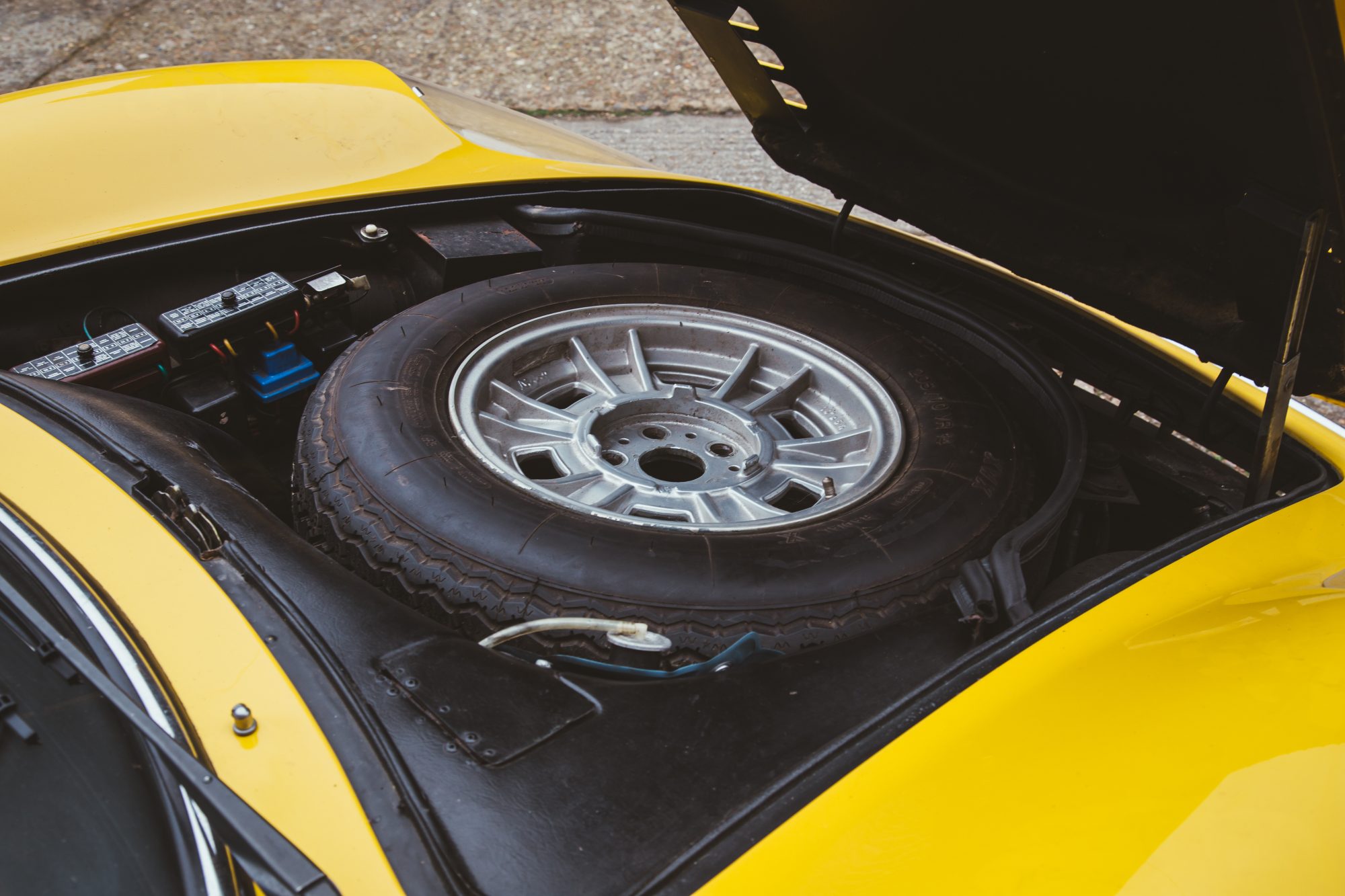

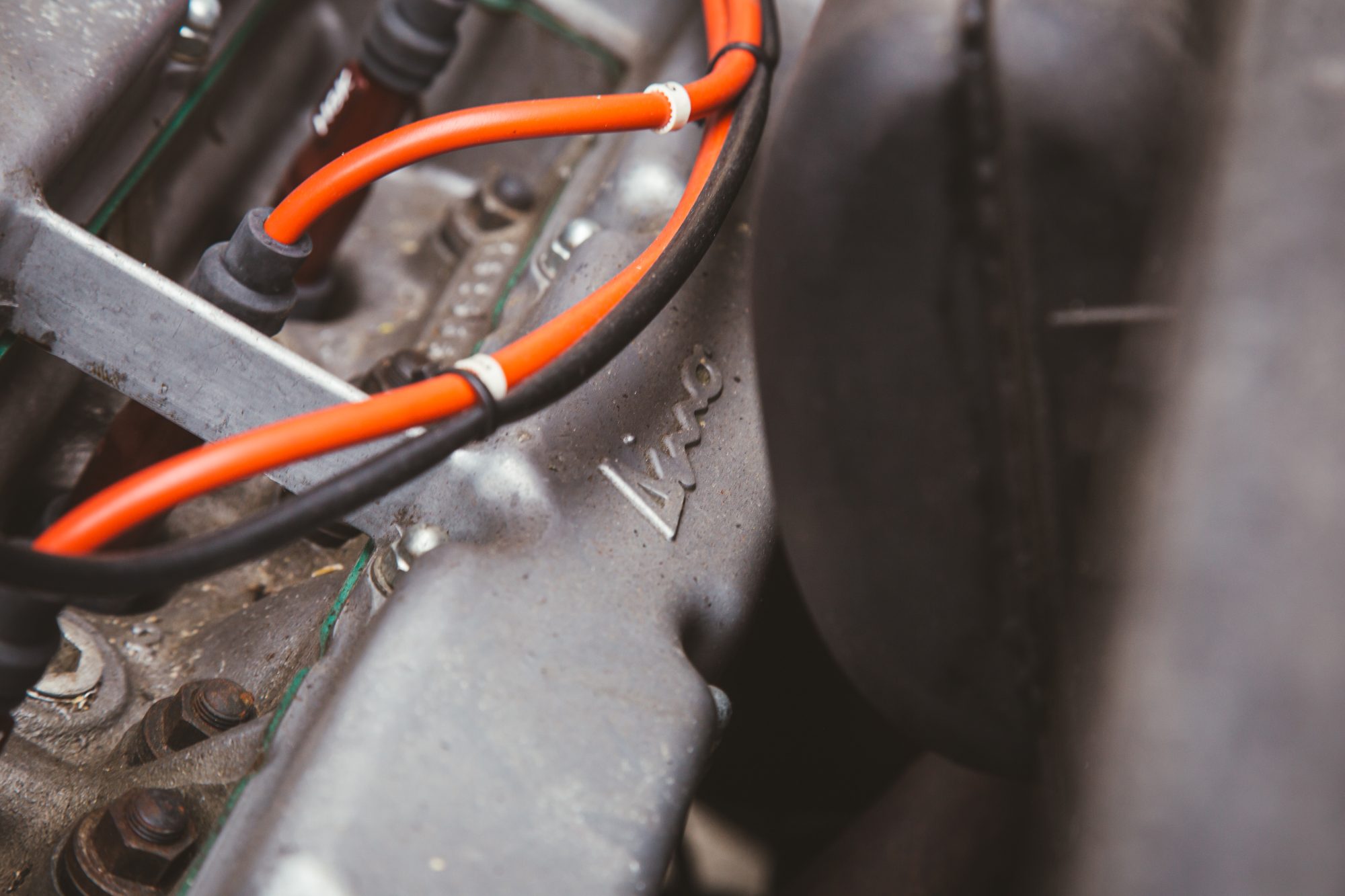
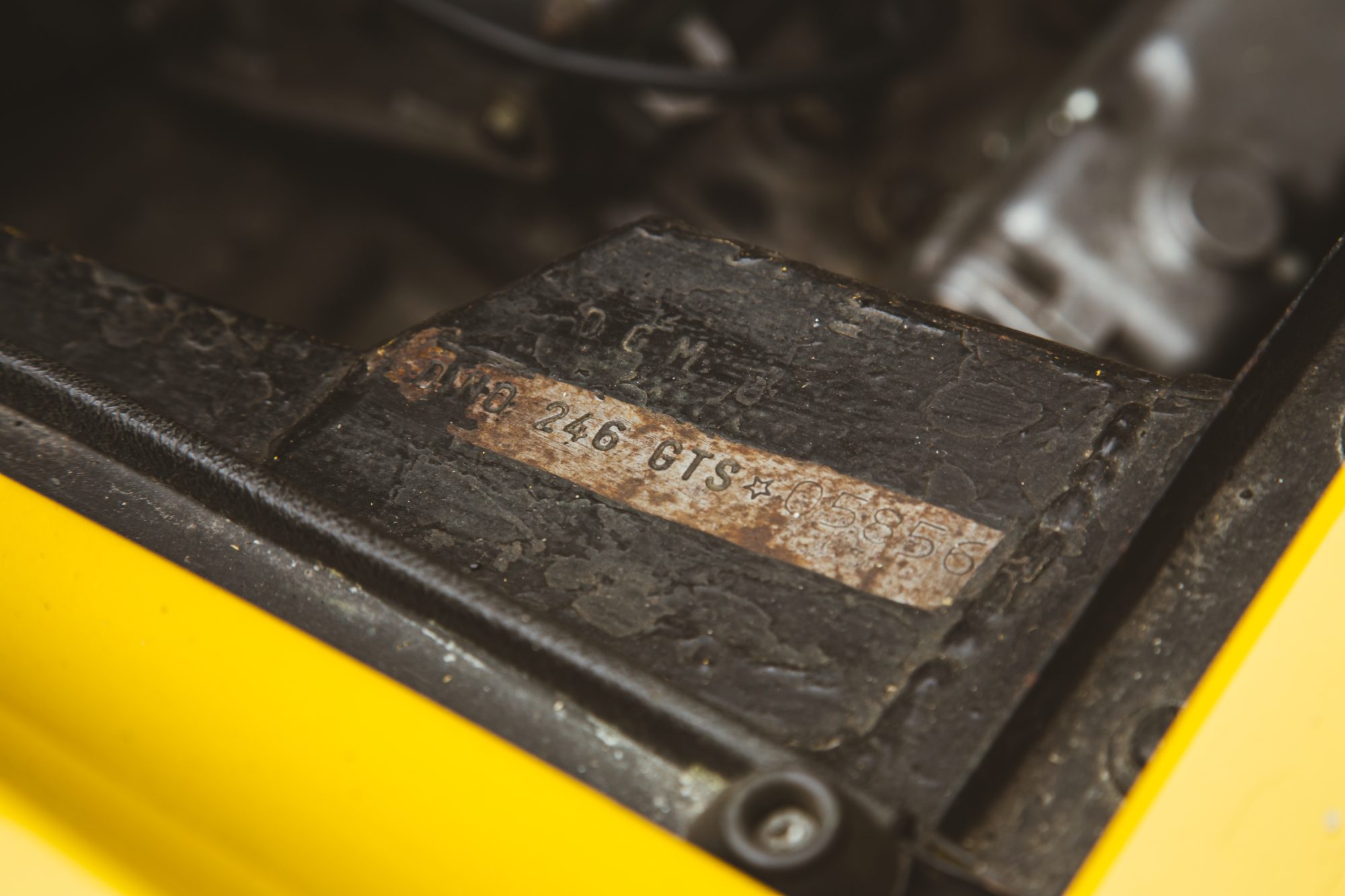

In the mid-1950’s, Jaguar had become one of the most successful racing teams of all time. With multiple wins at the fabled 24 hours of Le Mans and other races across the world, the manufacturer had gone from strength to strength both on track and on the forecourt.
With the accolades of the C-Type and D-Type safely committed to history, Jaguar began to look to the future. By 1956, the D-Type had begun to lose its competitive edge thanks to its rivals developing cars to bring the fight to the big cats. This sparked a conversation about what concept would take Jaguar into a new decade of not just design but engineering.
William Heynes, Jaguar’s famous chief engineer, would task the now legendary Malcolm Sayer to begin working on the replacement for the D-Type. He put together a small team to begin work on fleshing out a new idea for what the newest Jaguar would be, known as the Experimental Department. In a meeting from the 30th of January 1956, it was noted in the minutes the discussion of a ‘2 1/2 litre engine in a D-Type car. The engine to give 200hp at 7,500rpm and a top speed of 180mph’. This, was the first mention in writing of the D-Type’s sister.
Bob Blake, a master panel maker who worked inside of the experimental department, annotated his notes from the meeting in early 1956 that the car would have ‘an aluminium engine with lighter brakes and wheels and a new body to be 6” lower’. This wasn’t going to be a development of something existing but an all new project for the department.
Previous to this, the idea of a D-Type variant had been mentioned as noted by Workshop Superintendent Phil Weaver, who in an earlier internal memo relating to ‘Models for Le Mans’ and talked about a 3 1/2-litre production D-Type as well as the later mentioned 2 1/2-litre model. This meeting was to do with a rumor that the rules would be changing for the upcoming racing season were by only 2 1/2-litre cars would be permitted in all categories. Weaver wrote of this, ‘Two courses are open to us on this car – one is to design a prototype as small and light as is practically possible and run it purely for one season as a prototype only.’ Following up later in his notes with ‘It might be advisable to considering making the prototype car in such a manner that it would have at least limited demand (as a production model) in a better equipped version for purposes other than racing. In this case, the closed type body would seem to be the most satisfactory answer.’
Tom Jones, a Jaguar engineer who played a key role in the development of the C-Type and D-Type was given the task of producing the sister car to the D-Type. When he was given the job, William Heynes said that the car would be designated ‘E’ and must be ready for Le Mans in 1956 – giving the team just 6 months to develop and produce the prototype for the world famous race. The naming of the cars is an interesting point however. Beginning with the C-Type, its original name was the XK120 Competition but was shortened to its nickname of C-Type and because of its success, the next car would follow in sequence to be named D-Type which would continue on into the late 2010’s with the F-Type.
The designation of ‘E’ wasn’t just it being the letter which followed ‘D’ but also represented the experimental nature of the new project. At this point it is important to state, that ‘E’ was not for E-Type. Jones would rely on master designer and aerodynamicist Malcolm Sayer to pen the new car. With the bodywork being calculated mathematically to give the least amount of drag, the chassis and powertrain were developed by Jones’s Experimental Department.
Decades later, the famous Jaguar test driver Norman Dewis would say of the project at this point ‘what was being produced was a sort of hybrid of the D-Type. It was because the ‘the old man’ (referring to Sir William Lyons) wanted a very fast sports car that fit in with the Jaguar’s image. This model was a low-key prototype following on the D-Type’. Of this first iteration, there are no surviving photographs or any visual records of the all-aluminium car, but it is known to have been fitted with a 2.4-litre engine as well as carrying a very early independent rear suspension development package engineered by the great Bob Knight. Although the car would go into testing, it was found to not be up to scratch due to its hasty development time, so Jaguar would field 3 D-Types at Le Mans in 1956.
1956 however would be the last year that Jaguar intended to race as a factory team. Between 1945 and 1955, the companies growth was meteoric and its road cars like the XK120 and the legendary 6-cylinder XK engined cars (which had been built off the back of the firms racing pedigree) were taking up not only the companies finances to produce but also the workforce to keep up demand. Racing, just wasn’t as important anymore. Sir William Lyons would begin the expansion of the Jaguar road car range around this time with cars such as the Mark VII saloon cars to build up a larger portfolio in the market, including the development of Project Utah which would ultimately form the basis of the MkI and MkII. This expansion would also take up the time of the engineers and technicians needed to run a successful motorsport department so the decision was made to stop.
Then in 1957, there was a fire. The Browns Lane workshops would be severely damaged in February of 1957 with dozens of cars destroyed, including the remaining XK-SS cars (road converted D-Types) as well as causing severe delays to the other production cars while operations were reinstated. With this final blow dealt, Jaguar in any form of competition would now be down to individuals and privateers, but were given help by the engineers from the former Racing department.
So with the company out of competition on the race track as a factory team, and no intentions of building cars for clients, what would be next? How would Jaguar keep their name in the headlines and therefore the cars rolling off the assembly line? The answer would start with an E.
The Le Mans project may have not made it to the track but it didn’t stop being developed. The Experimental Department were still working on the project in late 1956 to try and get something out of it. While William Heynes sat at his draftsmans table, Tom Jones, Phil Weaver, Bob Blake and Derrick White would work on developing the chassis and the mechanical side of the project.
In December of 1956, Malcolm Sayer would have the revised body design for the new car. A small two-seat sports car that took inspiration from the D-Type but held more of an emphasis on the aerodynamic stability and airflow over the front of the car. In early 1957, these designs were handed over to master panel maker Bob Blake to bring to life. This car, chassis XK101, was dubbed E1A by the team for internal referencing – E for Experimental, 1 referred to its type number and A was for Alloy/Aluminium. This name would stick to all those involved and in memory of the darling older child, the D-Type, the new car was referred to as ‘E-Type’.
As opposed to the newly released XK150, the E1A would use an aluminium central monocoque tub with a non-removable alloy frame work to support its bodywork and the car would employ the use of front and rear subframes for the running gear. E1A would be fitted with a 120BHP 2.4-litre XK engine as a starter, being as how it was an engine that the Experimental Department had access to, and was allegedly the same engine used in the previous ‘lost prototype’. Because of its smaller height, this allowed for Sayer’s design to be smoother over the bonnet without the signature power bulge.
E1A was what many would refer to as a ‘parts bin special’ with nearly all of the components coming from either the racing stores or from the production car spares department. The only thing that was bespoke to the project was that Bob Knight independent rear suspension set up. The car would use two swingarms to carry the wheel hubs as the moved through their arch, while the differential would be housed inside of a steel cage in the centre of the body.
By May of 1957, E1A would begin testing in and around the Jaguar factory. With the break-in period complete, William Heynes would adorn E1A with a set of trade plates (164 WK if anyone is interested) and head out on some real world testing around Birmingham with the one-off prototype and headed for the nearest by-pass to rack up an impressive 25 miles on the car, but later that evening the mercurial figure head of Jaguar, Sir William Lyons, would take the keys to E1A and head out for his own shakedown run. After 9 miles, he returned back to the factory with the engineer Ted Brookes waiting to receive the car. Brookes would be the man responsible for testing E1A on a daily basis, and after a check over the car would complete several 50 mile circuits before it was transferred to the MIRA test track for chief test driver Norman Dewis to put the car through its paces.
Brookes had officially signed of E1A as complete on the 22nd of May 1957 and the car taken into the factory and painted Pastel Green (a colour designated mainly for the Jaguar prototypes) and two small lights were fitted to the car and registered as VKV752. The car would be driven to multiple places across the UK over the next few months, from jaunts to Wales with drivers such as Margaret Jennings to day trips for testing at Silverstone.
E1A would find itself at the MIRA test track for weeks at a time after this. In June of 1957, Dewis would be testing E1A around the banking at the test track and record an average speed of 110MPH and a top speed of 130MPH whilst working with Dunlop to develop the brake and tyre package for the car. With the results gained from the E1A programme, it was decided around this time by the board and the engineers that the car should go into production after more development work on the cars suspension, seeing this new step forward as a game changer for the company and allow them to step ahead of many other manufacturers as the company entered the 1960s.
Between 1957 and early 1958, the car had been fitted with a 3.0-litre variant of the XK engine, as appearing the ‘The Motor’ magazine article by Christopher Jennings MBE. The car had been lent to favourable press outlets to do with as they pleased as long as they were nice about Jaguar’s new baby.
Jennings had decided to really try out and push the car (his wife had been a great fan of the earlier SS cars before the outbreak of war), with famously egging on Sir William Lyons by saying that the fastest car to complete his test had been an Aston Martin. He suggested that he take the car to the Brecon Beacons in the Wales, between Brecon and Carmarthen to a section of road he knew well to see what potential the new car would have. Lyons took the bait, saying he could take the car on this trip if he would compare it directly to that Aston Martin and other high-performance cars of the day.
As he said in his writings ‘On Sunday morning soon after 7am in perfect conditions we made a 20 mile warm up run and then ‘had a go’ – the result was almost fantastic.’ The journalist averaged just over 70mph on the course and on a longer nearly 50 mile stretch, the car would average nearly 68 mph and beat the Aston Martin’s time. Jennings would finish his statement with a very dry… ‘At no time did we exceed 120 mph.’
With some sense of fortune telling, Jennings would use these words in his article – E1A had the ‘potential to be a world beater’.
Development of the E-Type wouldn’t be solely down to E1A. By this time, the team had created the first true E-Type prototype car to begin refining and expanding on the concepts proven by E1A. To this, E1A would be used for high-performance test and for that, Jaguar racing manager Lofty England would call upon the service of trusted racer and Jaguar dealer Mike Hawthorn.
Hawthorn would test the car thoroughly and push it harder than it had ever been pushed before. Writing a detail and extensive report to the team noting the cars driving characteristics, mechanical aptitude and even down to ergonomic suggestions to get the most out of the car. He wasn’t gentle with his report… From this the team actioned several changes to E1A and the official prototype car.
In November of 1958, a simple engineers report in E1A’s fail simply states ‘engine removed to investigate loss of oil pressure – crankcase fractured on for main bearing webs.’ The car later went back to MIRA for further testing in December of 1958, but was called off due to bad weather. This would spell the end of the E1A story, after the engine damage and the abandoned test session, along with the success of the other E-Type prototypes – E1A was broken up for parts with its body panels sold to a scrap yard.
This was the end of not just the car, but the spiritual connection from those Le Mans victory and dominance by the Jaguar Racing Team and now the sophisticated road cars – A project which would give birth to a car the great Enzo Ferrari would call ‘the most beautiful car in the world’. This project, would give the world the E-Type and we, as petrolheads, should thank it every day for that.
Nice factual historic story. It is important to repeat and publish this story about the birth of the E Type. The younger generations lack this type of information about how the car industry developed . Bravo!
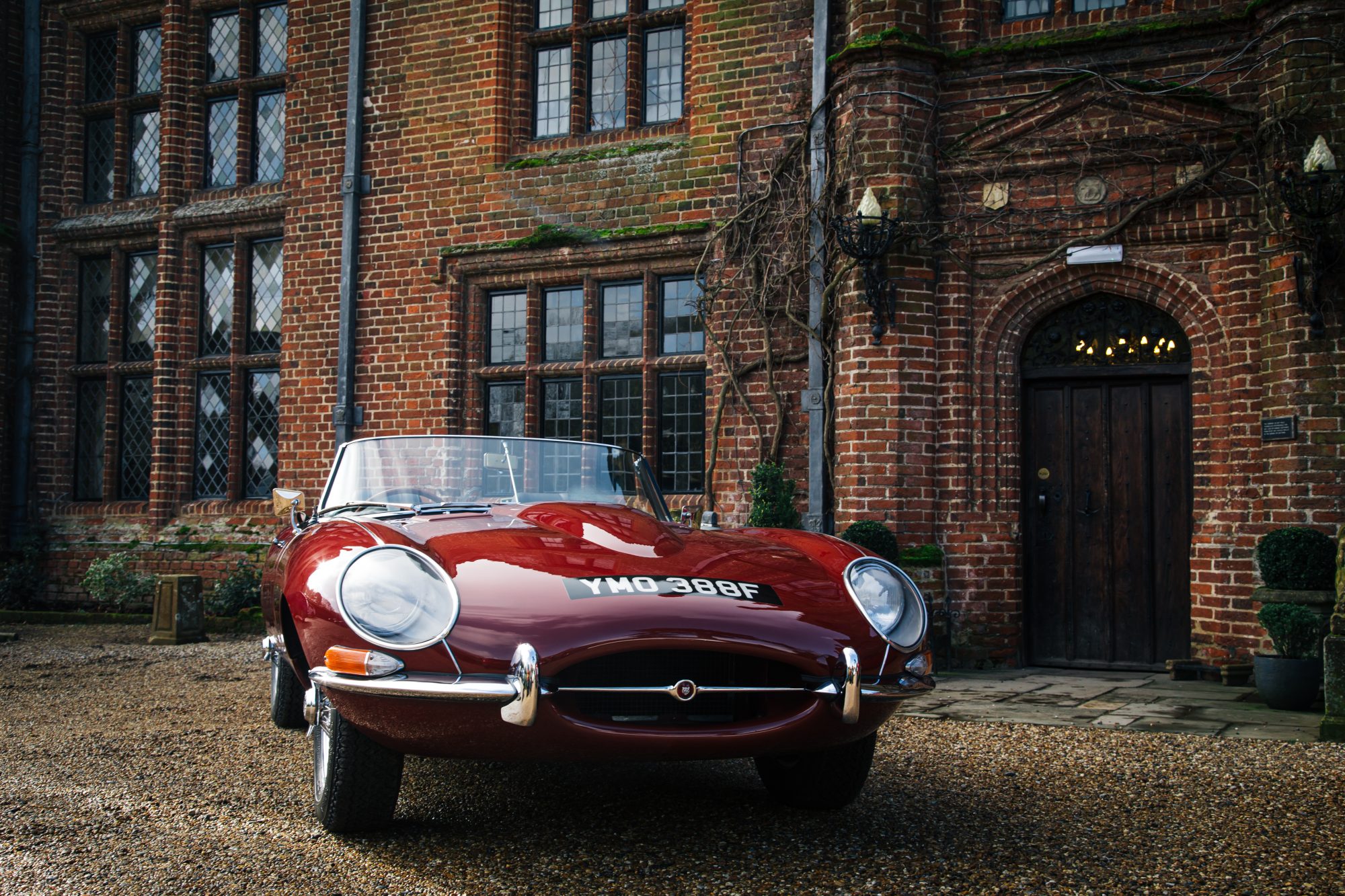
The miles disappeared past the long-elegant bonnet of 77RW as the sun began to breach the horizon along a stretch of Autoroute on the 15th of March 1961. It had been a handful of hours since the car and its pilot had left the shores of England with a singular purpose – orders to complete a herculean drive from the Midlands to Geneva as quickly as possible.
The story however, begins the day before.
On the 14th of March, the Jaguar team had been testing their latest creation at the legendary MIRA test track. This creation had caused quite the stir in the press, with the car mentioned in whispers and rumour – the E-Type. At the hands of god-like test and racing driver Norman Dewis, the E-Type was being through its paces ahead of its full release. That car, was 77RW. An E-Type Roadster and the 3rd one to be built so far. It’s sister, 9600HP (the first car built) was nearly 800 miles away in the Swiss town of Geneva being shown to the press.
As Dewis ran 77RW through its paces and worked methodically with the team to record results and make adjustments to the brakes, the next part of the car scheduled to be developed. The day grew on. The repetition and routine only broken by a telephone call, with a message which would become one of the most famous in automotive folklore.
The track manager at MIRA walked across the track during the cars downtime at around 2 o’clock in the afternoon. He announced to the team that the factory had rang and that 77RW would need to be returned to Coventry without delay. This sense of urgency instilled in the track managers voice made Dewis jump in the car and head for home.
As 77RW and Dewis pulled up to the workshop, two important names in Jaguar history would hove into view. William Heynes and Bob Knight, a pair of engineers instrumental in the mechanical side of Jaguar’s dominance both of the road and on the track. As Dewis got out of the car and approached the factory team, his first question was ‘what’s going on?’. Unbeknownst to Dewis, the factory had received a fairly frantic phone call from Geneva.
At the same time as Dewis had been putting 77RW through its paces, Jaguar PR Manager Bob Berry had been given pre-show demonstrations to the press at the Geneva Motor Show. So much was the hype around the car, and so impressed were the media that Berry was struggling to cope with the amount of ride alongs that 9600HP was being asked to perform. With this, and with the thought of potential orders for the new car slipping away, Jaguar’s figurehead, Sir William Lyons, rang the factory and ordered that the other car be brought to Geneva.
That message was the urgent message that had been given to the MIRA track manager.
As 77RW was wheeled into the workshop to be checked over, the plan was laid out to Dewis. He would drive from Coventry to Dover, from there he would get the 10pm ferry to Ostend in Belgium and then onwards to Geneva with the car needing to arrive by 10am. Dewis agreed and said that he would come back later on and pick up the car, to which he was told ‘no, you’ll go as soon as its ready.’ With Dewis protesting gently that he hadn’t got any change of clothes or to let his wife know, but the team had a response to that. A member of the team had already informed Mrs Dewis of her husbands adventure and gone round to his house to pick up a bag which waited for him in his office inside of the development workshop.
As 77RW reversed out of the garage, the sun had already set. It was 7:45pm on the 14th of March 1961.
The team handed him a ticket for the 10pm ferry and a brown envelope with fuel money. Wait, Dewis thought. 10PM!? That drive was easily over 4 hours from Coventry to Dover, and it would have been for mere mortals but this was Norman Dewis and he was on a mission.
The green roadster roared through the villages and towns as it made its way southbound towards its overnight crossing. On that night in March of 1961, 77RW was probably the fastest machine in the UK as it soared towards the southern town of Dover as the car ate up the 200 mile leg. As the car pulled up to the port, Dewis checked his watch. It was 9:45pm… He had covered that ground in just 2 hours.
However, as he drove through the empty lines towards the boat he found that the gates to the ferry had been shut 10 minutes before, far before the ferry’s departure time of 10pm. As Dewis’s heart sank, a man with a torch walked past the car set against the cold spring air. ‘Is that the Ostend boat?’ Dewis asked this shadow, it responded with ‘you’re too late”. Dewis quickly fired back with ‘I need to be on it’, whilst he called out to the shadowy figure, the torch light worked its way across the Malcolm Sayer designed sports car’s bodywork, ‘What’s this then?’ said the figure to which Dewis retorted with some gravel in his voice that it was the new Jaguar E-Type. Before he could even finish his sentence, the voice cracked back with ‘THE ONE THAT LAUNCHED YESTERDAY?! IT’S ALL OVER THE NEWSPAPERS. HANG ON…’ The sound of a walkie-talkies static broke the situation, and with a simple and direct sentence that shadowy figure would set a legend in motion. ‘You’ve got to get this guy on. He’s got the new Jag’.
With that, the Ferry crew lowered the ramp and held the boat so that one man and a sports car could enter the history books.
As soon as the ramp lowered on the other side of the channel, the E-Type was heading south at speed.
Dewis and 77RW had 500 miles to cover through the night and there was no time to waste. Around Brussels, as the sun begun to burn off the early morning mist, the pace of the car and its pilot would increase, averaging around 80mph through the Black Forest. Every half an hour or so, Dewis would glance down at the roadmap which served as his companion on this mad dash to Switzerland. Throughout this entire endeavour, he only had to refuel the E-Type once. As the minutes ticked by, and the countdown grew shorter and shorter to the 10am deadline, the odometer on this historic E-Type grew larger.
The lane markers flashed by with the passing of the hands on the clock, as another day was breaking over the continent. And then, like a beacon in the distance, the end was in sight. Geneva.
The driver and car made their way through the streets of the town towards the final point. As 77RW rounded the final corner, there, looking at his watch was Sir William.
Dewis got out of the car as Sir William walked over to his test driver, the first words spoken to him were ‘Thought you’d do it, Dewis.’ A brief but poignant sentiment from a famously stoic man. Next to approach the tired and sore driver was the wonderful Lofty England, Jaguar’s Service and Race Manager, who had been timing the run from Coventry and working out the average speeds Dewis would need to achieve to even be in with a chance of making it in time.
With arms outstretched and a face filled with joy and adoration for his friend, Lofty England would say the words which would cement this story into the annuls of automotive history and solidify the legend of the Jaguar E-Type. ‘Well done Norman. Fantastic driving. We worked your speed out’ and as a final statement which showed that neither Dewis, Jaguar or the E-Type would ever be underestimated and its prowess as a GT car would pass into folklore ‘we never thought you’d make it!’
But, the job wasn’t over. Just as soon as Dewis had arrived with 77RW he was ordered to begin demonstrations right away, the hotel bed and the sweet release of slumber would have to wait for this heroic man. Those who got in the car with Dewis that day had no idea that the car and its driver had just gone on an adventure which sadly outlived them both but went on to root their names in the history books forever.
Jaguar had originally planned to make just 250 examples of the E-Type, but thanks to the work of Dewis, Sayer, England, Berry, Knight, Heynes and the Jaguar team, the car would go on to be in production for the next 14 years and sell over 72,000 examples of this beautiful sports car.

Today, we welcomed a new arrival to our workshop in the form of this stunning dark green 1969 MG B GT.
Soon the car will go into our main workshop for our team of technicians to begin work on the car and get it back to its owner running better than ever before!
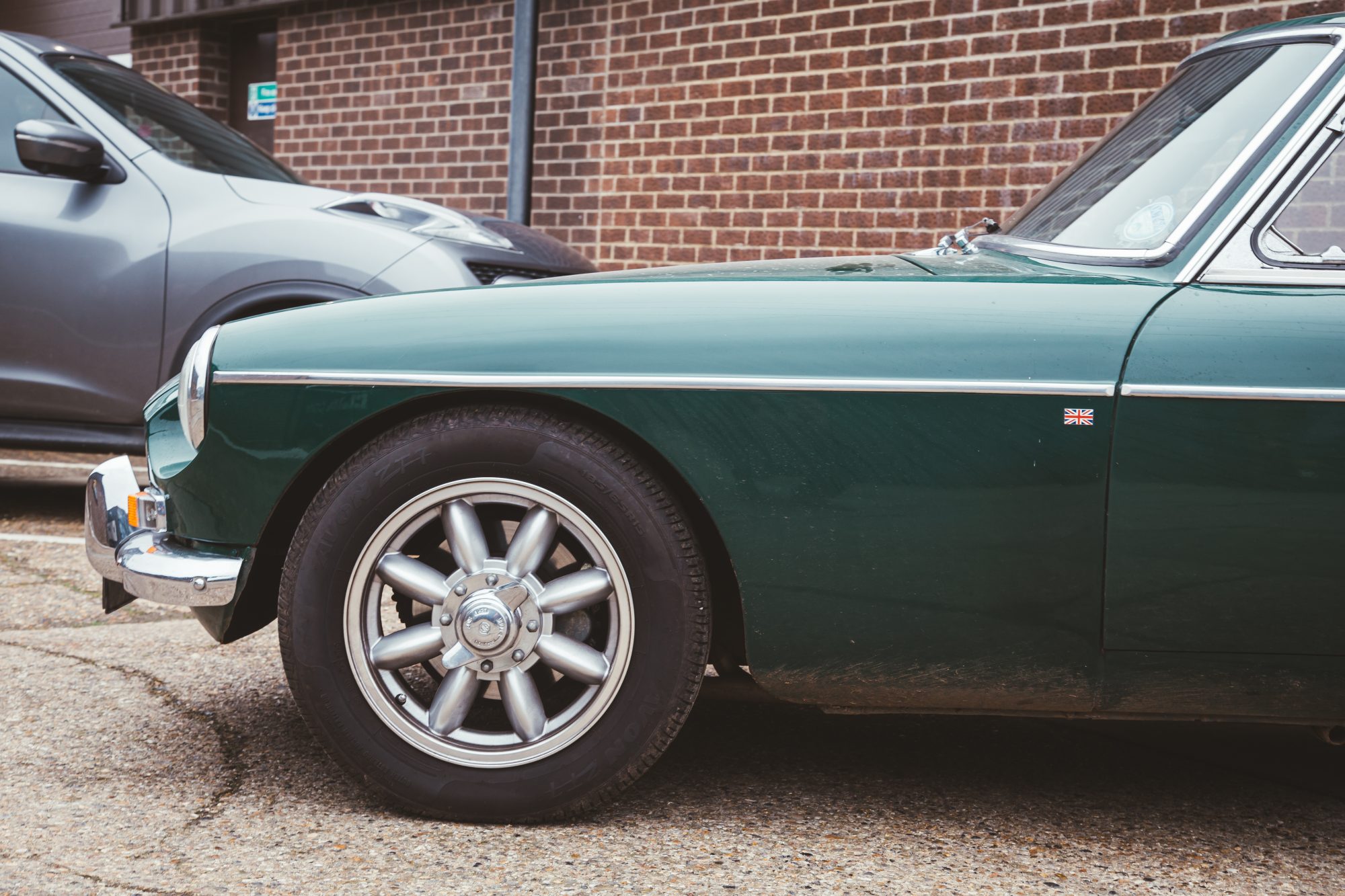

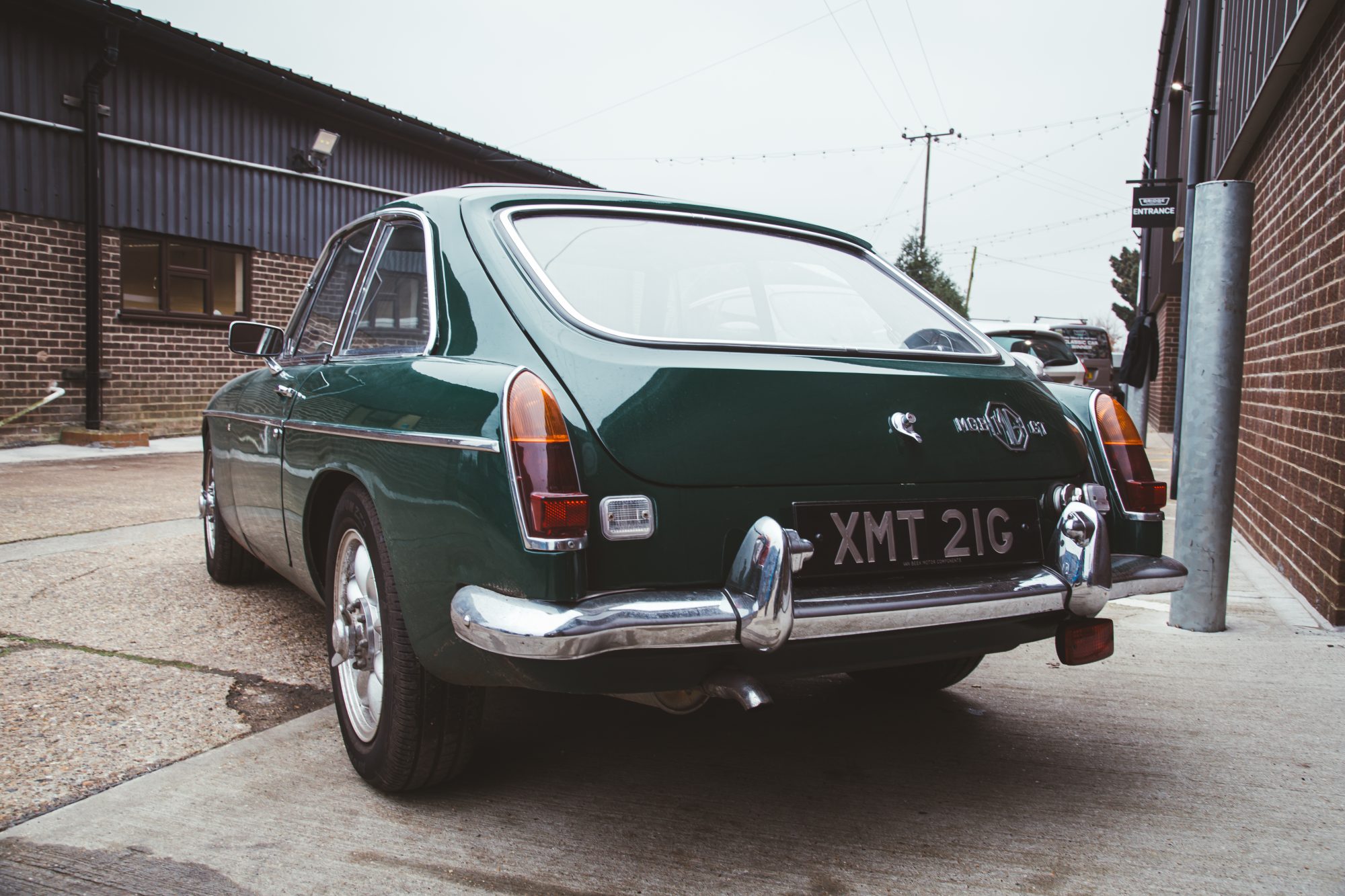
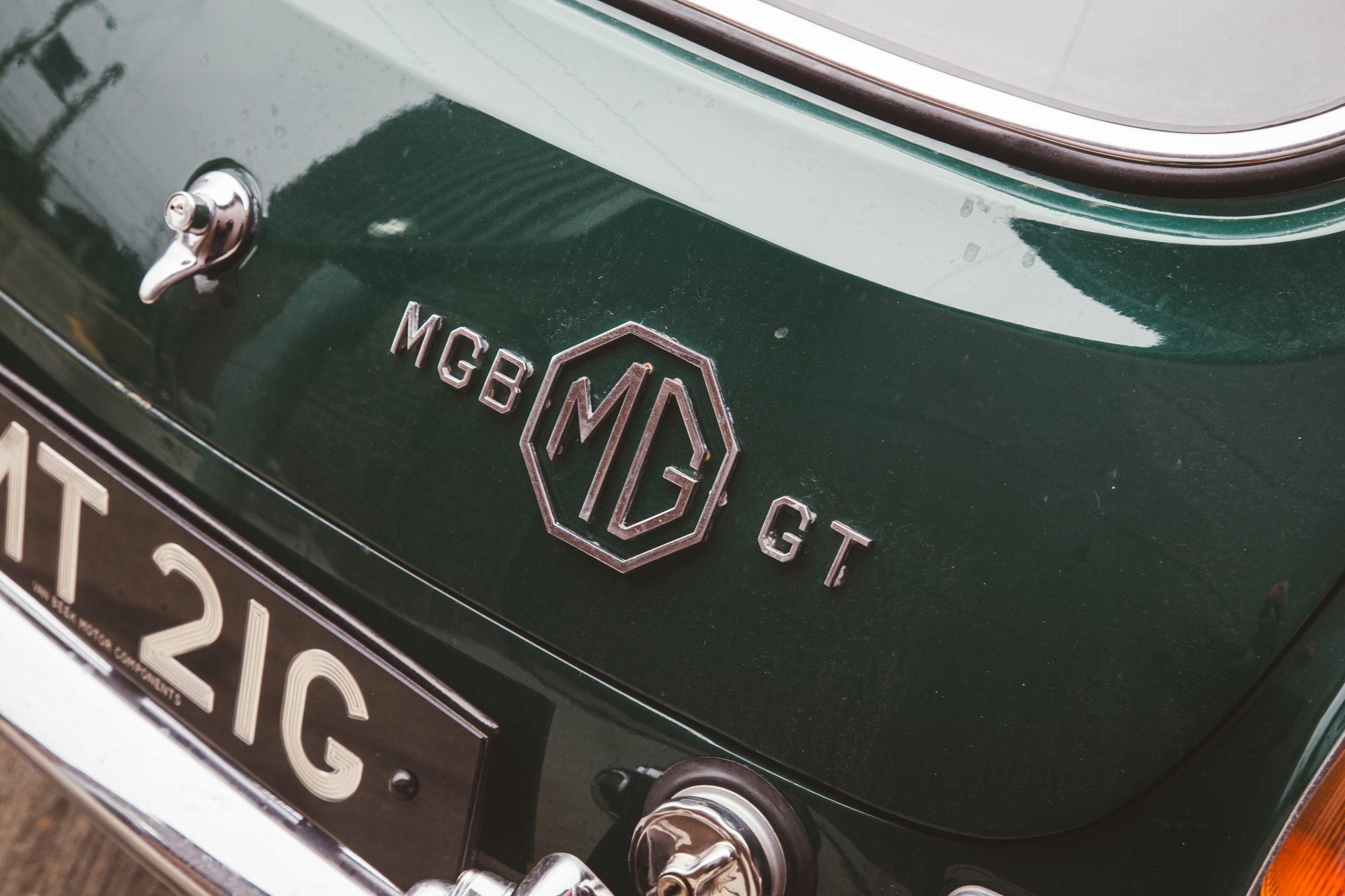
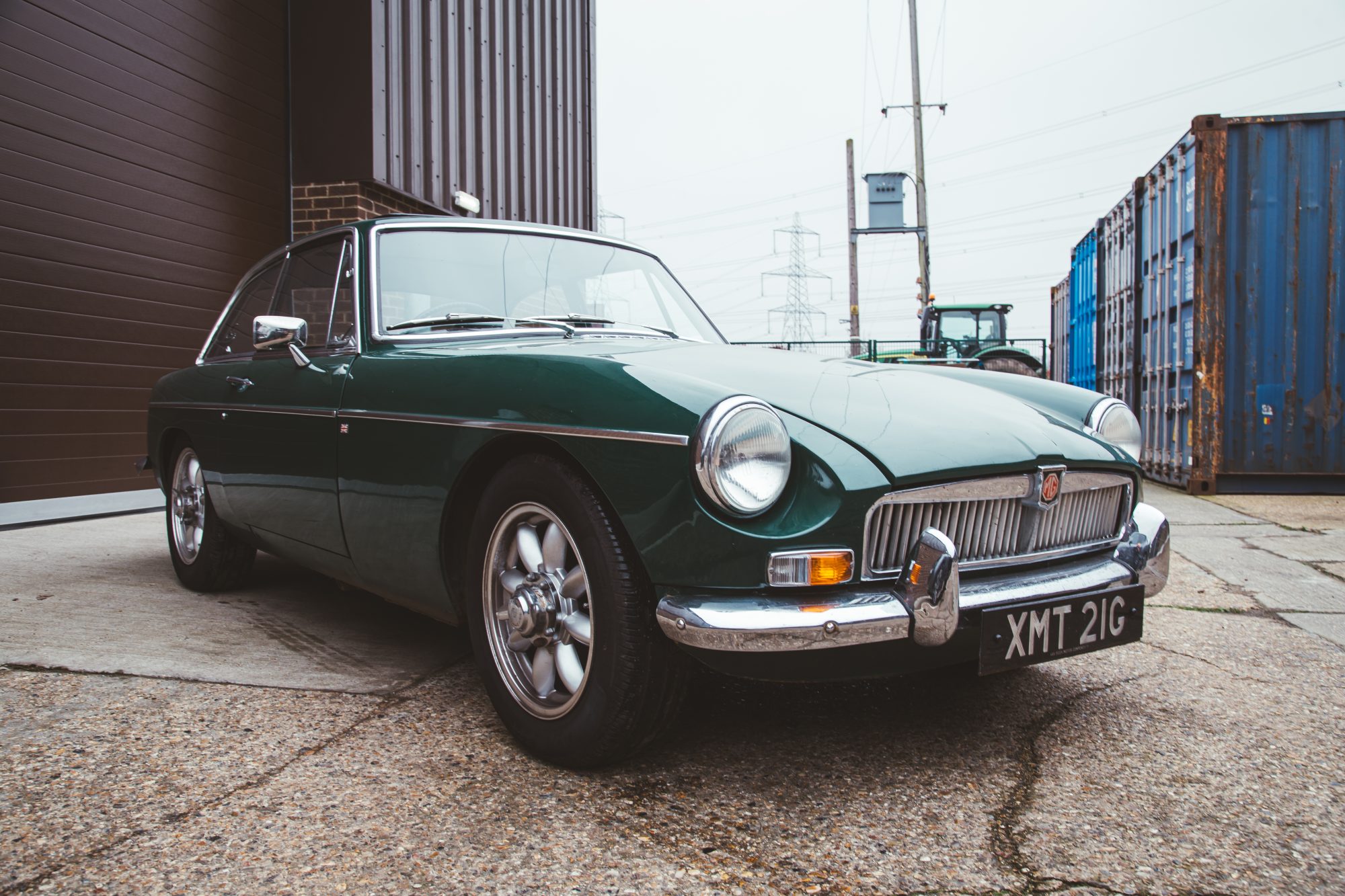
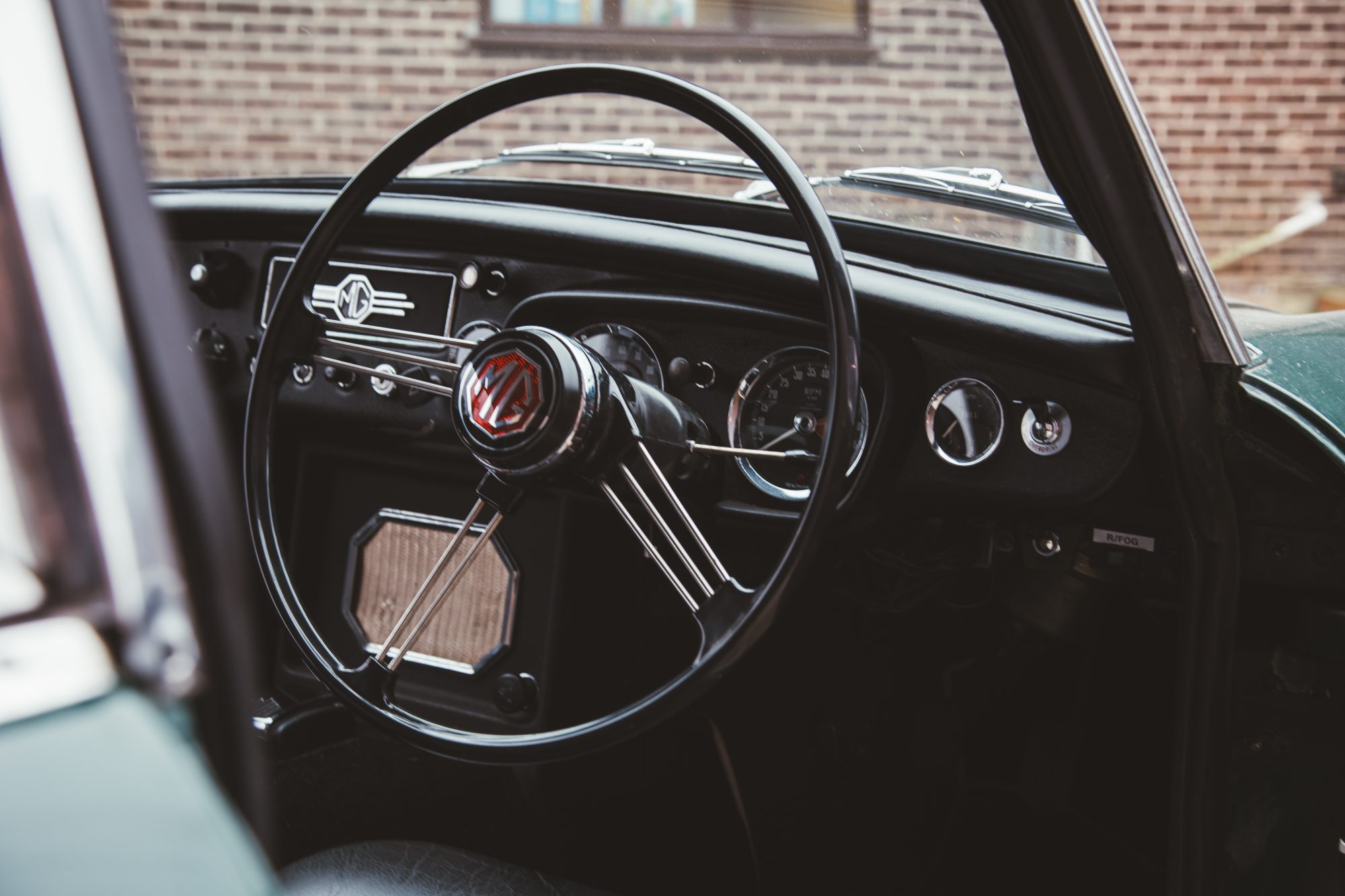
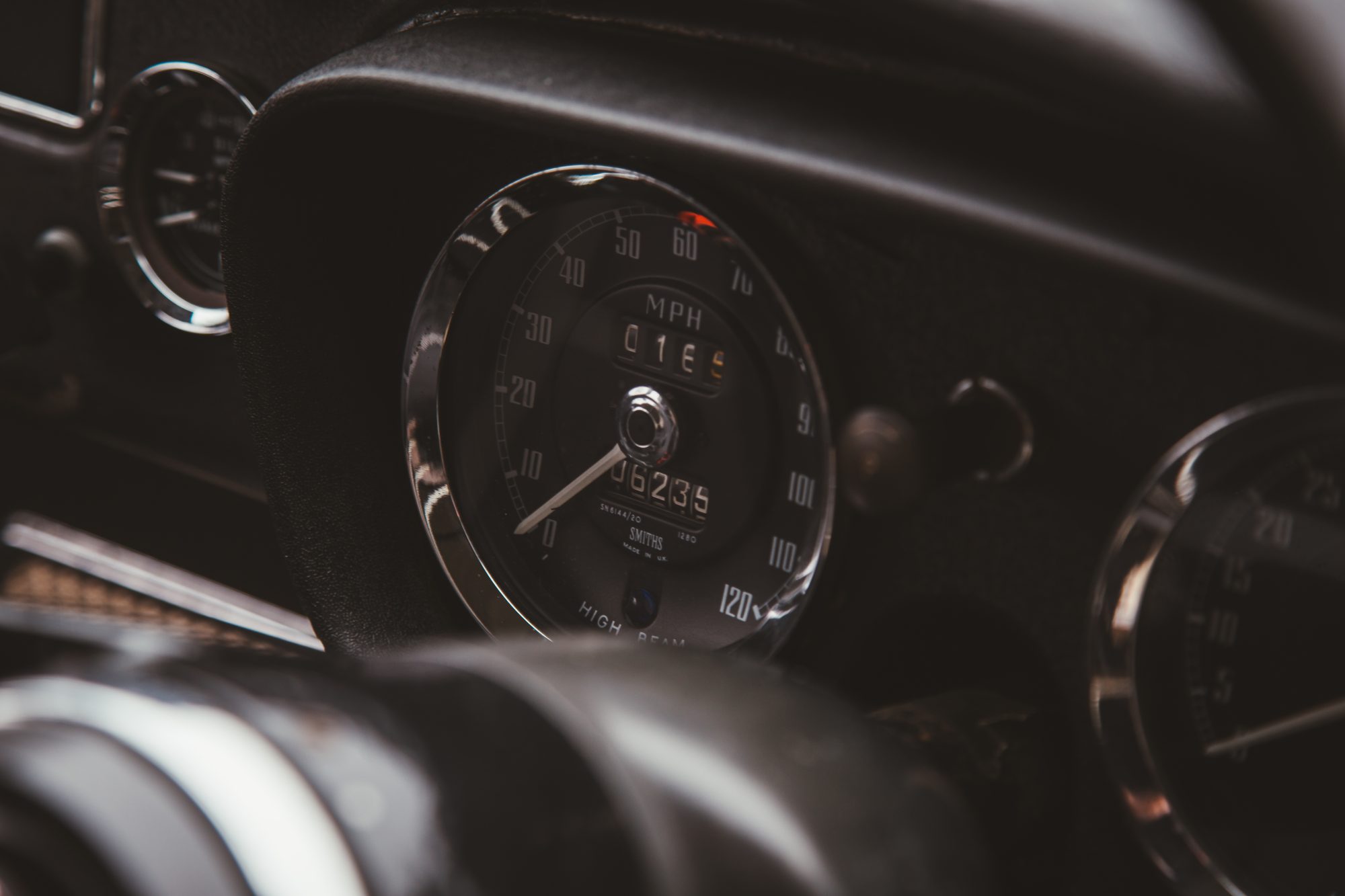

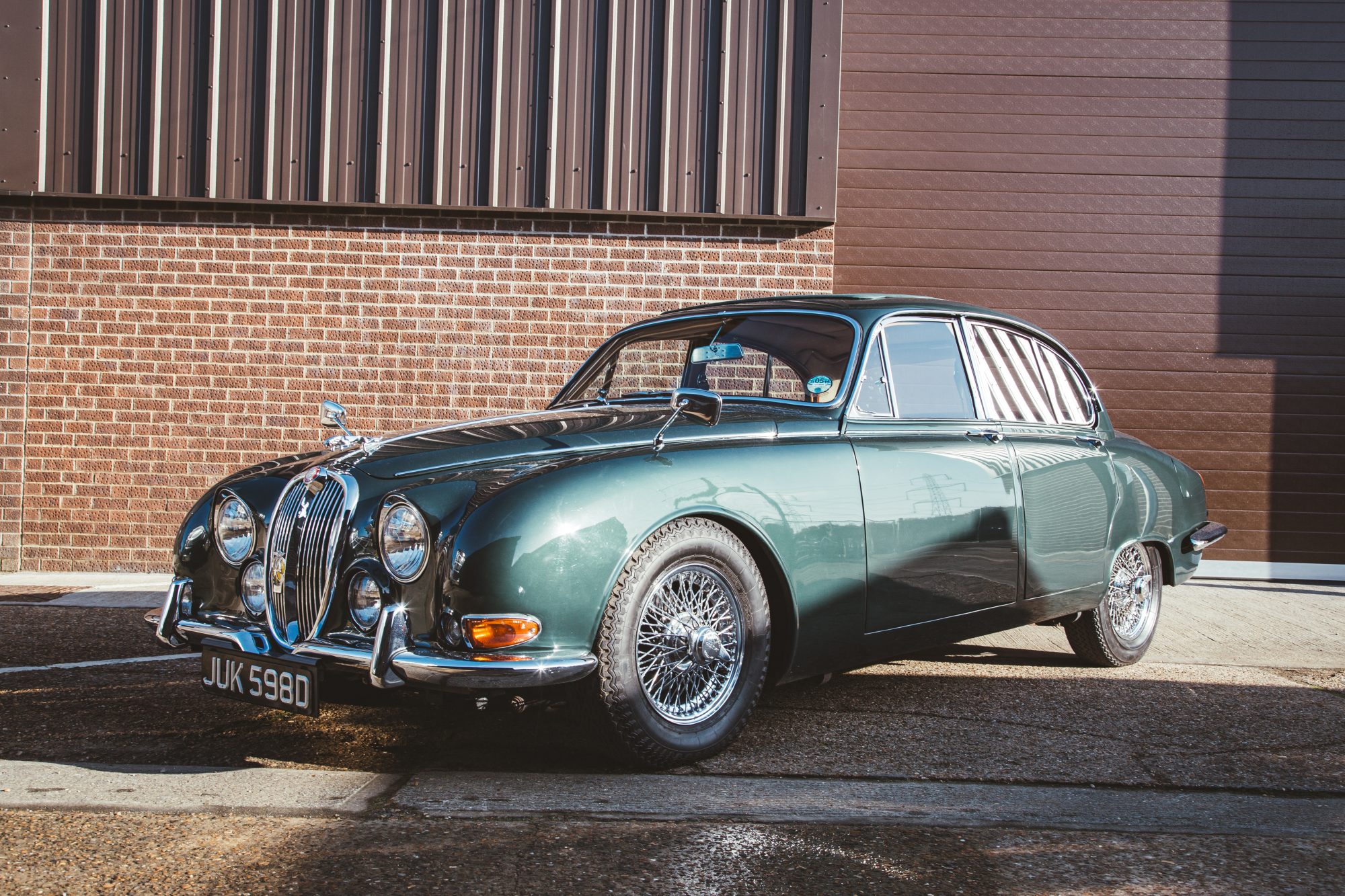
This stunning 1966 Jaguar S-Type has arrived at the Bridge Classic Cars HQ for the team to take a look at a few issues with the car for its owner.
After having its assessment by the team late last year, the team will begin ticking the tasks off of the job sheet for this absolute beautiful example of a Jaguar saloon.
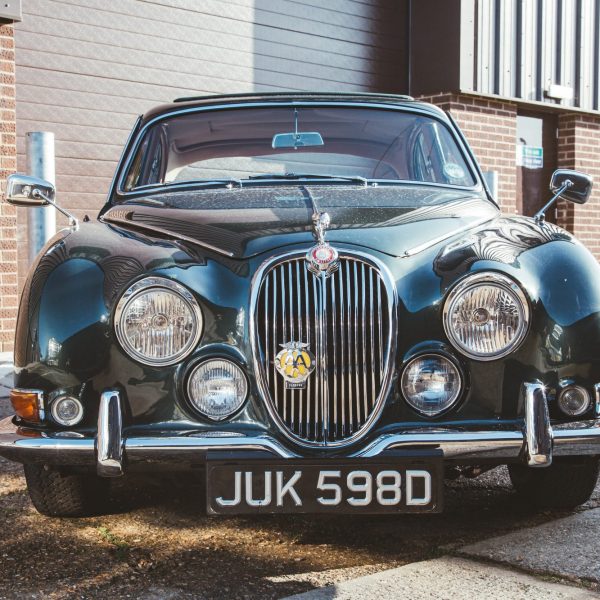
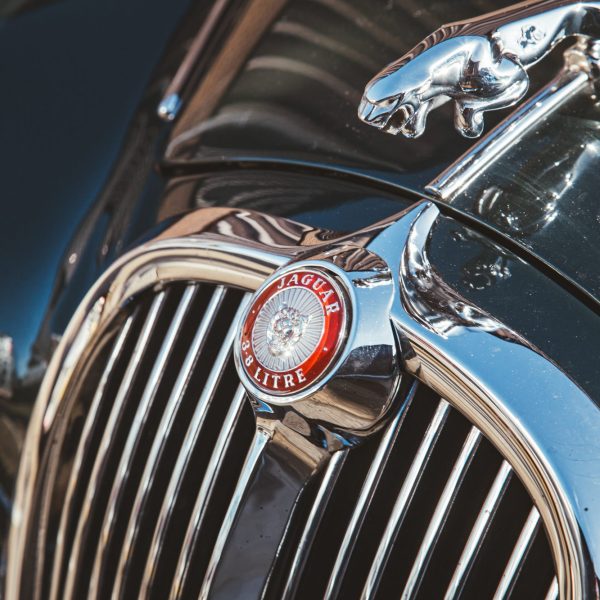

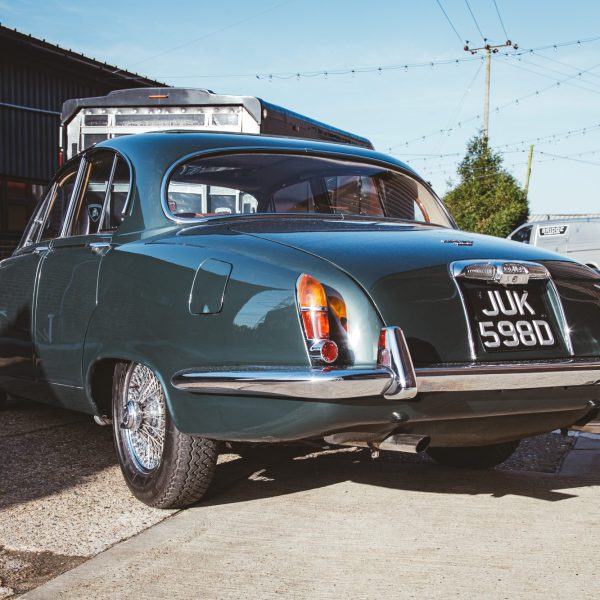


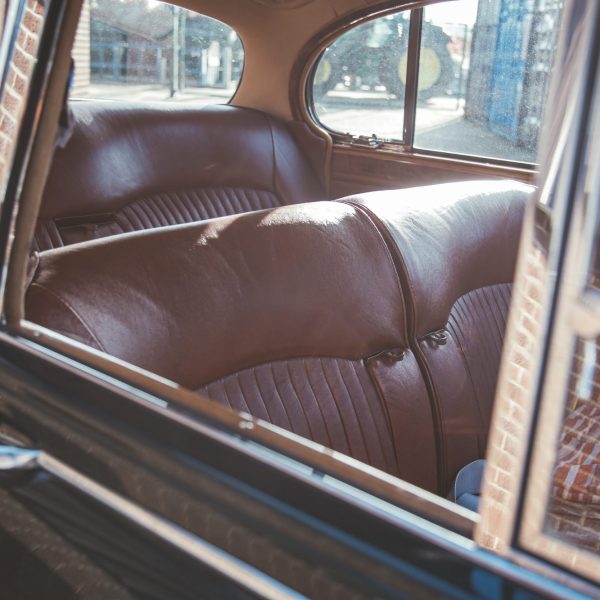

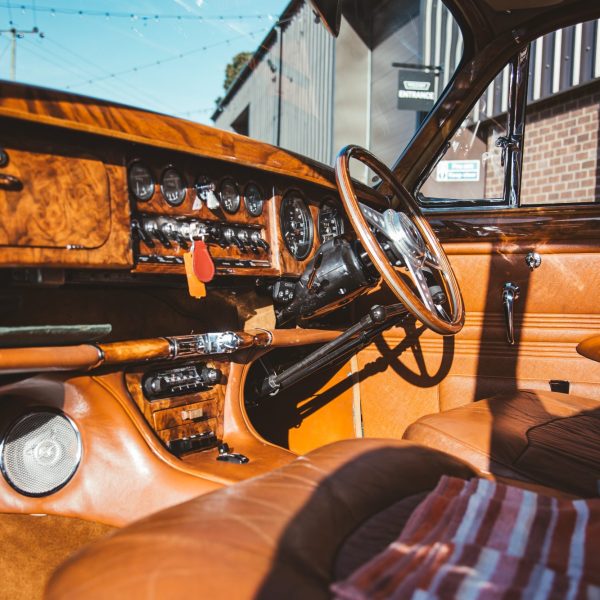
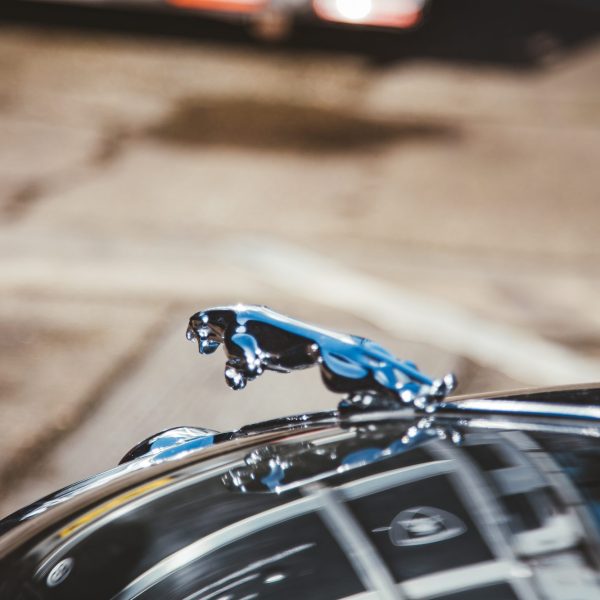
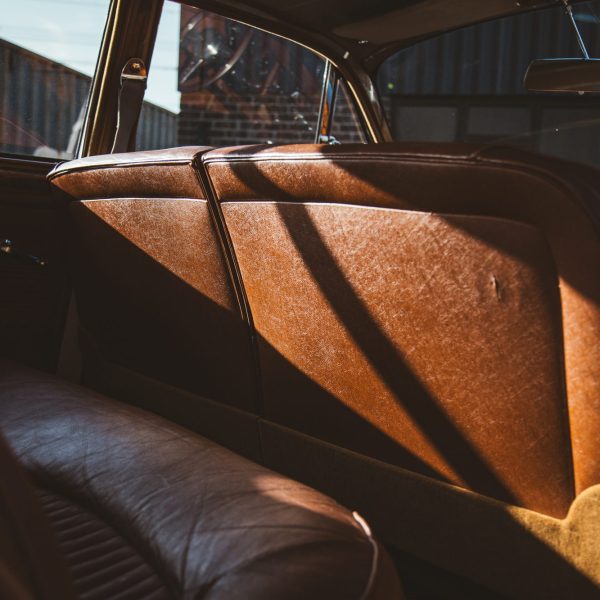
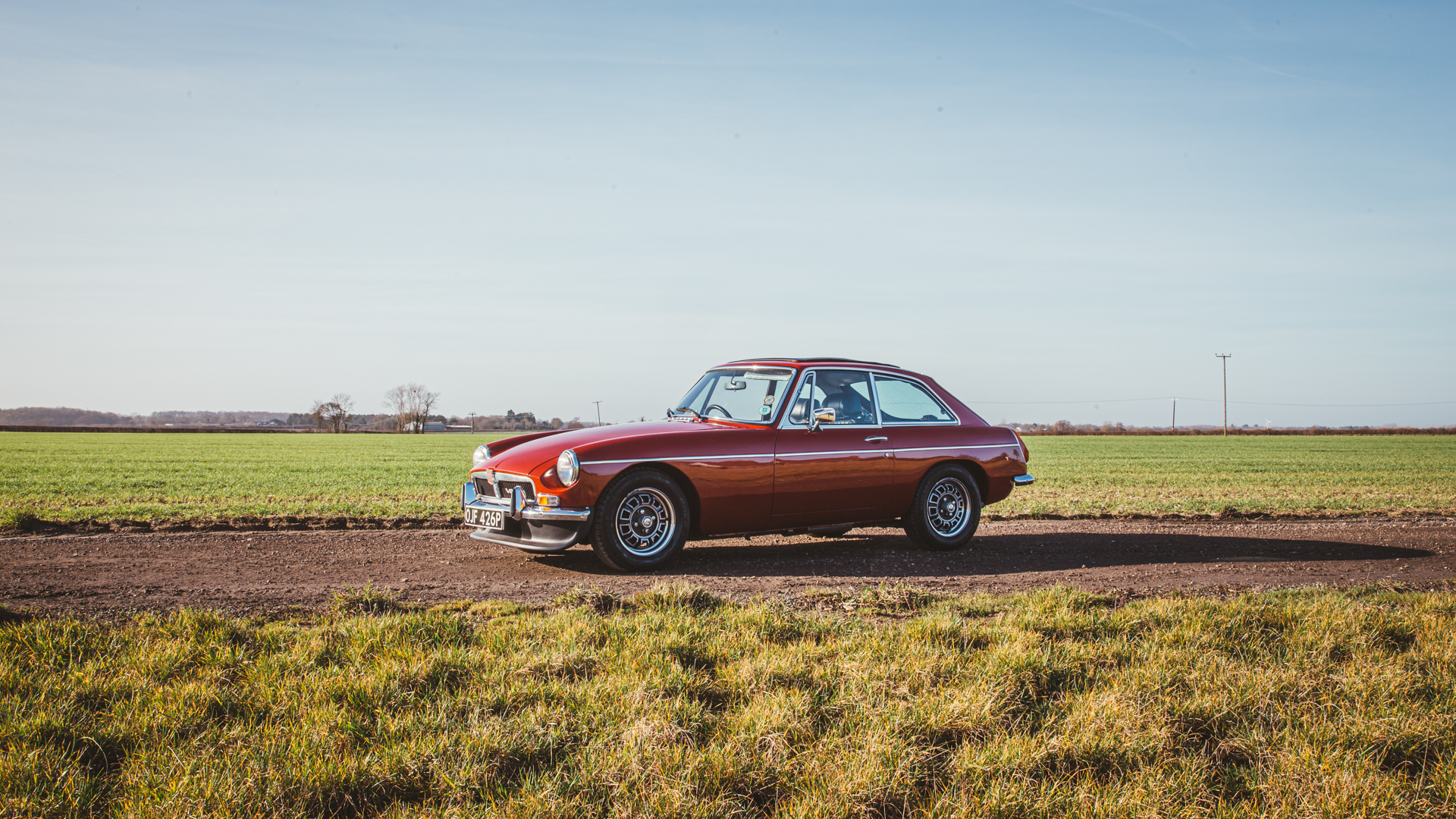
A cornerstone of the British sports car world. A car recognised and loved by so many for its usability, practicality, and it’s gorgeous looks. We are proud to offer for sale our 1975 MGB GT V8.


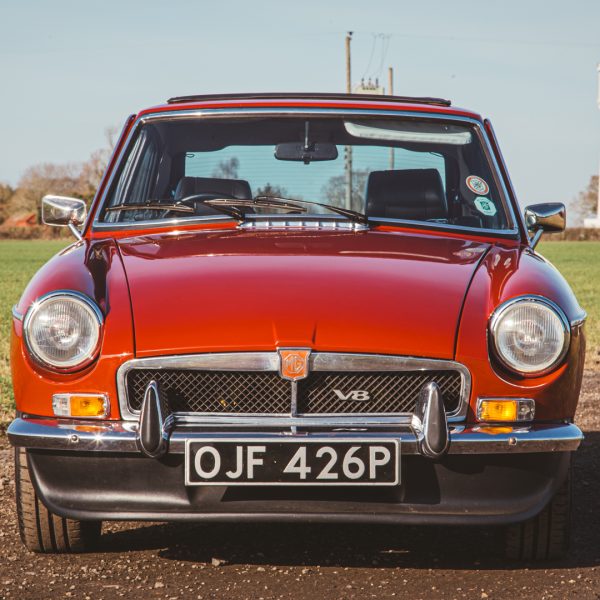
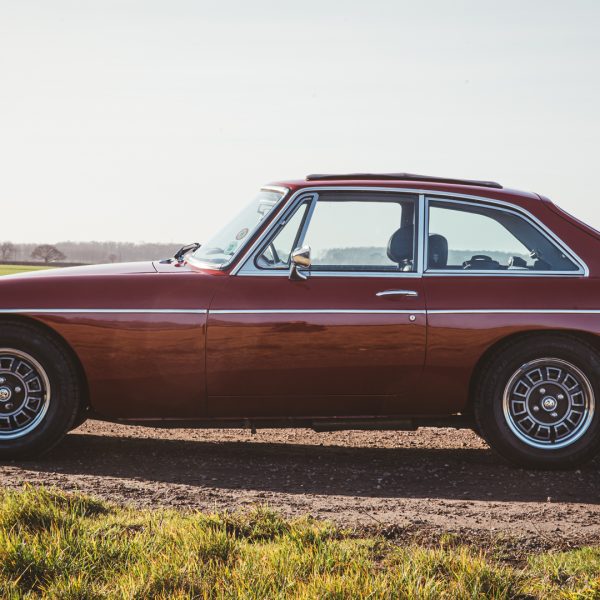

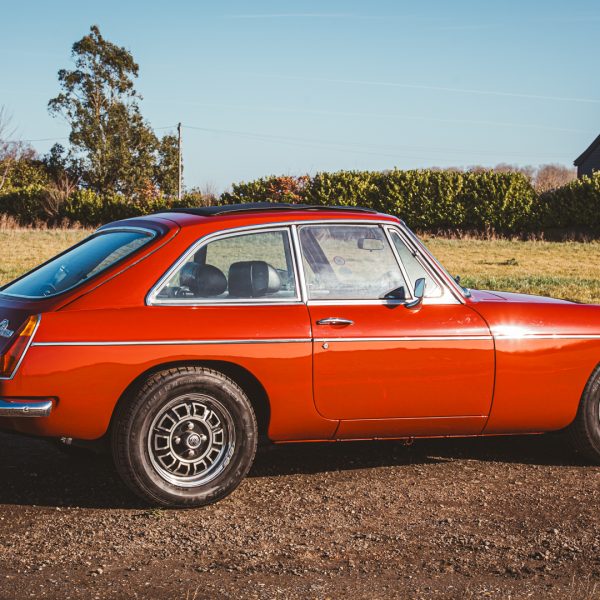
The most sought after of the MGB GT’s. Its elegant, sophisticated looks paired with the glorious rumble of the small block V8 are a recipe for a thrilling driving experience.
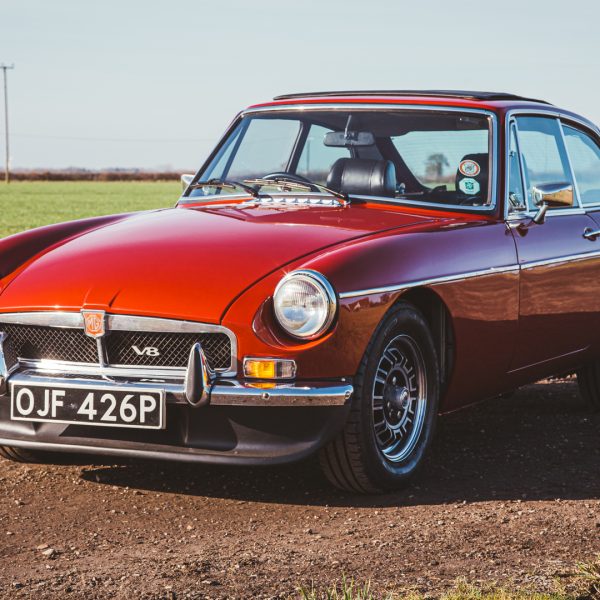
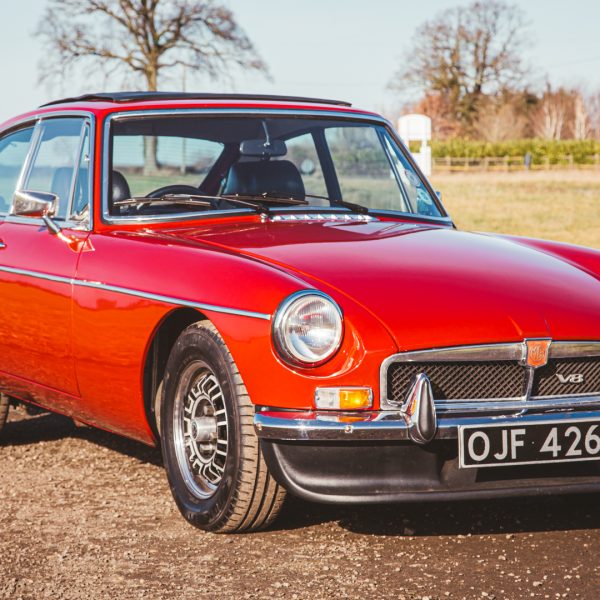

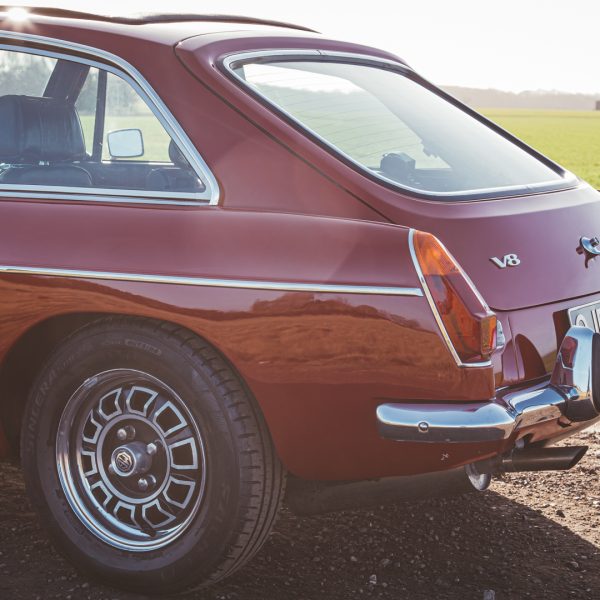
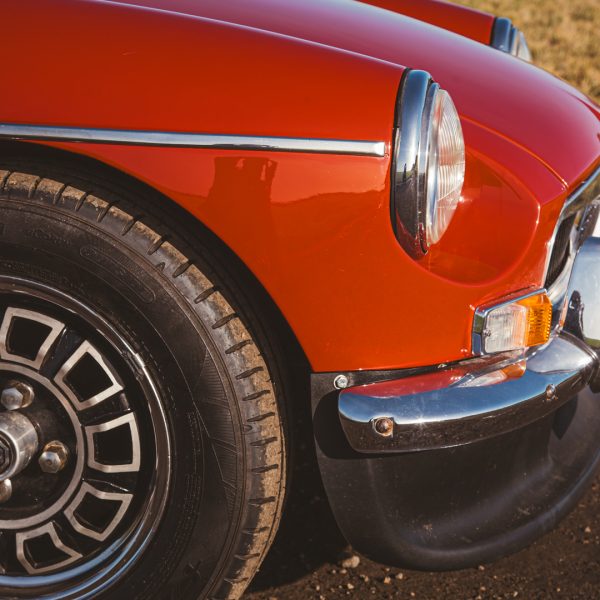

Our 1975 example is one of the 2591 V8 cars produced by MG between 1973 and 1976 and is one of the very best MGB’s we’ve had through our workshop. Finished in vibrant Maroon Red with Black accents, it is a classic and classy colour combination. The Rover sourced small-block V8 delivers 137BHP which was more than enough to get this small, nimble, and iconic sports car on the move quickly.
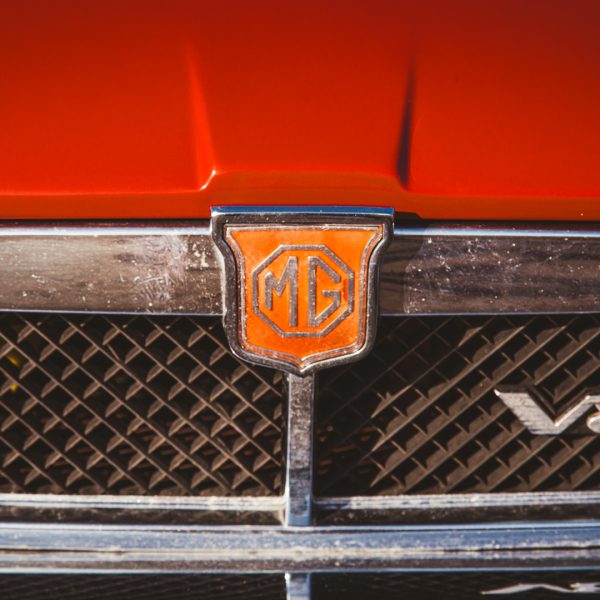


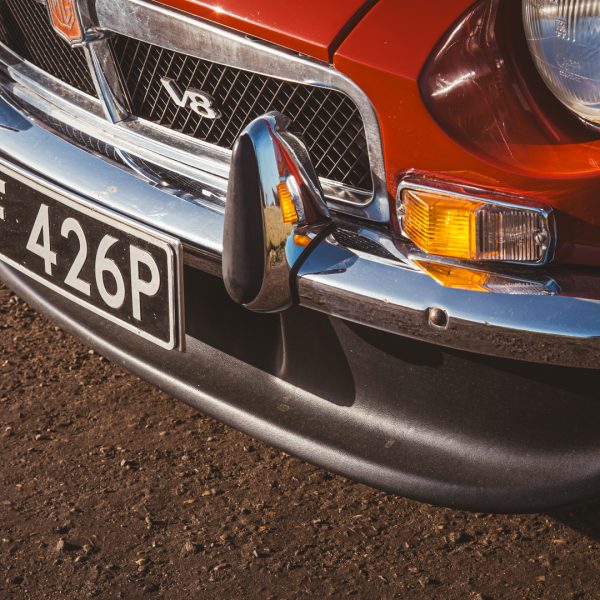
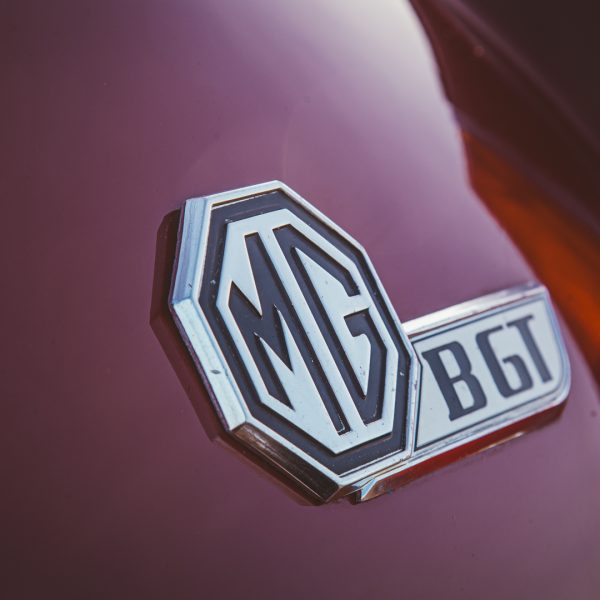

Interestingly, the V8 used in the MGB GT was the lightest V8 engine available at the time, so the V8 took 20 kilograms off the nose of these wonderful British cars compared to the 4-cylinder engine.
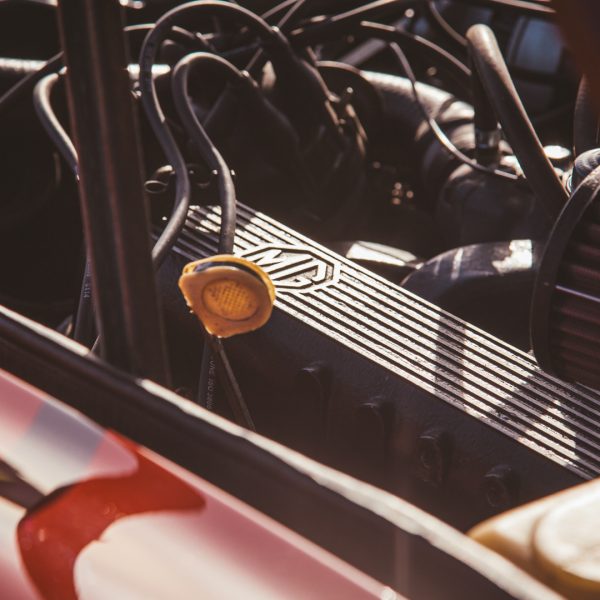

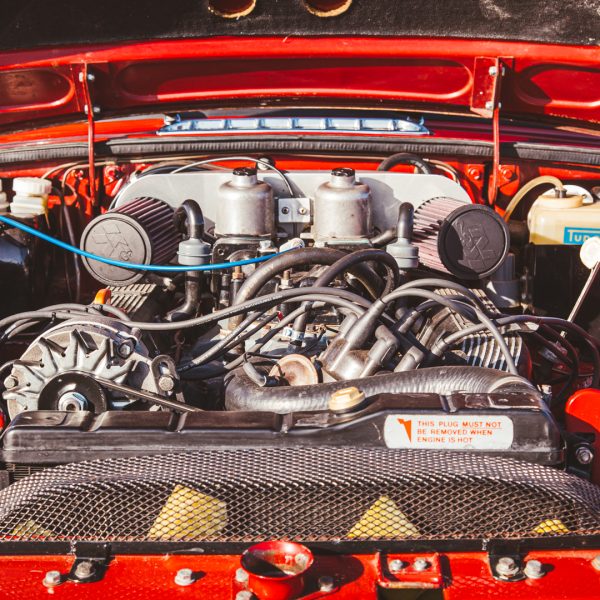
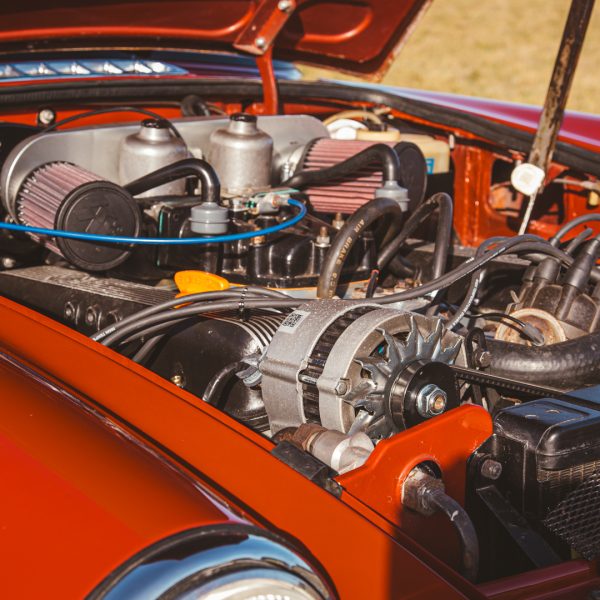
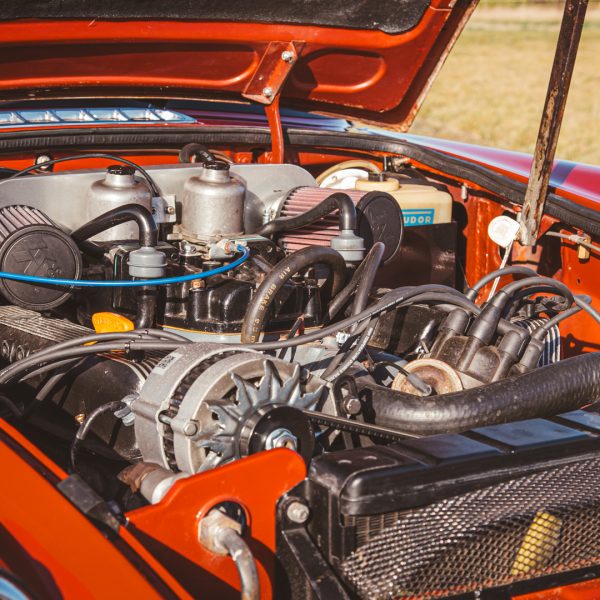
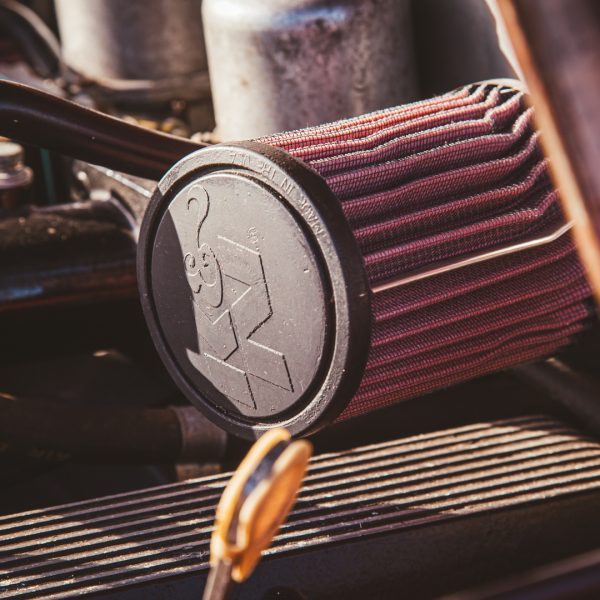
This car has a well-documented history with invoices from parts specialists as well as extensive MOT histories dating back to the early 1990s. The file also includes photos from its bare metal rebuild in the early 2010s with photographs of its journey for its next owner to pour over.

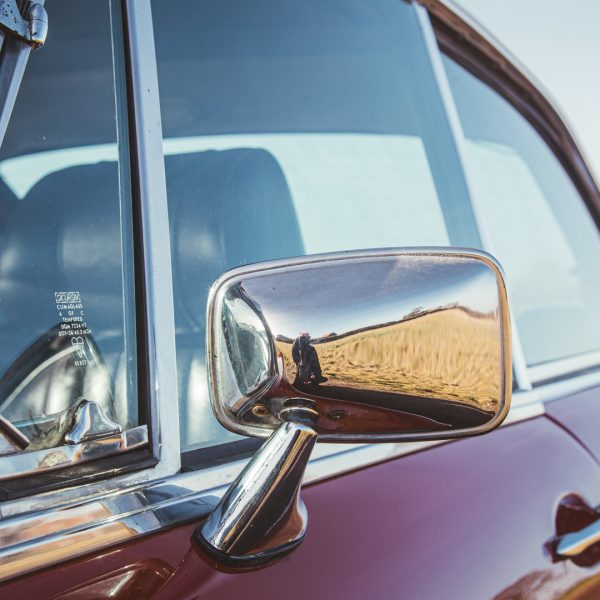

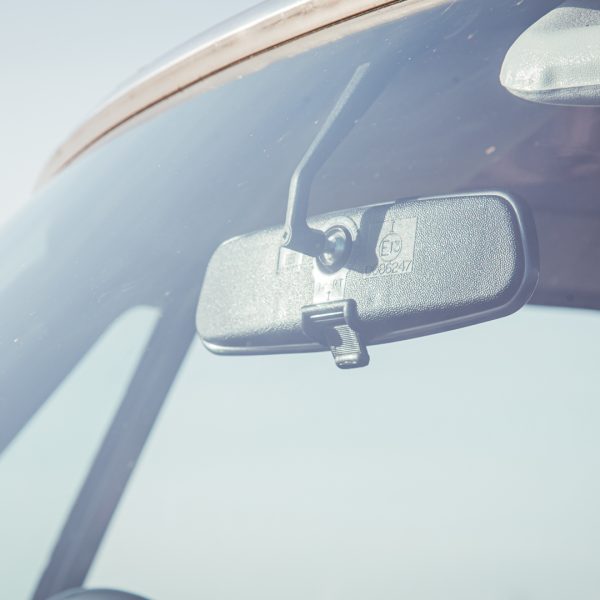
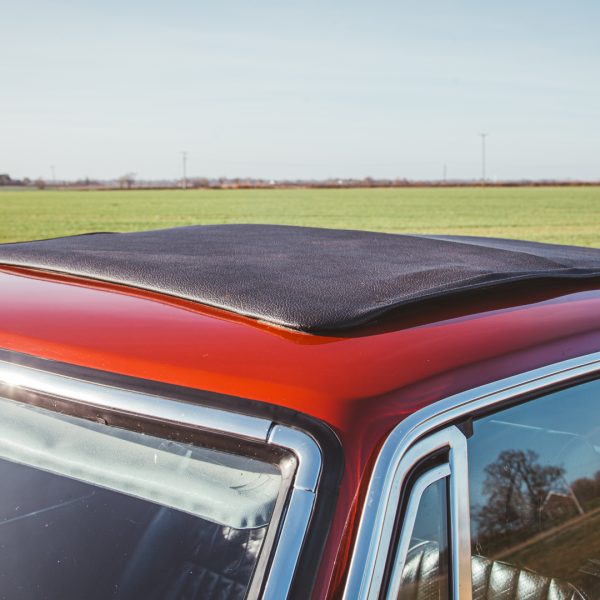

This car also features a fold back sunroof for those warm summers days where you can roll back the top and go out for a blast to enjoy that intoxicating V8 rumble and the playful dynamics of the MG’s handling.
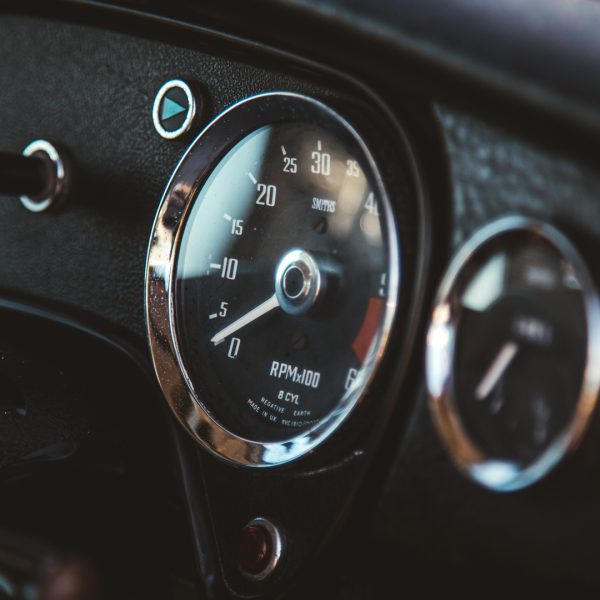
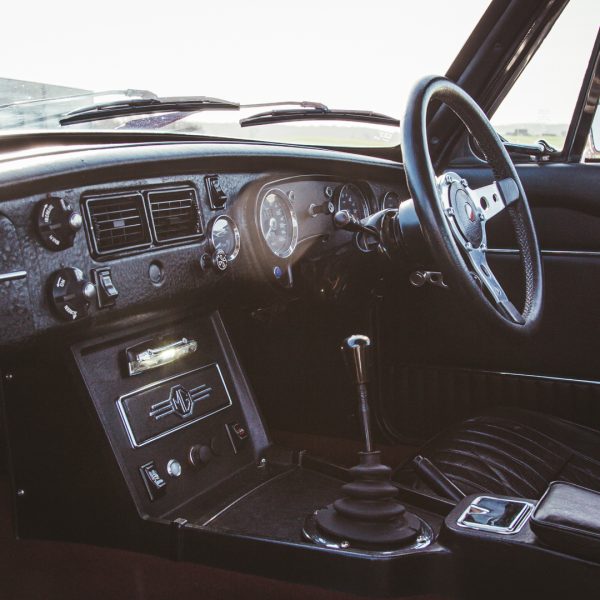


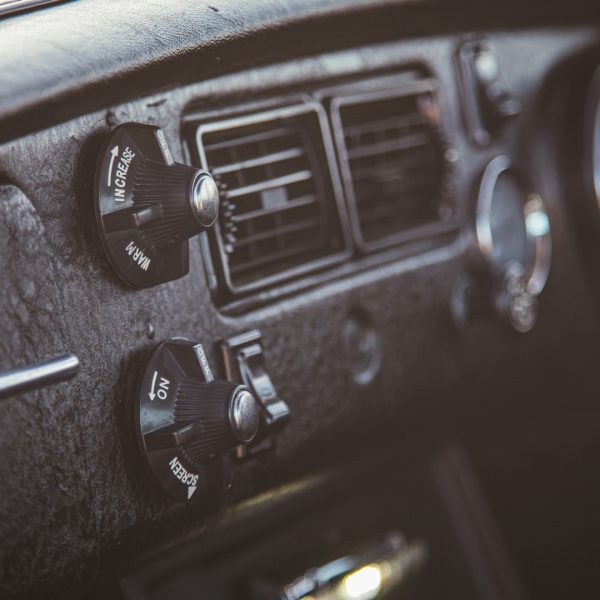
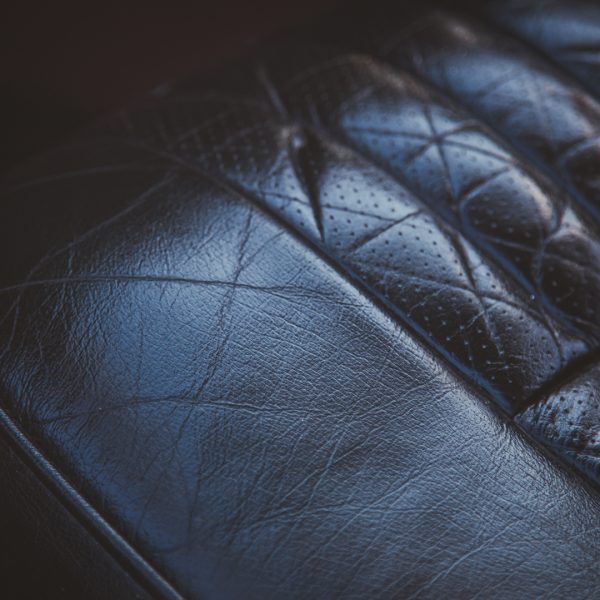
One look at its famous slender grille and you can’t miss that glorious badge staring straight back at you with the simple “V8”. The car also features the multi-piece wheels which were a signature of the V8’s and special editions that came out during the cars production run.
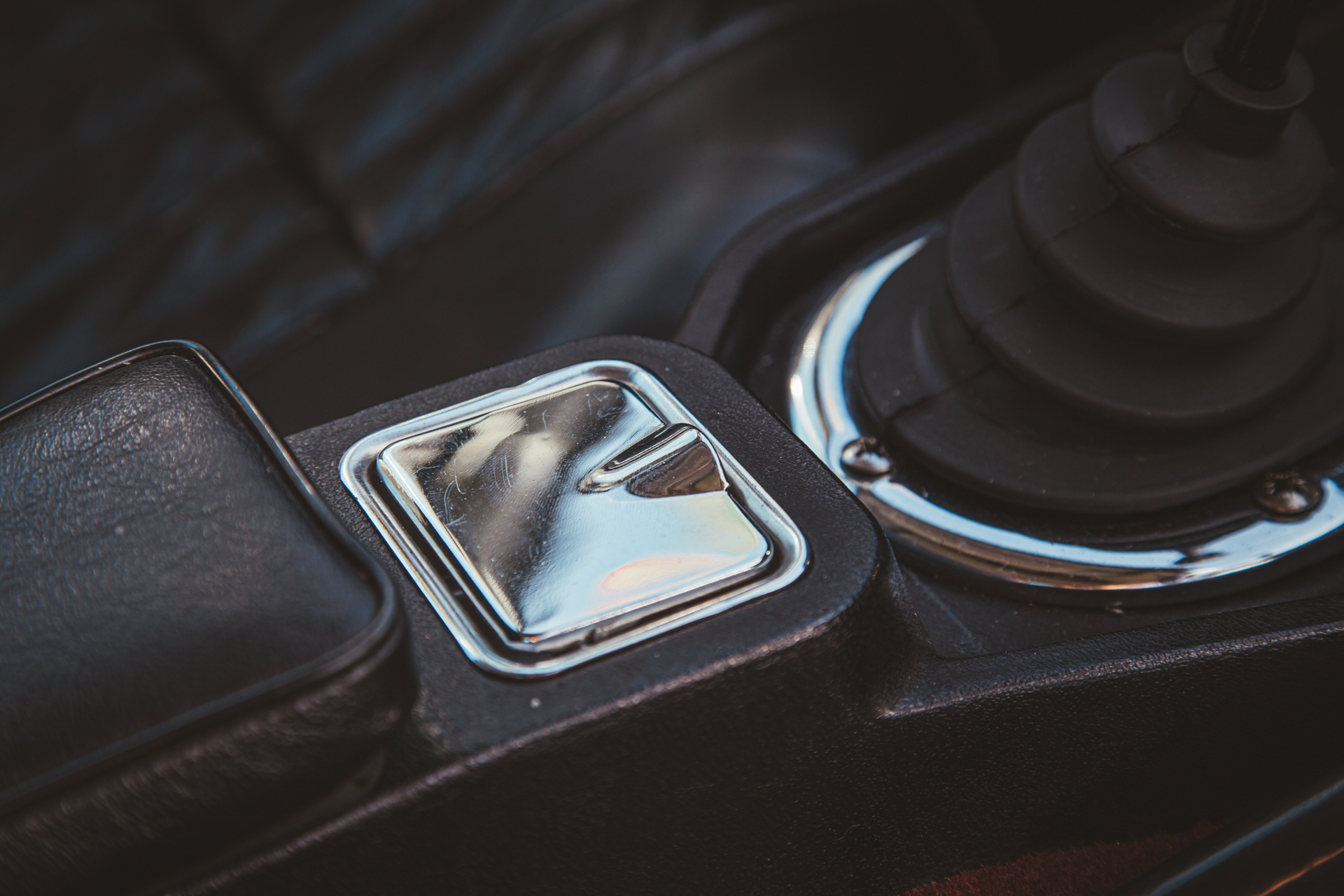
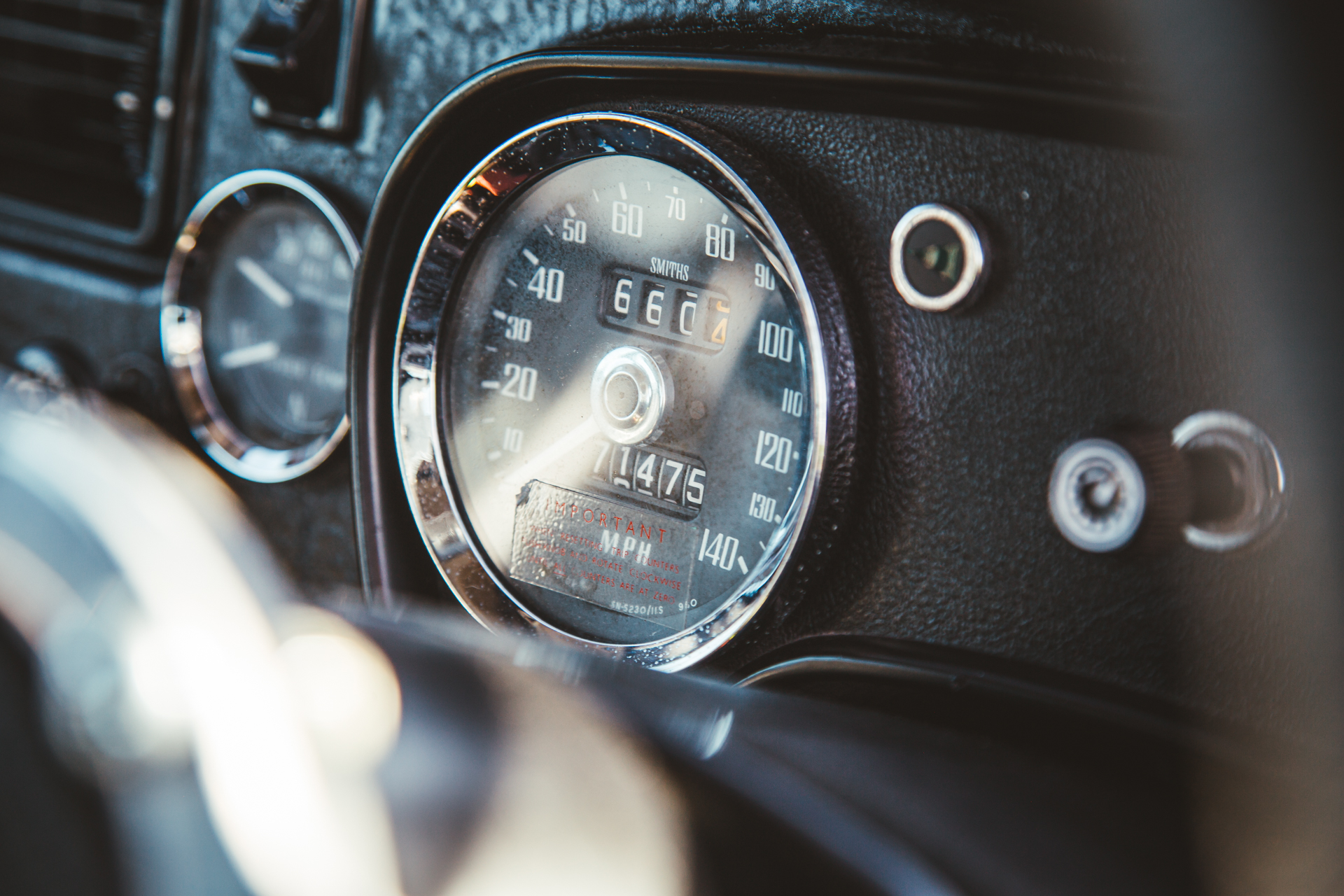
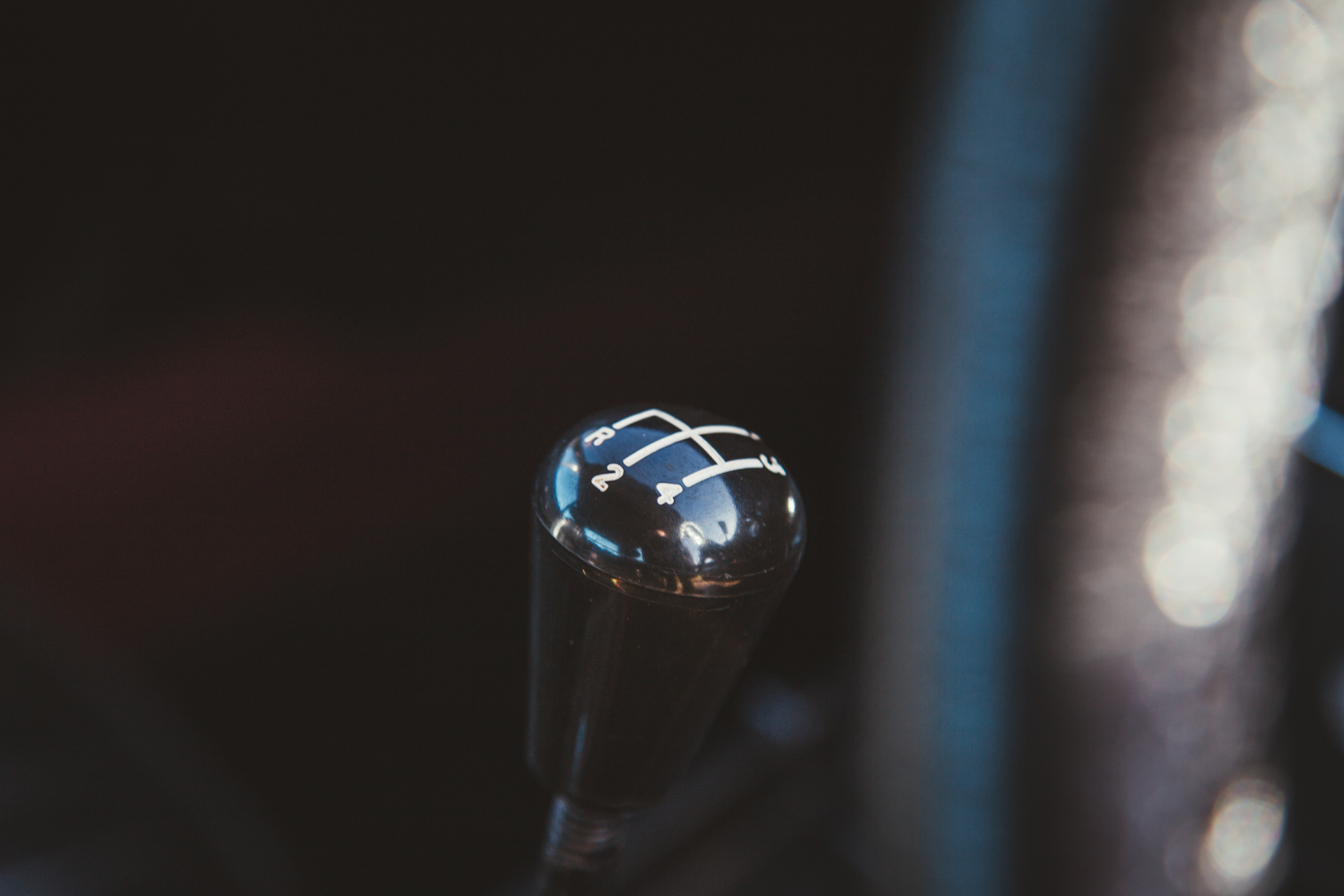
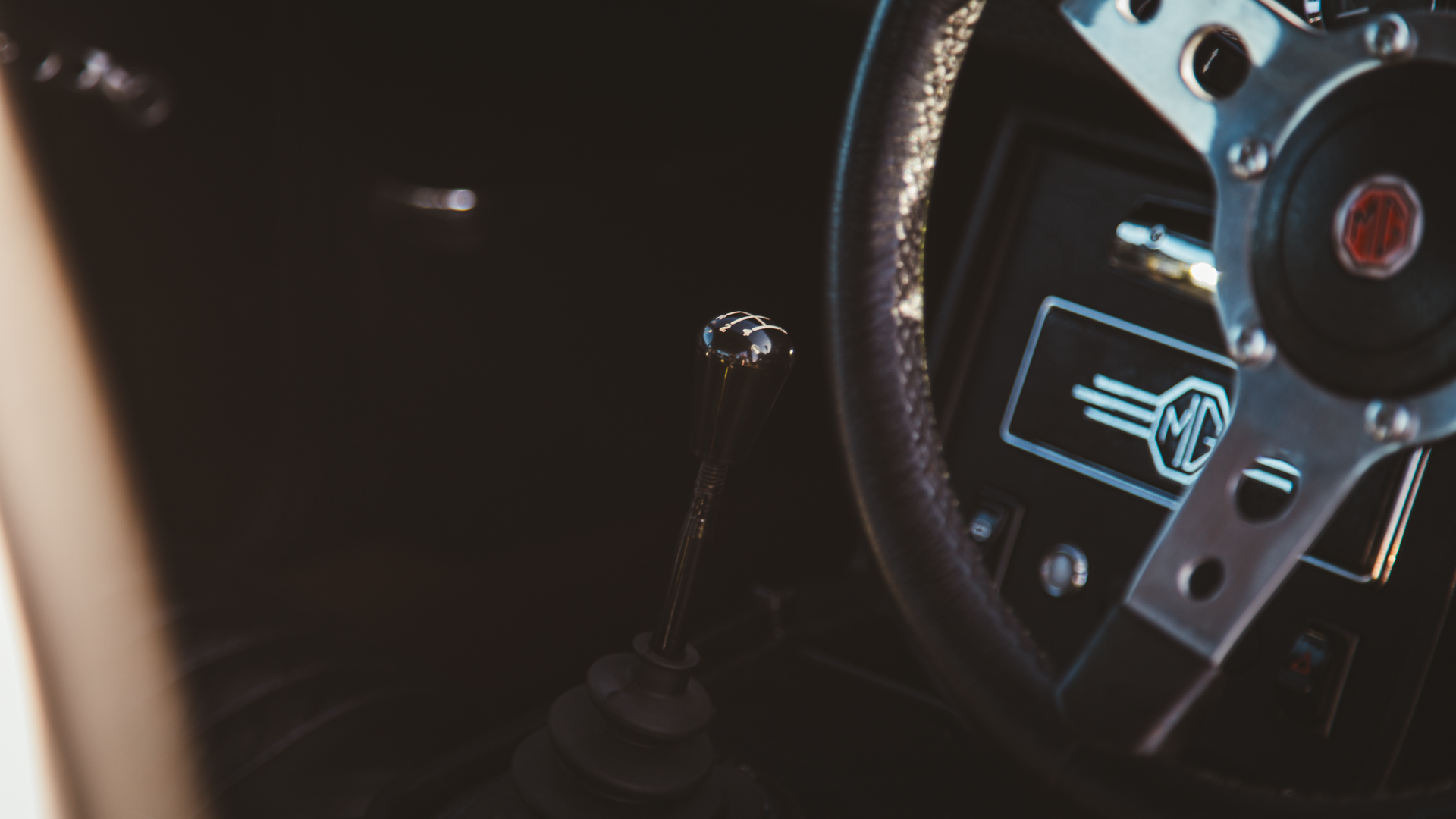

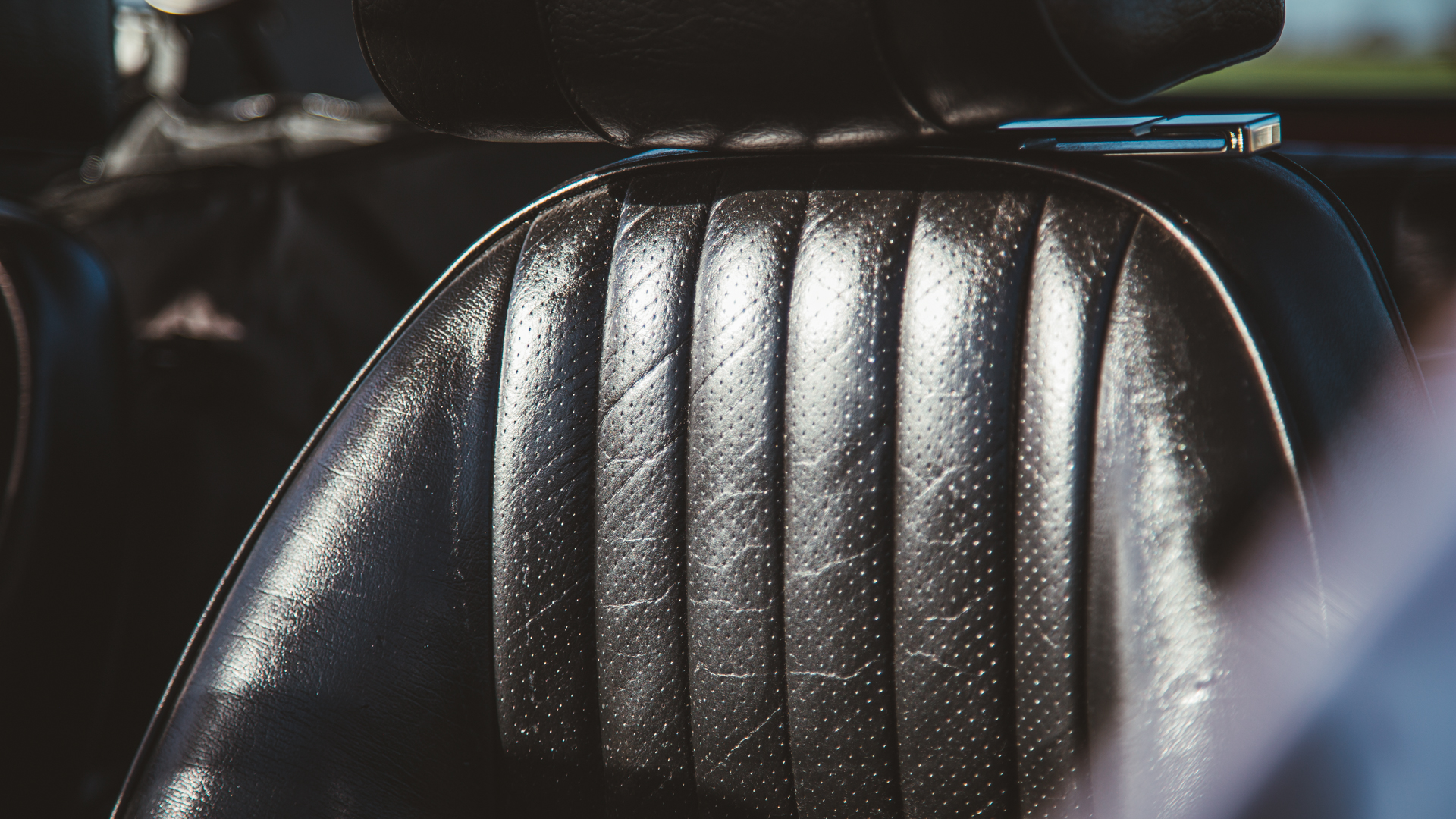
This car was recently sold through our good friends over at Car & Classic.
The transport team at Bridge Classic Cars have been out and about to collect some important pieces for our 1951 Austin Devon Pickup.
Firstly, the team headed to Coltech to collect the freshly rebuilt engine which will find its way underneath the carefully restored bodywork currently in our fabrication bay at our Pettistree HQ.


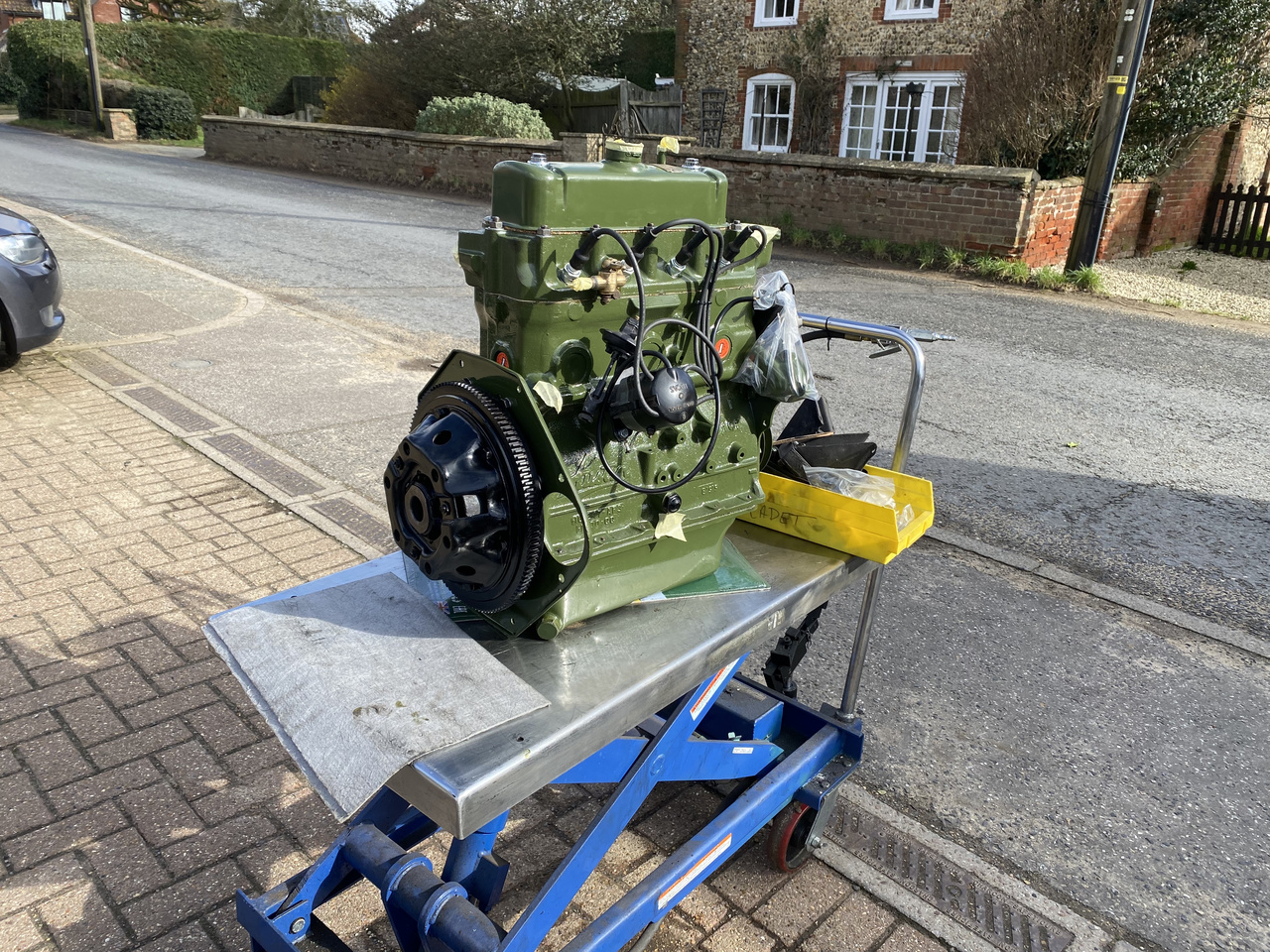
Then the team headed out once more to go and collected the recently powdercoated bed frame which make up the rear end of our 1950s pick up truck.
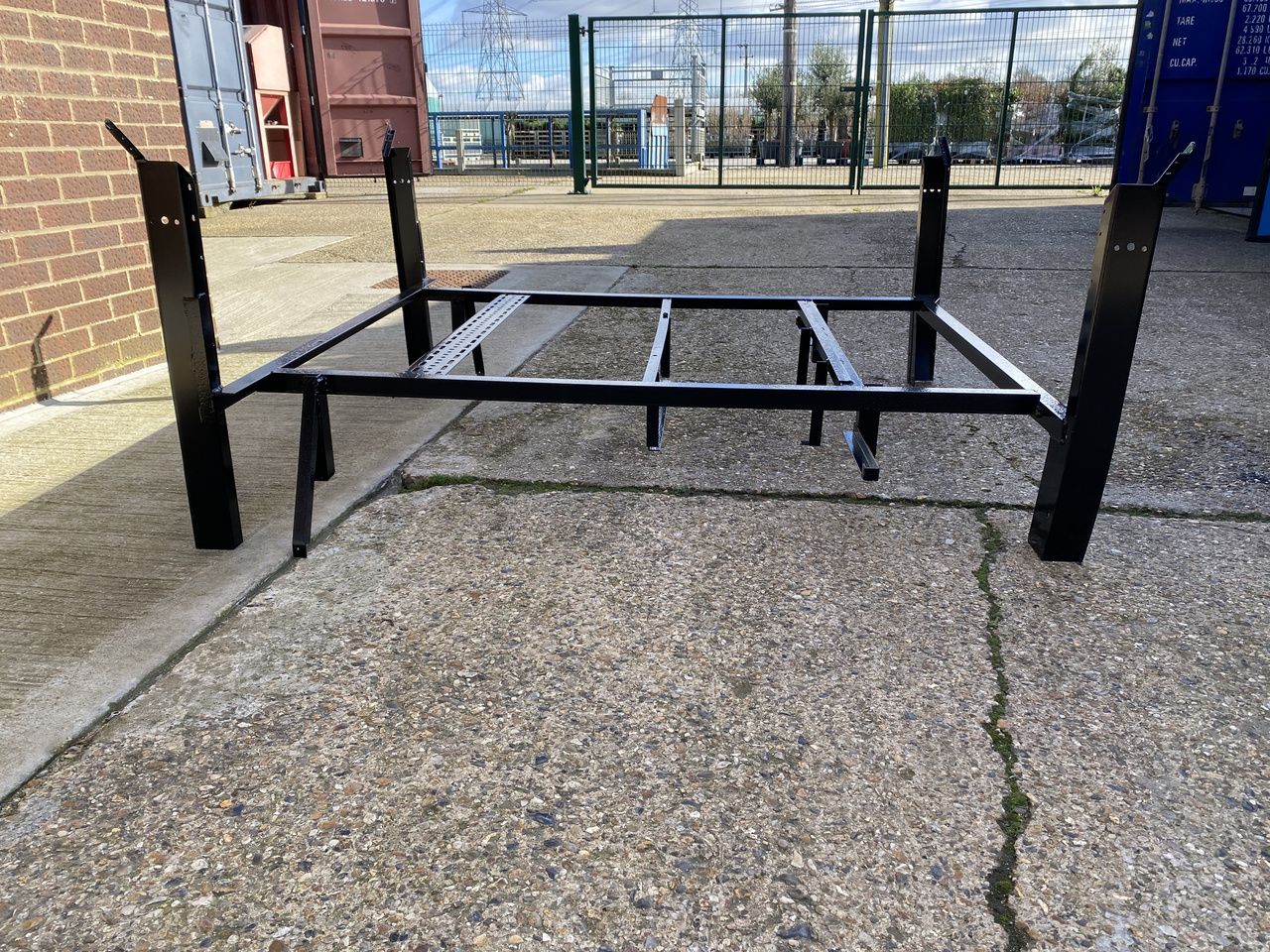



Our restoration technician Steve has carried out the final job on our 1982 Bedford HA before it heads off to its new home and its excited new owner – the handbrake cable.

Our technician Jon has been working on getting our 1978 Triumph Spitfire ready for its live draw tomorrow! After refiting the nearside door panel he then continued with some work on the offside exterior door handle.
Jon fit the new striker screw to the catch mechanism and refit the handle under load from the striker. After securing and testing, the handle perfectly hits striker earlier and opens the door fine now. All that was left was to the refit door panel and tidy the area.
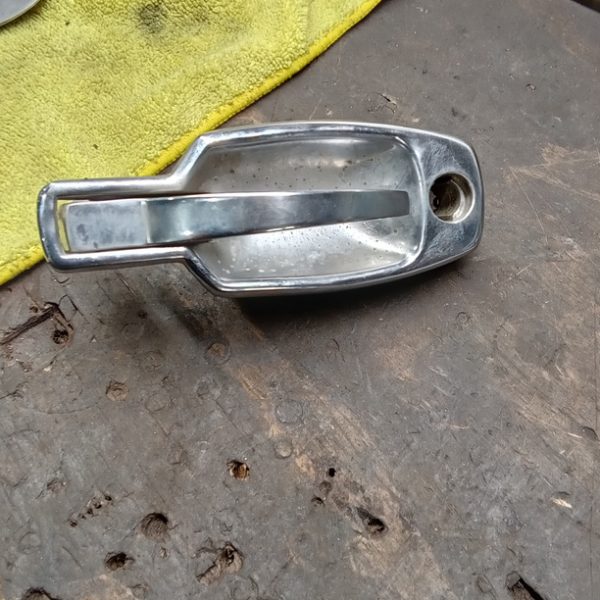
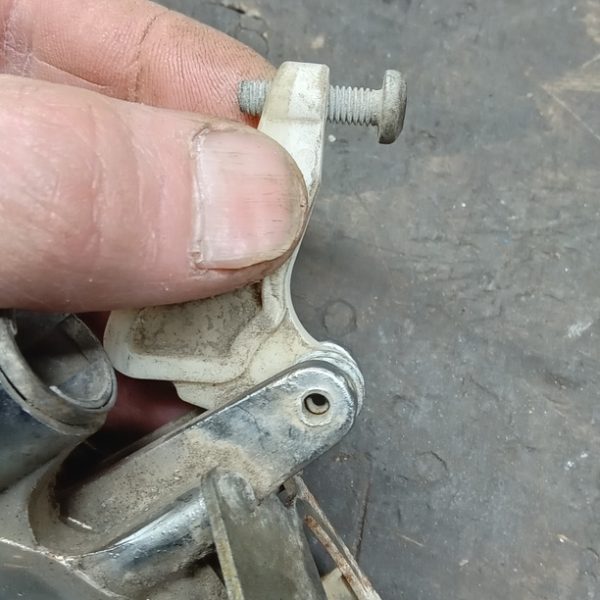

Afterwards, Jon then managed to finish the final inspection on our classic Spitfire. He then went on to strip, clean and inspect brakes all round. During the inspection, Jon discovered some wear makes on the rear brakes so deliped the rear drums and adjust rear shoes/handbrake. He could then move on and grease all points. Once all of the mechanical jobs were complete, he then wired in the switch to the map light and mount in the dash where he could then refit all the neccesary trims before removing the nearside door panel and attempting to adjust the window angle which required spacing out the runners at the bottom of the door with washers


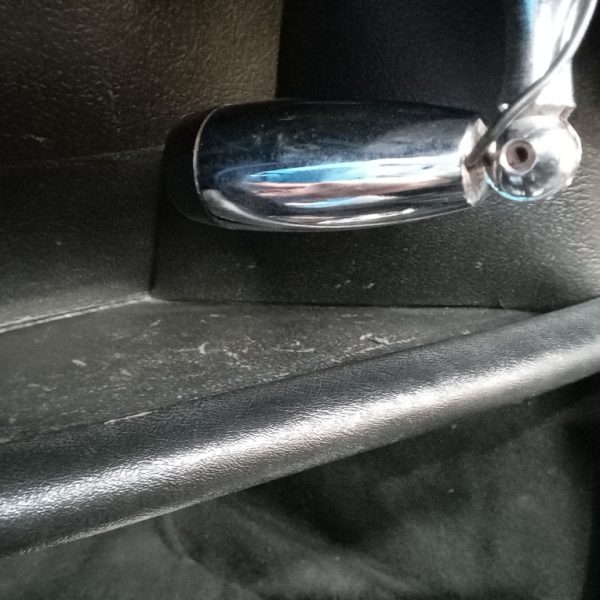


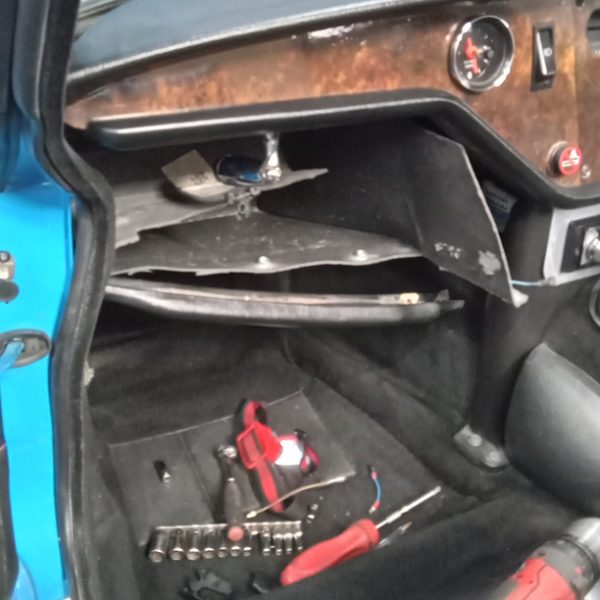
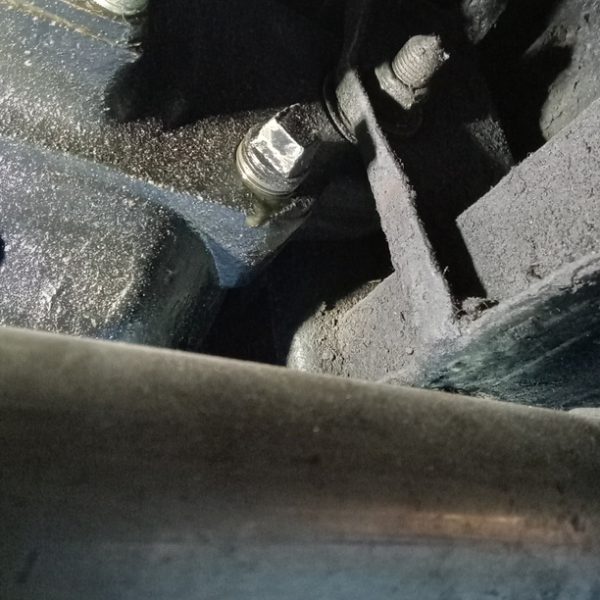
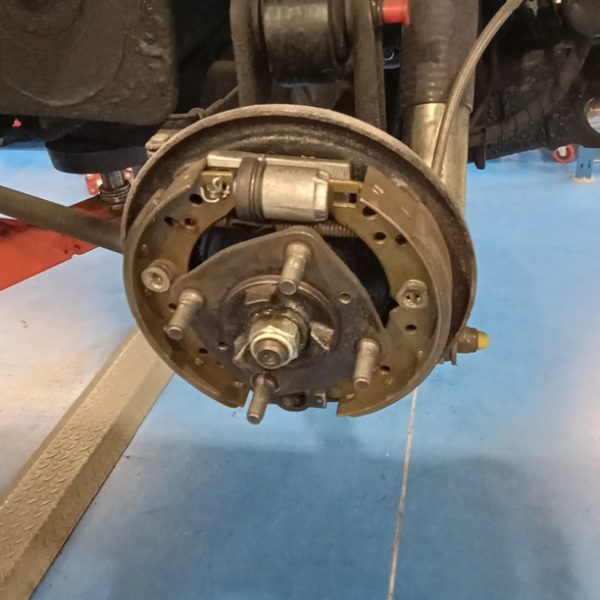

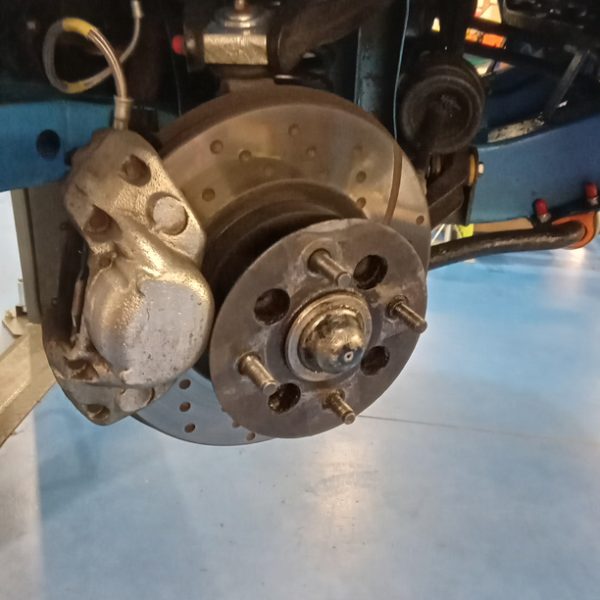

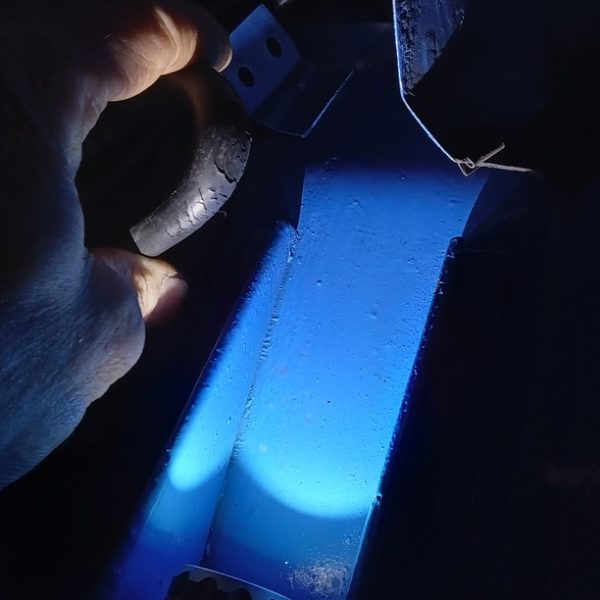

As one of the last iterations of the iconic Spider, the 1989 model held true to Alfa Romeo’s legacy. With its classic Pininfarina-designed body, the 2.0-litre four-cylinder engine gave a spirited driving experience while the stylish interior offered a sense of comfort and luxury.
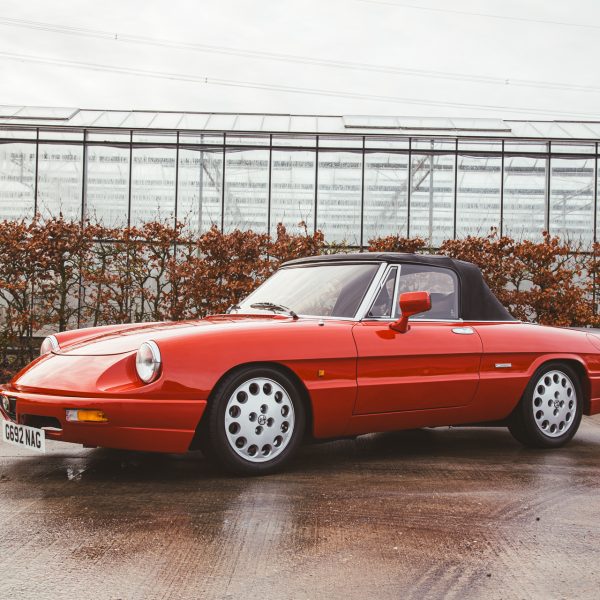

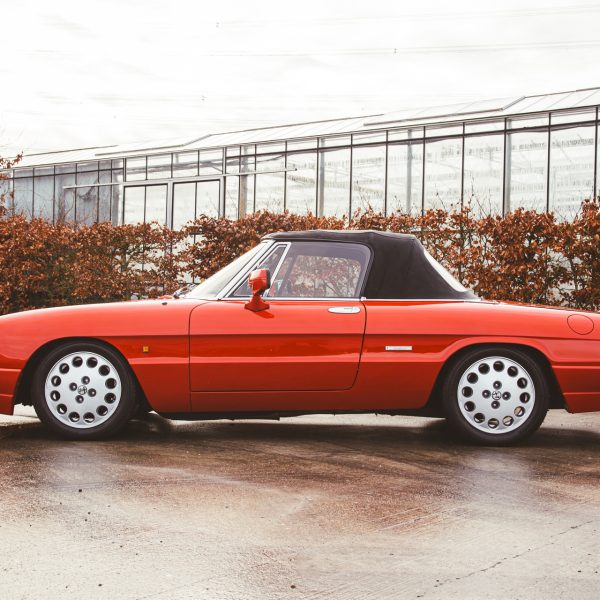
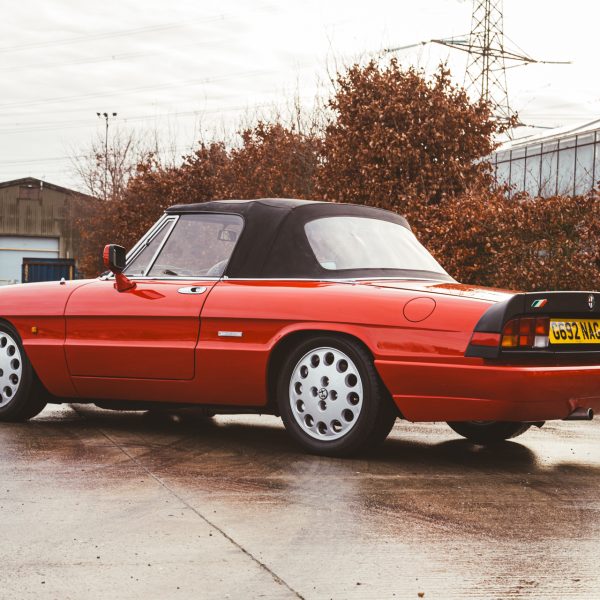
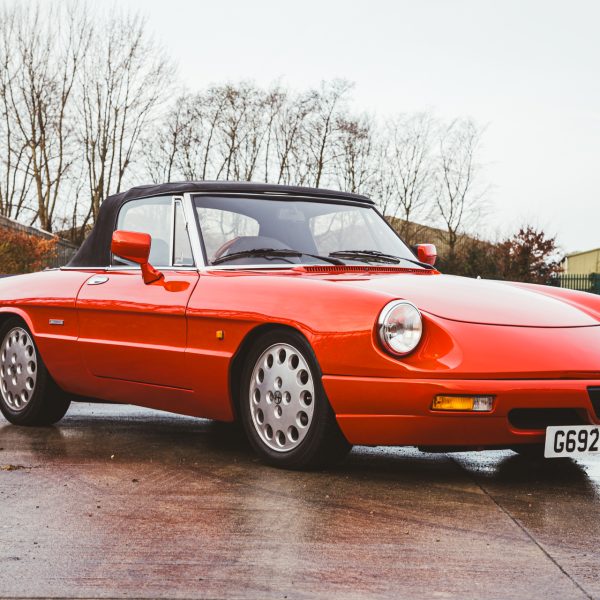
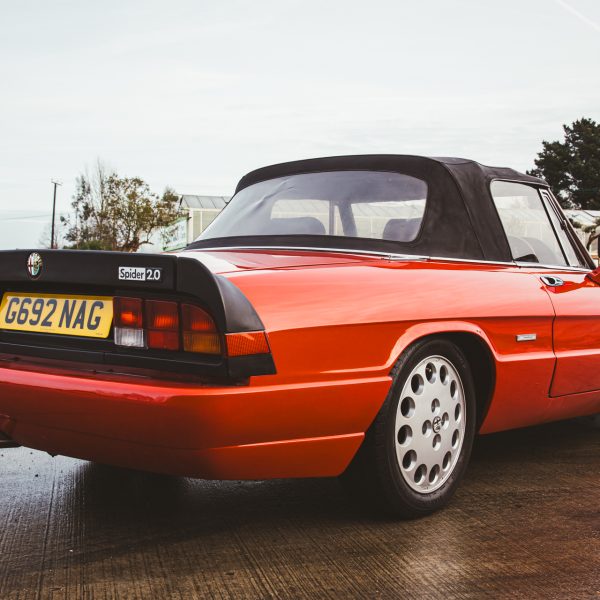
Our 1989 Alfa Romeo Spider is a rare find thanks to its right-hand drive configuration and is the fuel-injected Series 3 model. This Italian sports car benefits from a recent repaint, and has been well-maintained both inside and out. Finished in an eye-catching red exterior paired with a tasteful black-trimmed interior, you certainly get the Italian luxury you might expect. This is further complimented by its wood-rimmed Nardi steering wheel.
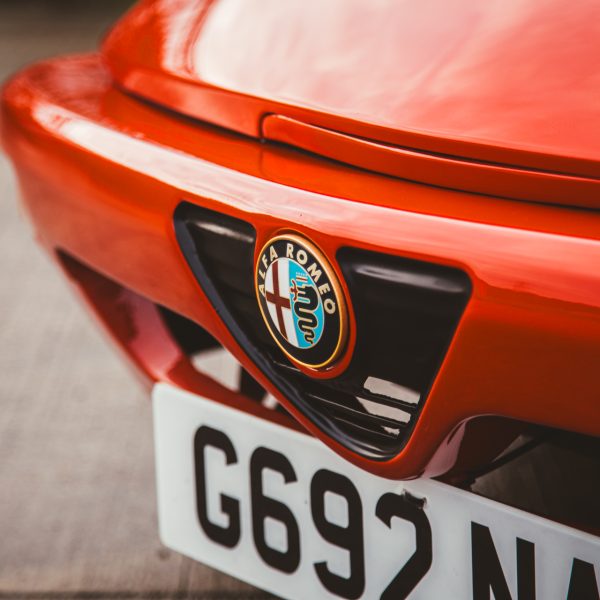
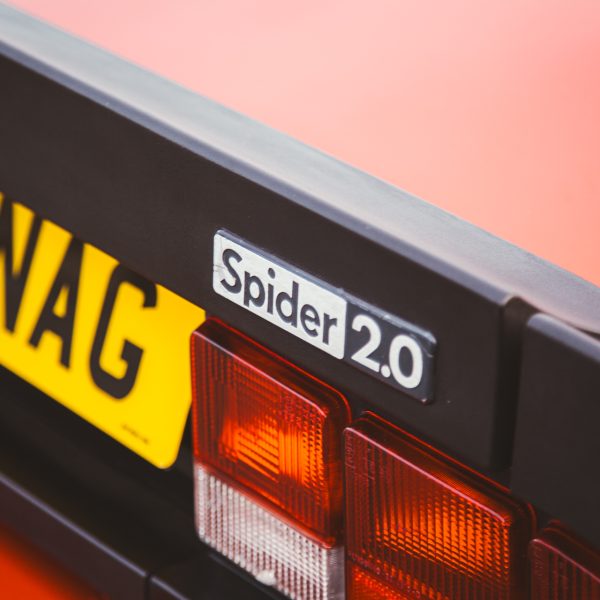

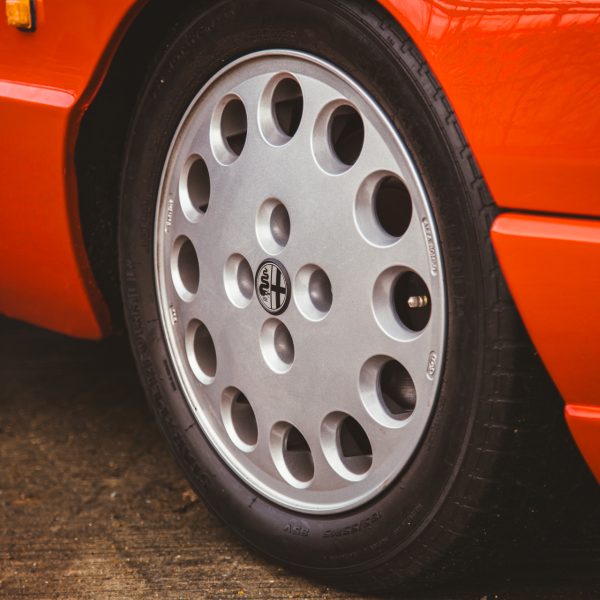
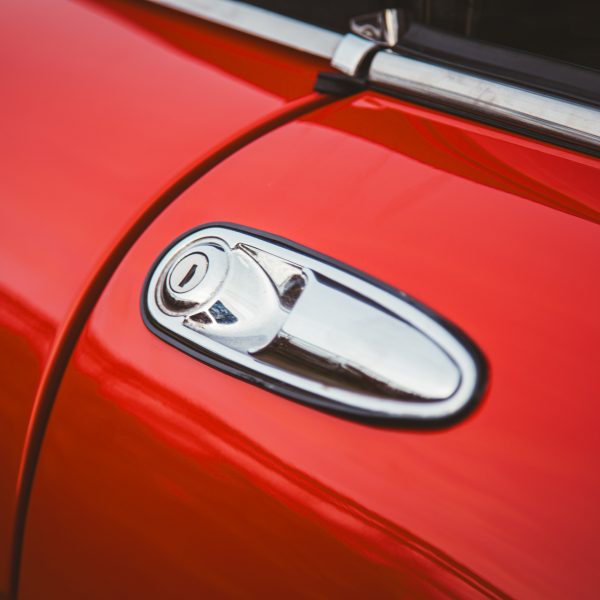

This example was originally registered overseas before acquiring its UK registration later on. Our Spider shows 55,976 kilometres (34,781 miles) over its 6 previous owners – the most recent being since 2017.
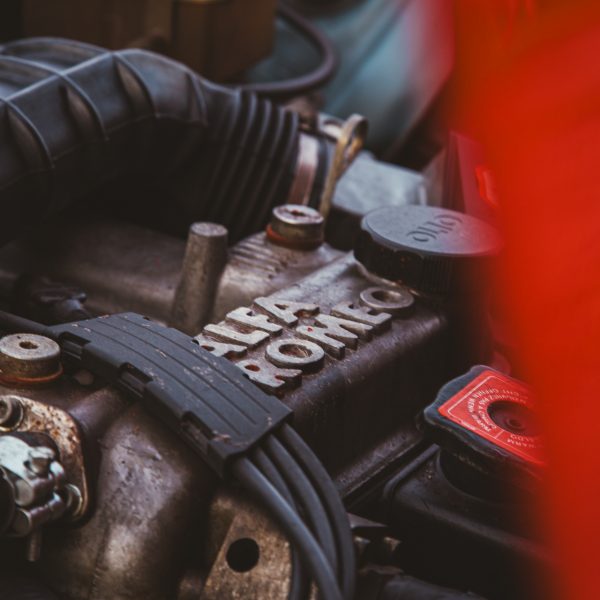
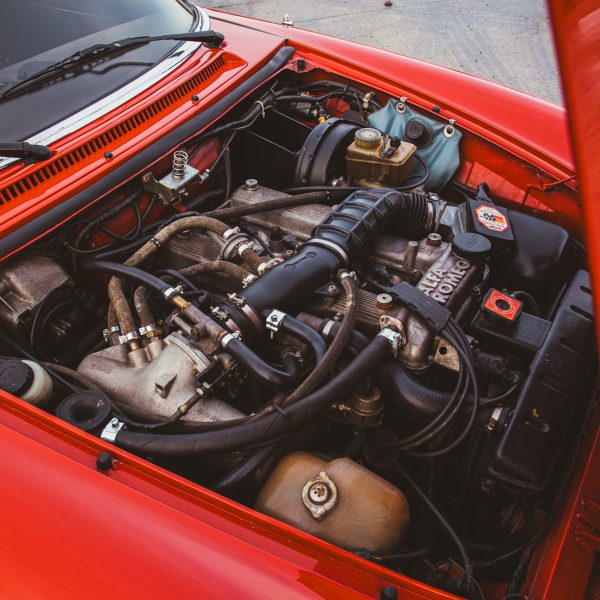


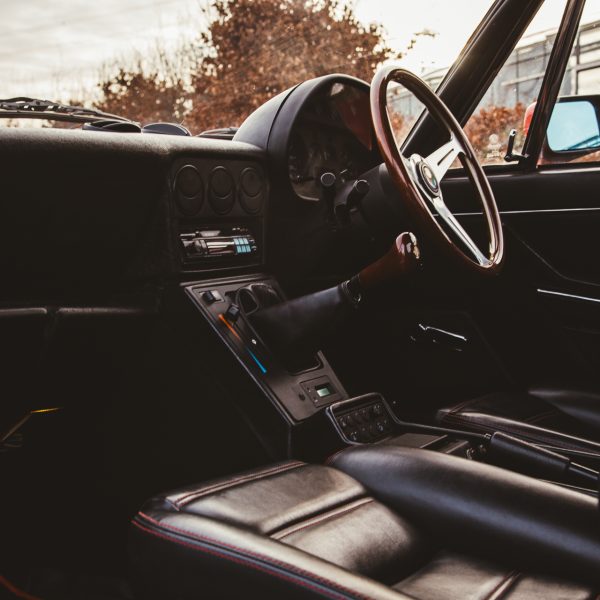

The accompanying history file contains MoTs dating back to 1994, receipts, original sales brochures, tax discs, the owner’s manual, and spare keys.
Enter here to win our 1989 Alfa Romeo Spider!
Full gallery and video:


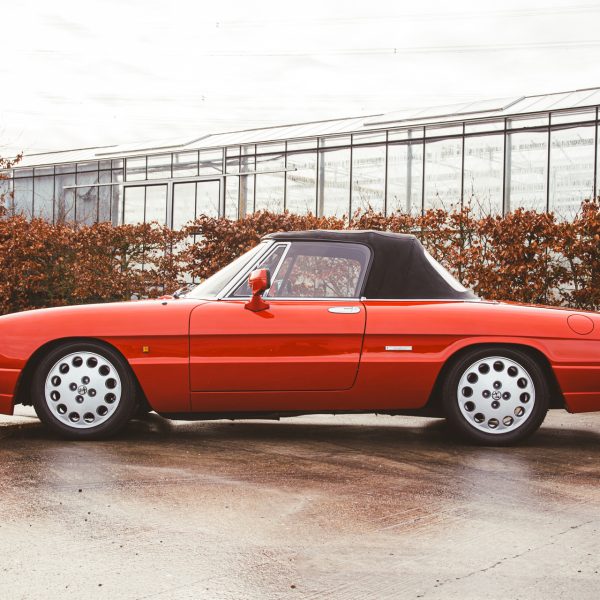
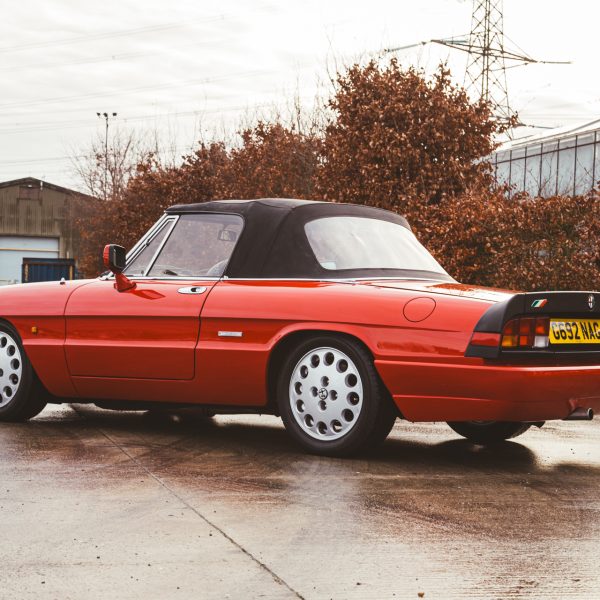
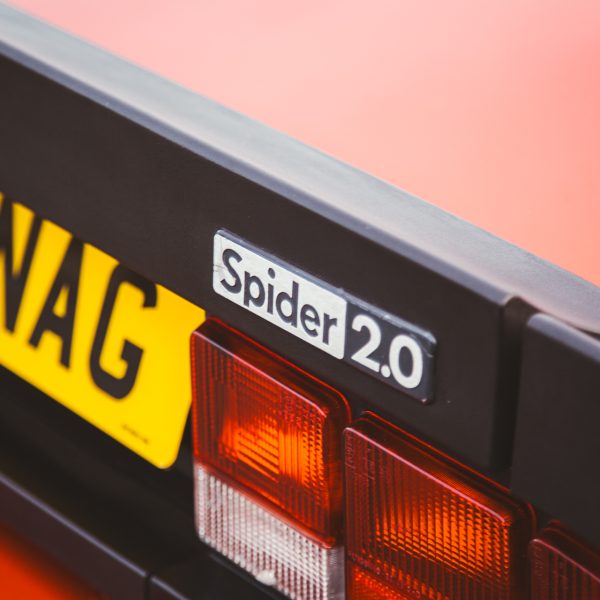

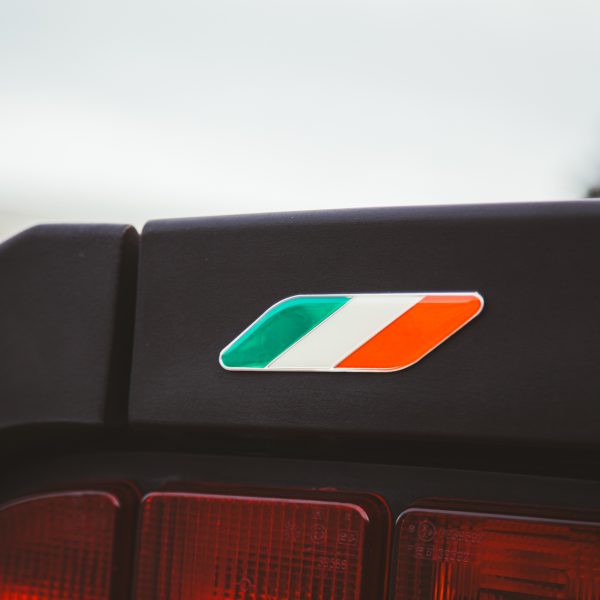
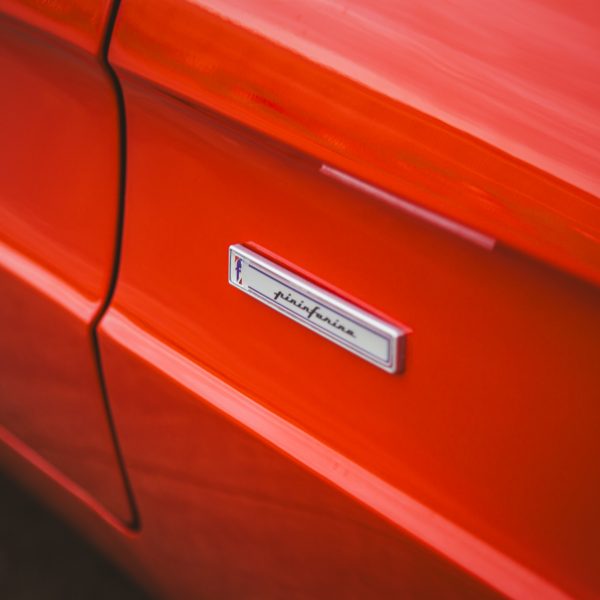

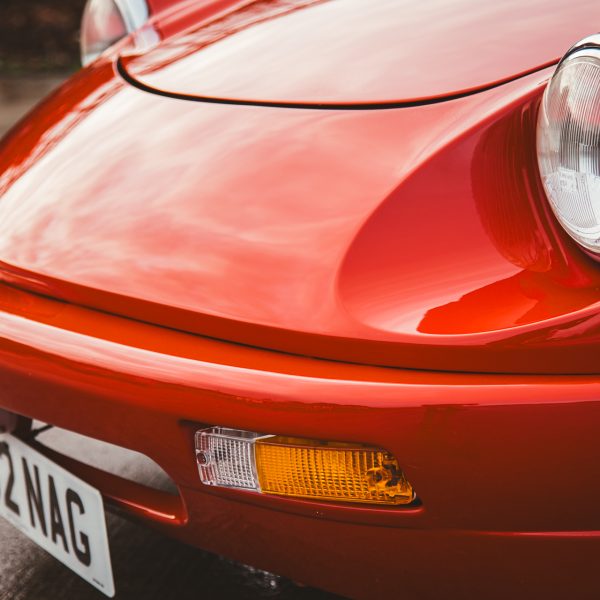
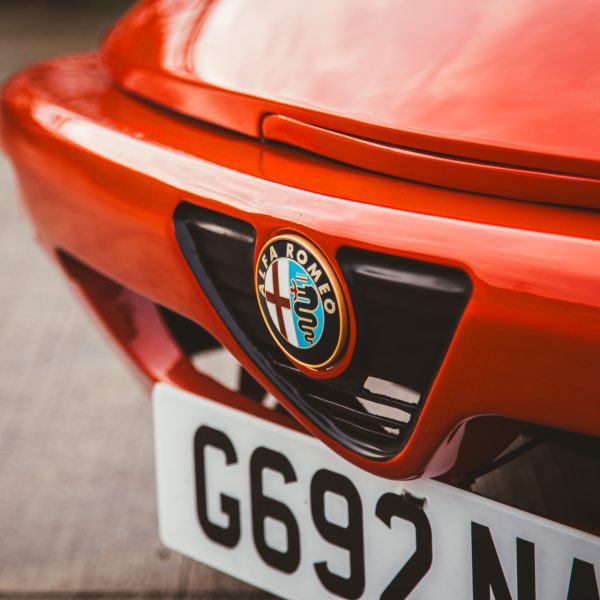
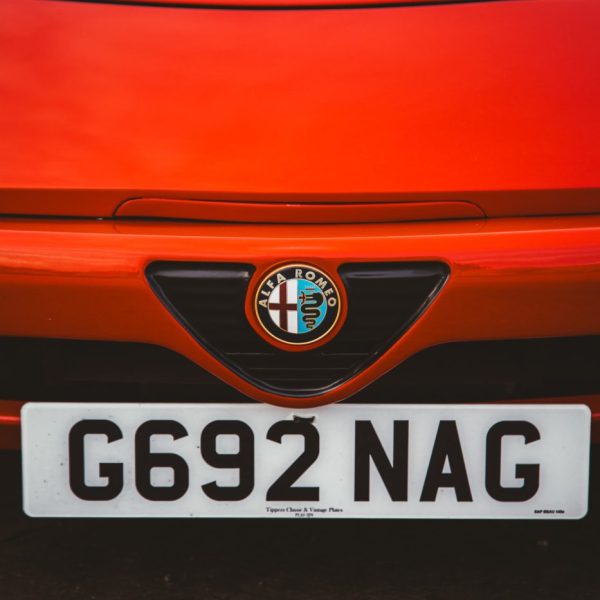



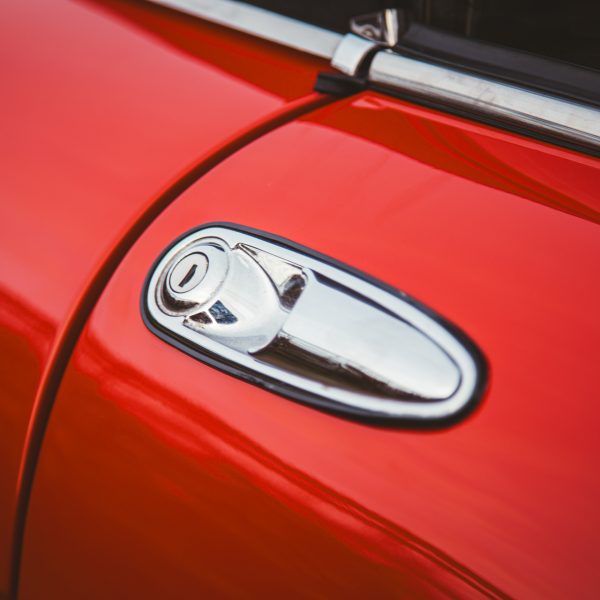



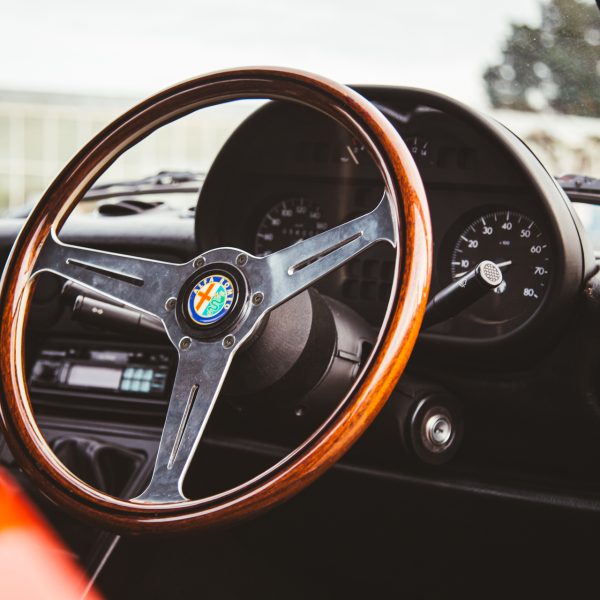




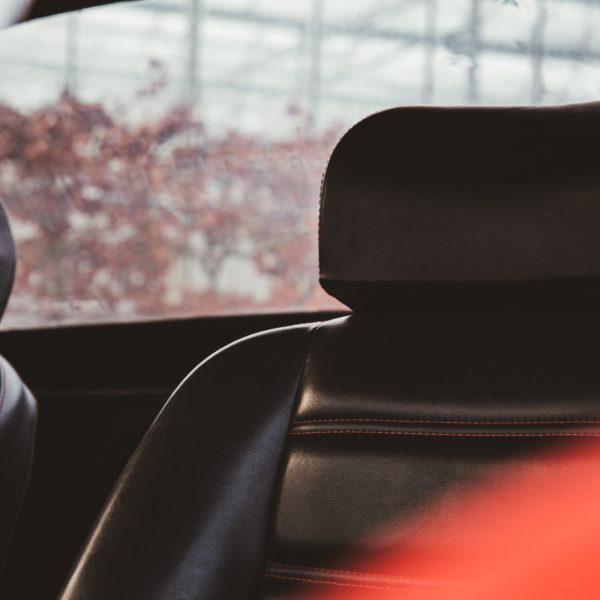
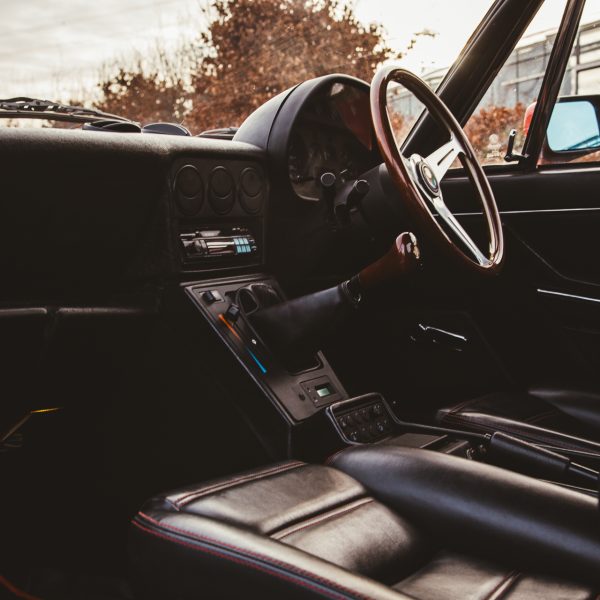





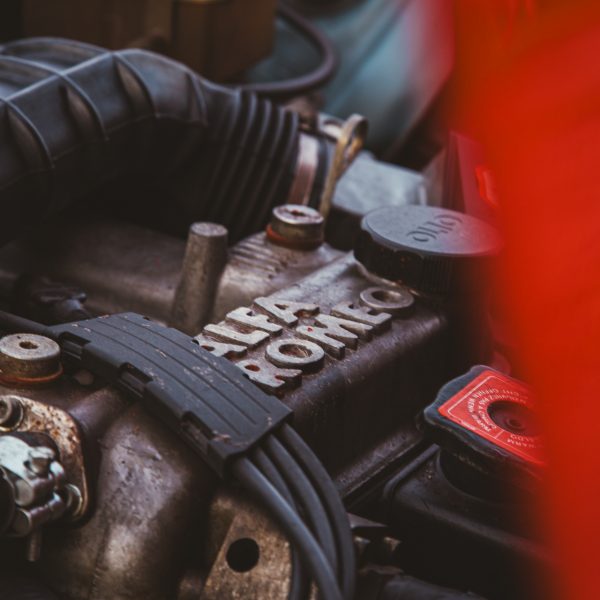
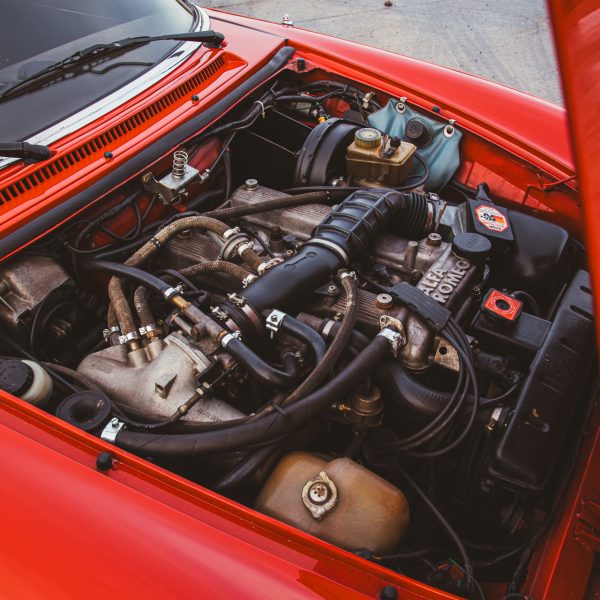
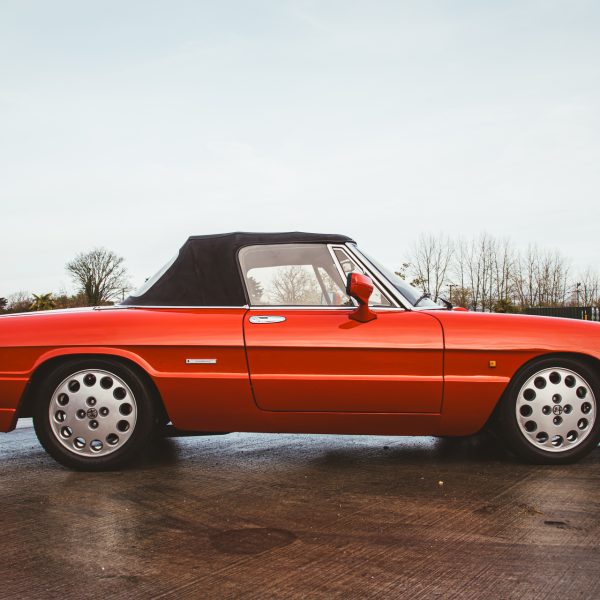
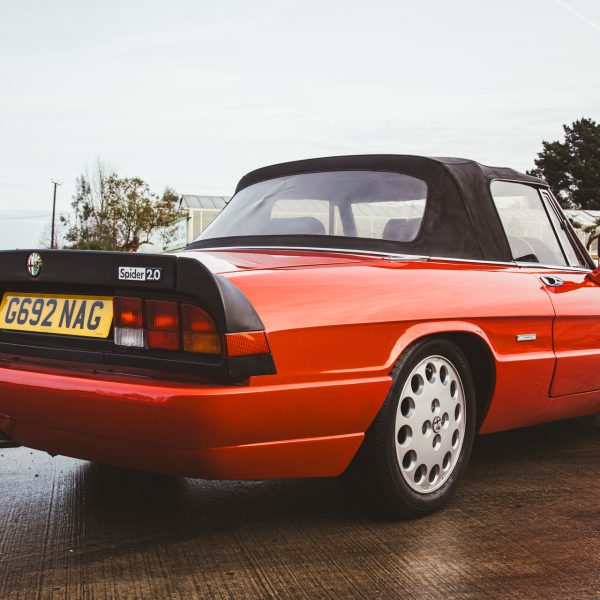


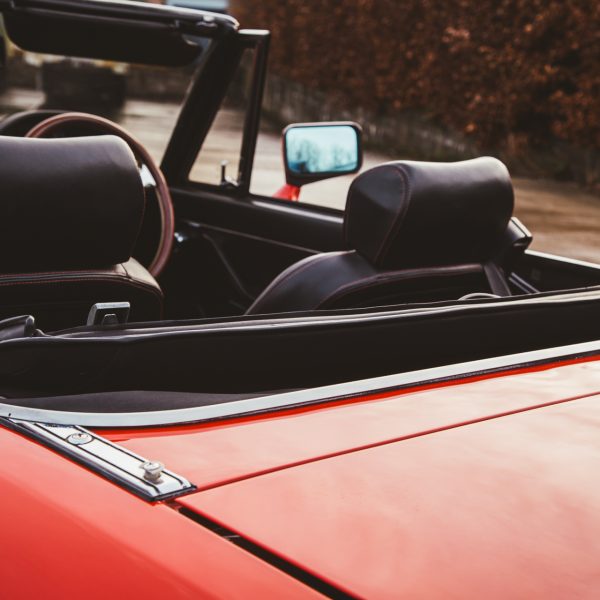

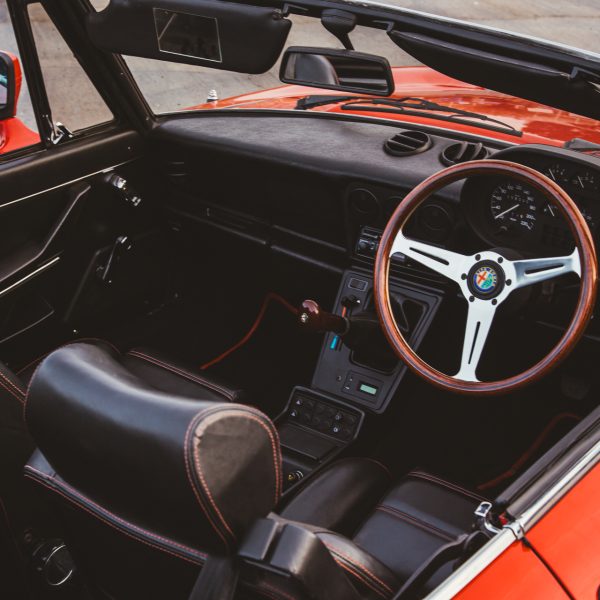

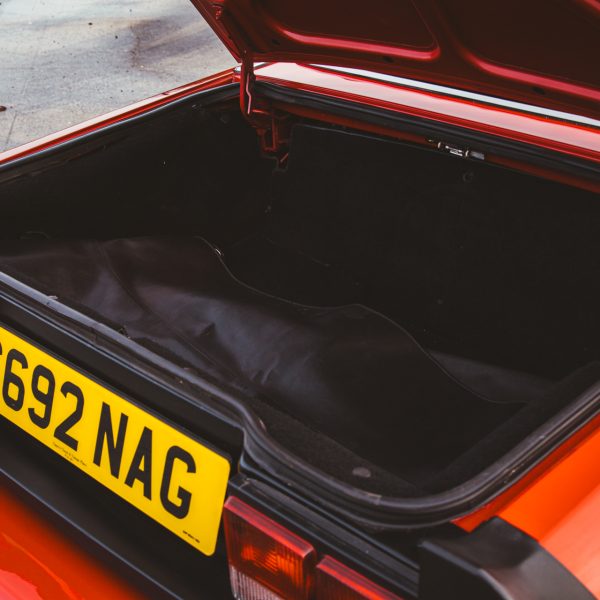








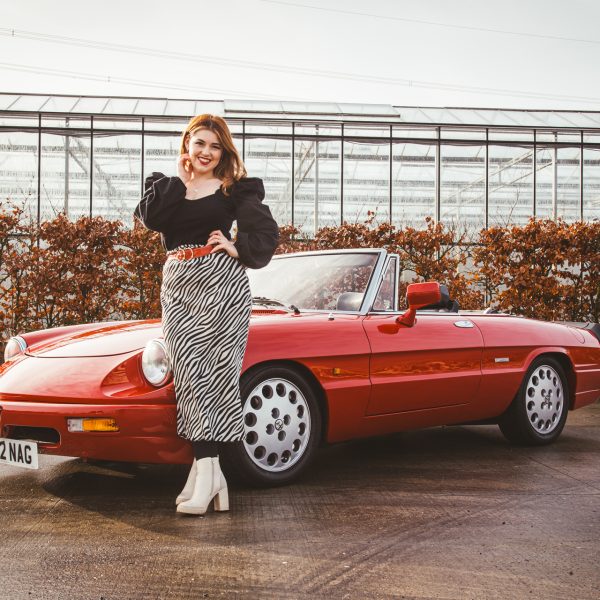

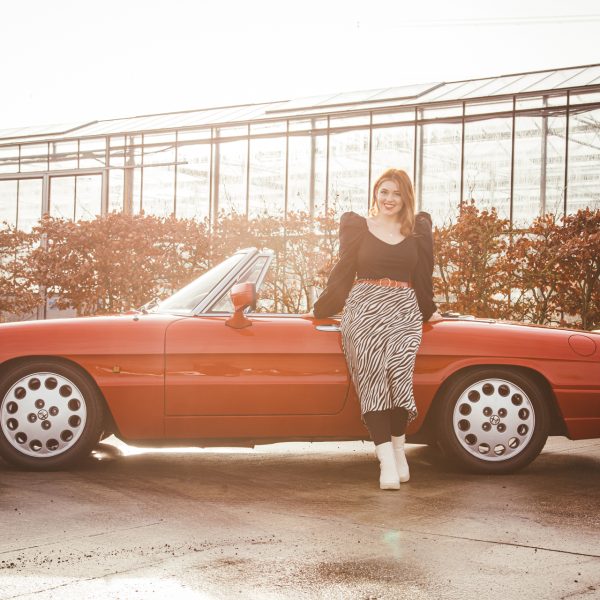





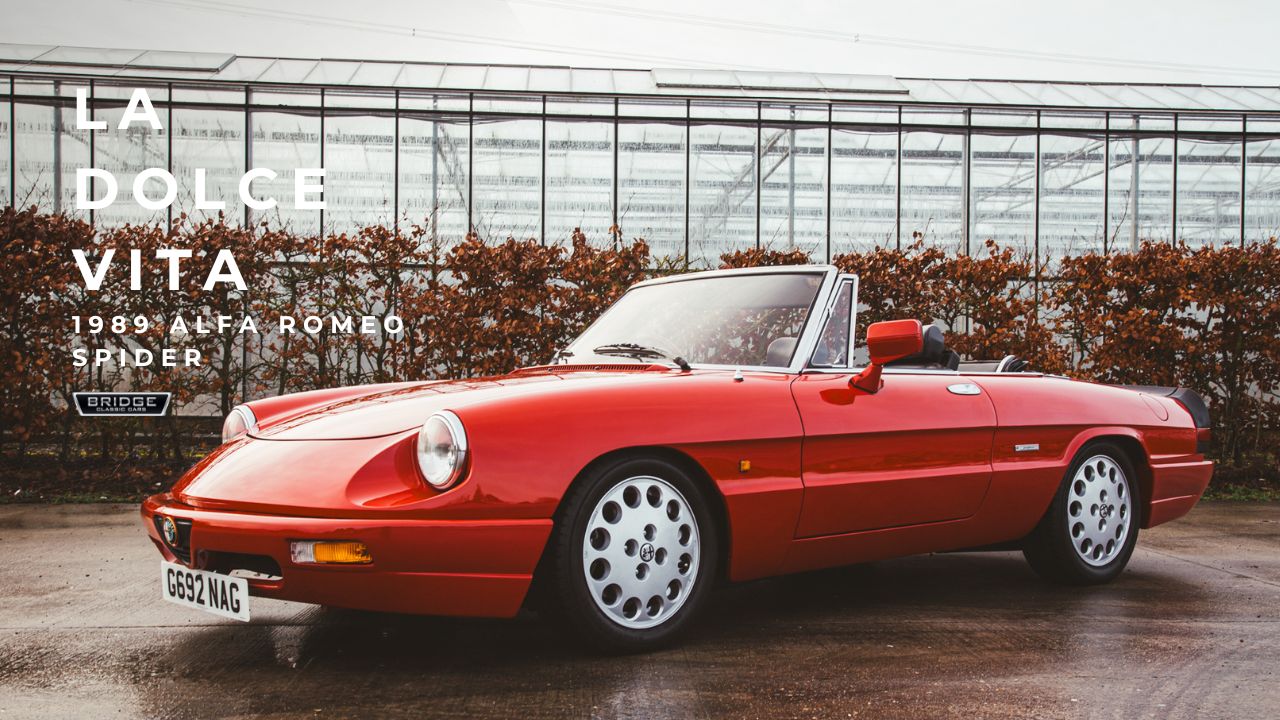

The paint team here at Bridge Classic Cars have been hard at work getting our 2022 C-Type Replica into paint. The team have meticulously prepared the body and primer to get to the stage of laying down the first shades of pale green across the iconic silhouette of the car.



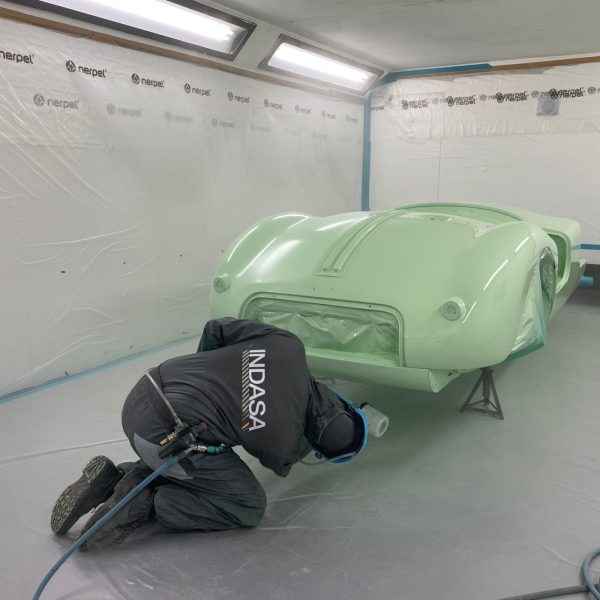
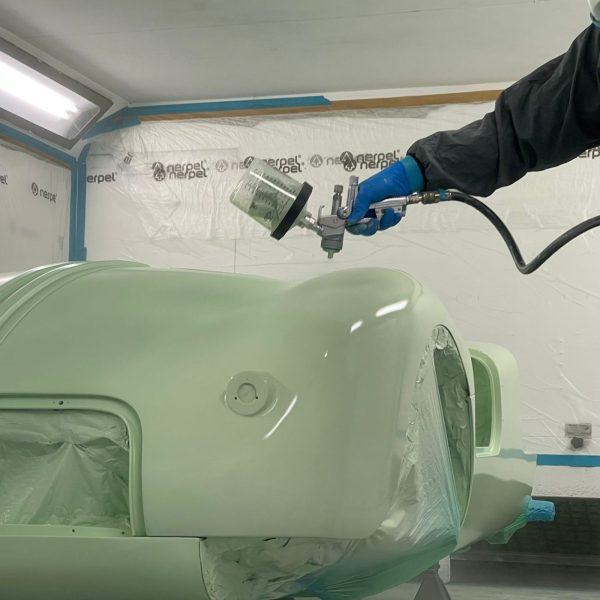

Dozens, if not hundreds, of hours have gone into getting the car to this stage with a large proportion of those being in the Bridge Classic Cars bodyshop.
Alan and the team have gone through every square inch of the car through every single stage to ensure the cars final finish is nothing short of perfection.
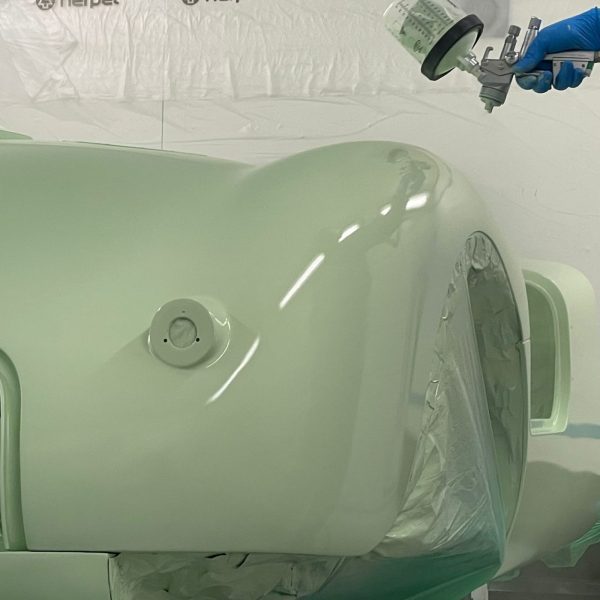

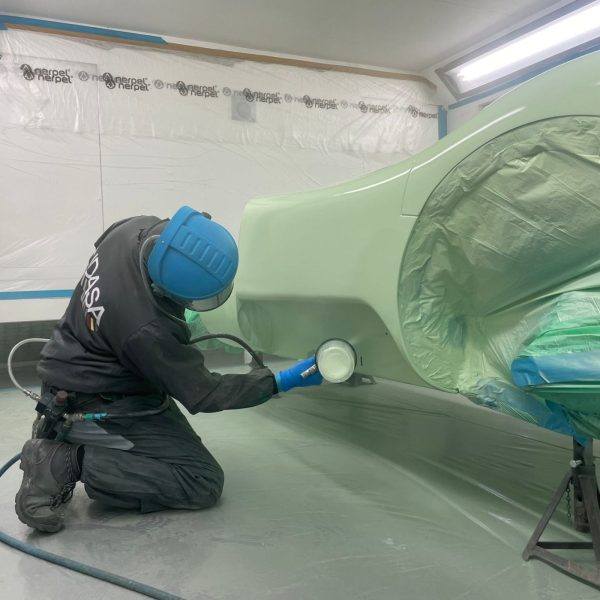
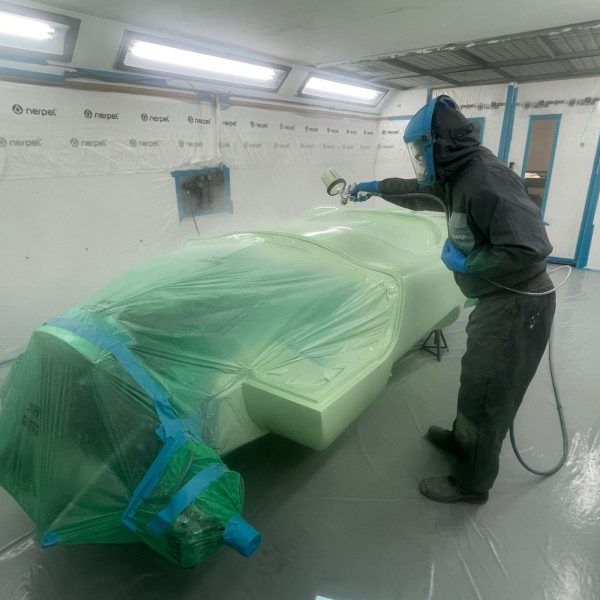




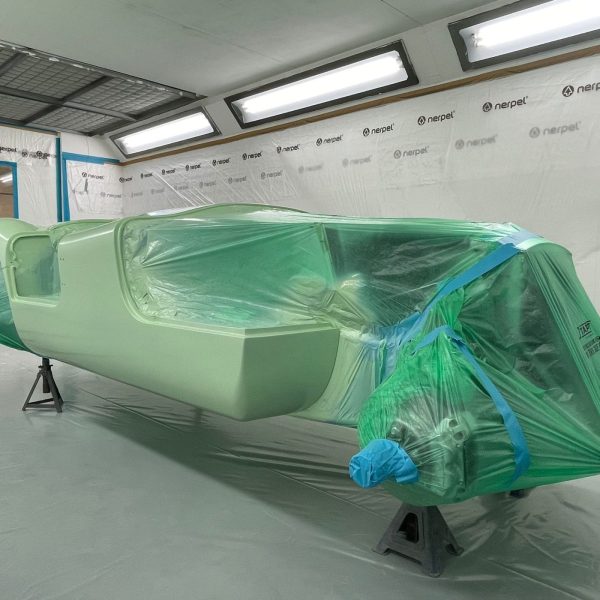

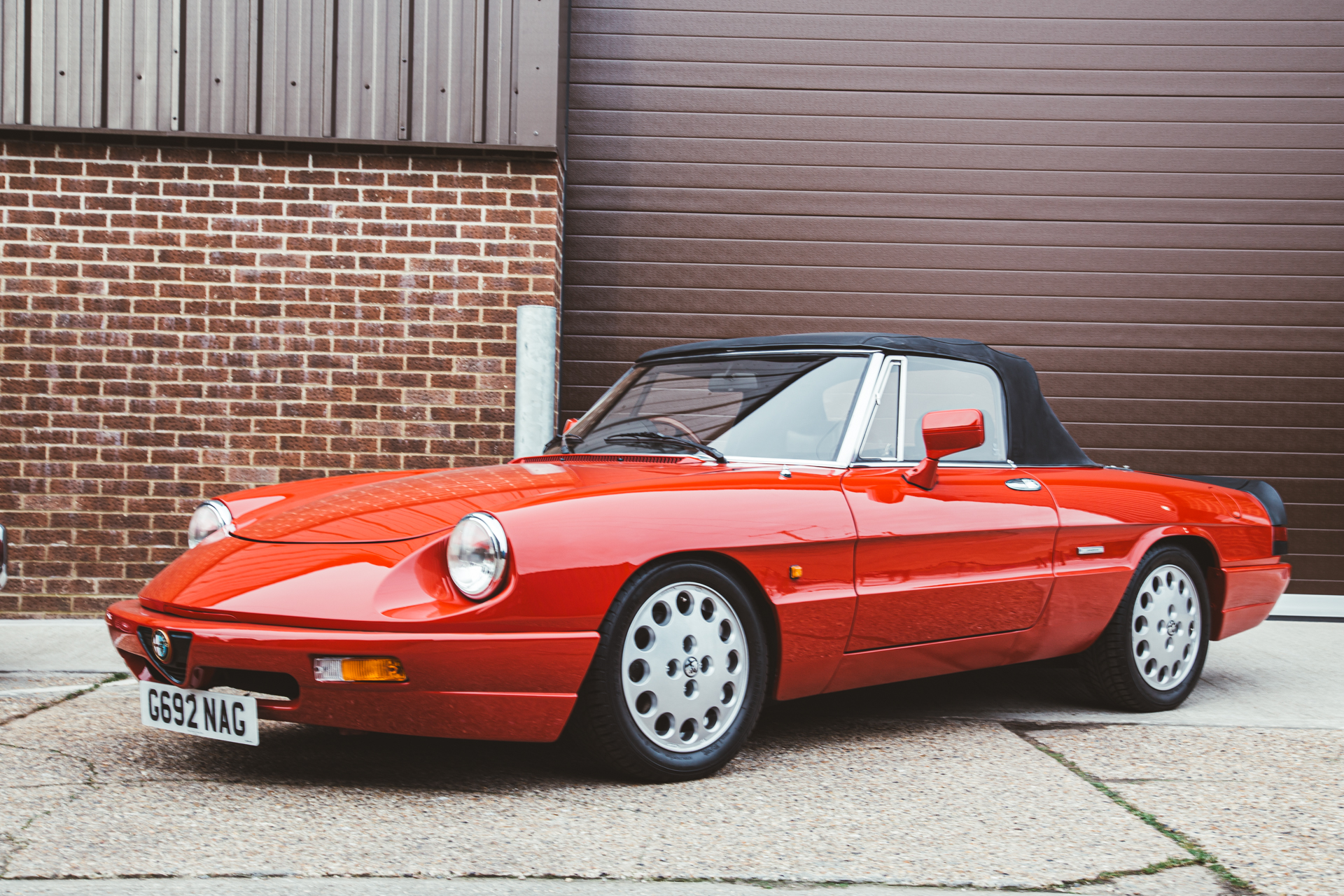
We’ve welcomed a new arrival to our Pettistree HQ recently in the shape of our 1989 Alfa Romeo Spider Series 3.
This low slung, Italian icon will be thoroughly inspected by the workshop before becoming a future competition car.

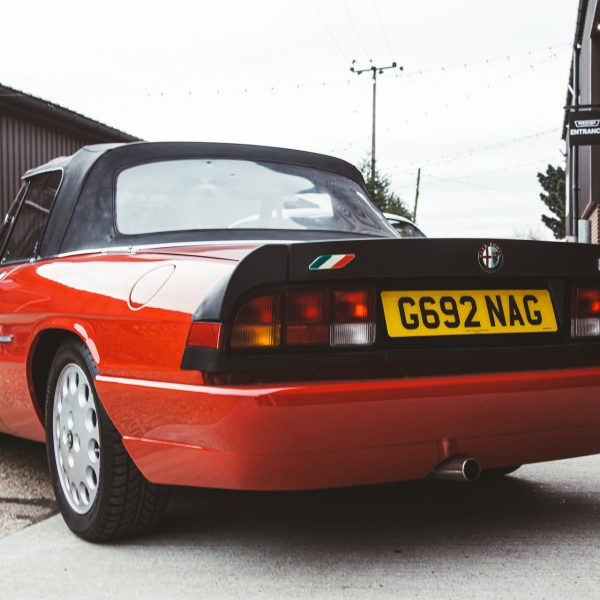
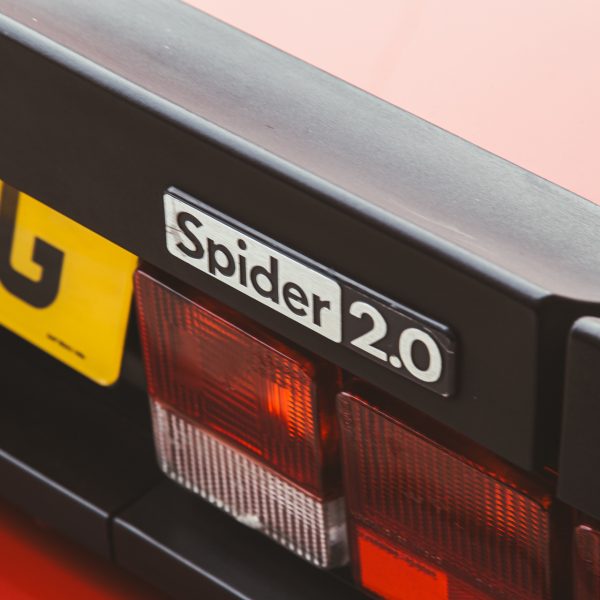
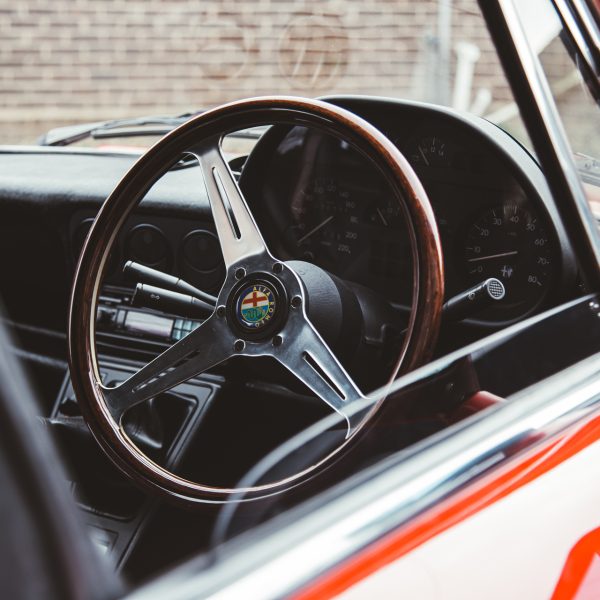
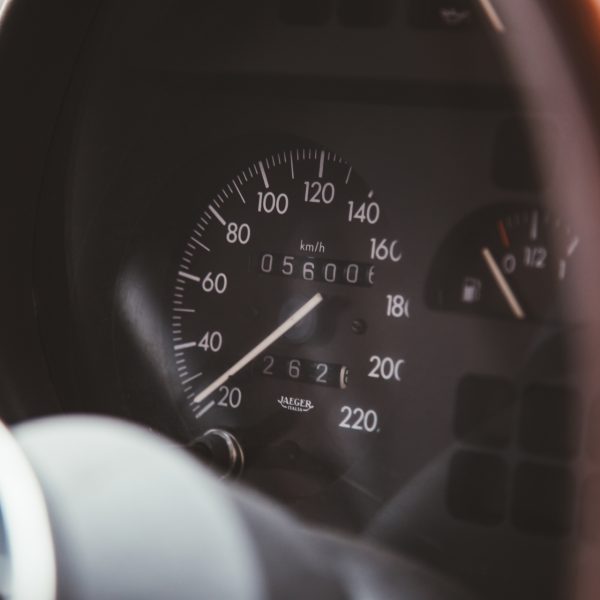
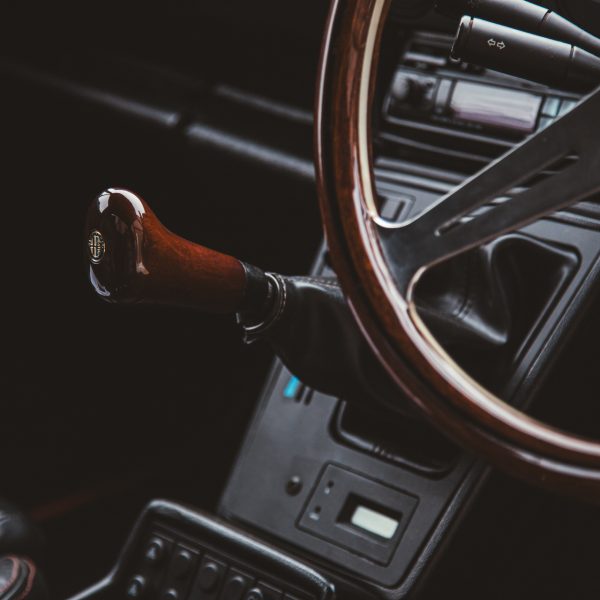

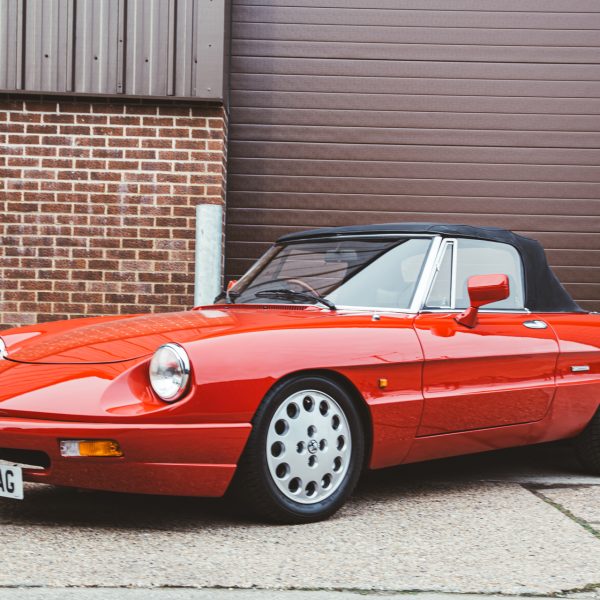

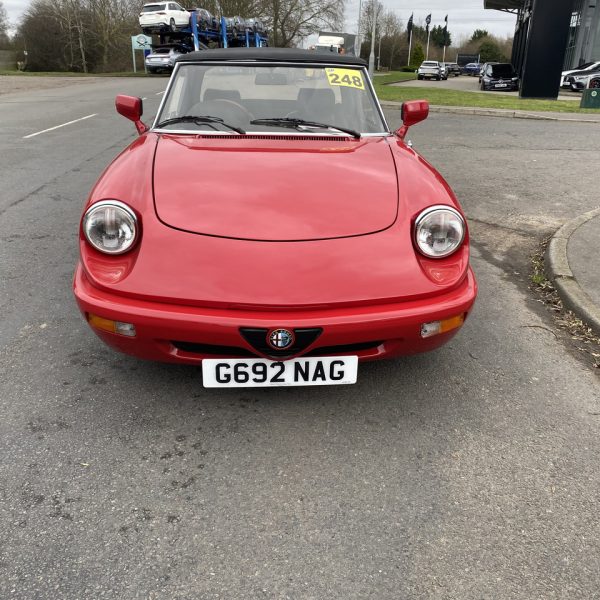
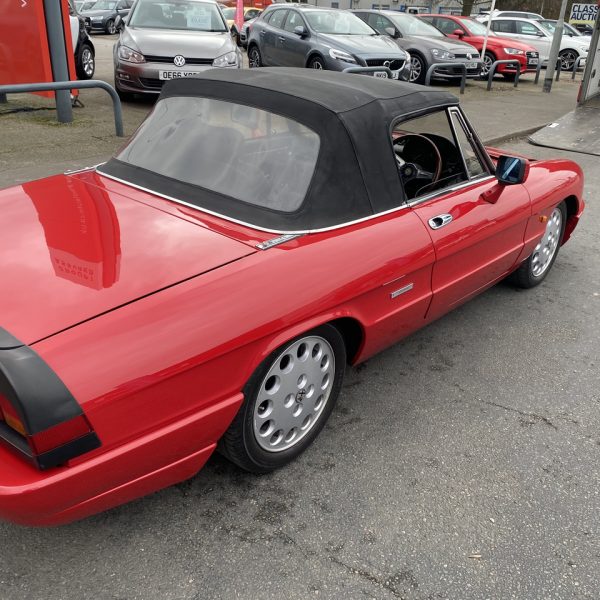
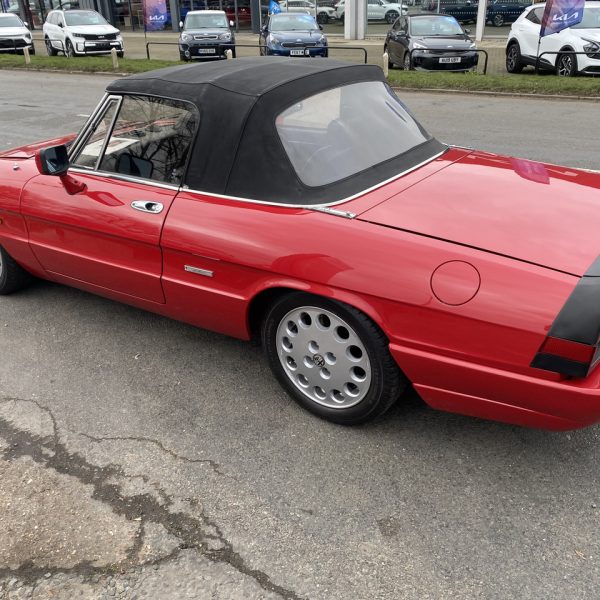
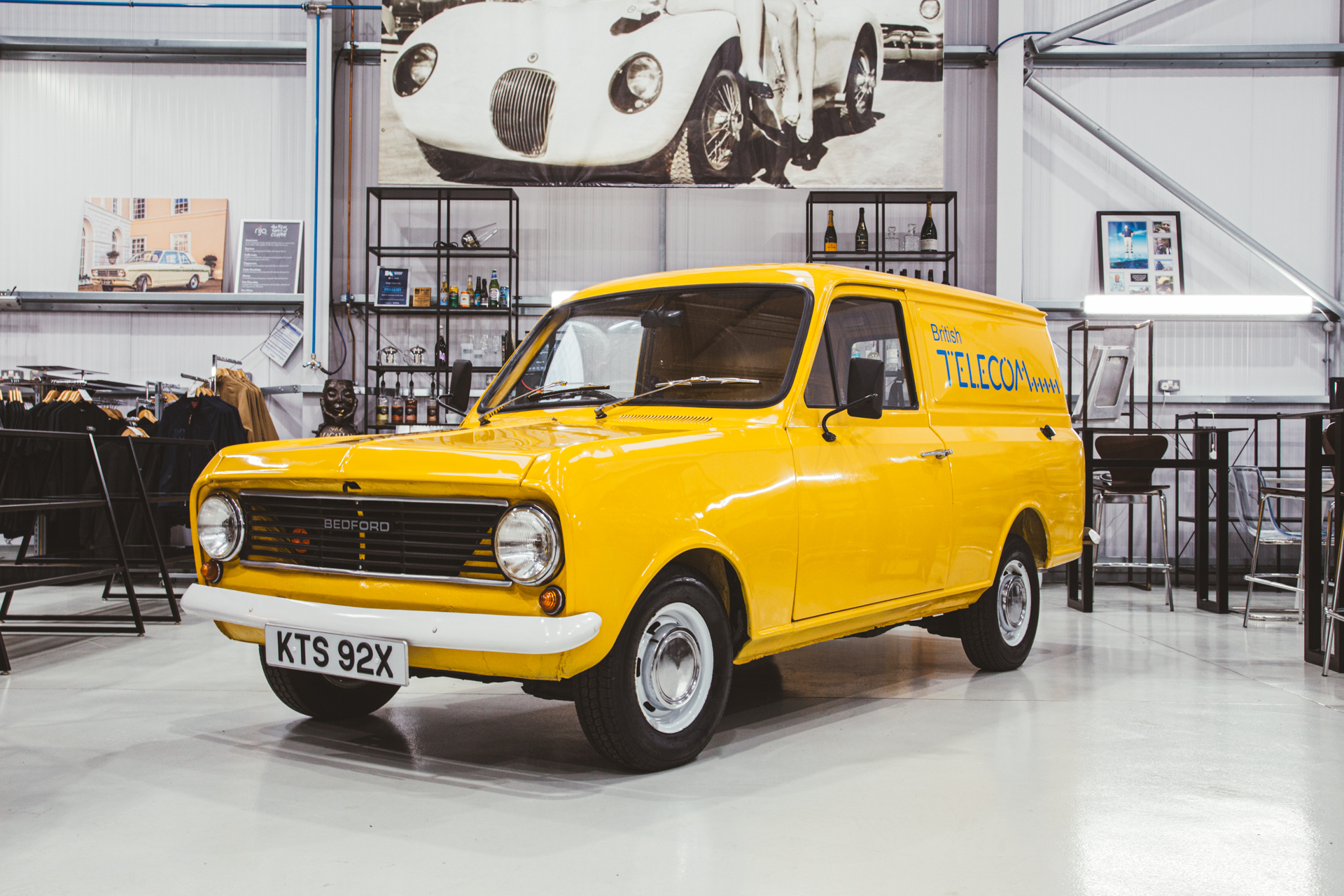
The beloved panel van formed a core moment in the automotive lives of so many. Maybe it was your first role of responsibility at work or it was an early runaround filled with friends and laughter, either way it was always there but have become a seldom sight in the UK classic car scene.
Just like this one, our 1982 Bedford HA.
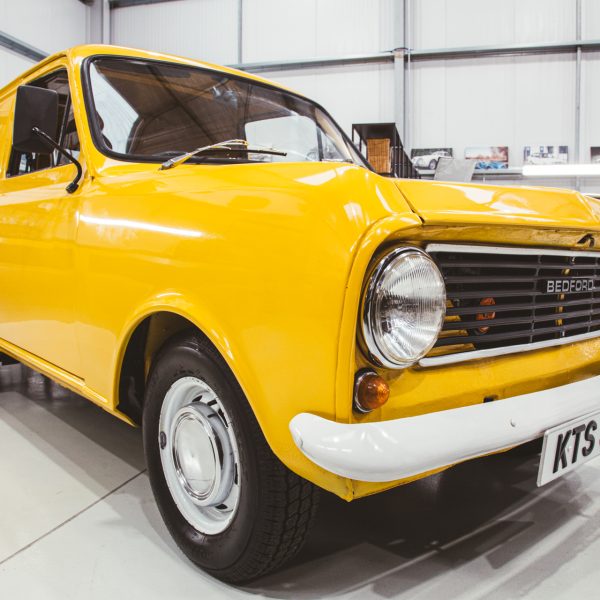
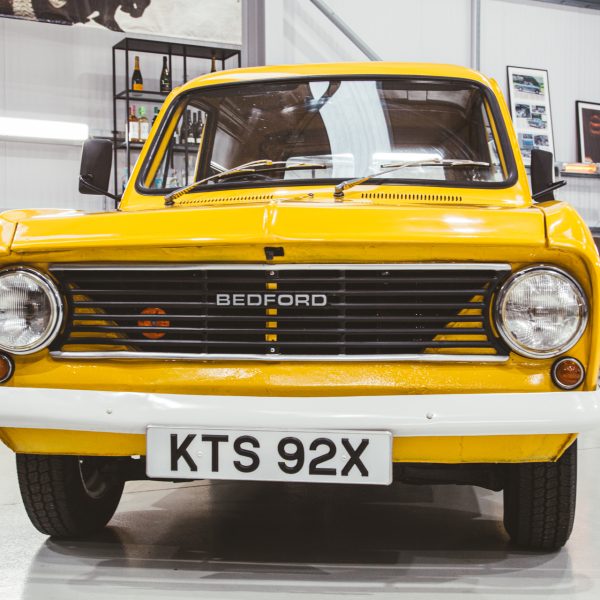

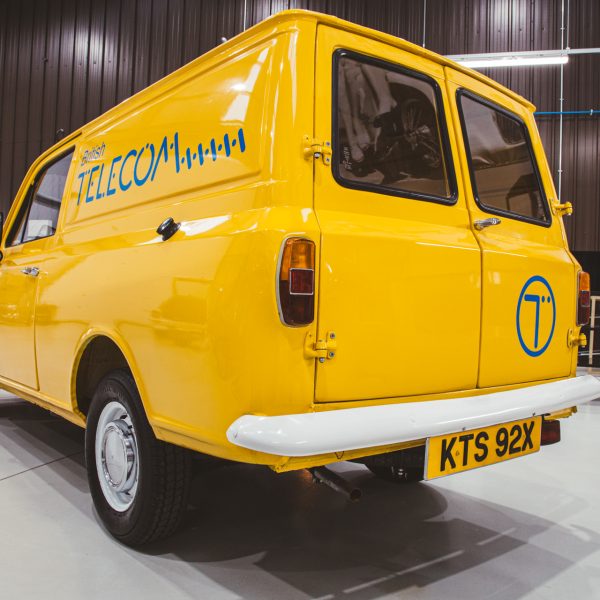
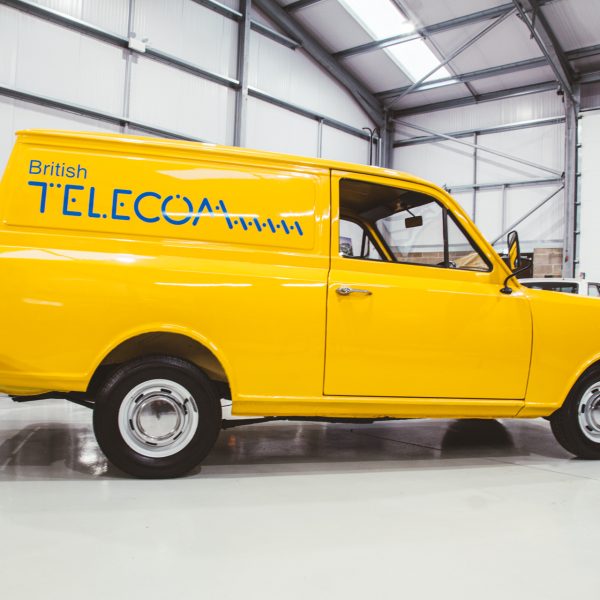

Using the Vauxhall Viva as a base, the HA’s were first let loose on British roads in 1964 and would continue to play a key role in the high-street landscape up until production ended in the early 1980’s. A favourite with utility companies, the HA’s would wear a multitude of liveries throughout their production run including the Royal Mail, British Gas, British European Airways and the famous yellow and blue British Telecom livery like our van.

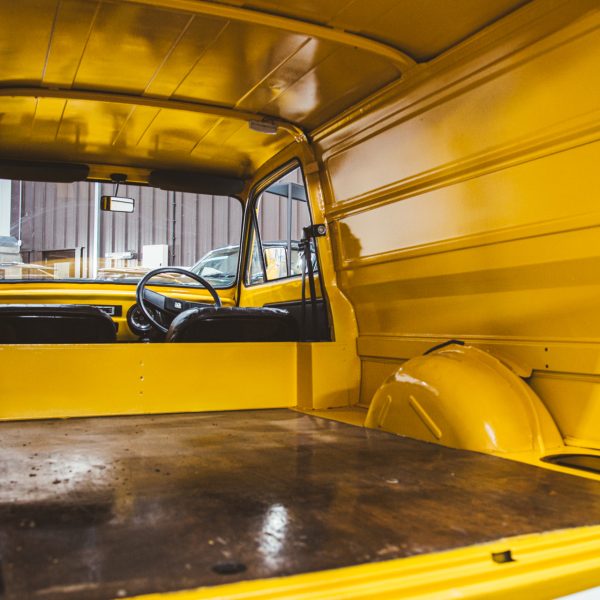

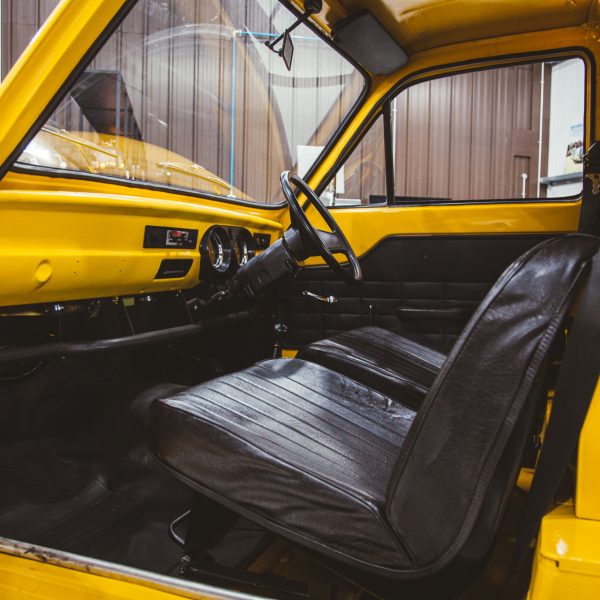
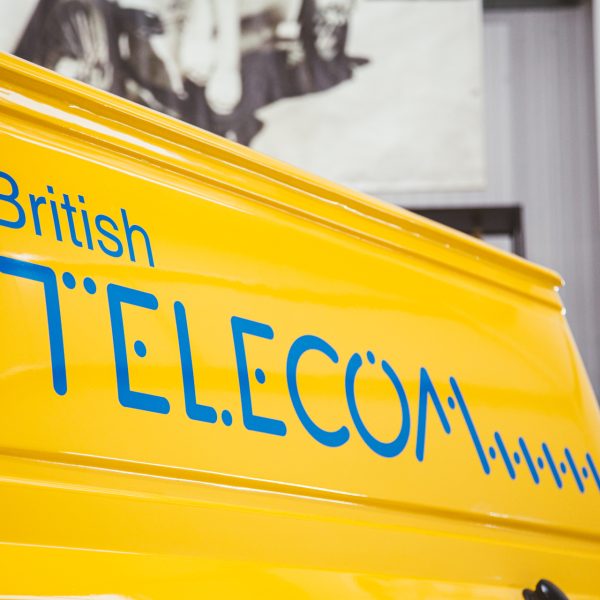

After their working life was over, many of these vans would find themselves on the driveways of young petrolheads across the UK as some of their first forays onto the open road, and into a special place in their automotive hearts.
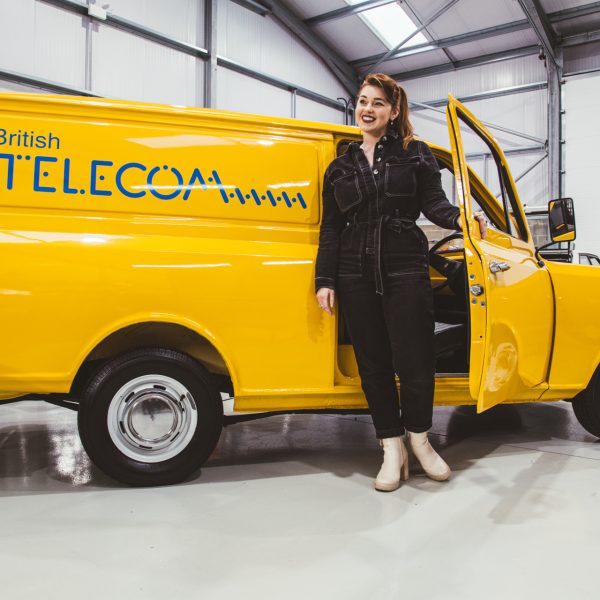
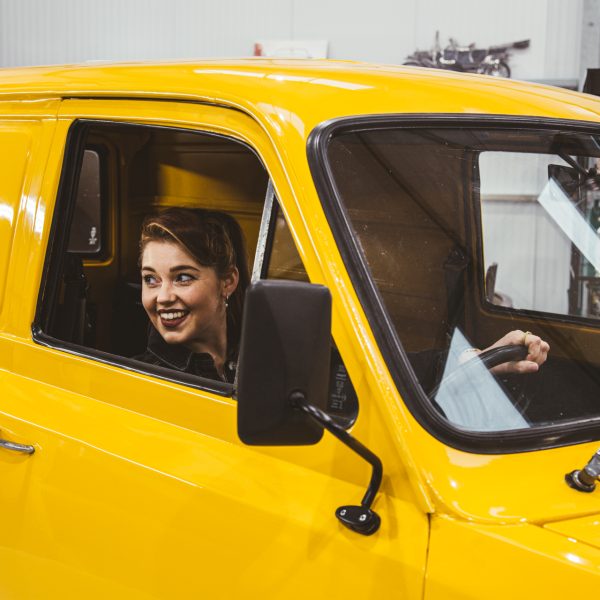

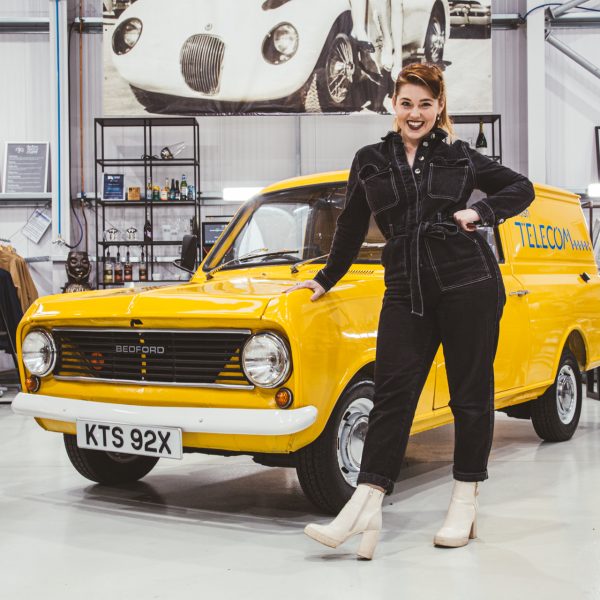
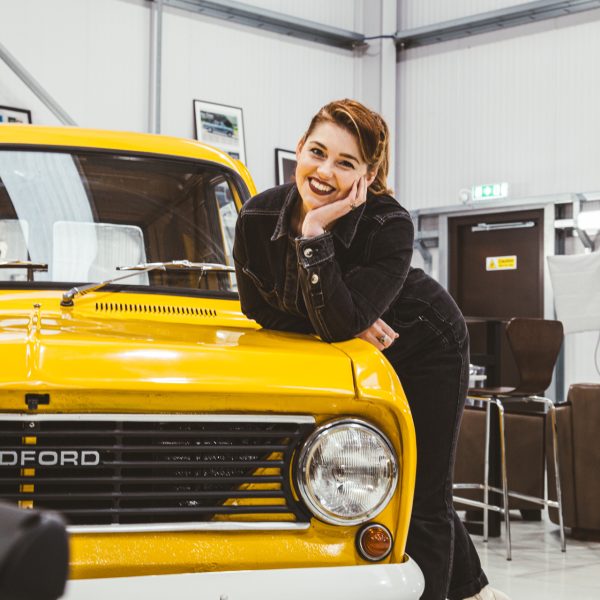

Our 1982 Bedford HA has been subject to a comprehensive restoration by a previous owner who transformed KTS 92X into the beautiful panel van that you see today and pay tribute to the bright and eye-catching British Telecom vans of the 1970s/1980s as documented in the wonderful photos of the cars transformative journey.


After being safely hold up at our storage facility for the last few months, this 1968 Triumph Spitfire has patiently been waiting its turn at our Pettsitree HQ.
This 60s British roadster will be handed over to our technician Steve to begin his work on getting the car back on the road.
Make sure to check in very soon on the Bridge Classic Cars news page for more updates on our 1968 Triumph Spitfire.
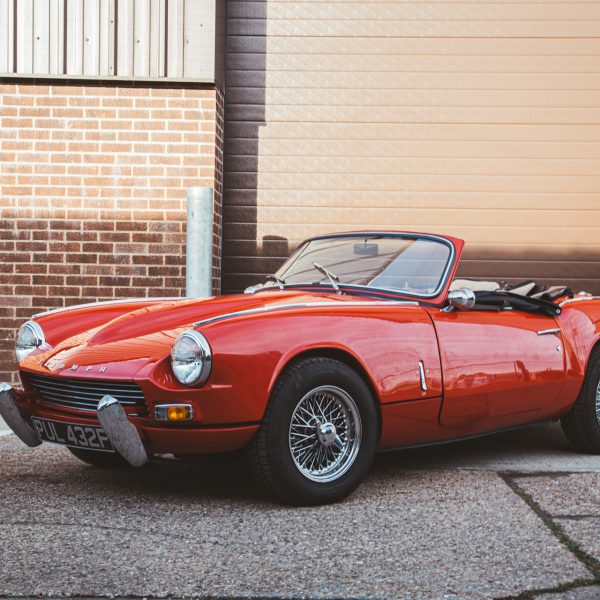

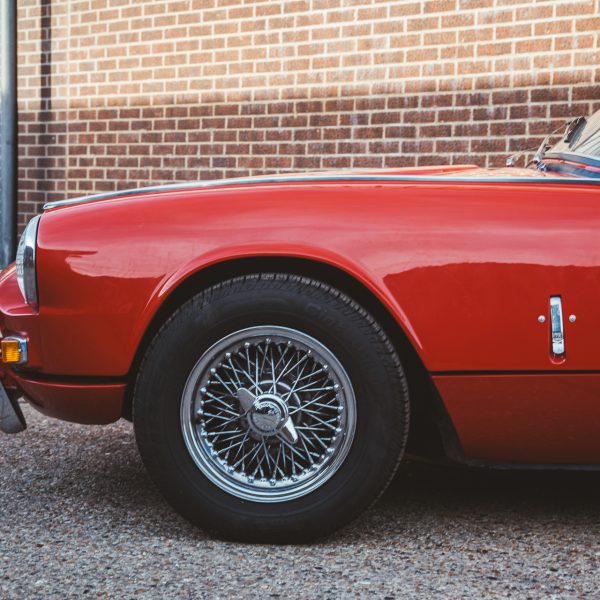


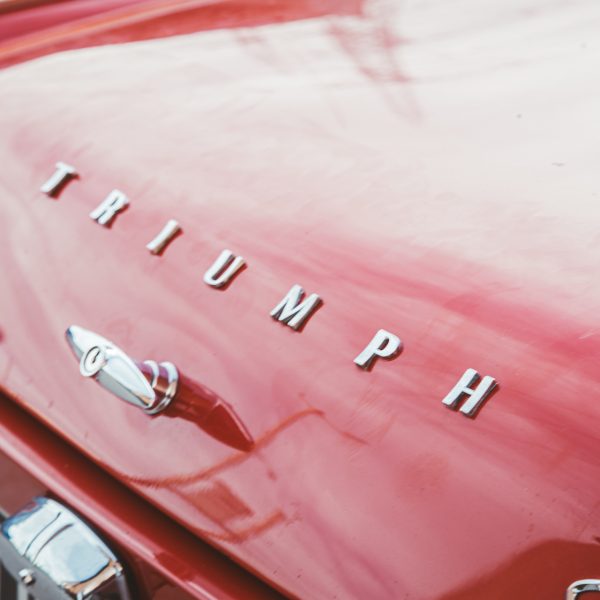



The Bridge Classic Cars Competitions team have got something to ‘blow your doors off’!
In the early 1990’s to celebrate the cult classic 1969 film, The Italian Job, the Longbridge company began a small, limited edition run of cars to pay homage to the Peter Collinson film.
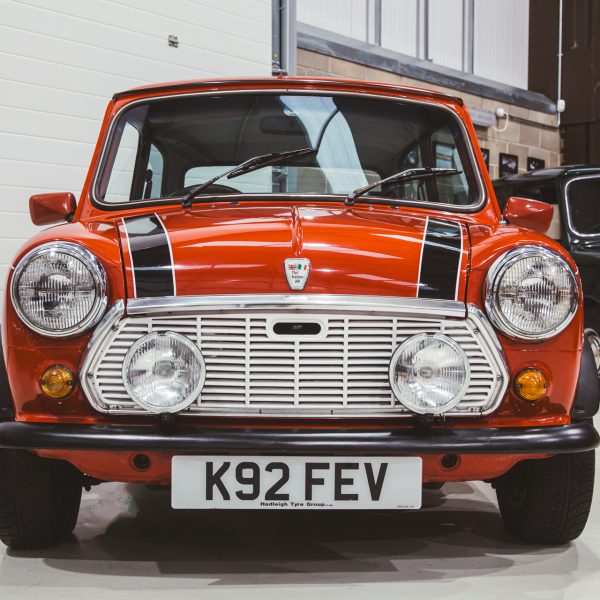
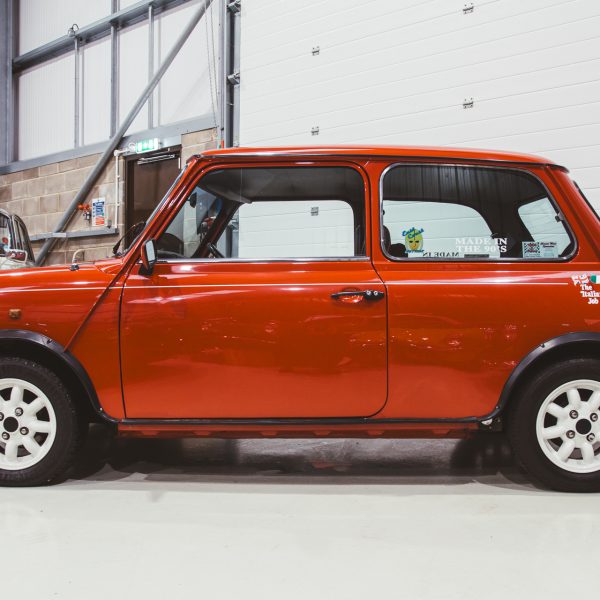
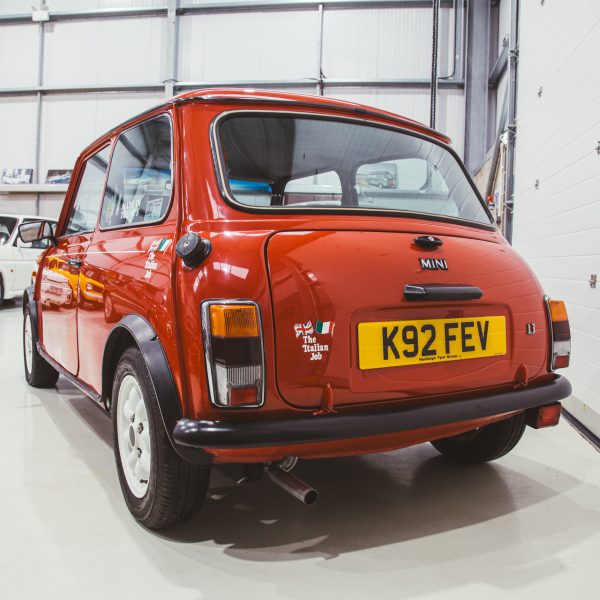
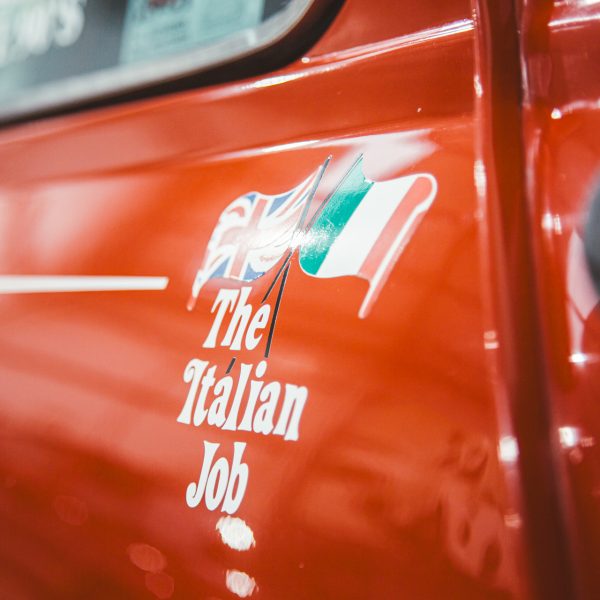
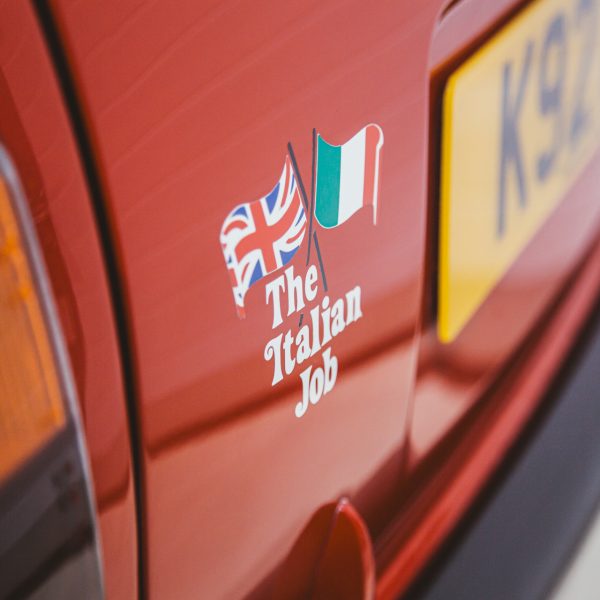
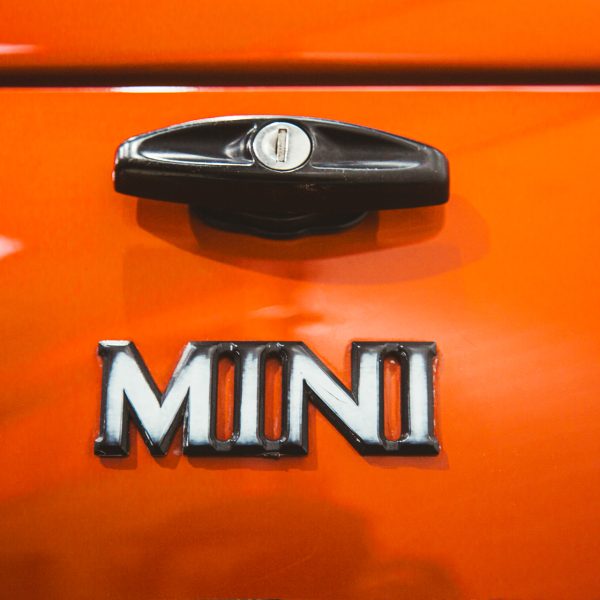
Featuring unique and special graphics packs, adorning this bite size classic with its namesake, the Italian Job Minis would be available in the classic Red, White and Blue paint schemes of the hero cars in the film as well as celebrating their homeland with a timeless British Racing Green option.
Our 1992 Rover Italian Job, based on the Red Mk1 Mini driven by stunt driver David Salamone with Michael Caine as his passenger, is finished in stunning Flame Red with more modern Black bonnet stripes and a classic set of double rally lights on the front.
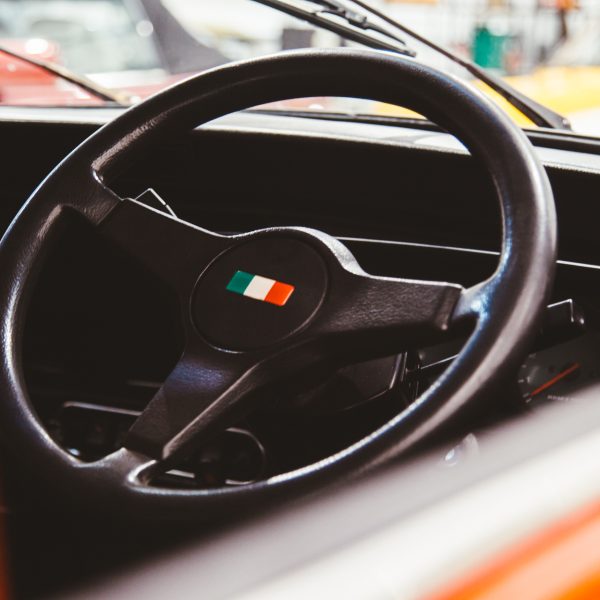
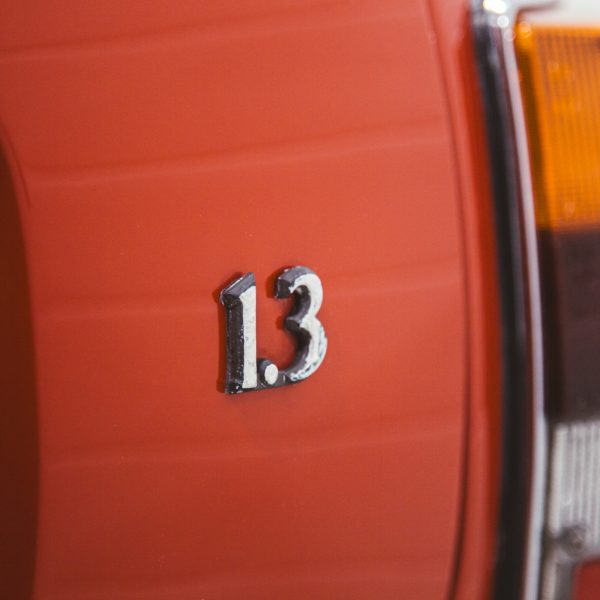
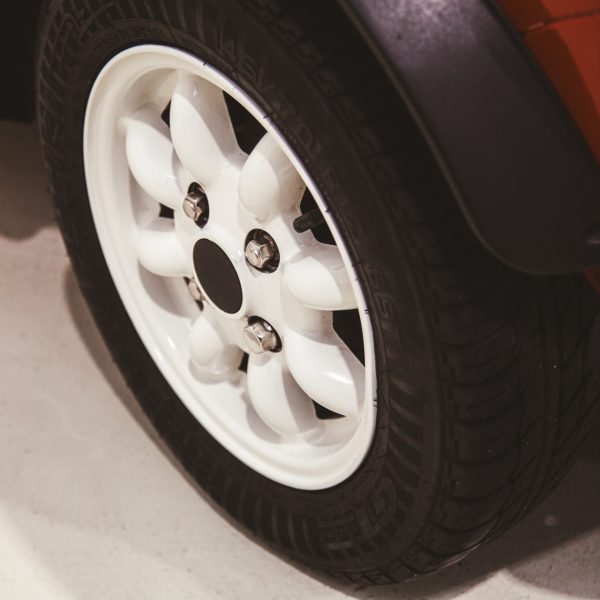


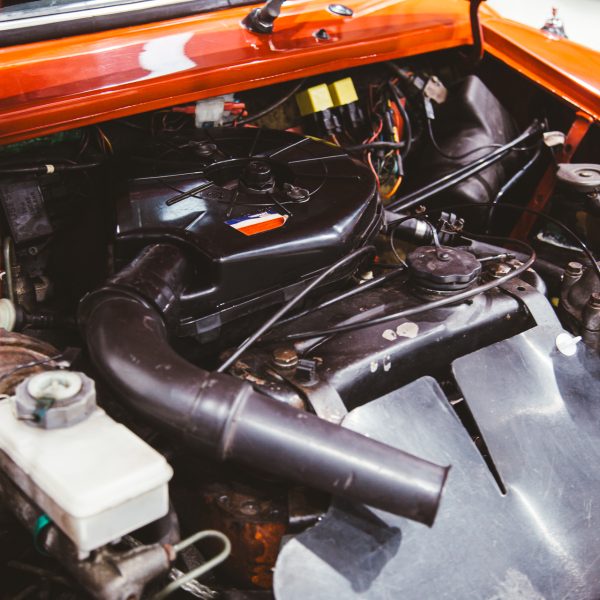
Powered by the quintessential 1275cc 4-cylinder engine paired with a manual gearbox, this classic Mini really does… ‘’get its skates on’’ to quote the film.
Included with the car is a history file which contains the original grey vinyl booklet pack alongside numerous invoices dating from June 2023 all the way back to the 19th of May 2000.
Also included is a valuation certificate from the British Mini club from 2015 confirming the car as one of the 1750 Italian Job Mini’s built with the inspector noting the car was ‘A nice example of a Mini Italian Job LE’.
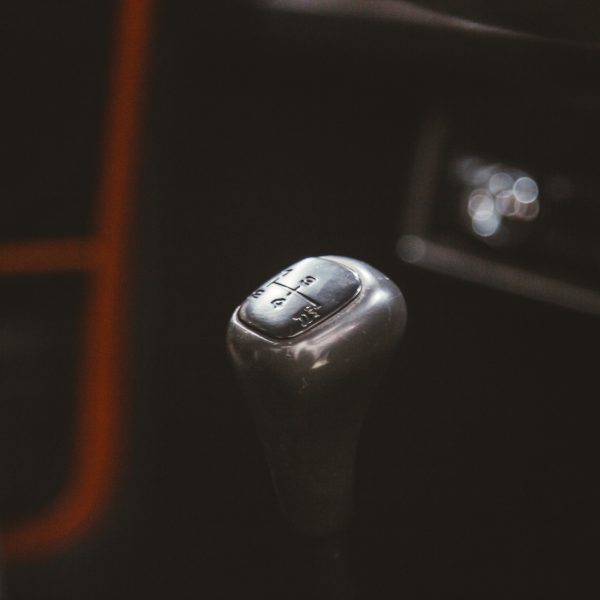


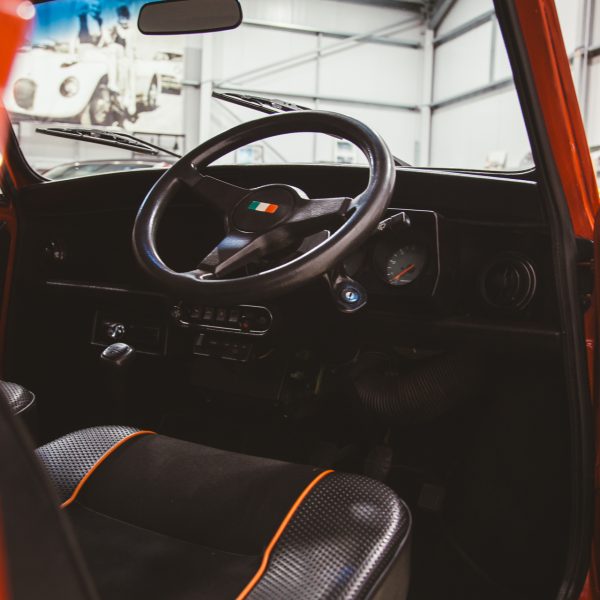
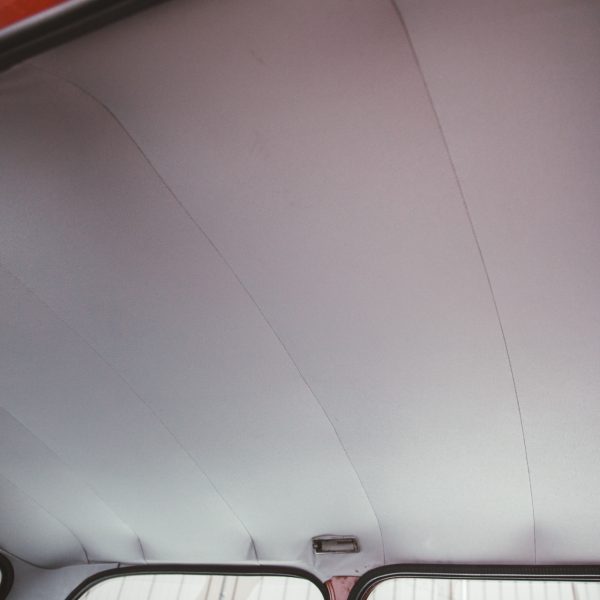
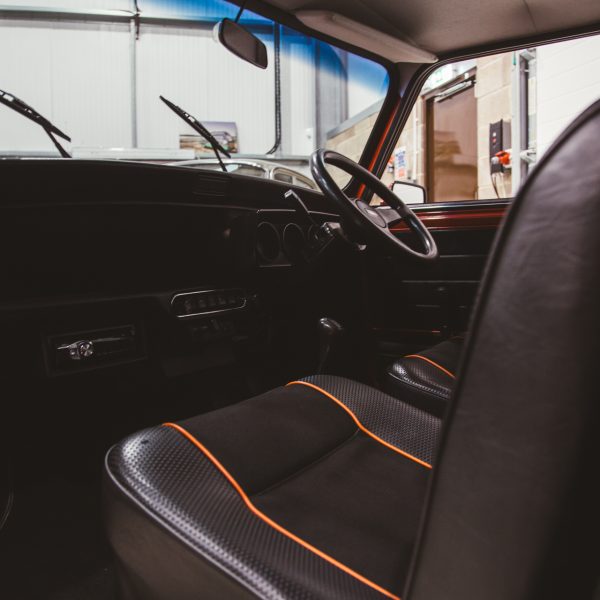
So, whether you’re looking at doing a ‘big job’ with some gold bullion or a tranquil Sunday drive our 1992 Rover Italian Job Mini ticks all those boxes.
Join that famous ‘self-preservation society’ and enter now to win our 1992 Rover Italian Job Mini.
Full Gallery & Video:

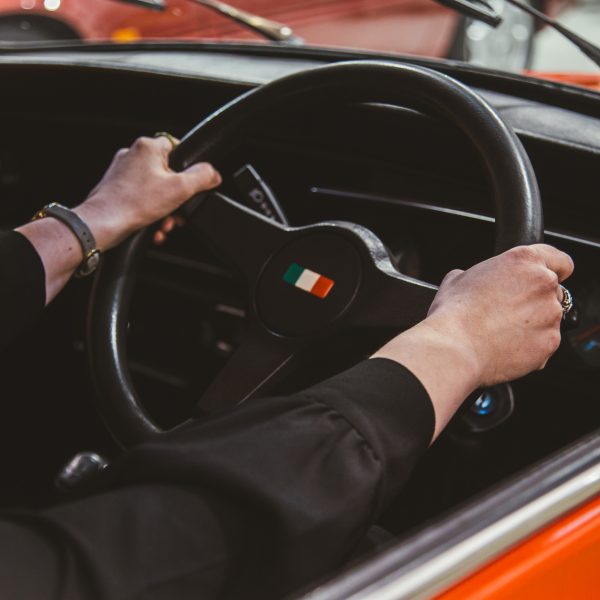
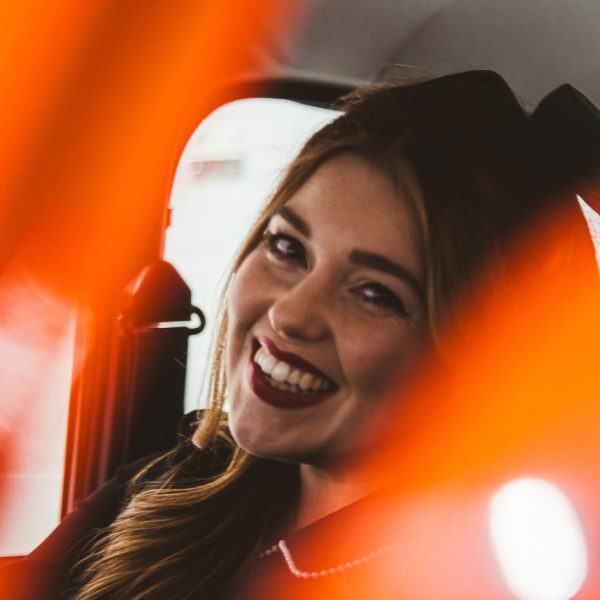

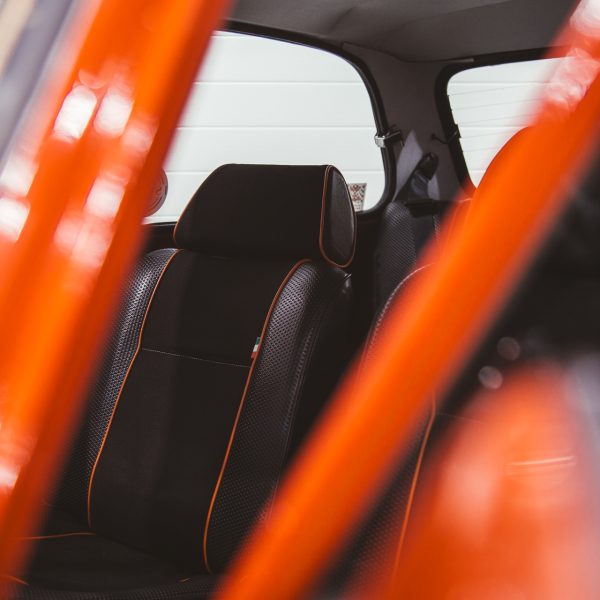
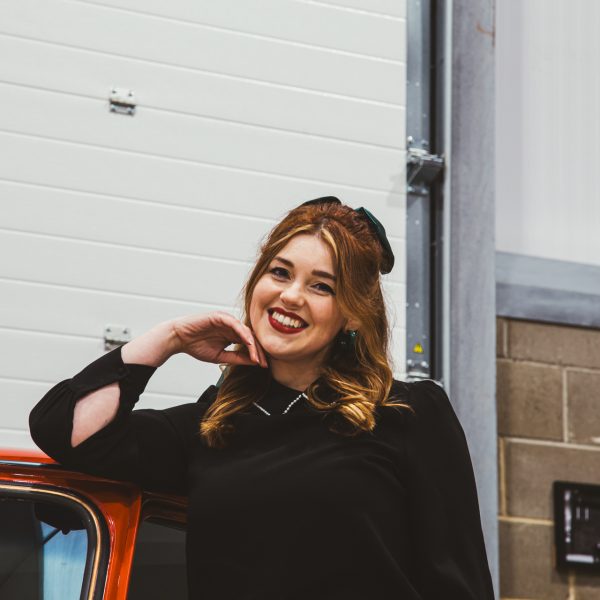
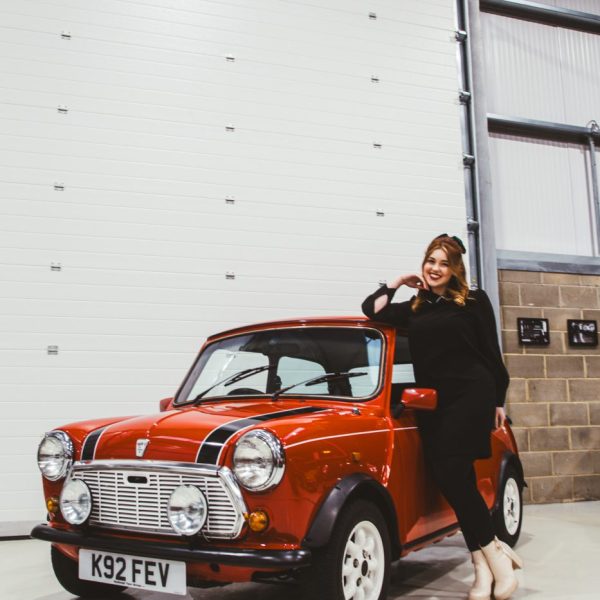



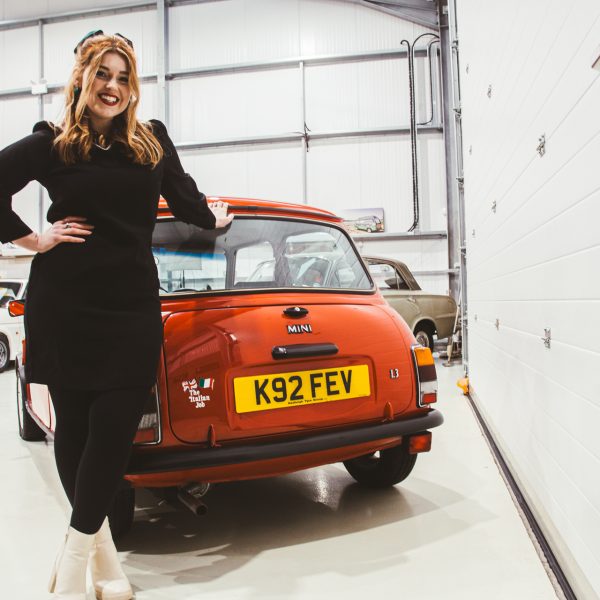
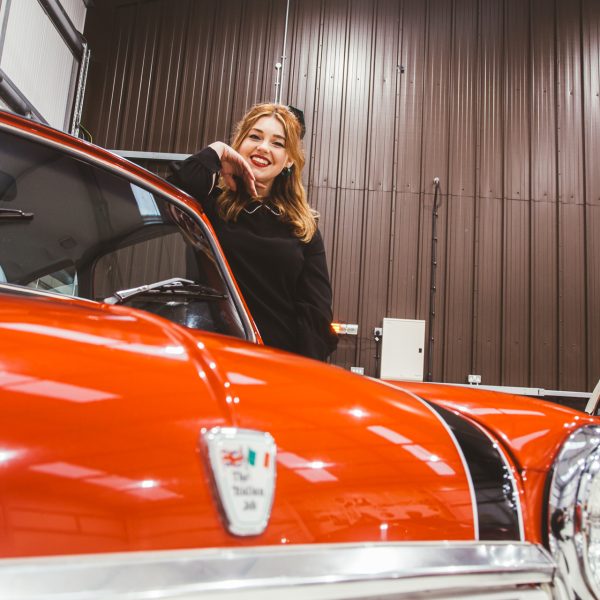
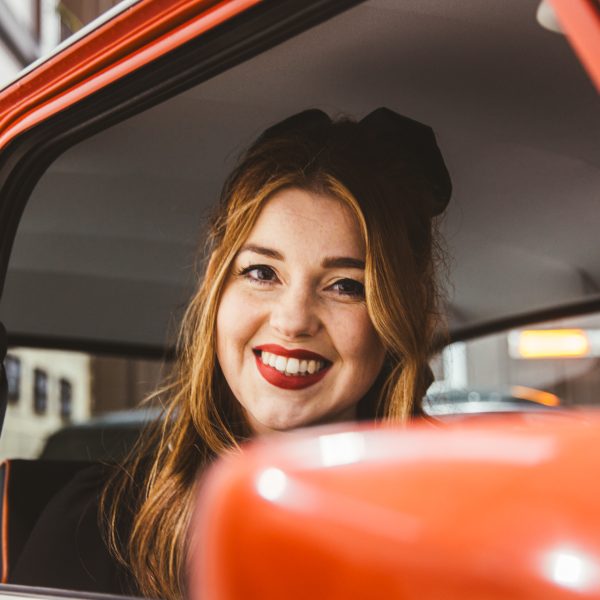
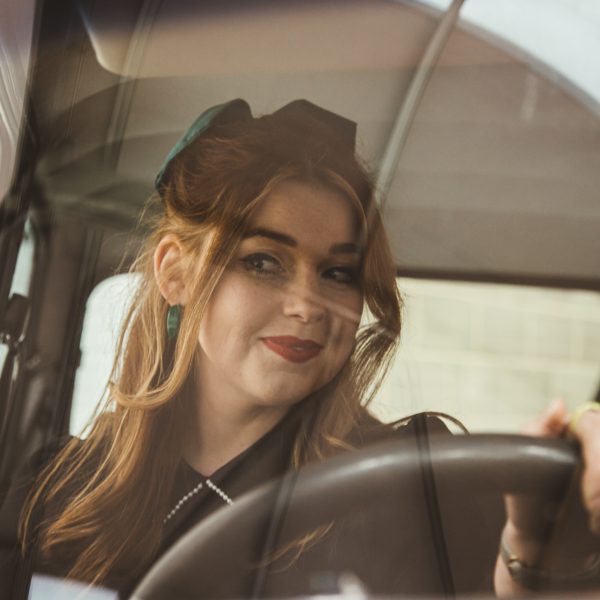
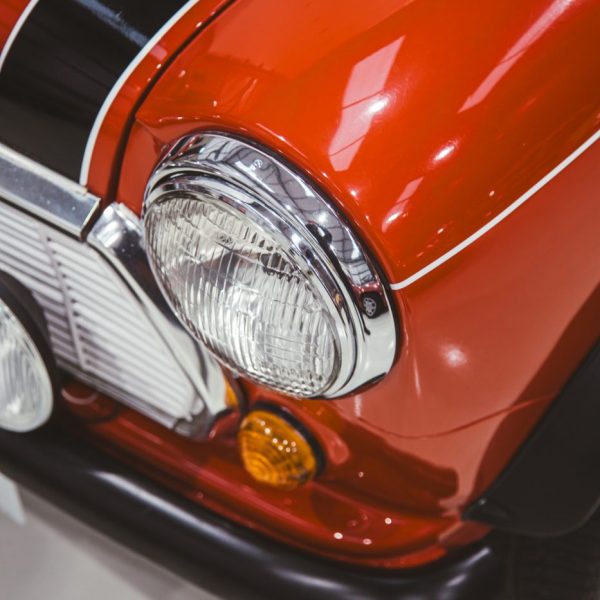




















The Ford Fiesta XR2 represents an important part of many early petrolheads stories – Those first forays into making their cars truly unique and stand out from the crowd in the battle of who would be king of the car park.
Hailed as the blue ovals first attempt at a hot hatch, the XR2’s production would run from June of 1984 until April of 1989.
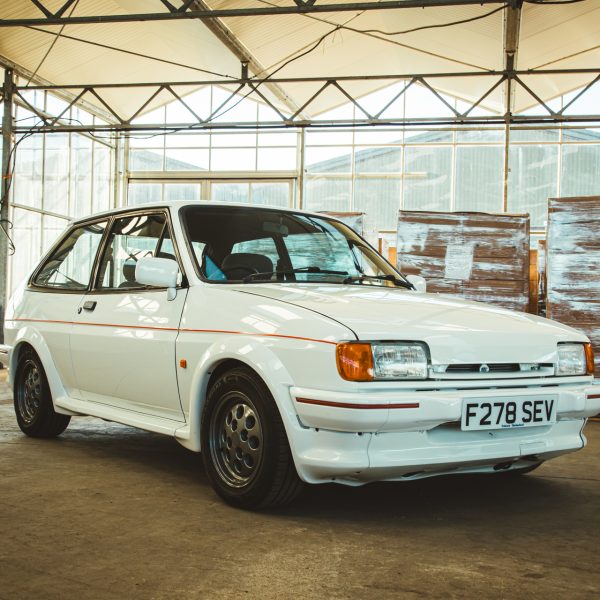
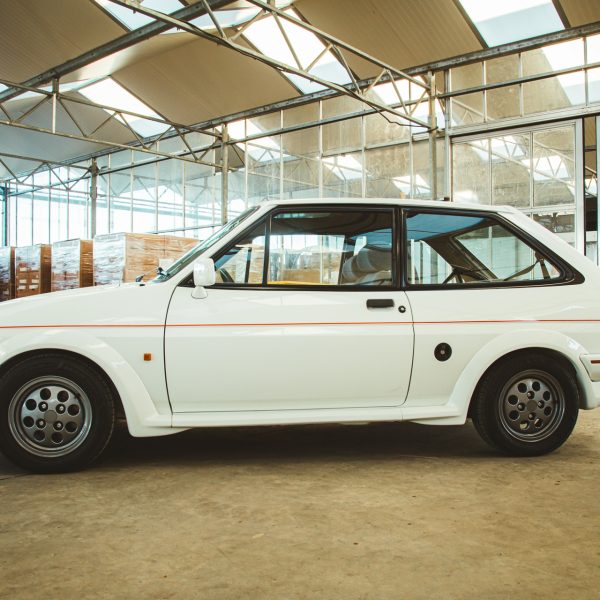
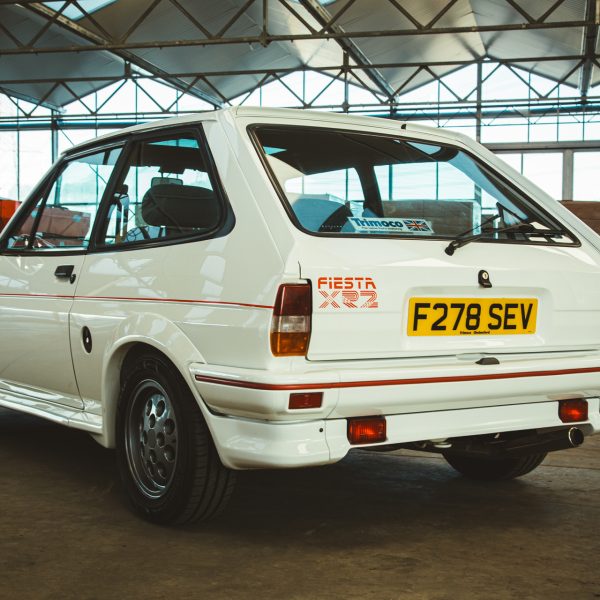
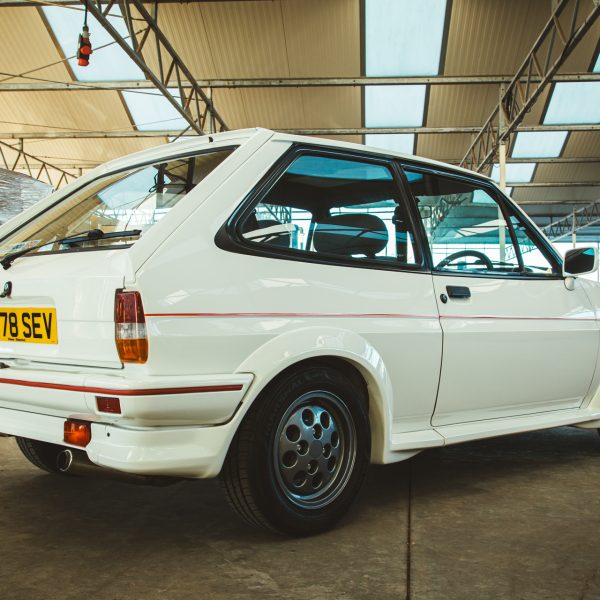
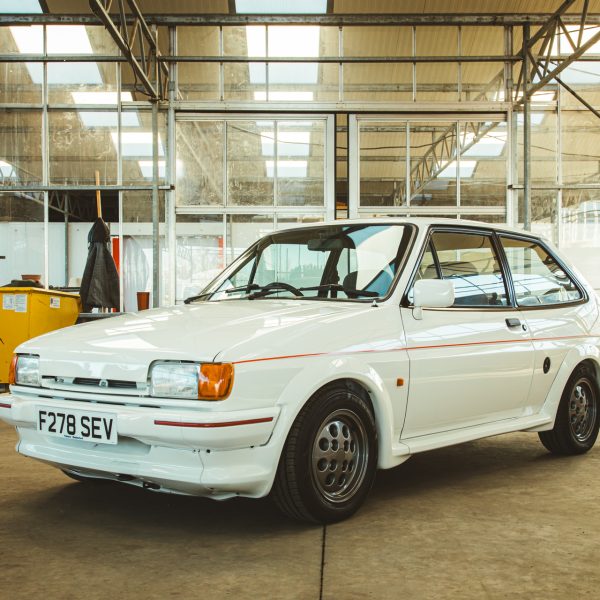

Fitted with the 1.6-litre engine from the Escort XR3, the XR2 would bring a new sense of performance to the smallest car in the Ford range thanks to nearly 100hp and the XR2’s lightweight of only 840KG alongside new more aggressive styling – Allowing many budding petrolheads to put their own personal stamp on their cars in the 1990’s.
Our 1989 Ford Fiesta XR2 is finished in the classic shade of Diamond White with its signature ‘rainbow’ cloth interior and has just completed a recent nut and bolt restoration bringing the car back to the style of the early to mid-1990’s.



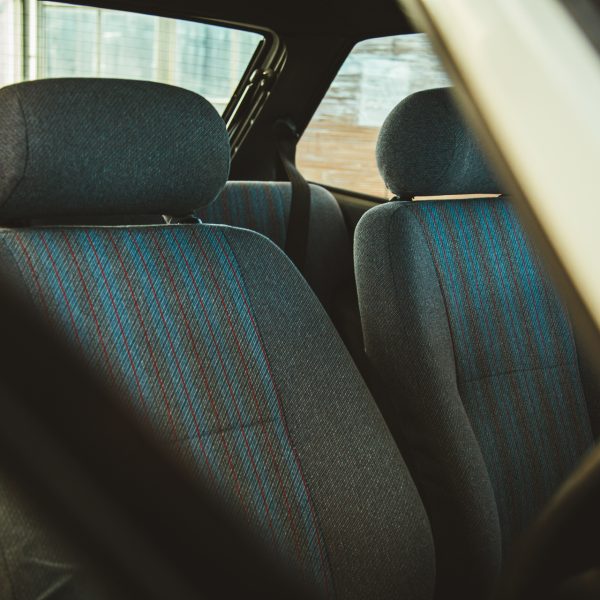

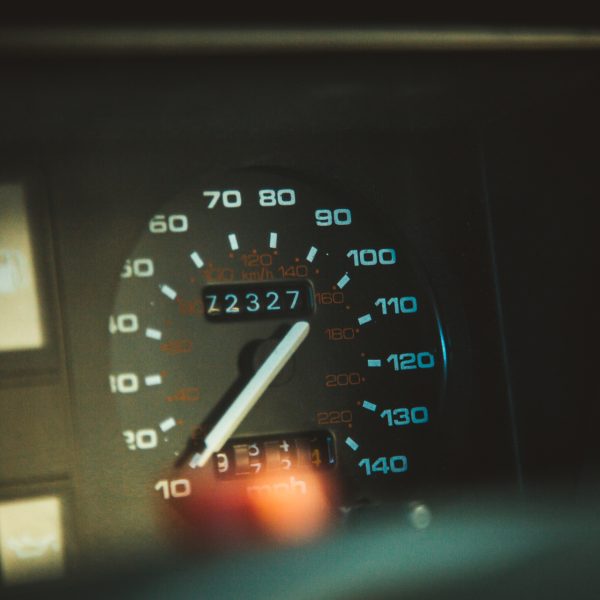
First registered by Trimoco Ford in Chelmsford on the 7th of April 1989, our XR2 is one of the final cars to be delivered to customers before the change over to the Mk3 Fiesta later that year – The history file contains an early Ford assurance certificate dated 7th of April 1989 as well as the cars original handbooks and service records.
This is your chance to relive those glory days for just a few pounds!
But hurry! The launch sale price of just £4.50 ends at 3pm Friday 26th January 2024… Don’t miss out and get yours now.
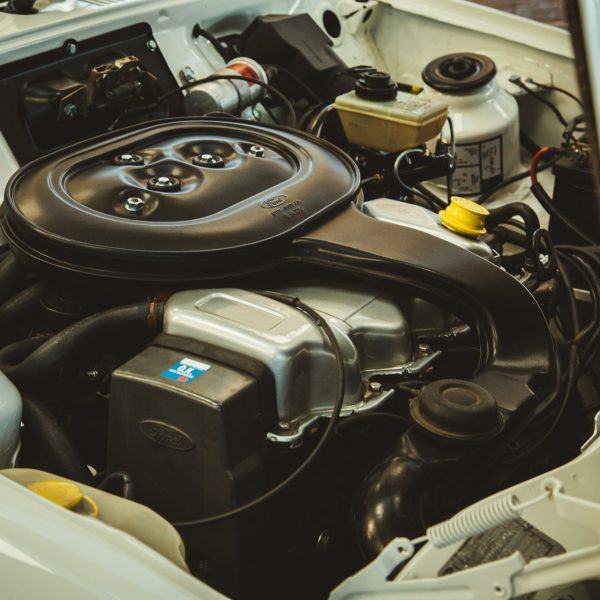

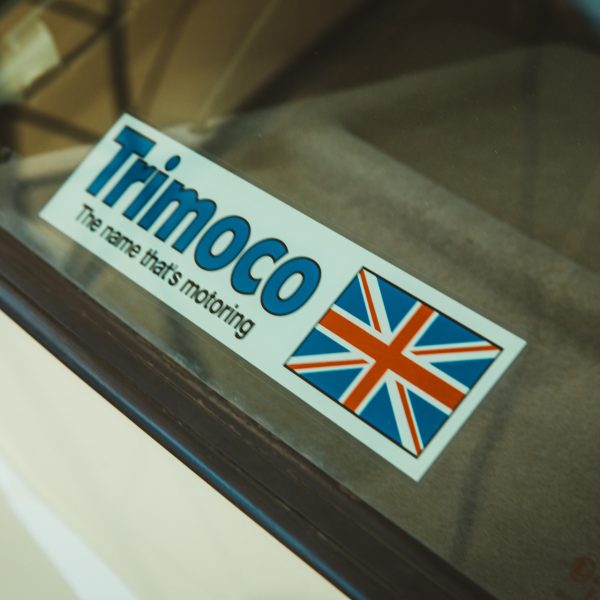
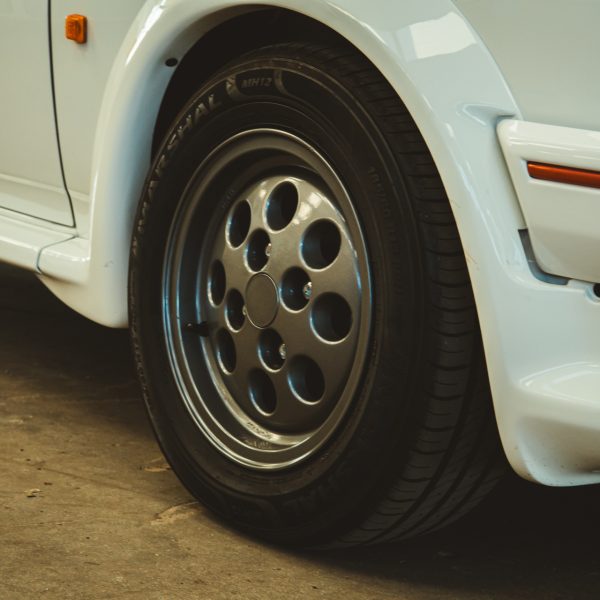
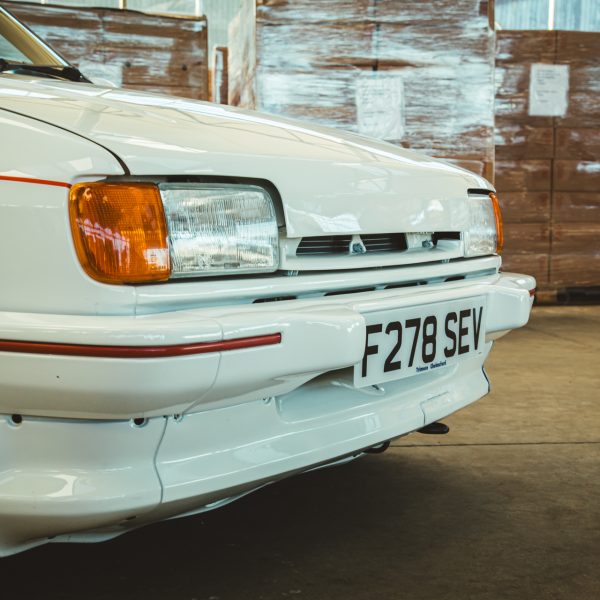

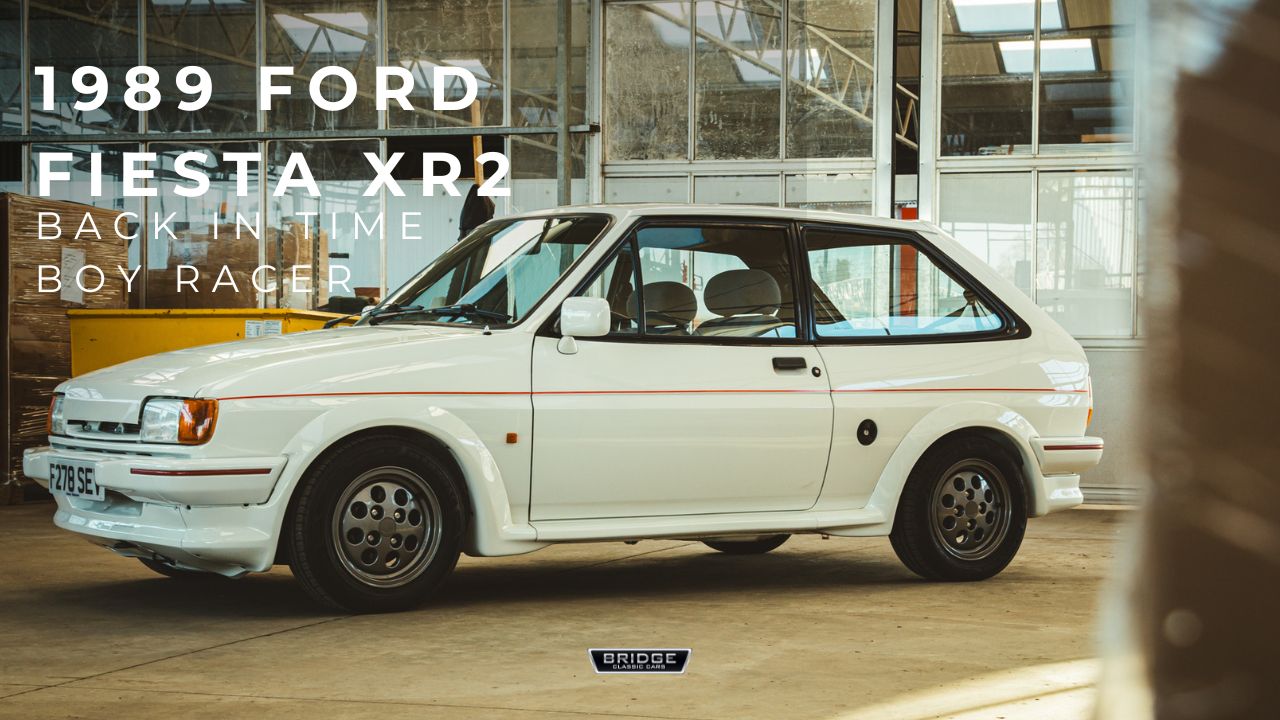
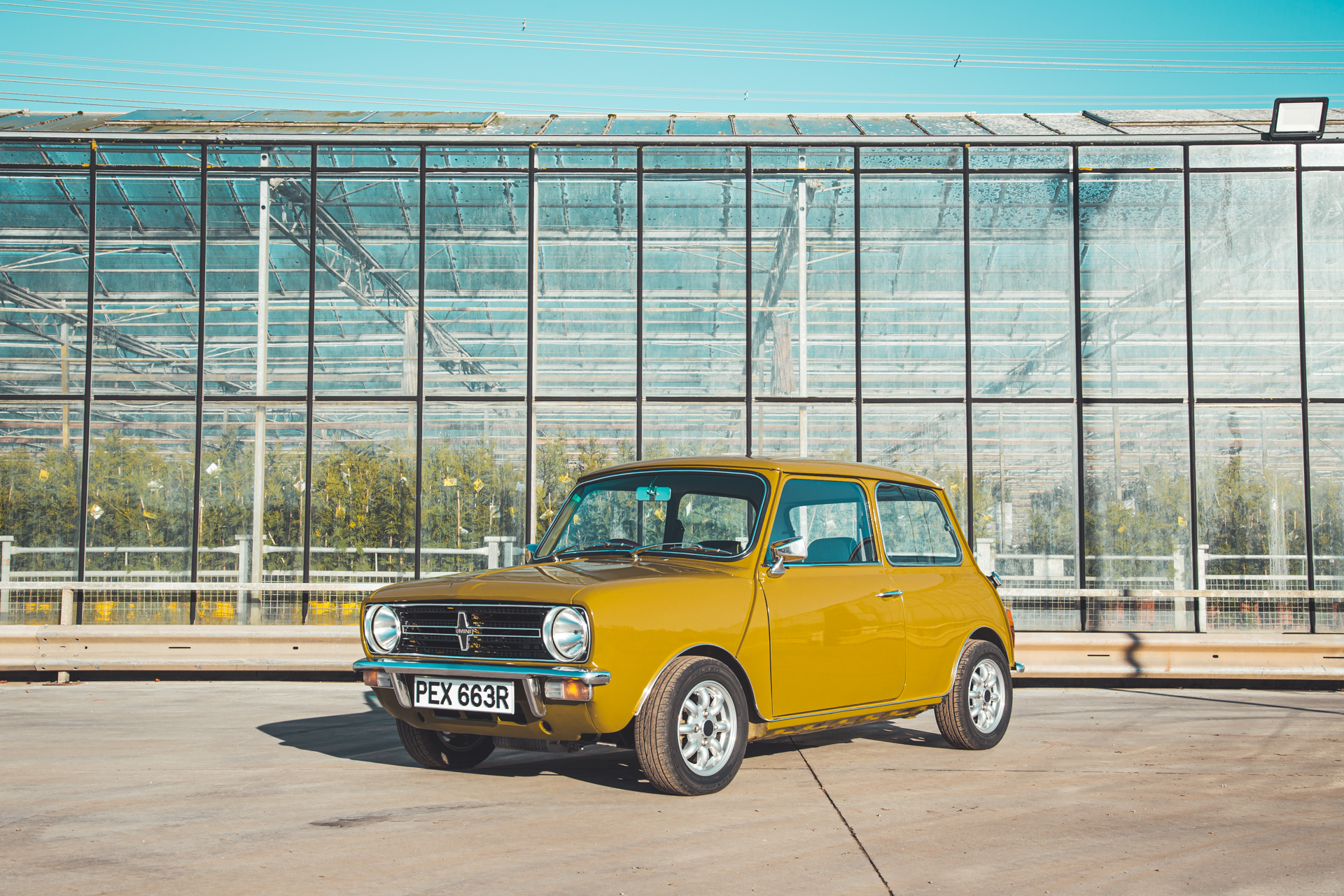
The humble Mini served as both a way to get from A to B as well as the first steps out onto the open road for a generation of would-be petrolheads.
From its earliest days in the late 1950’s all the way to its retirement in the early 2000’s, the classic Mini holds a special place in the classic car world – Just like this one, our 1976 Mini Clubman 1100.
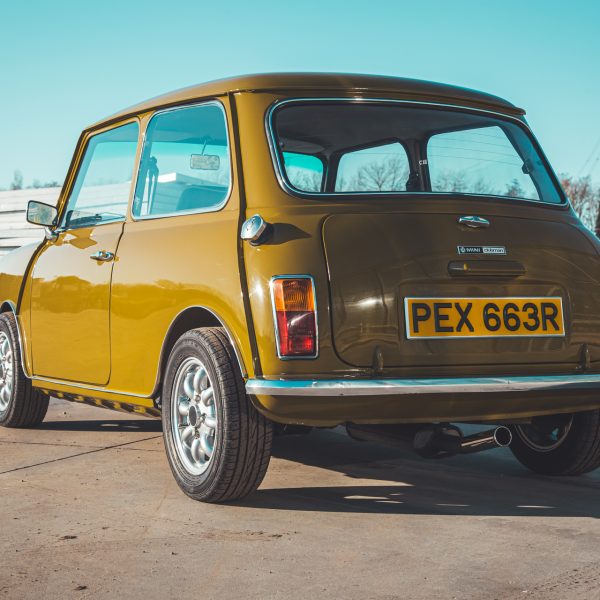

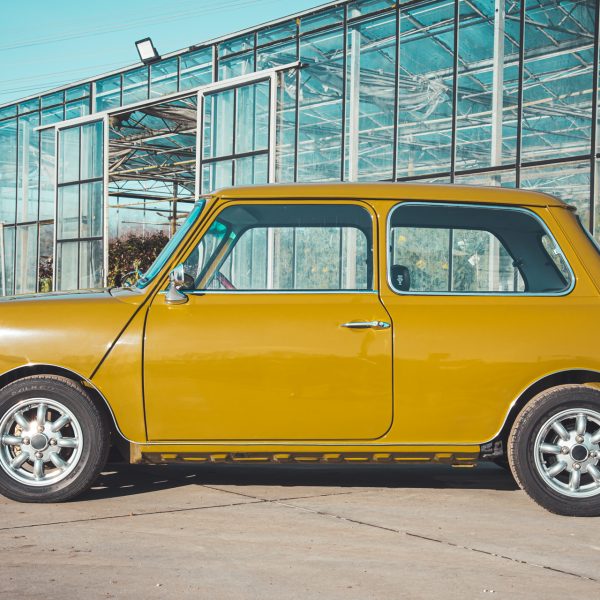
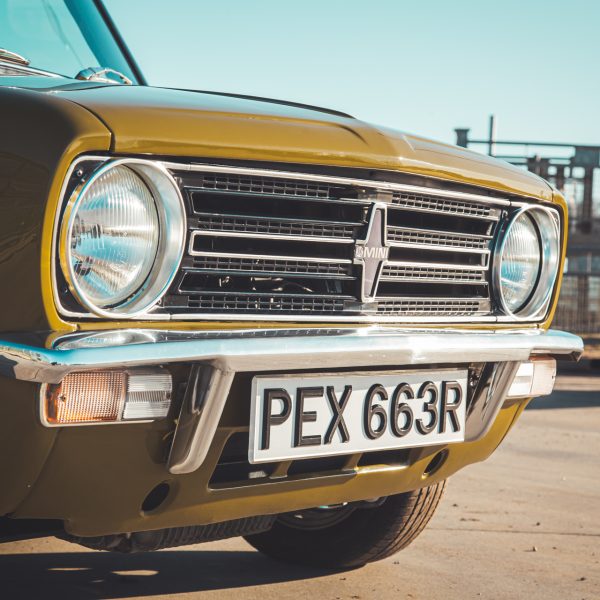
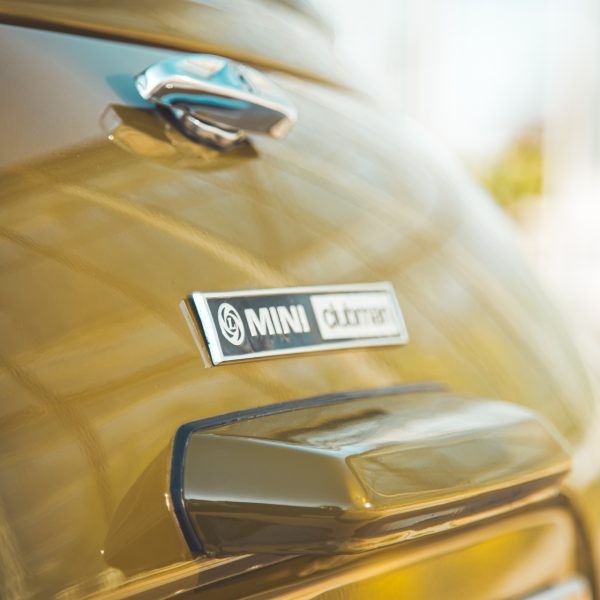

With beautiful Antique Gold paintwork over a Black interior, with colour matched piping, our 1976 Mini has been lovingly looked after and cherished by its previous owners. Fitted with a 1098cc 4-cylinder engine and 4-speed manual gearbox, this bite-sized piece of gold has all the right feel for a classic Mini experience.

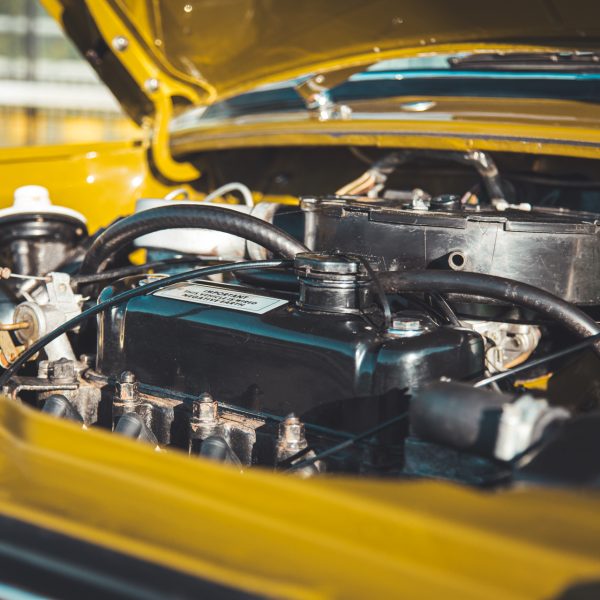

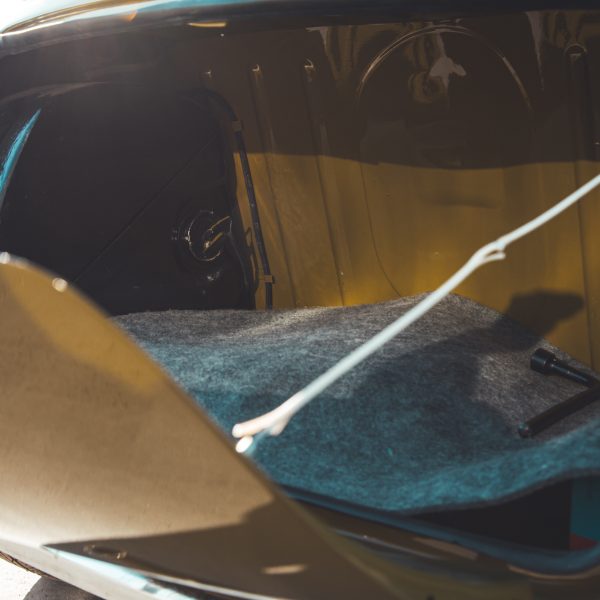
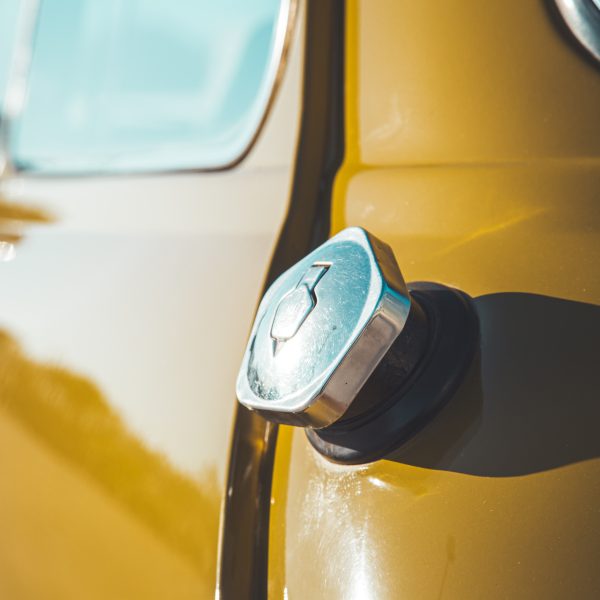
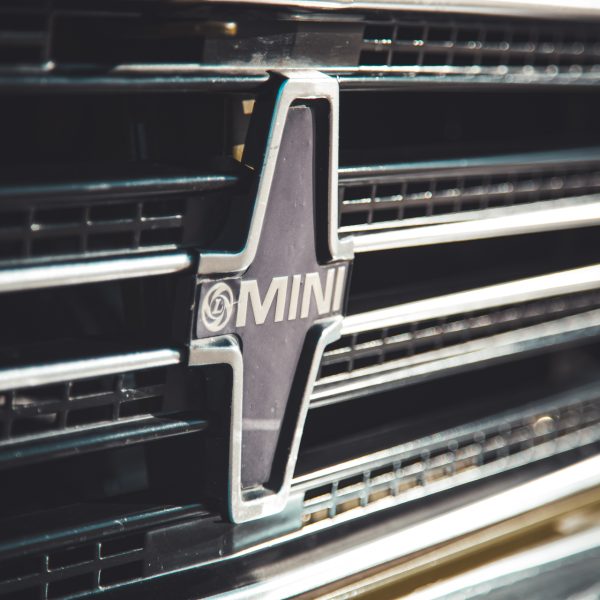
Our Mini Clubman has recently been restored inside and out, with all parts sourced from marque specialists such as Mini Spares and Mini Sport Ltd – as evidenced in the extensive history file which also includes the original Austin Morris ‘Passport to Service’ which details all the way back to the cars original PDI in August of 1976 at Melrose Garages in Norwich, where the car appears to have spent its first 20 years before migrating to the Northwest.
In its 48 years, the car is showing to have covered just under 63,000 miles. It is believed the engine was refreshed around 2018 with sales invoices for a piston ring set and new water pump.
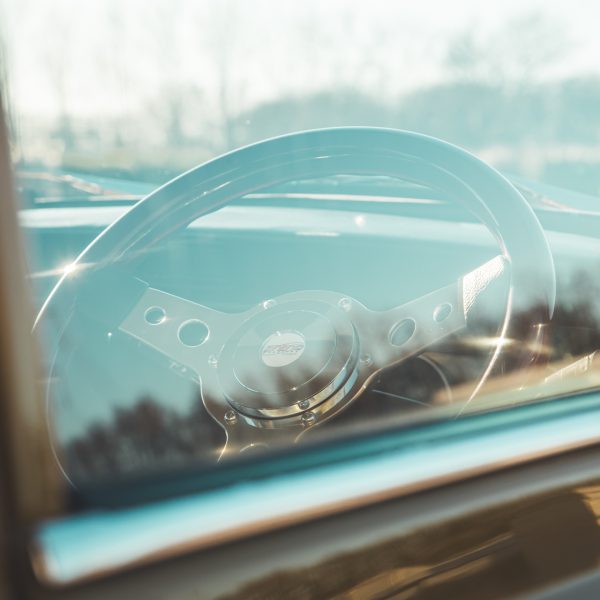
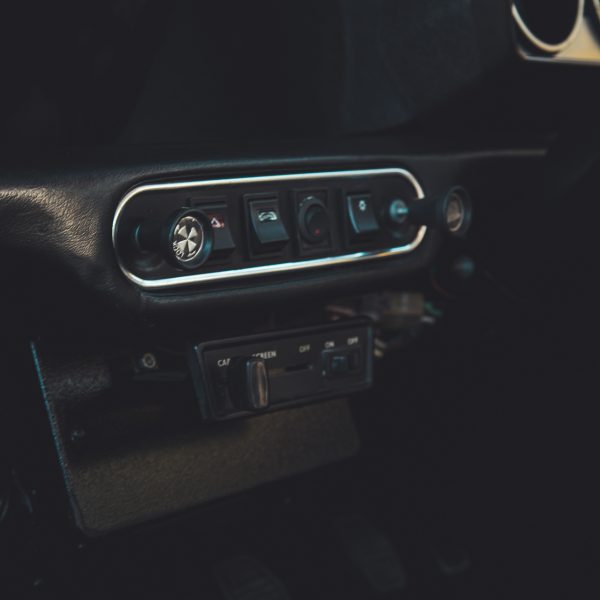


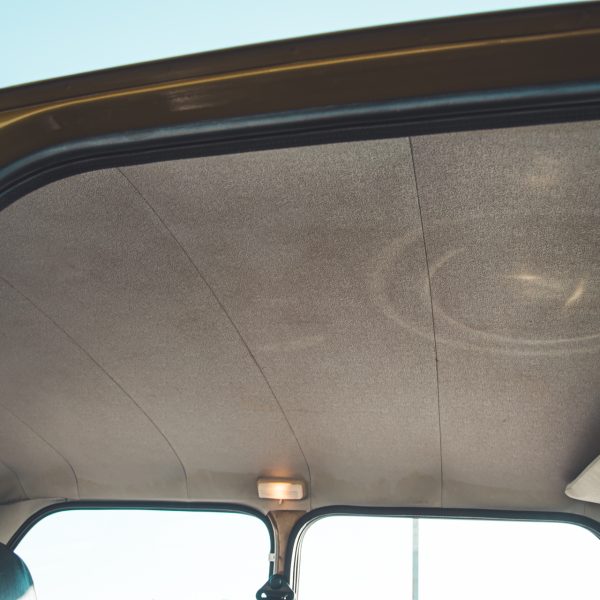
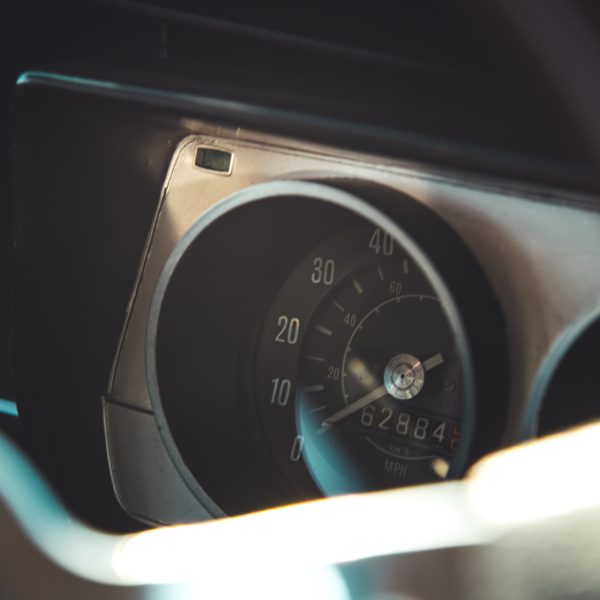
Also included in our Mini’s file is a Best in Show award from the St Helens Classic Car Club dated April 2019, with this, we believe any restorative or restoration works were carried out prior to the award supported by parts invoices dating back to 2017/2016.
Some of you may be thinking ‘haven’t I seen this Mini before?’ and the answer is yes, but Bridge Classic Cars Competitions is giving you another chance to win this incredible 1976 Mini Clubman 1100 for just a few pounds.
Don’t miss out and get your tickets now!
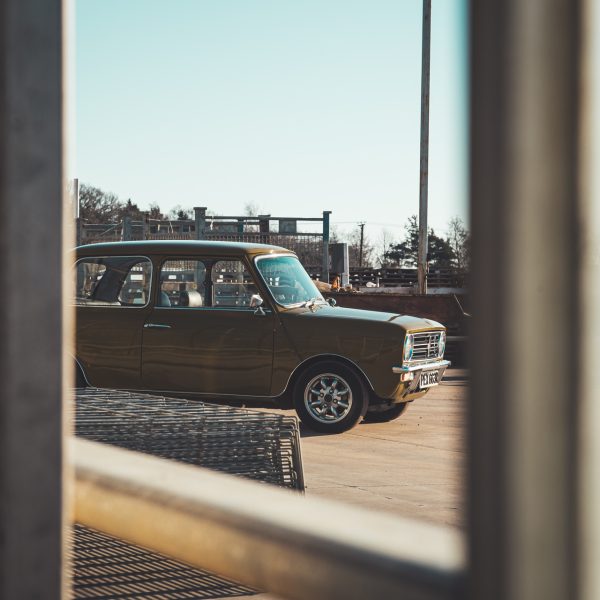
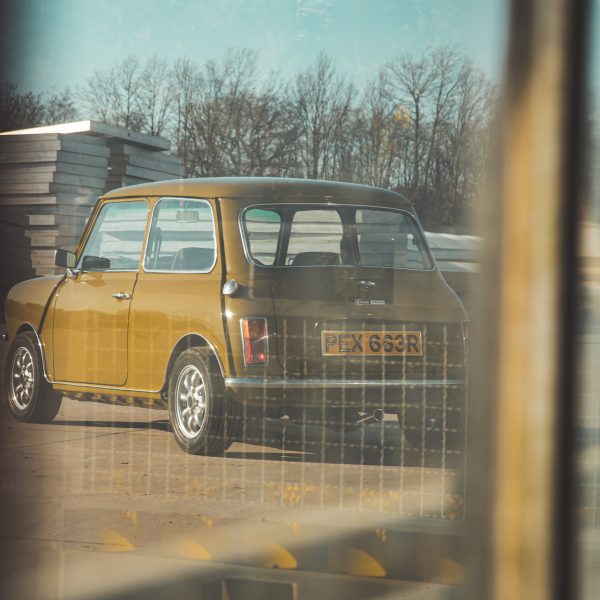

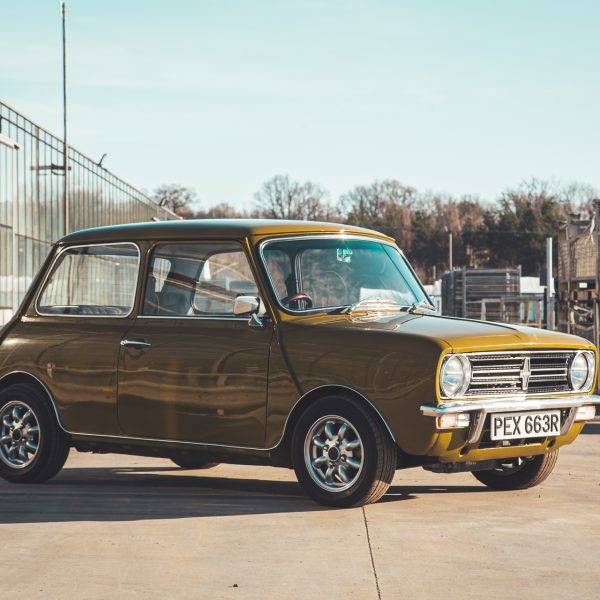
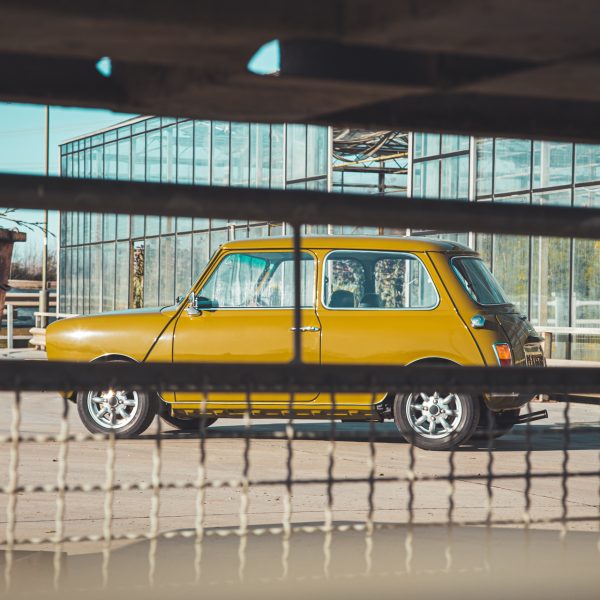
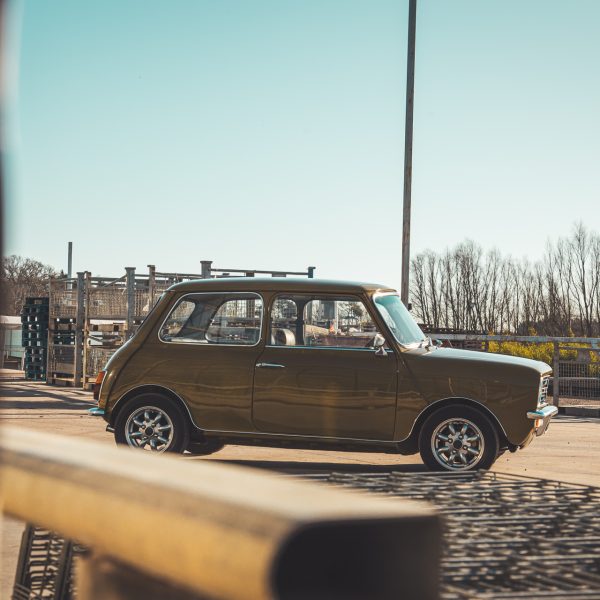
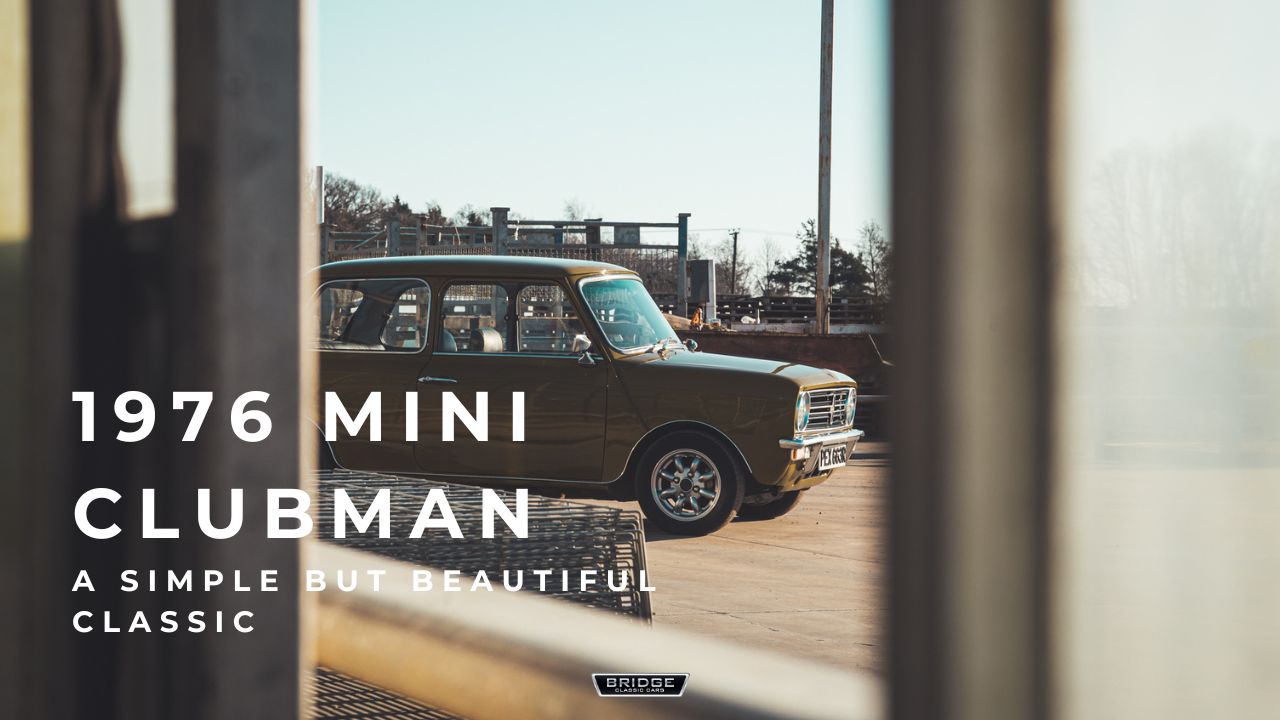
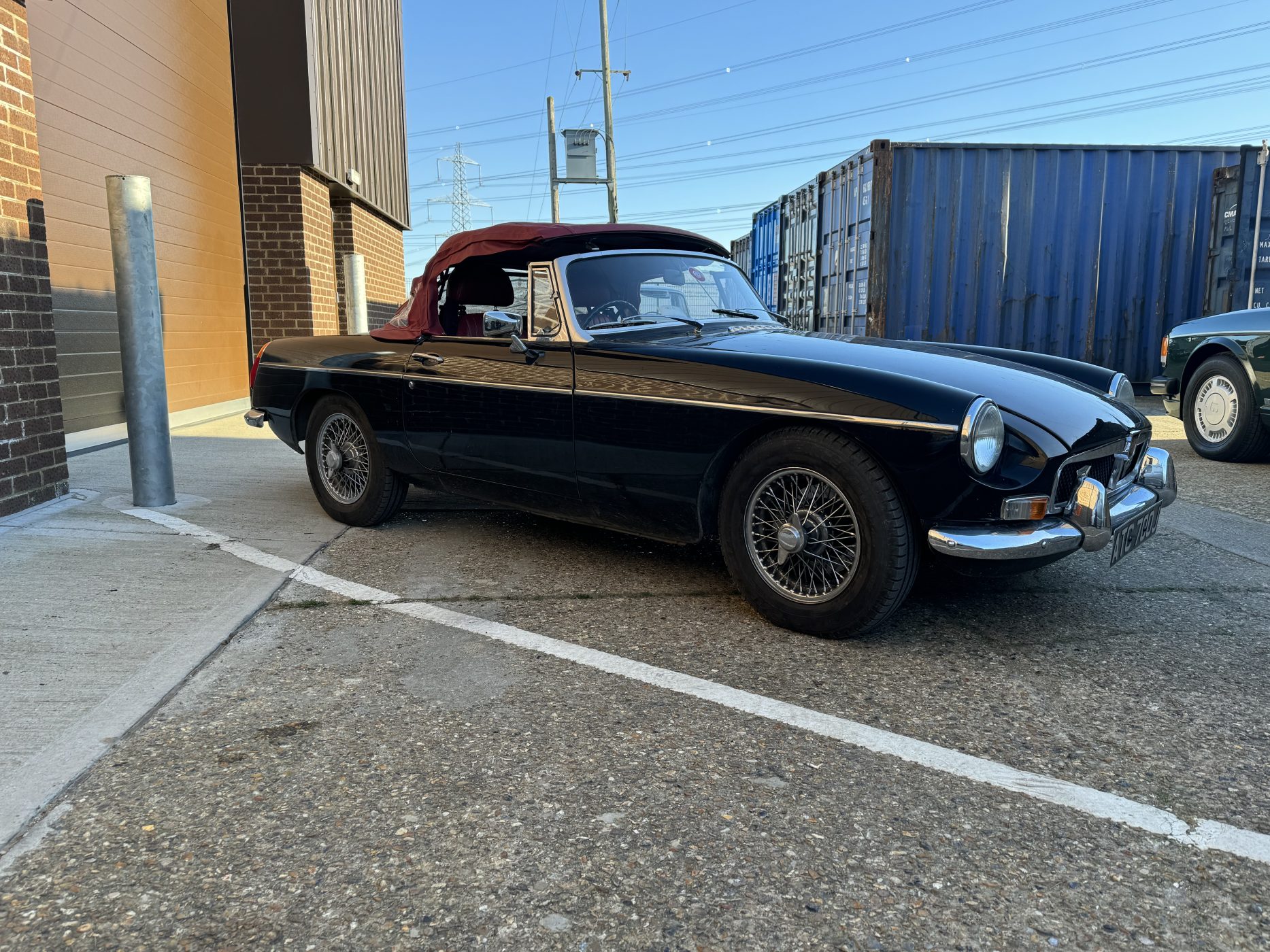
We recently welcomed this beautiful 1970 MGB Roadster into our Suffolk HQ for our trim team to take a look at the hood of this classic drop-top sports car.
Our trimmer Lydia will work here magic on soft-top of the car.
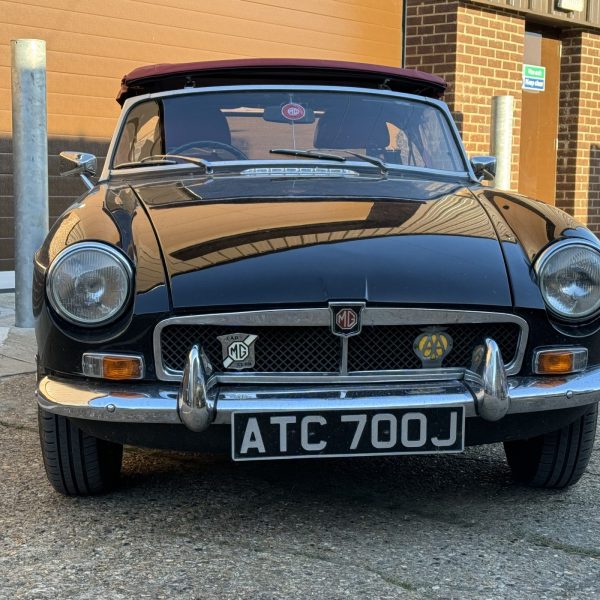

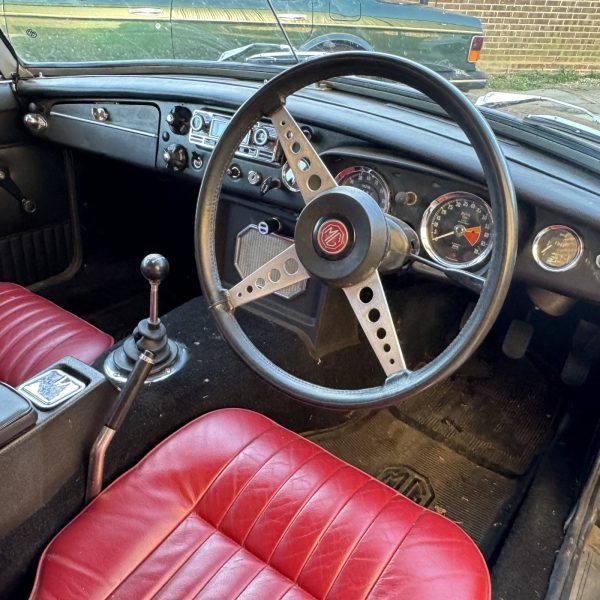
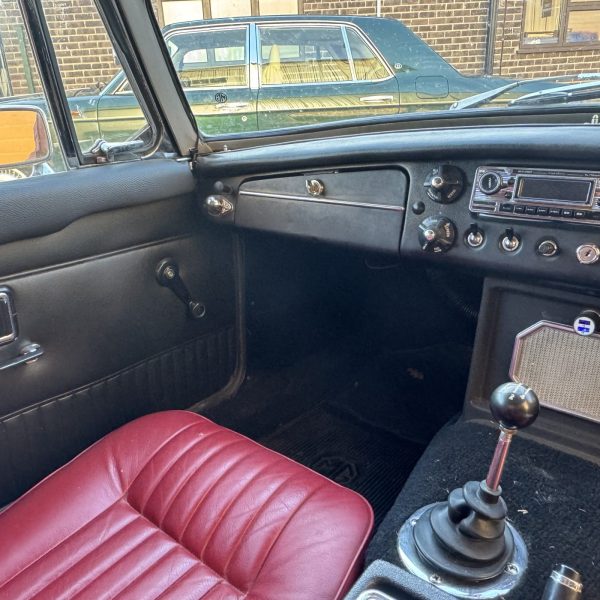
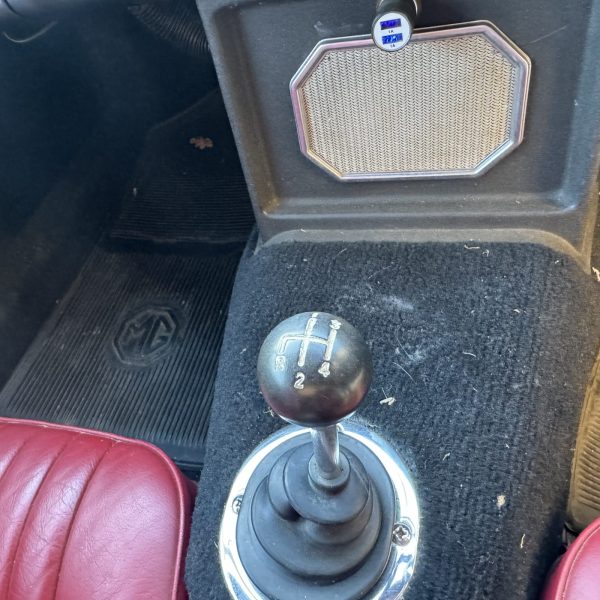
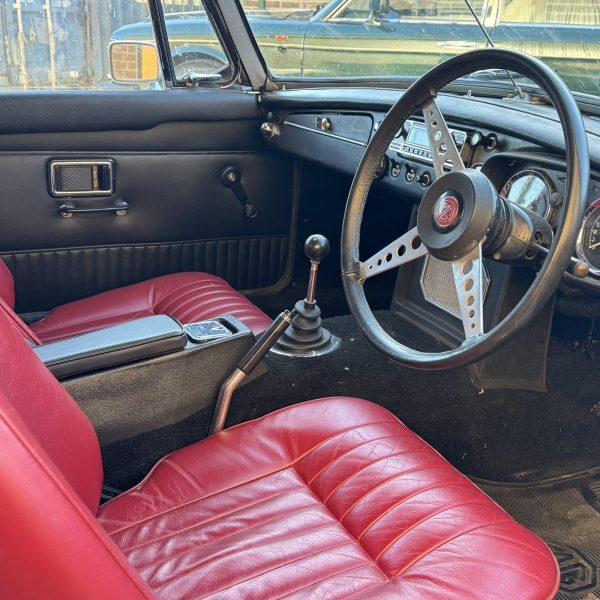
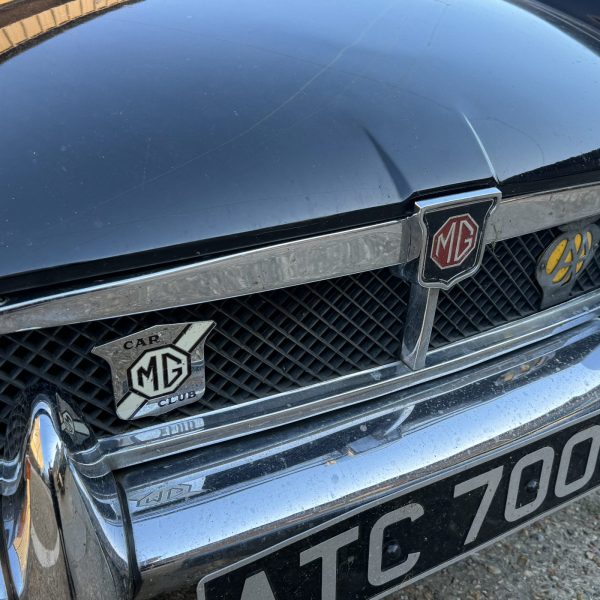
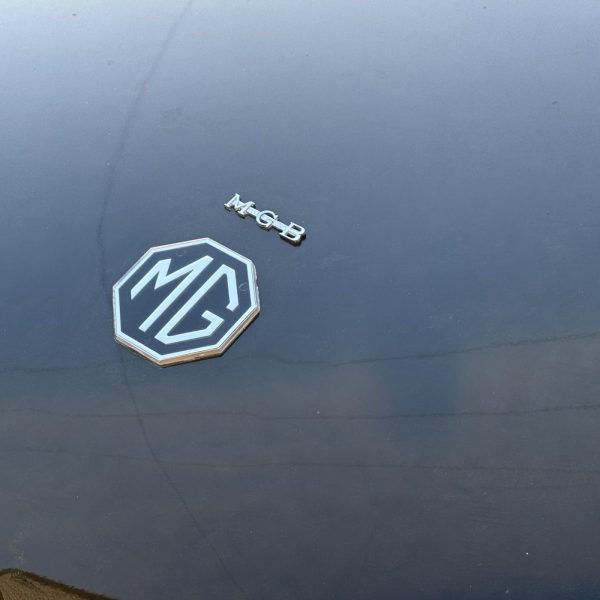
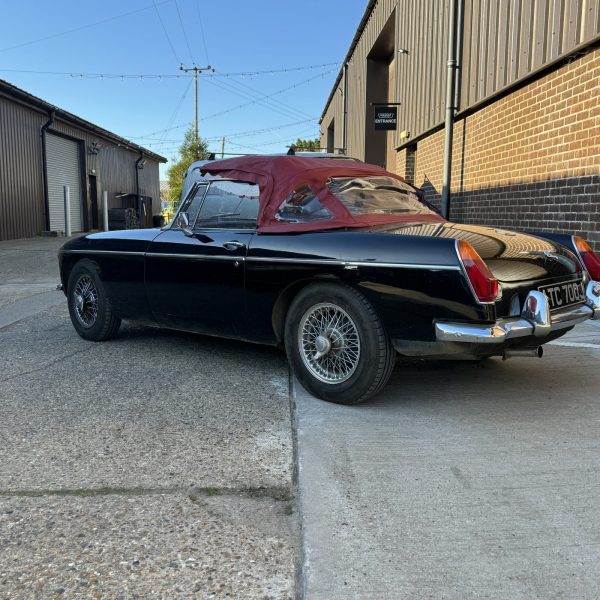
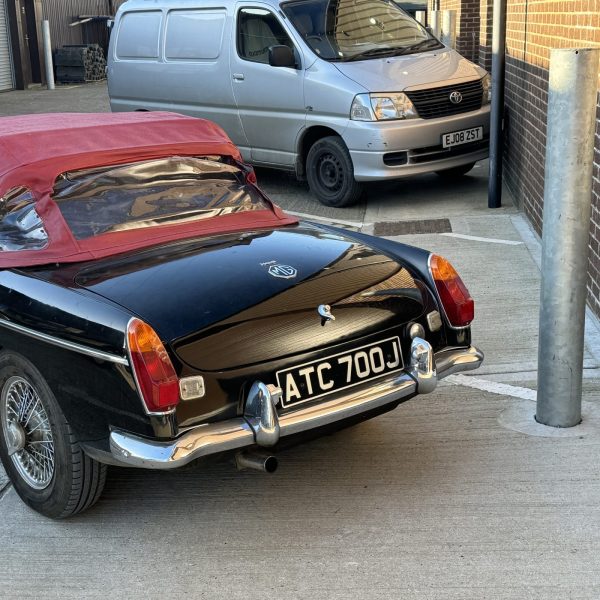
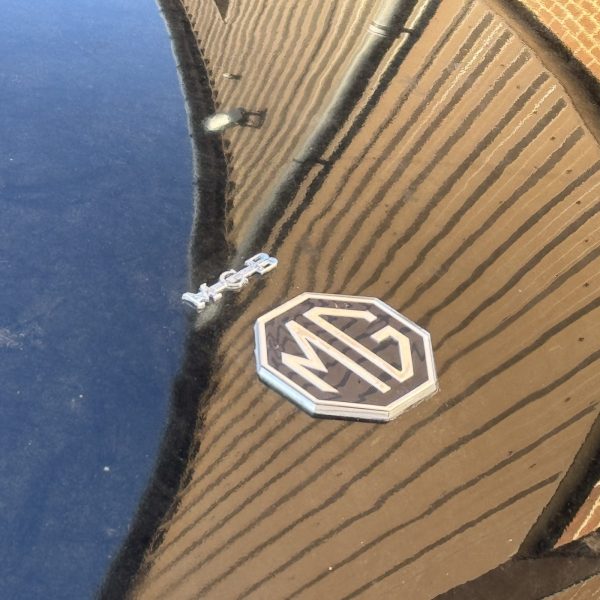
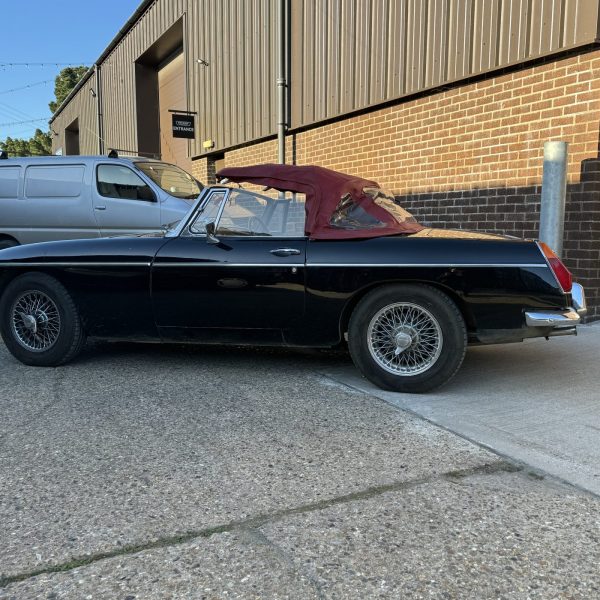
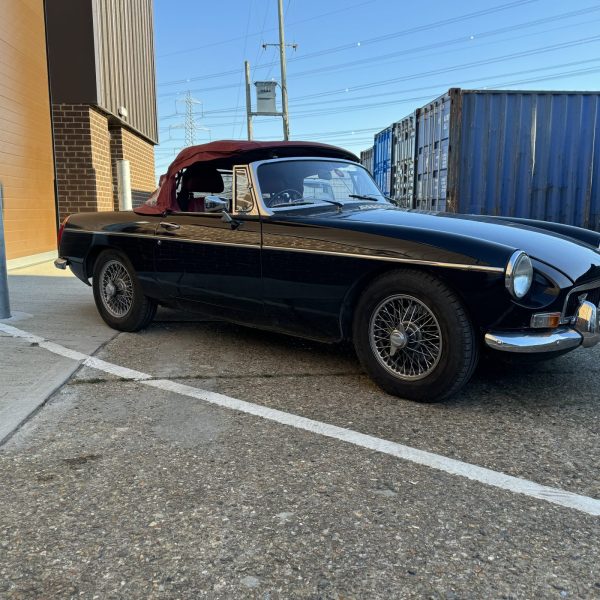

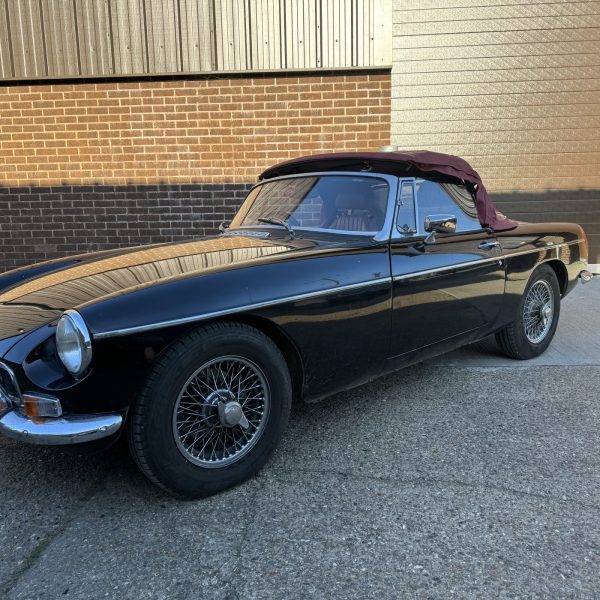
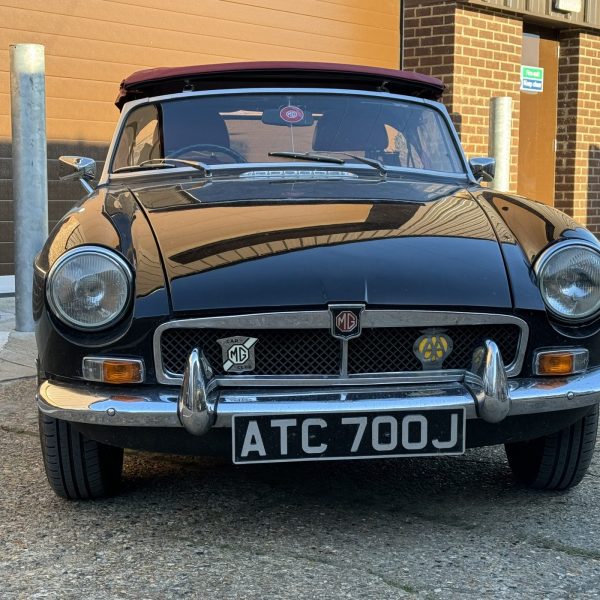

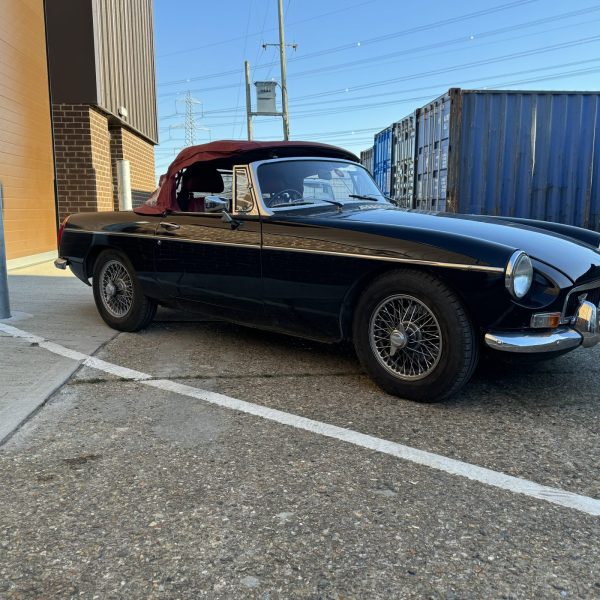

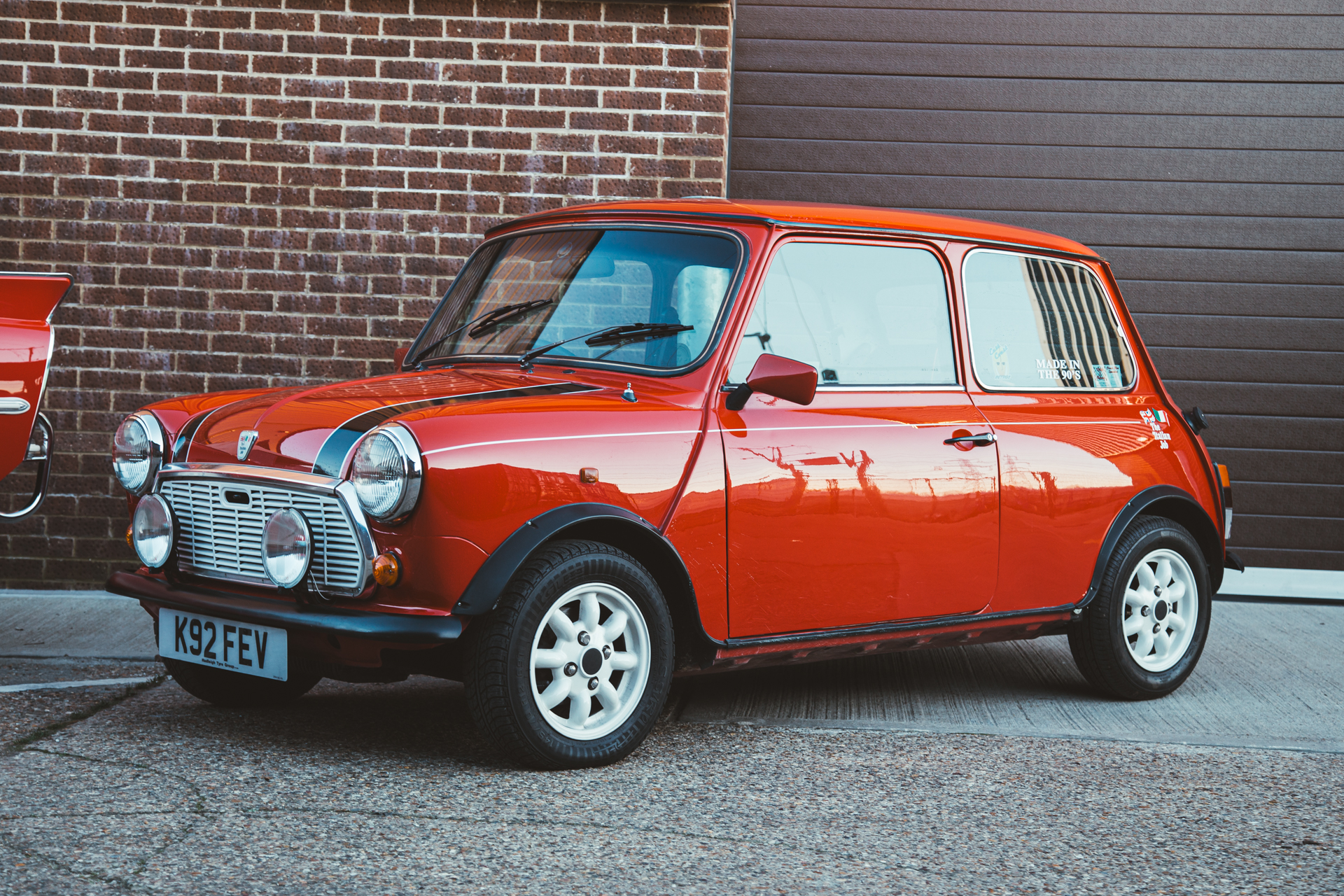
Recently we welcomed back an old friend to our Pettistree workshops, our old 1992 Rover ‘Italian Job’ Mini.
This car, played a part in the very early history of Bridge Classic Cars before going off to live its own life out there within the UK Mini community. Now, it has found its way back to us!
Soon, it will be headed into our workshops for the team to assess.
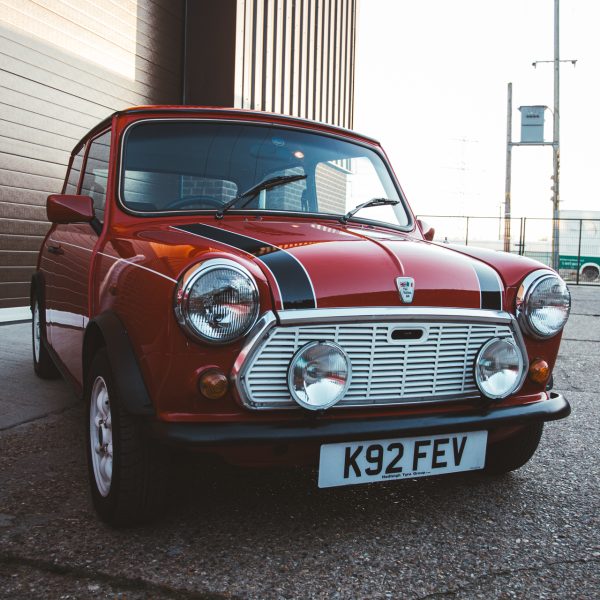
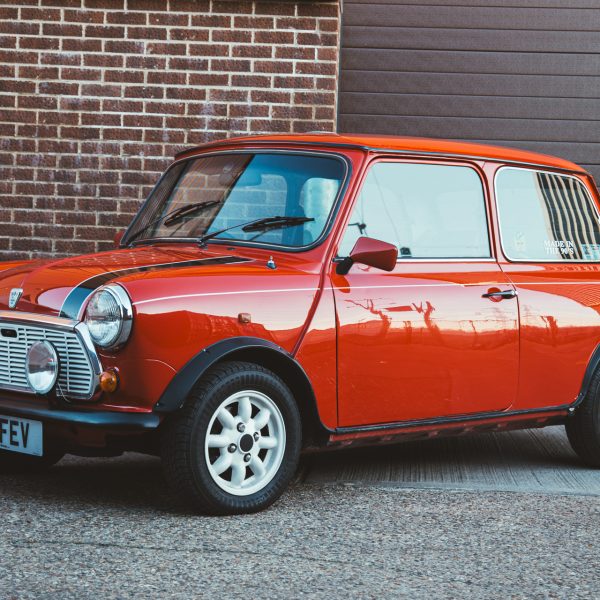
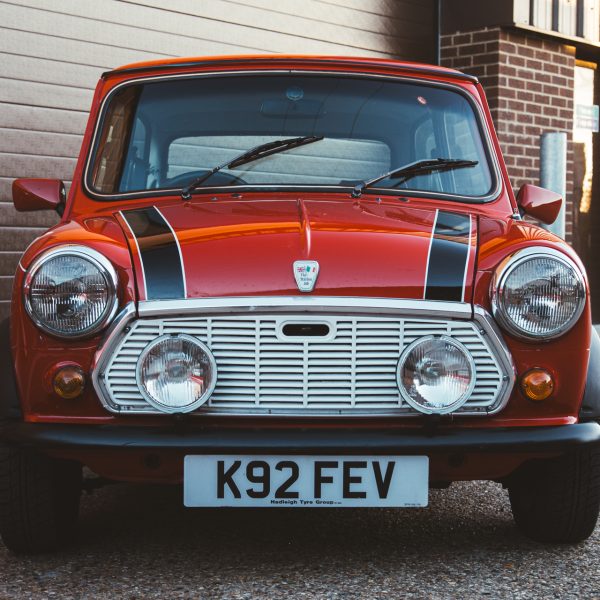
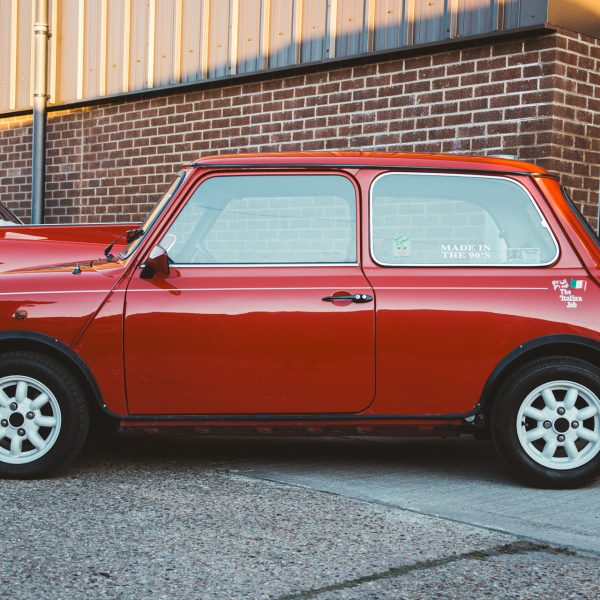
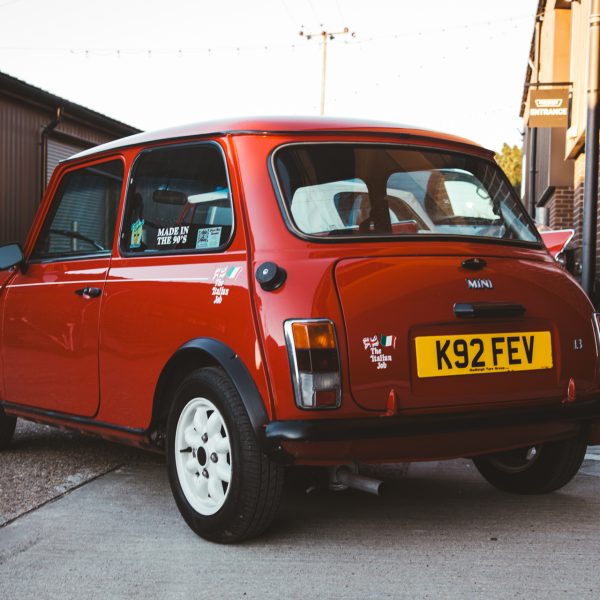
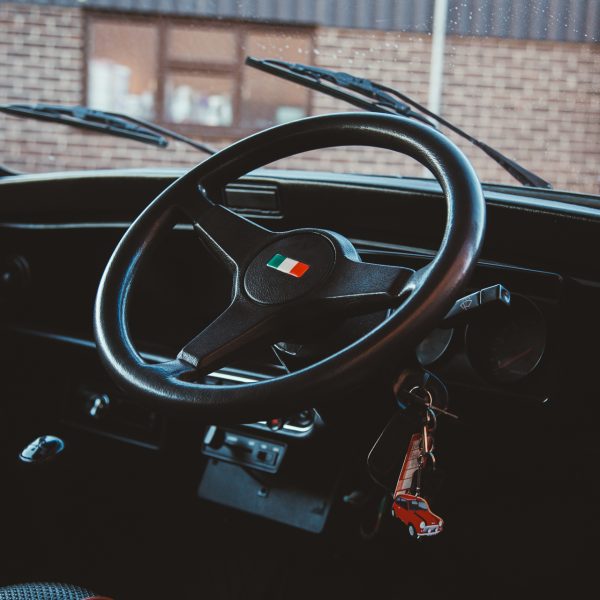
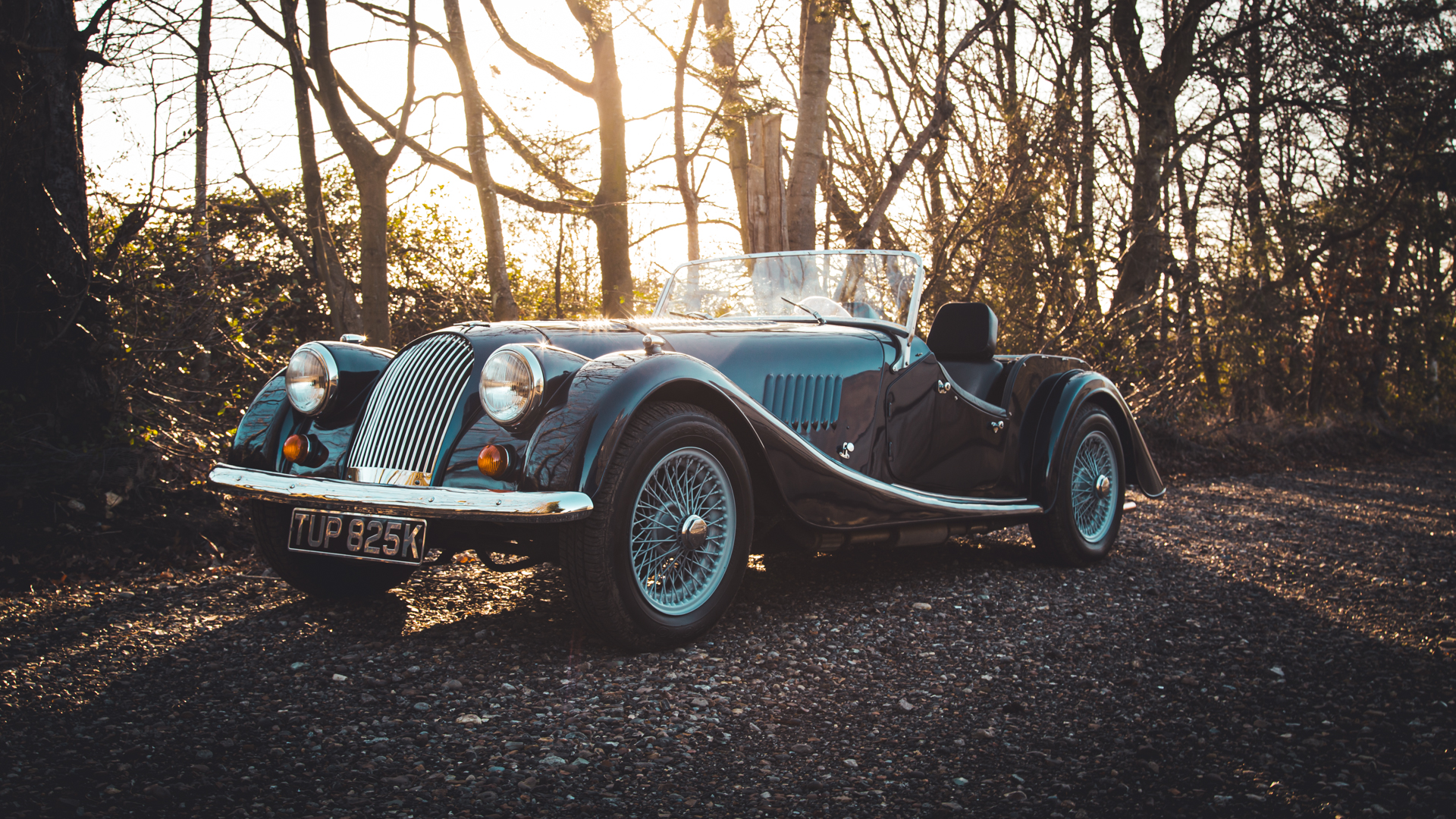
The Morgan 4/4 is undeniably and unapologetically British. It is one of the most timeless and nostalgic designs to grace the roads across not only this island, but the world at large. From its earliest days, the company’s DNA has run strong through each of the models combining a beautiful blend of craftsmanship, style, and nostalgia.
From its introduction in 1936 and onwards to the modern day, the 4/4 has been a mainstay of the Malvern master’s arsenal – Just like this one, our 1972 Morgan 4/4.
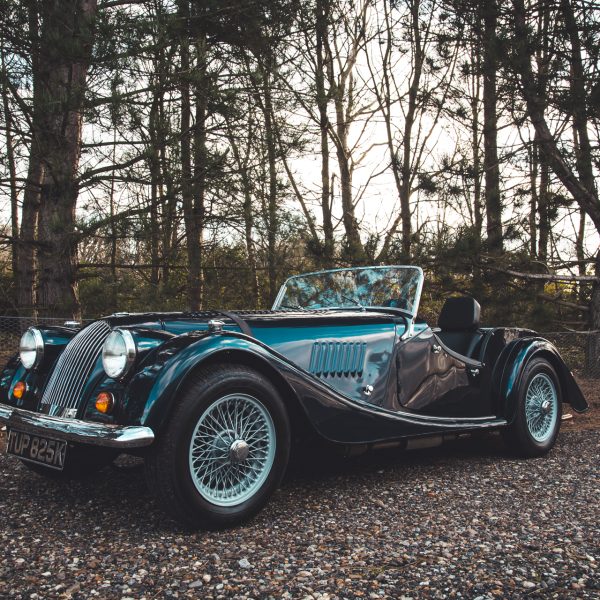
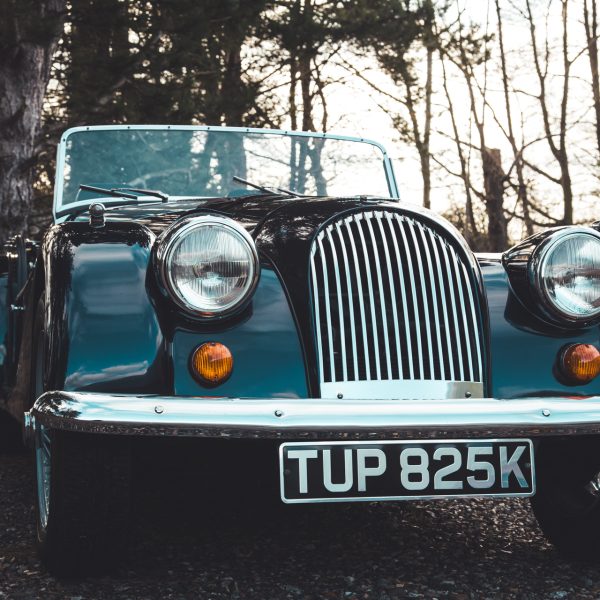
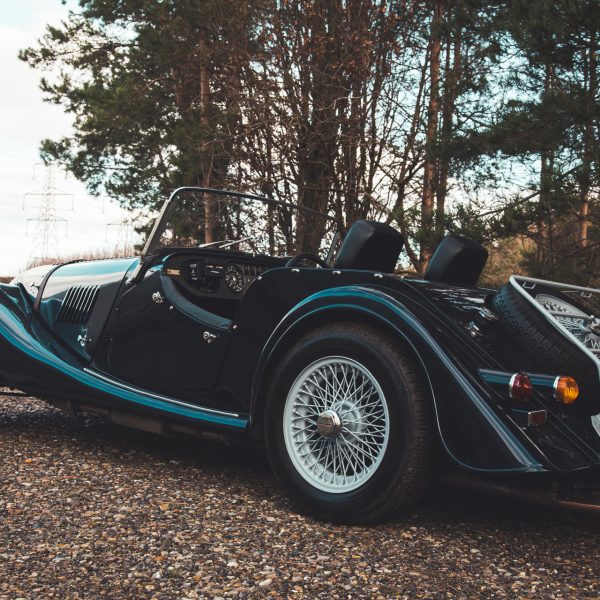

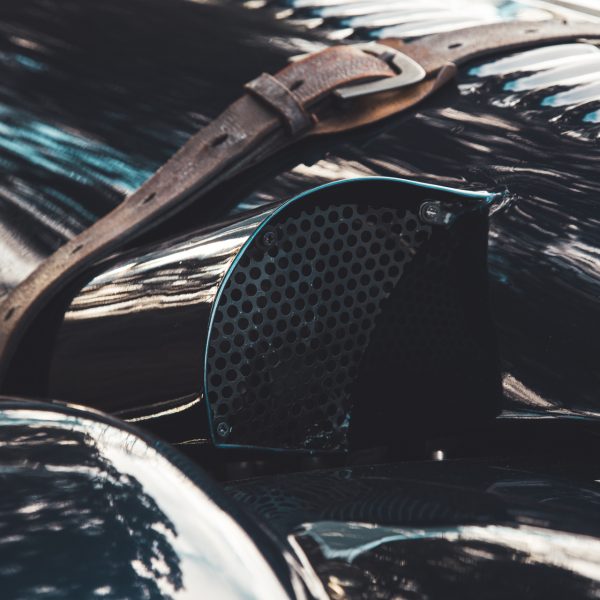
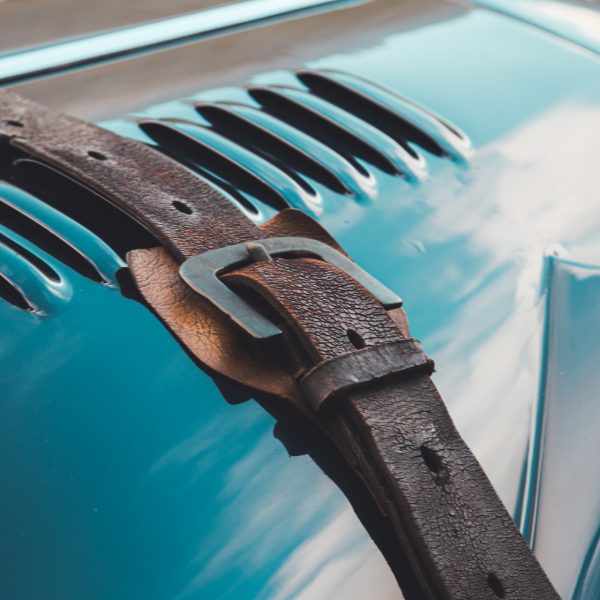
With the classic pairing of Midnight Blue paintwork alongside a black cabin, our 4/4’s beauty is highlighted by the limited use of chrome across the flowing, elegant lines of the car and its satin grey wheels. The car’s long and signature handmade bonnet, stretches out from the driver’s seat, with the tops of its rolled arches allowing you to perfectly place this sports car out on the open road, but some may have noticed that this bonnet is not like others – this one has a new intake and hints at the sportier life it has led.
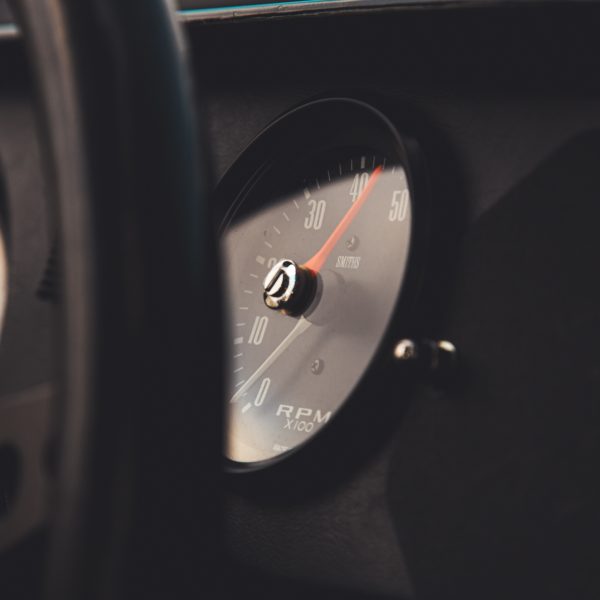
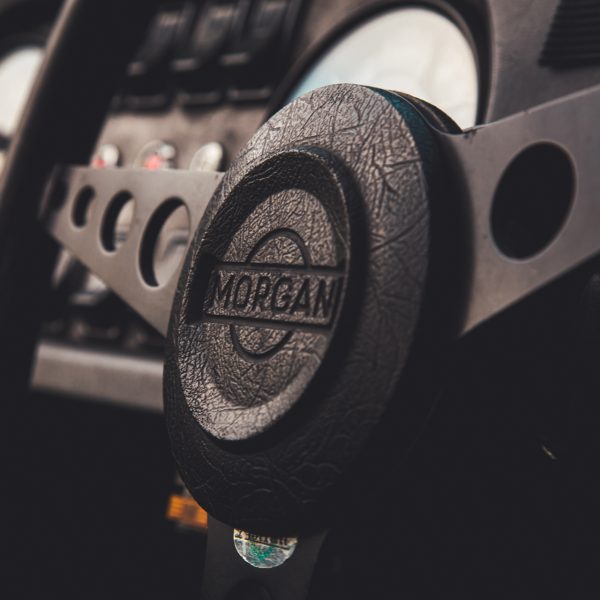

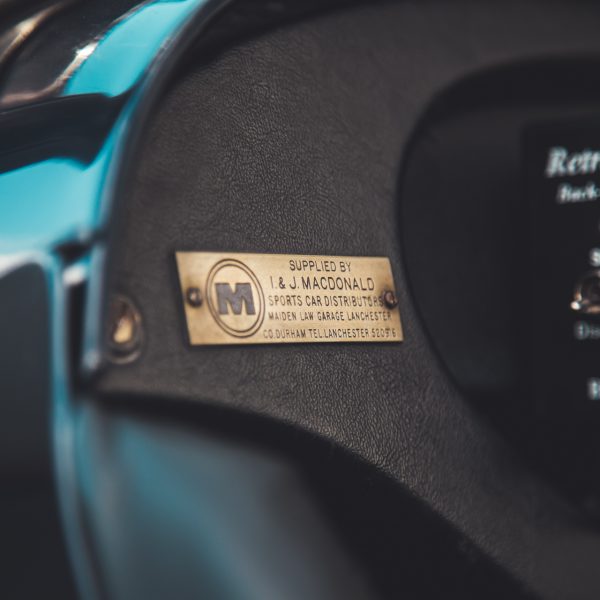
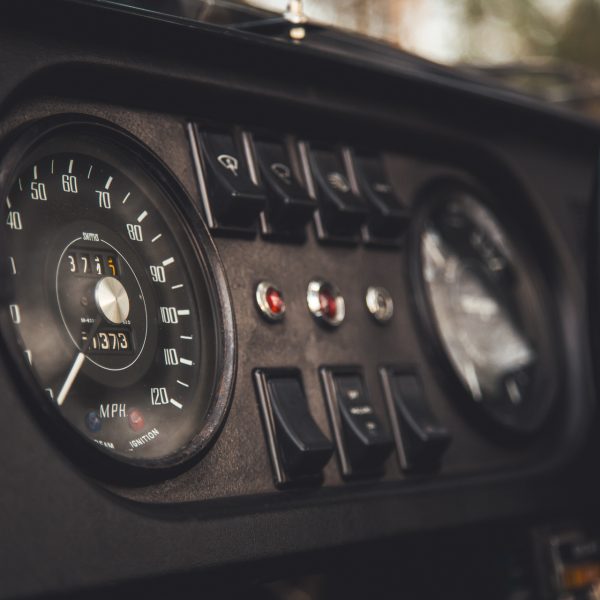
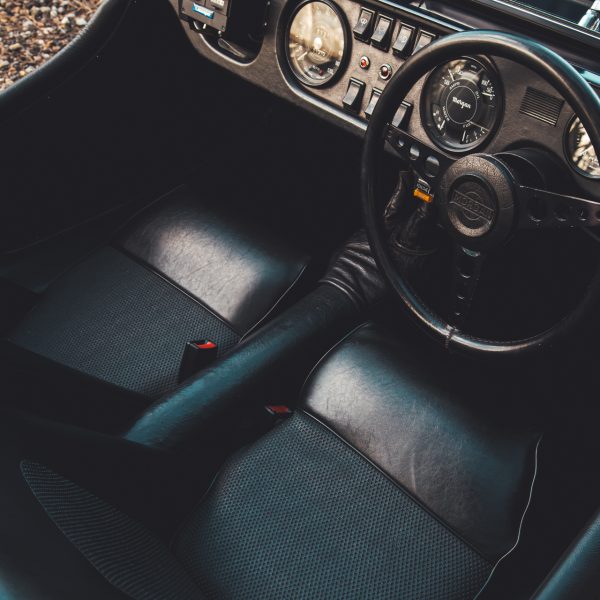
Supplied new in 1972 by I & J Macdonald in County Durham, our 4/4 is fitted with the signature Ford 1600cc crossflow 4-cylinder engine and has been developed to make this nostalgic sports car feel more modern in terms of performance. With a set of twin Dell’Orto 40 carburettors working in conjunction with a sports cam and a 4-into-1 exhaust, and when set up on a rolling road in 2019 made 117bhp to the crankshaft and 91bhp to the wheels with 120 lb/ft of torque, between 30 and 50bhp more than it originally had.
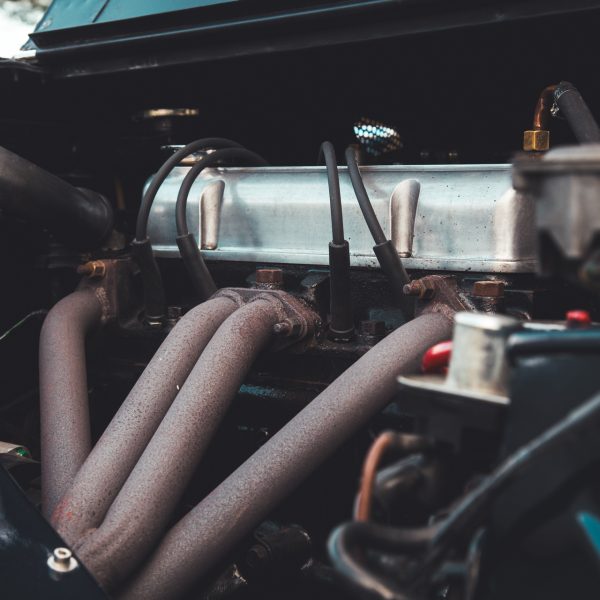

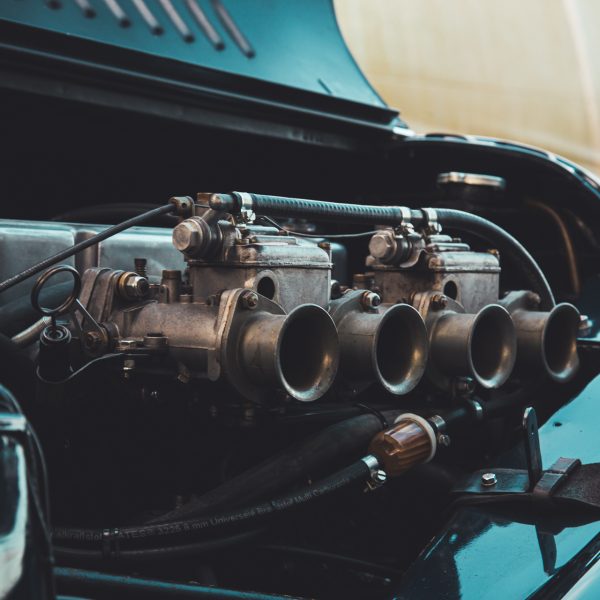
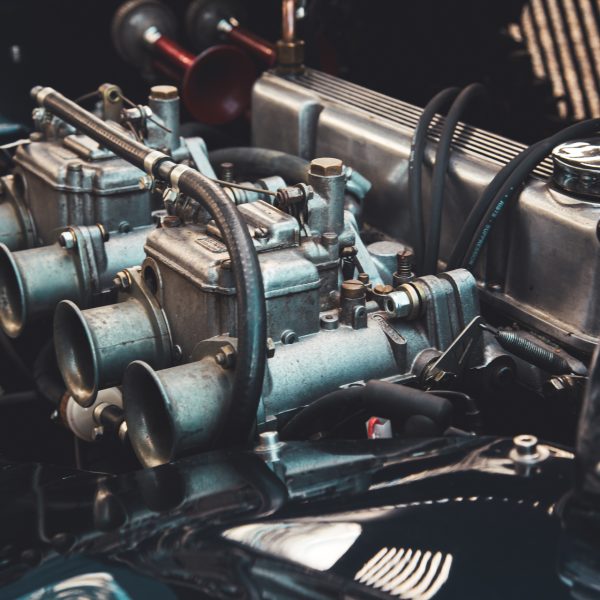
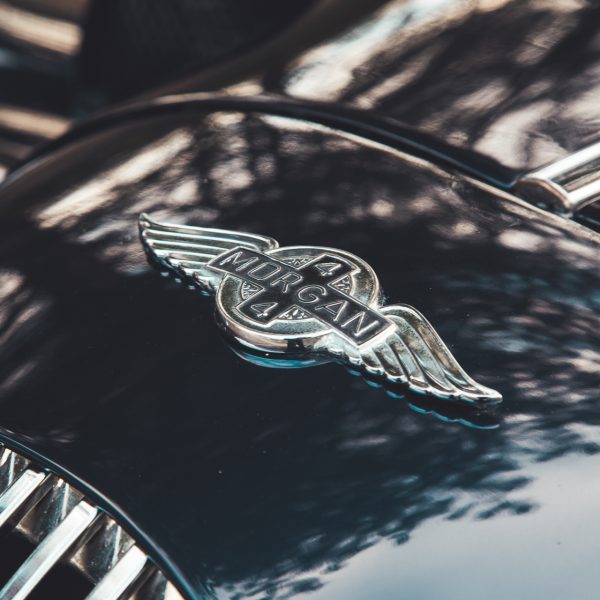

Included in the vehicle’s history file, which dates back to 1978, are invoices relating to replacements of the aluminium wings and other items as well as the general maintenance of the cars 44 years.
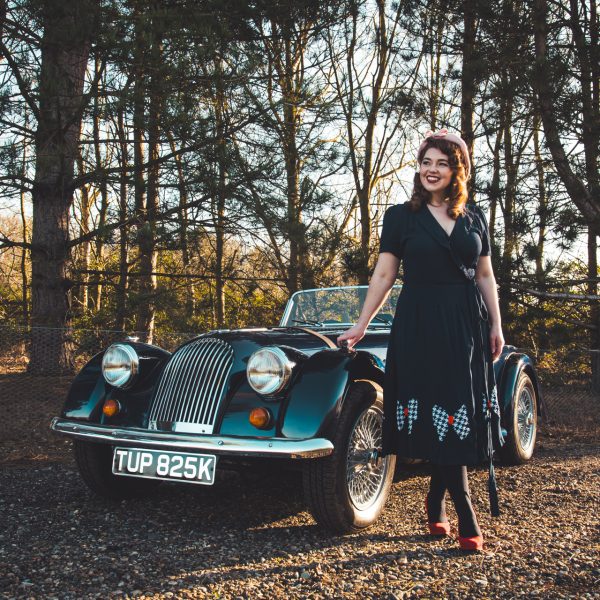
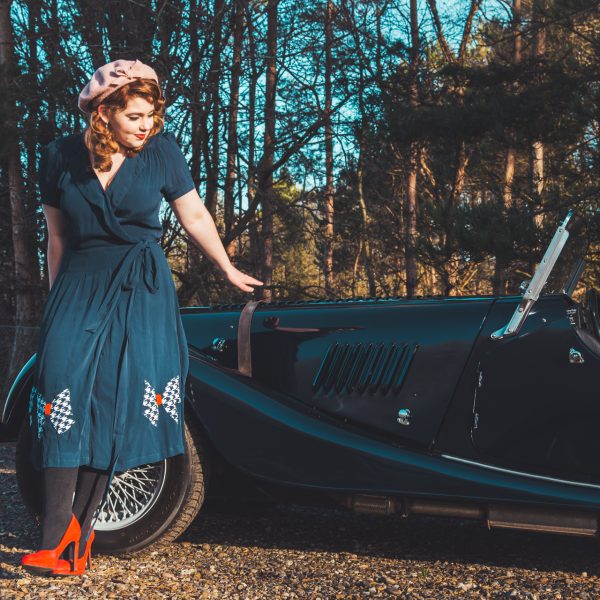
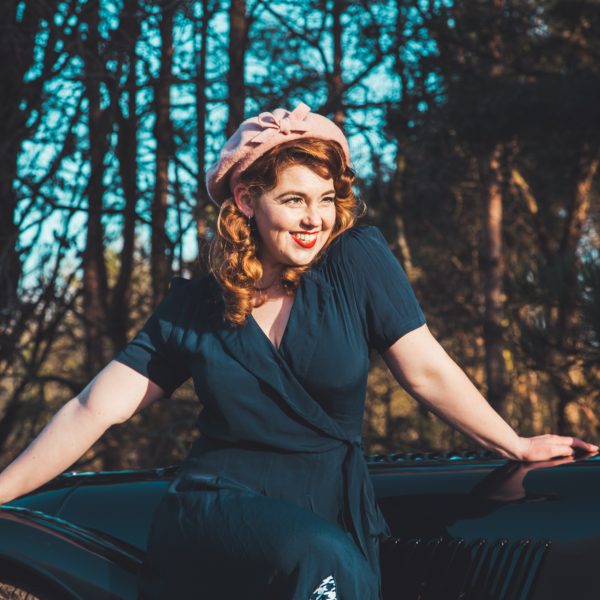


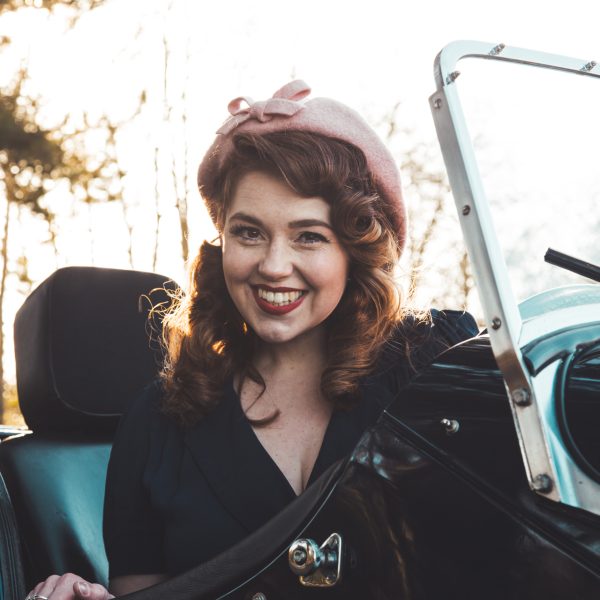
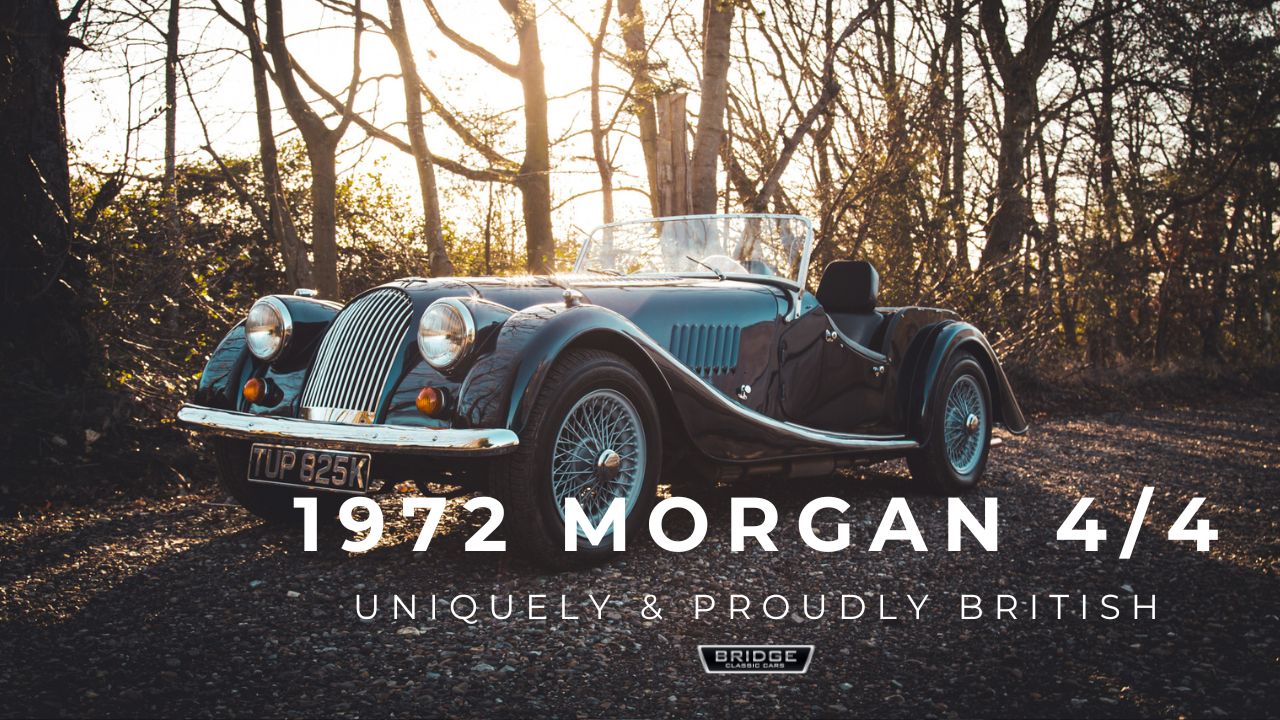

A few months ago our director, Craig, got a 2010 Land Rover Defender 90. Not only is it Craig’s everyday car but we’ve been using it for our events towards the end of the summer and into the winter.
Recently, we’ve had a our signature logo put onto the sides of this 4-wheel drive workhorse to promote the work we do when we’re out and about but also to show people at events that they have indeed come to the right place!
Along with that, the Bridge Classic Cars team have been carrying out a few repairs on the car and at the same time our amazing trimmer Lydia worked on making the cabin of the truck a little bit lighter with all new door and cab cards in a lighter coloured material. With this all done, it is now time for our truck to be out and about as we roll into the warmer months as well as our packed 2024 events calendar.
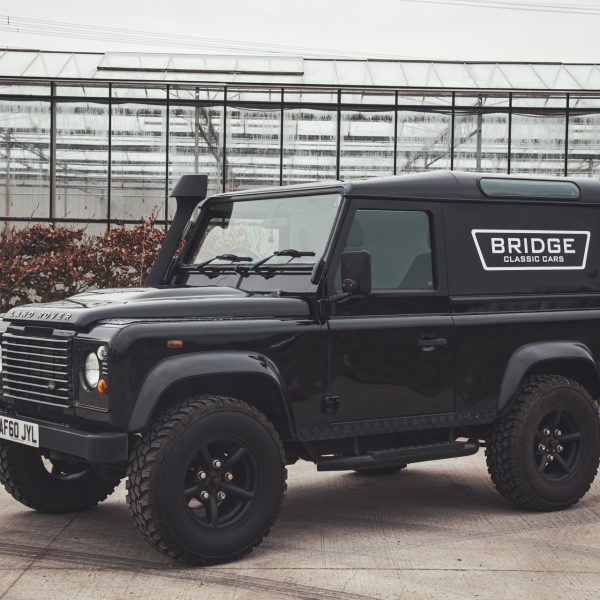

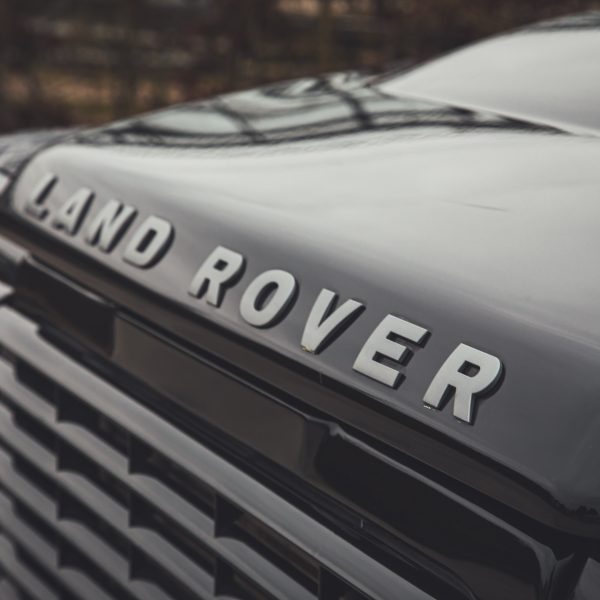
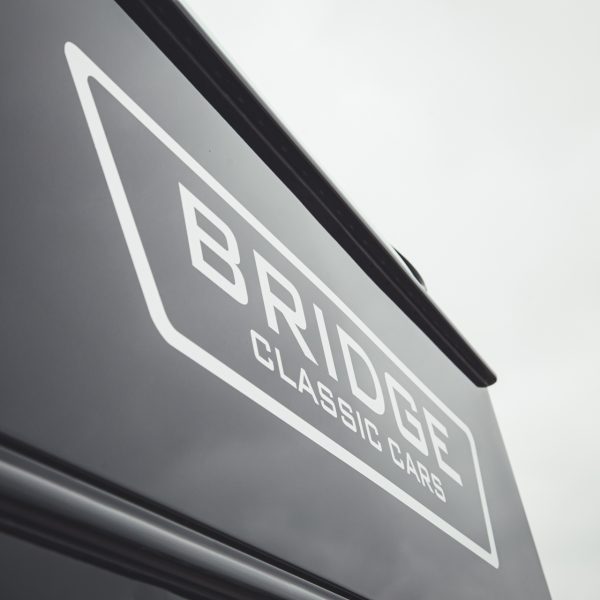


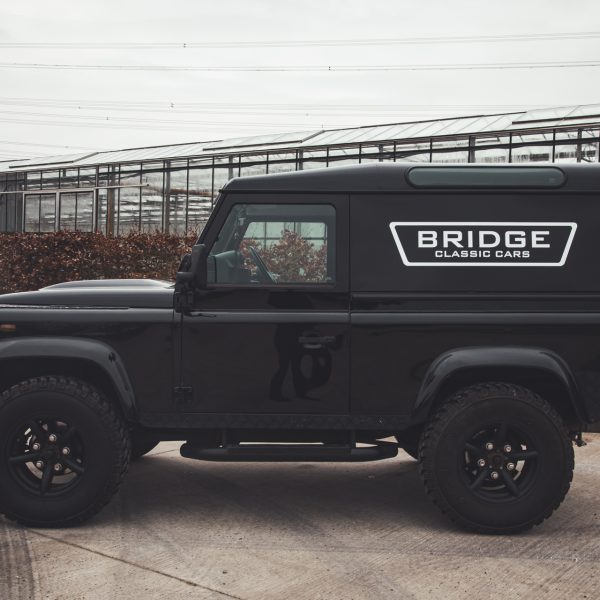

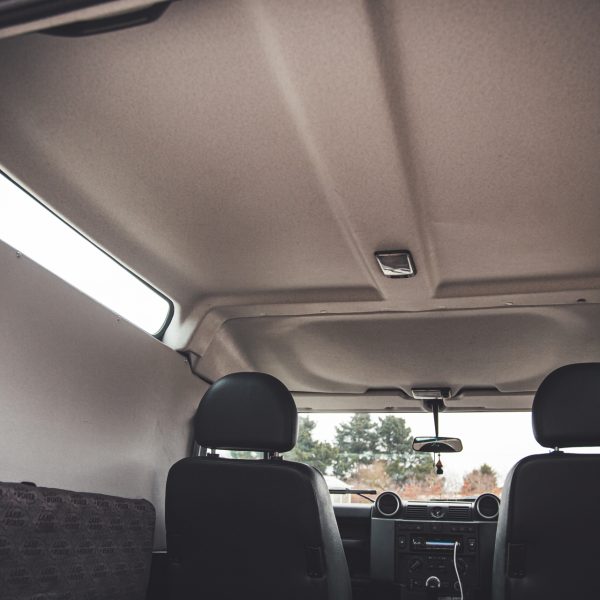
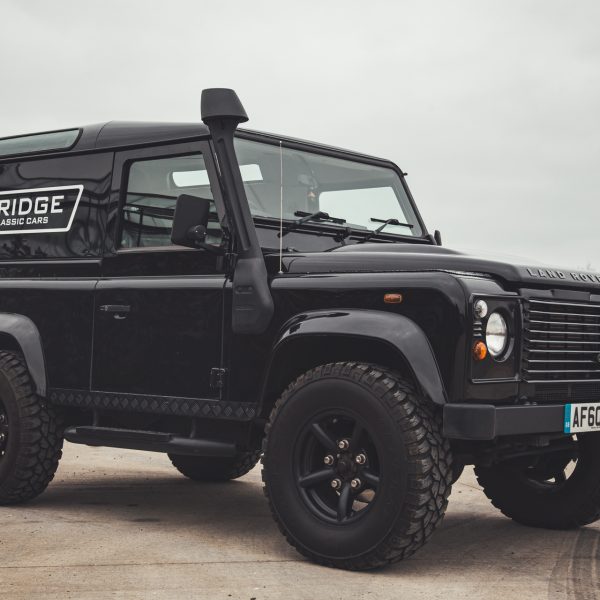
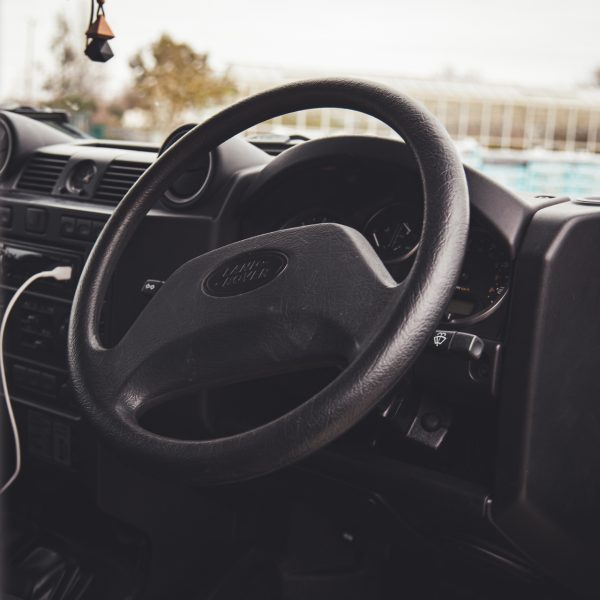
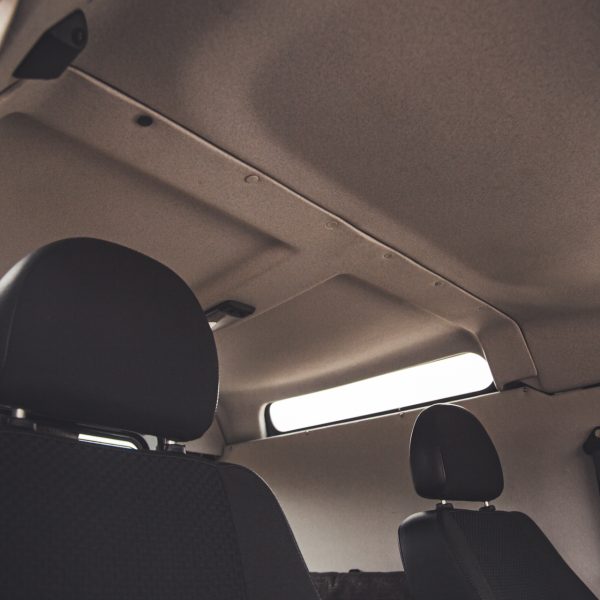
Take a look at our video for our 2010 Land Rover Defender here:

Bridge Classic Cars are award winning Classic Car Restoration and Maintenance specialists. Your pride and joy is in safe hands with our expert Classic Car Technicians. Take a look at our awards here.
Leave a Reply